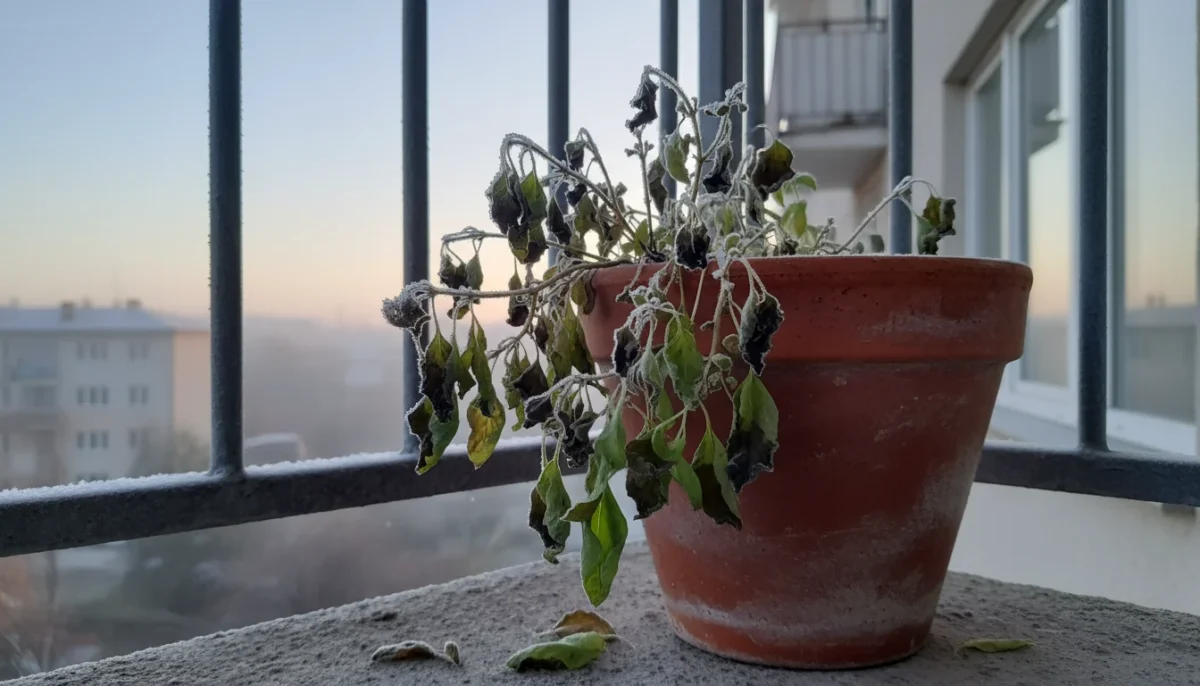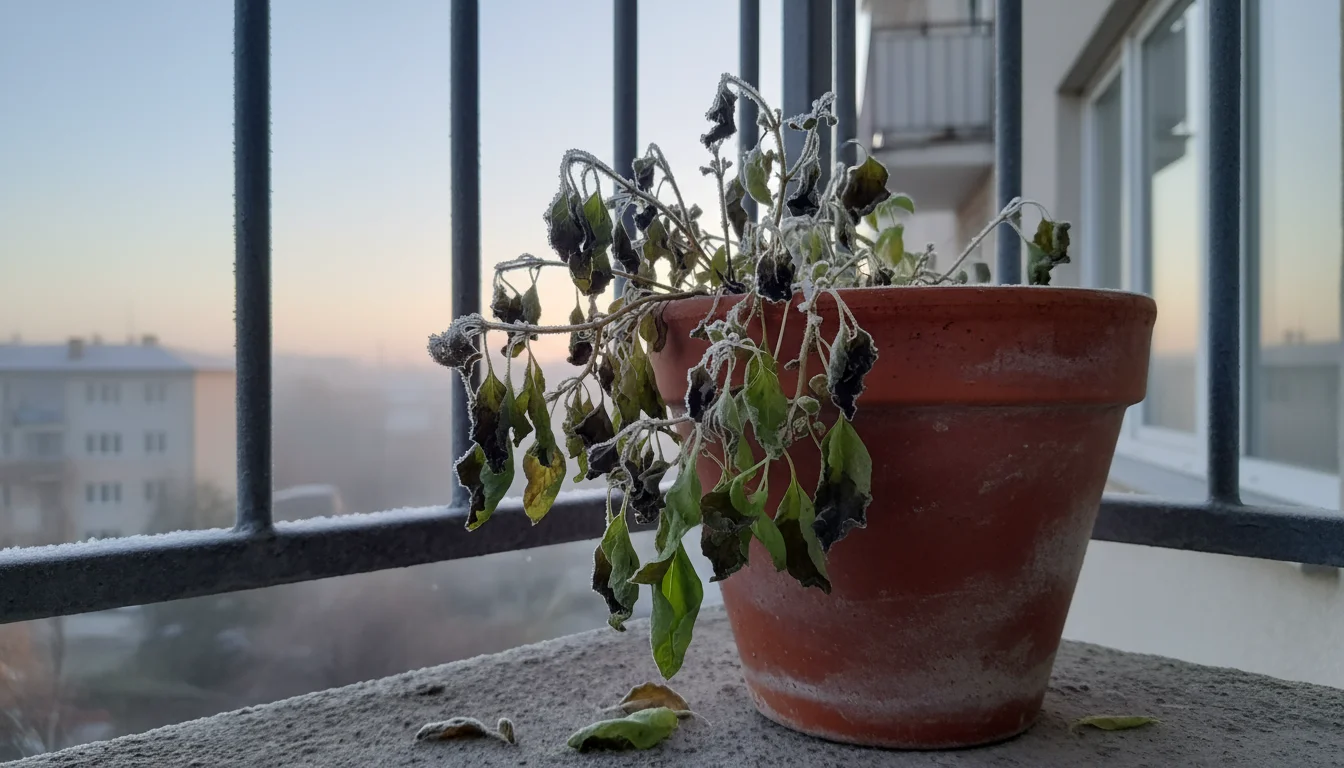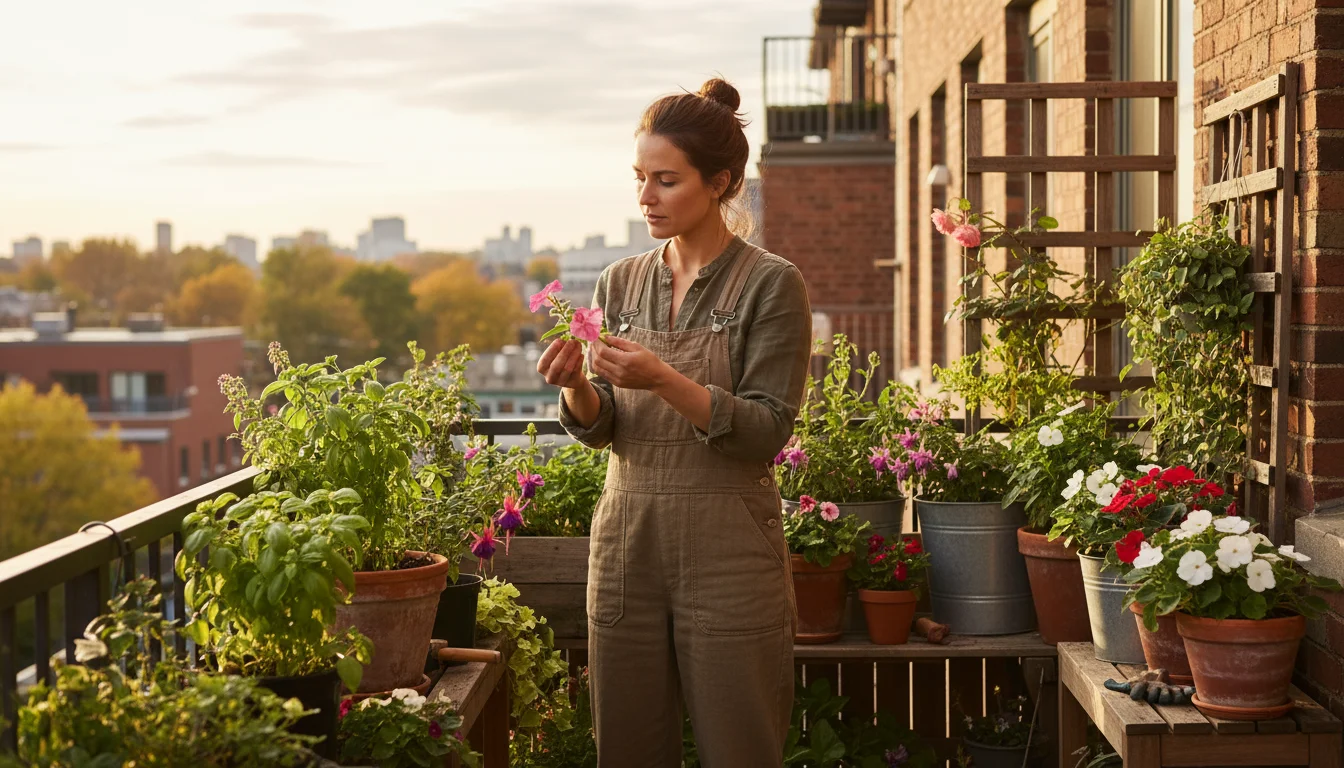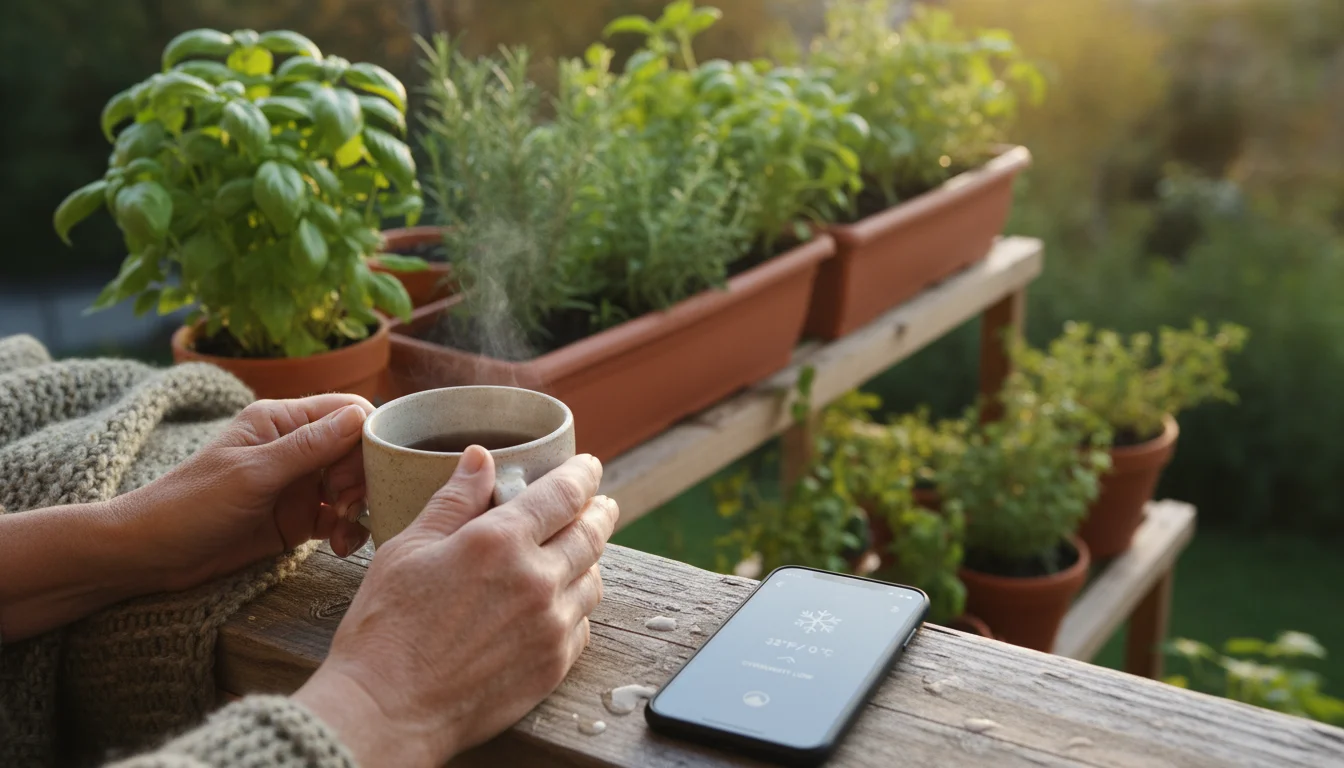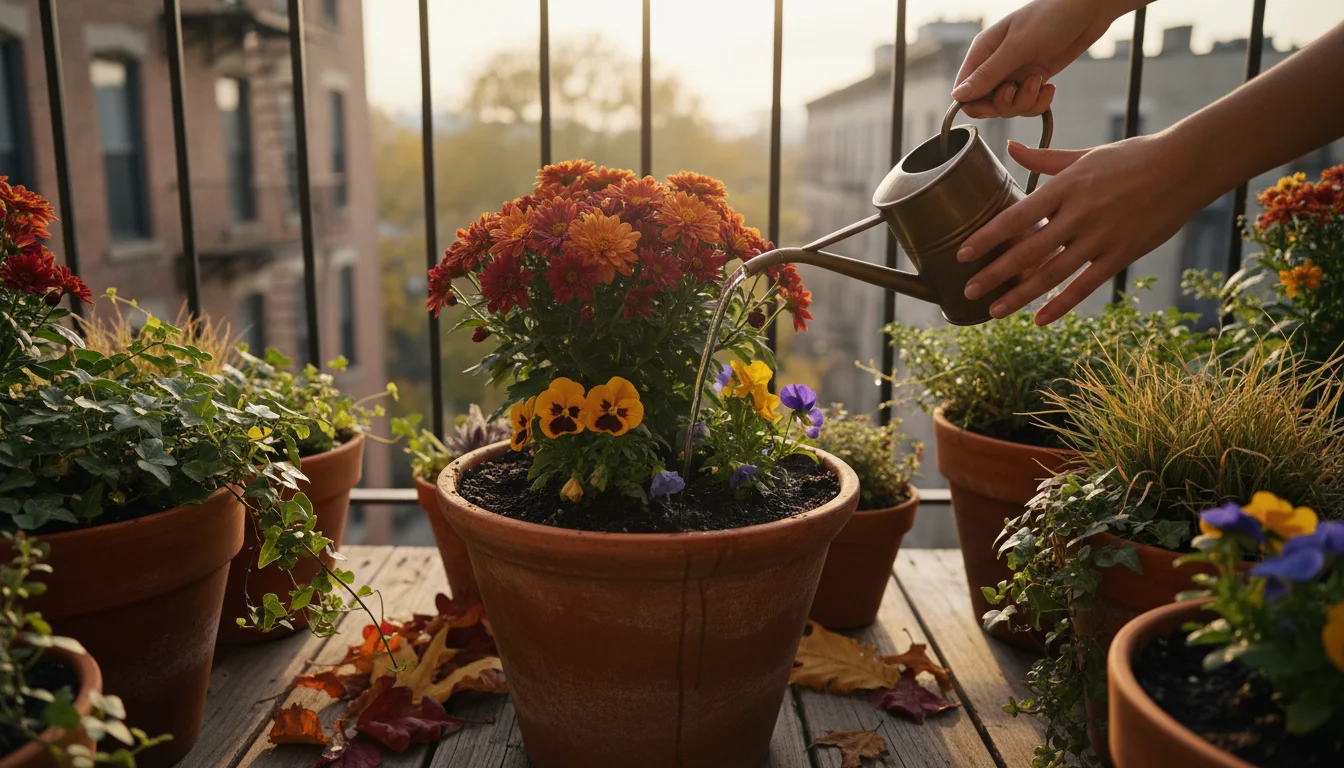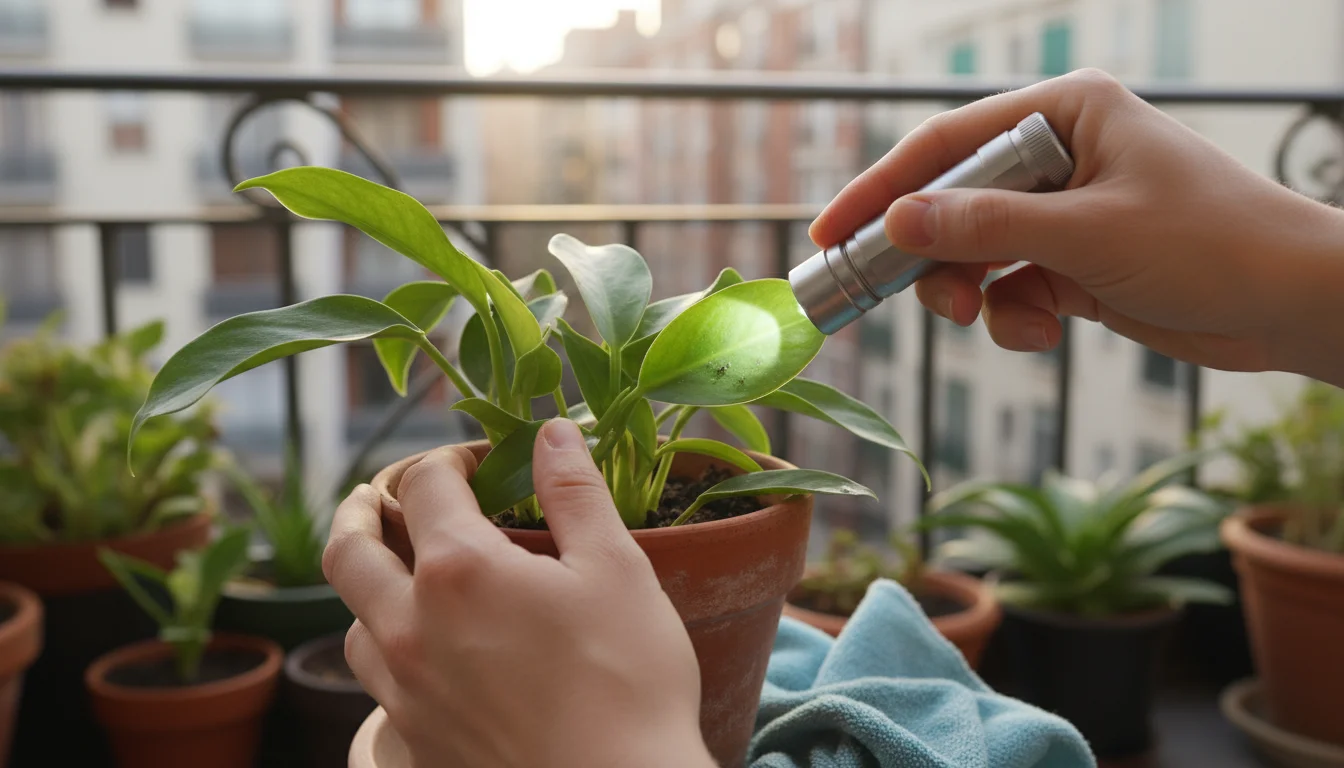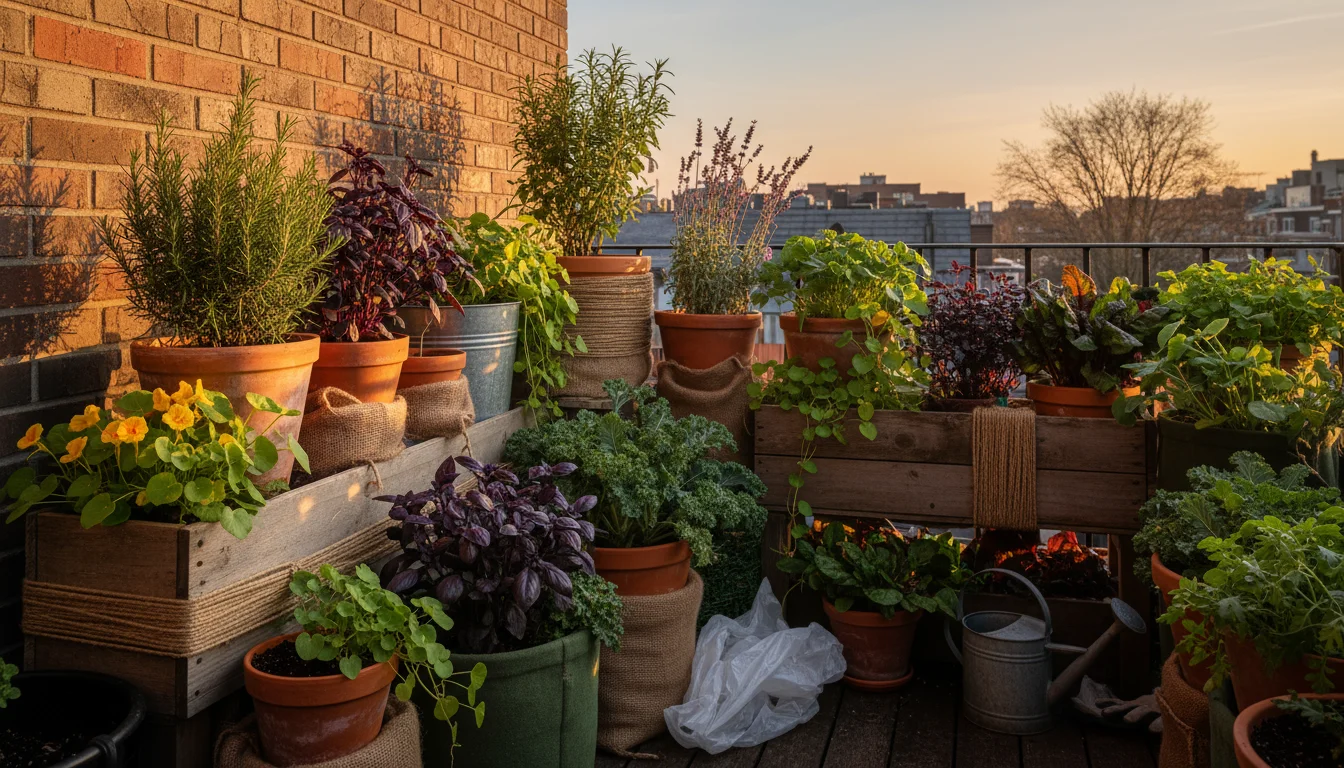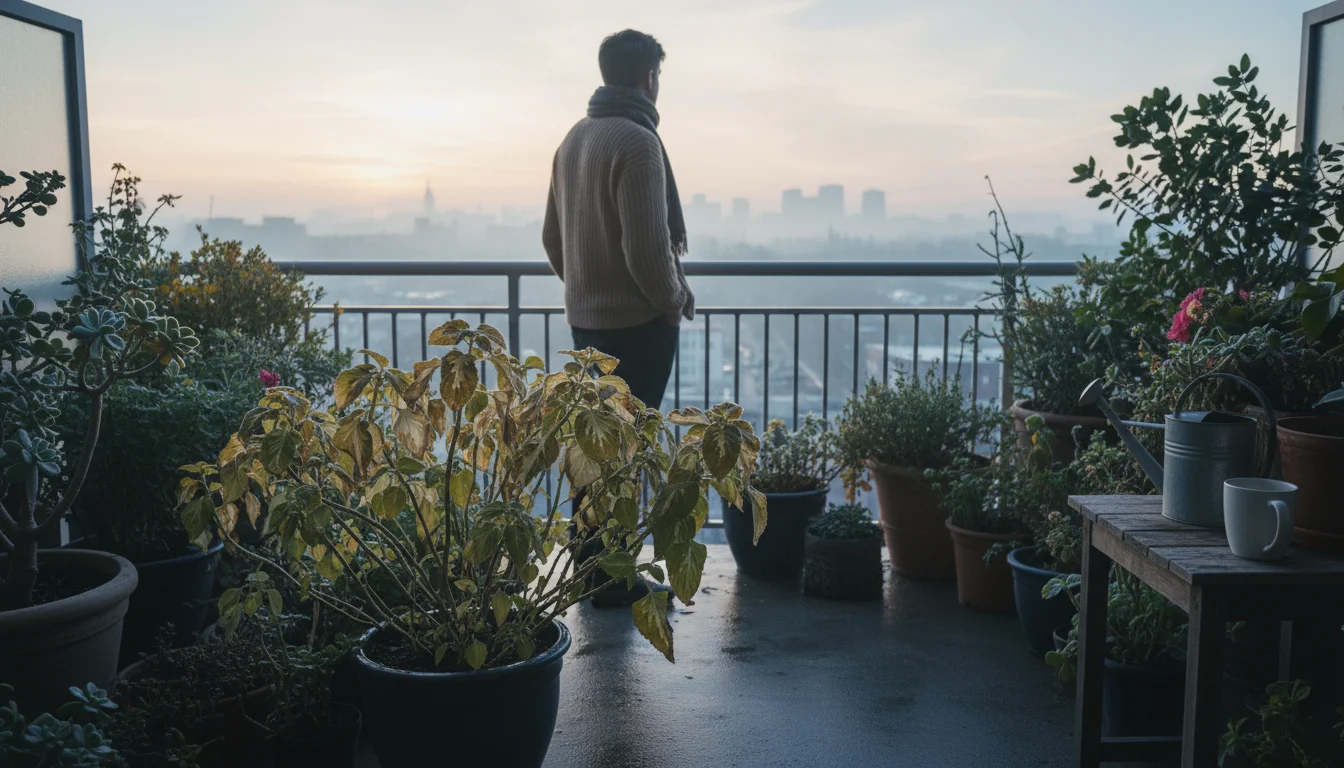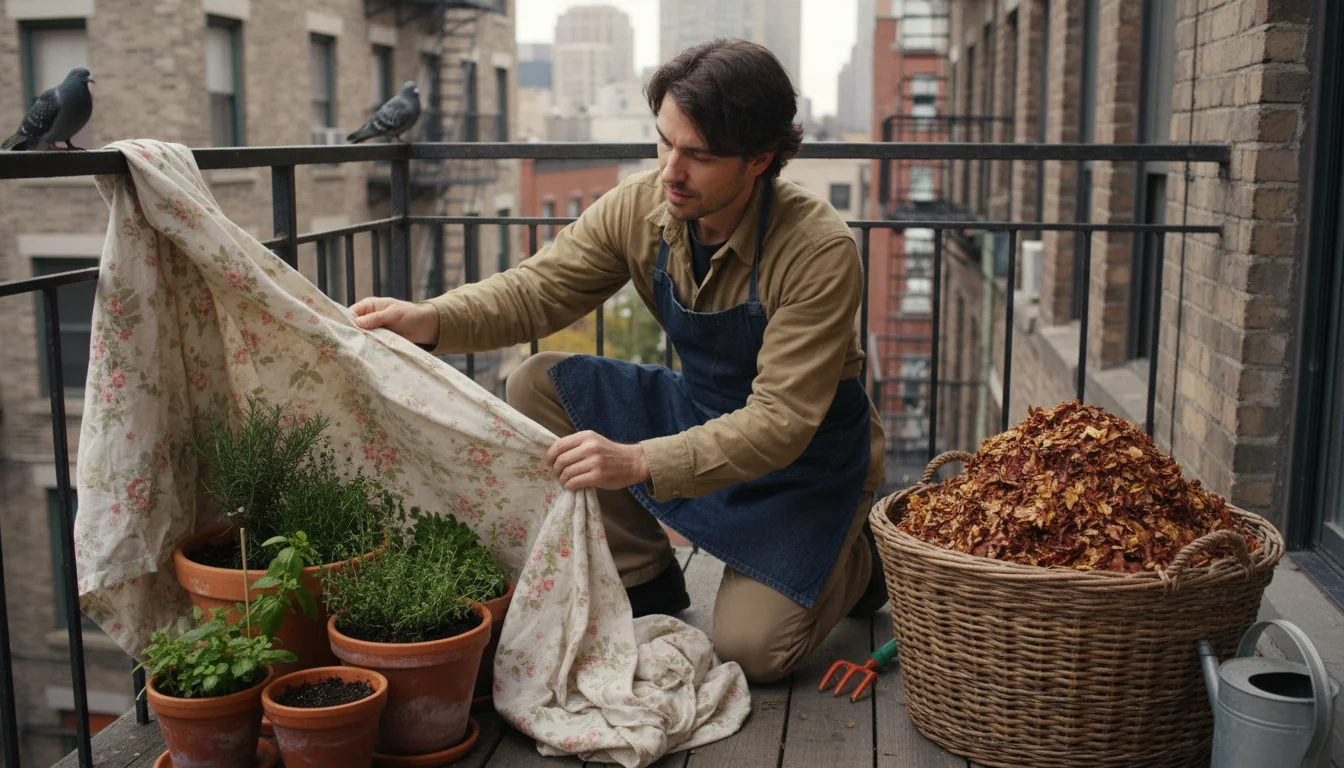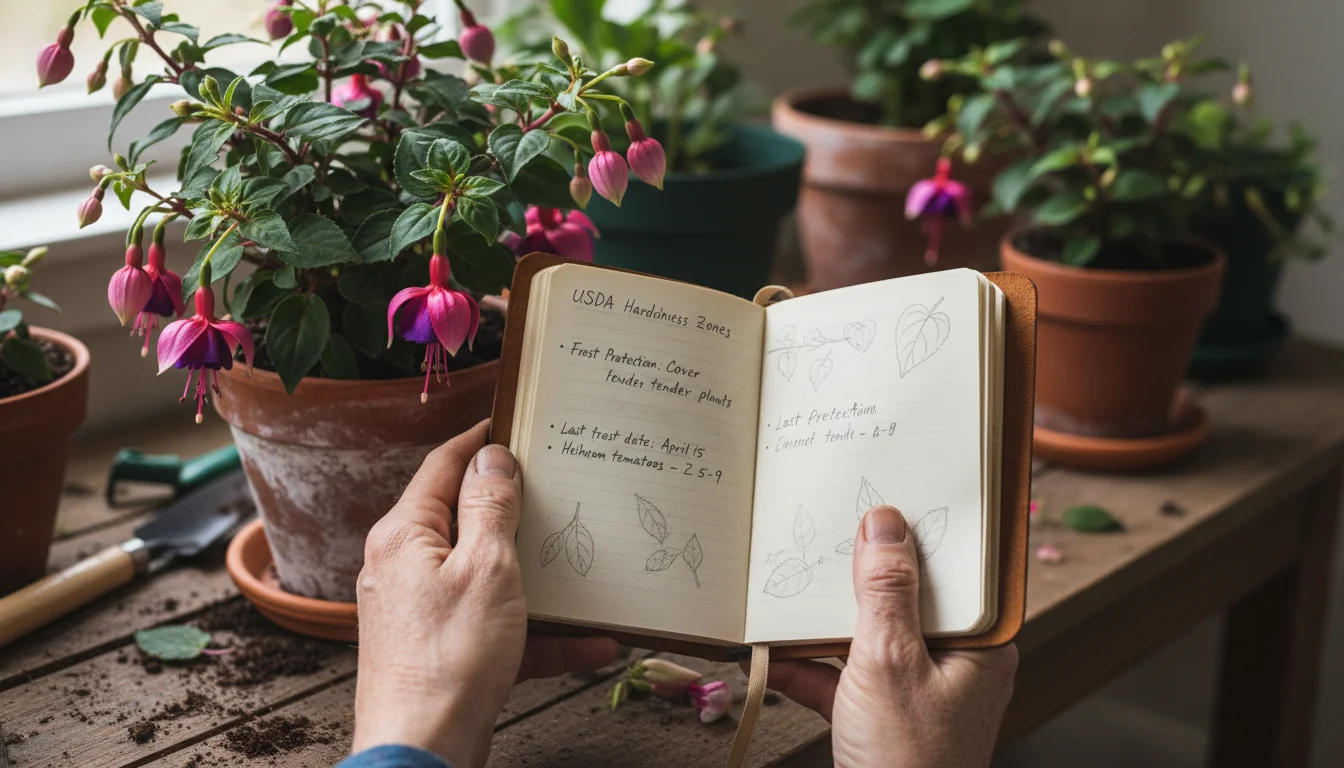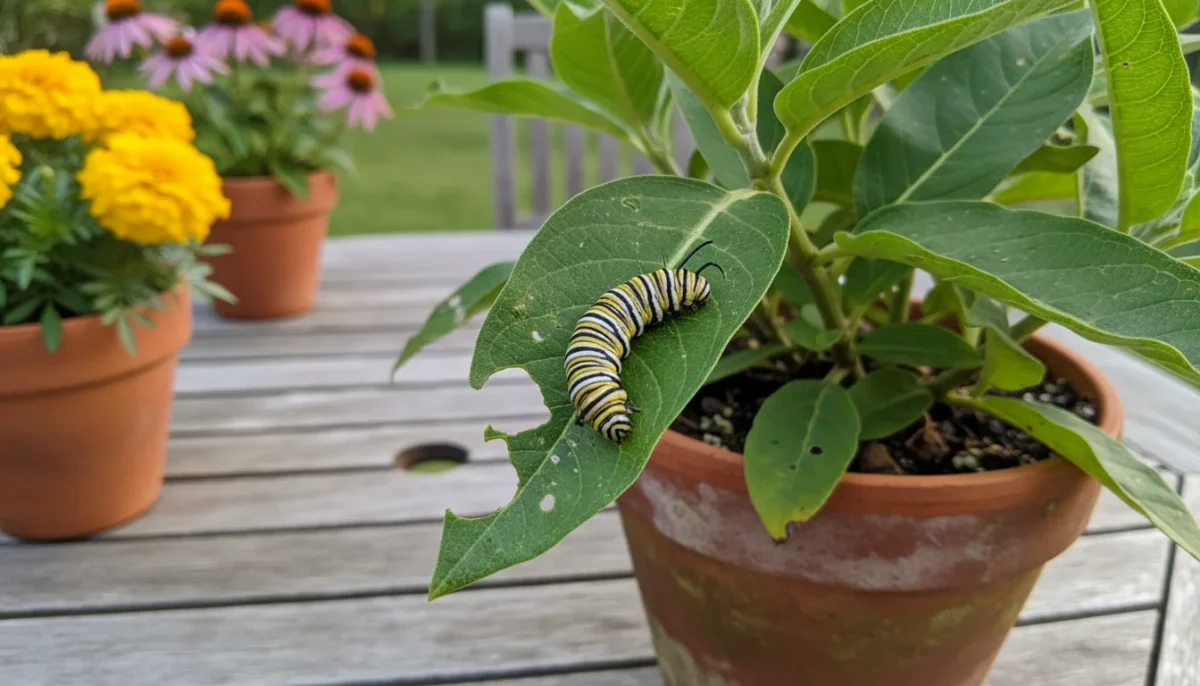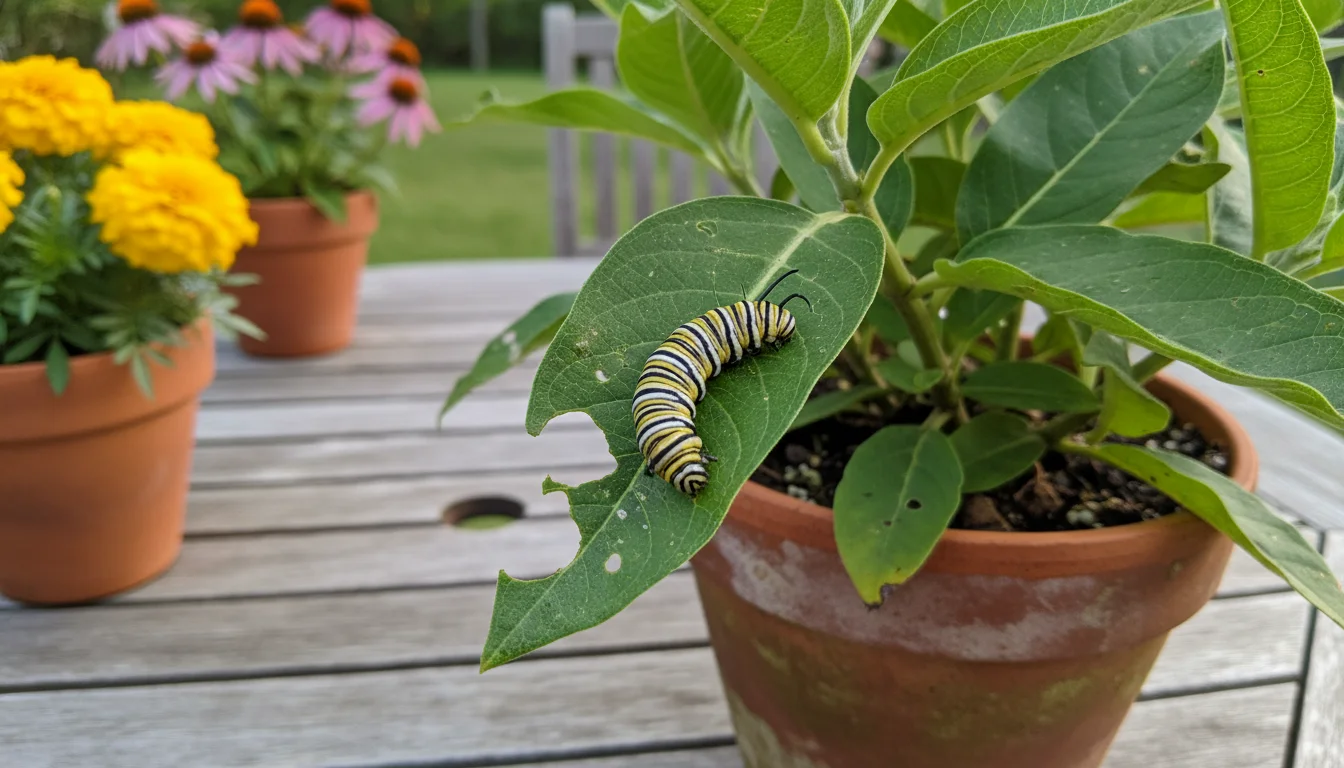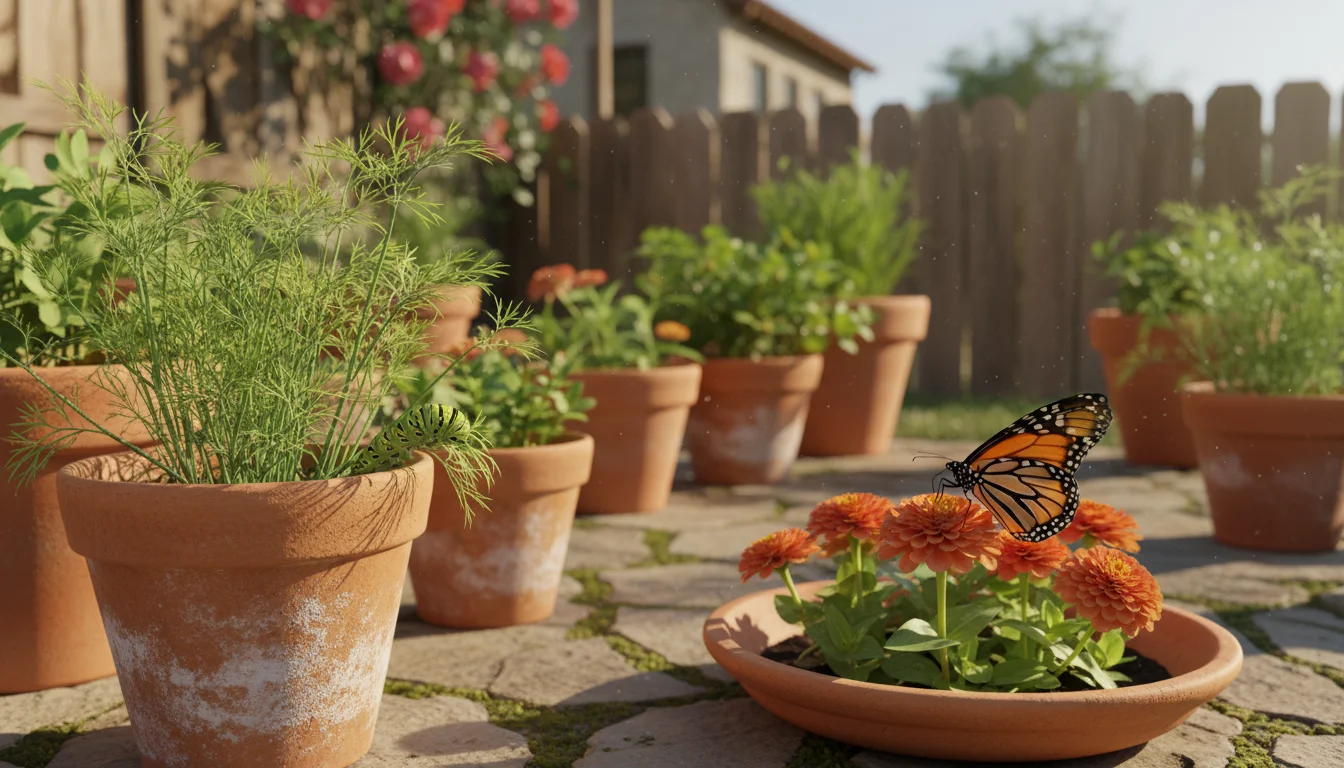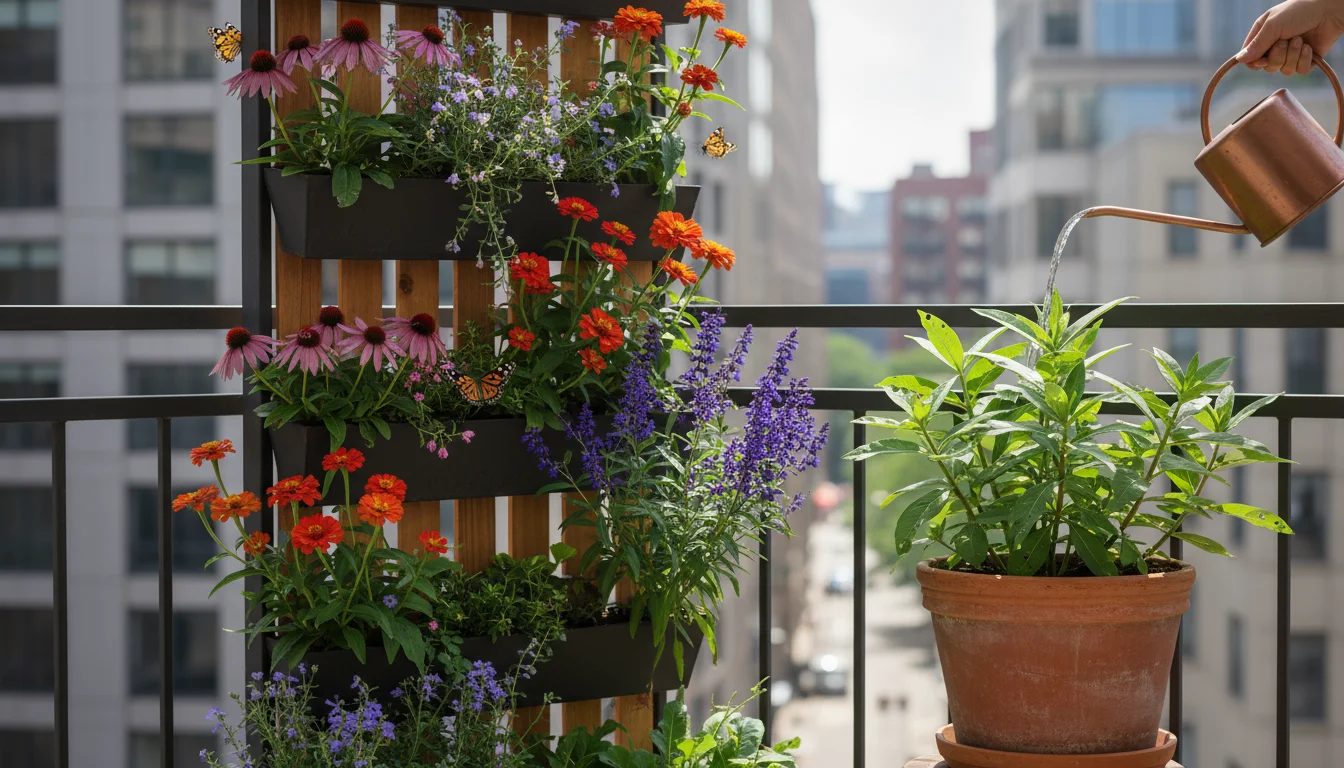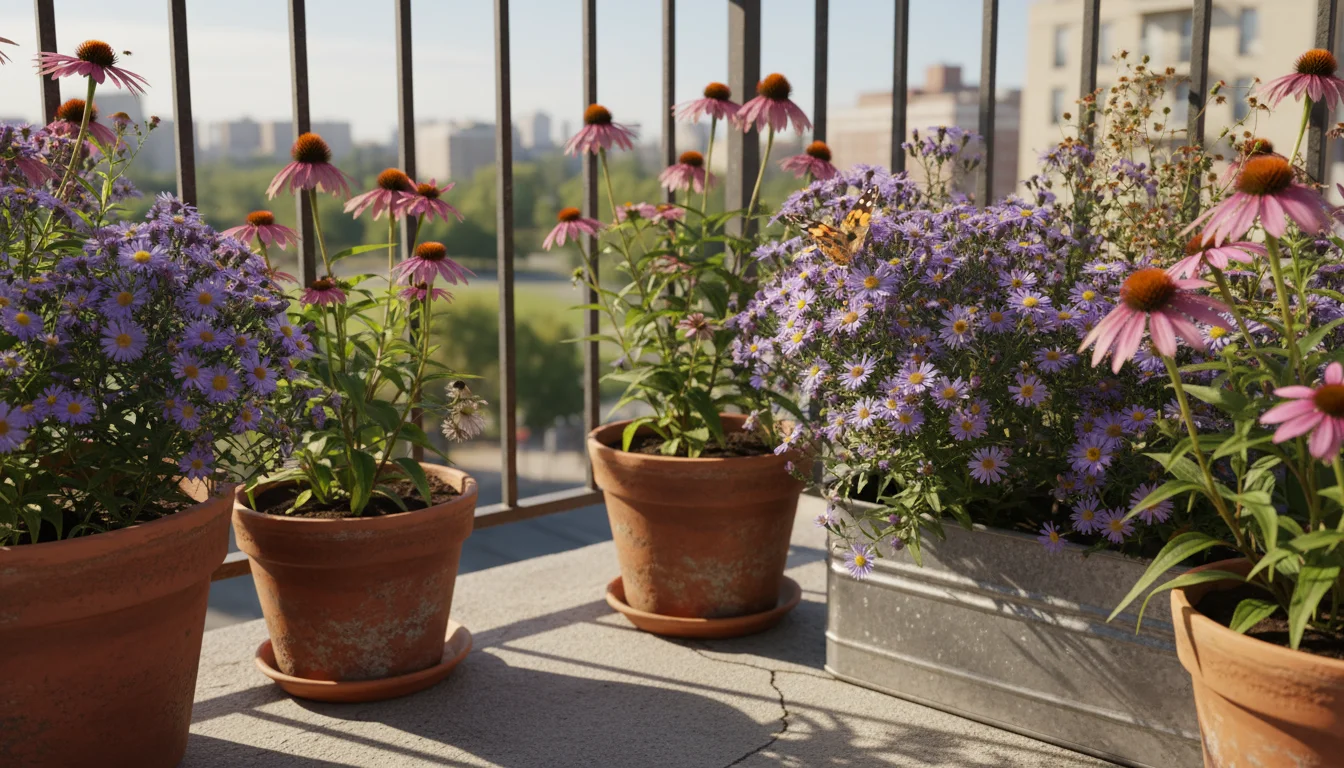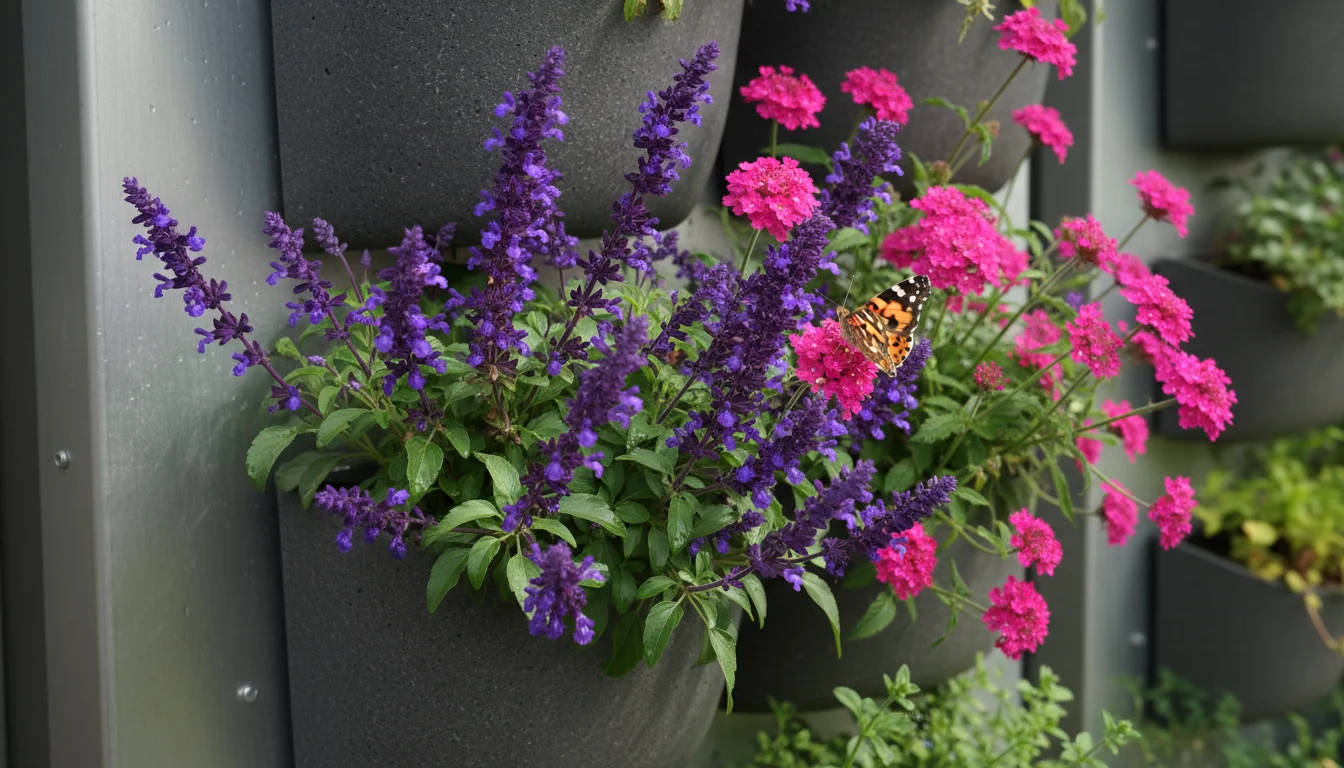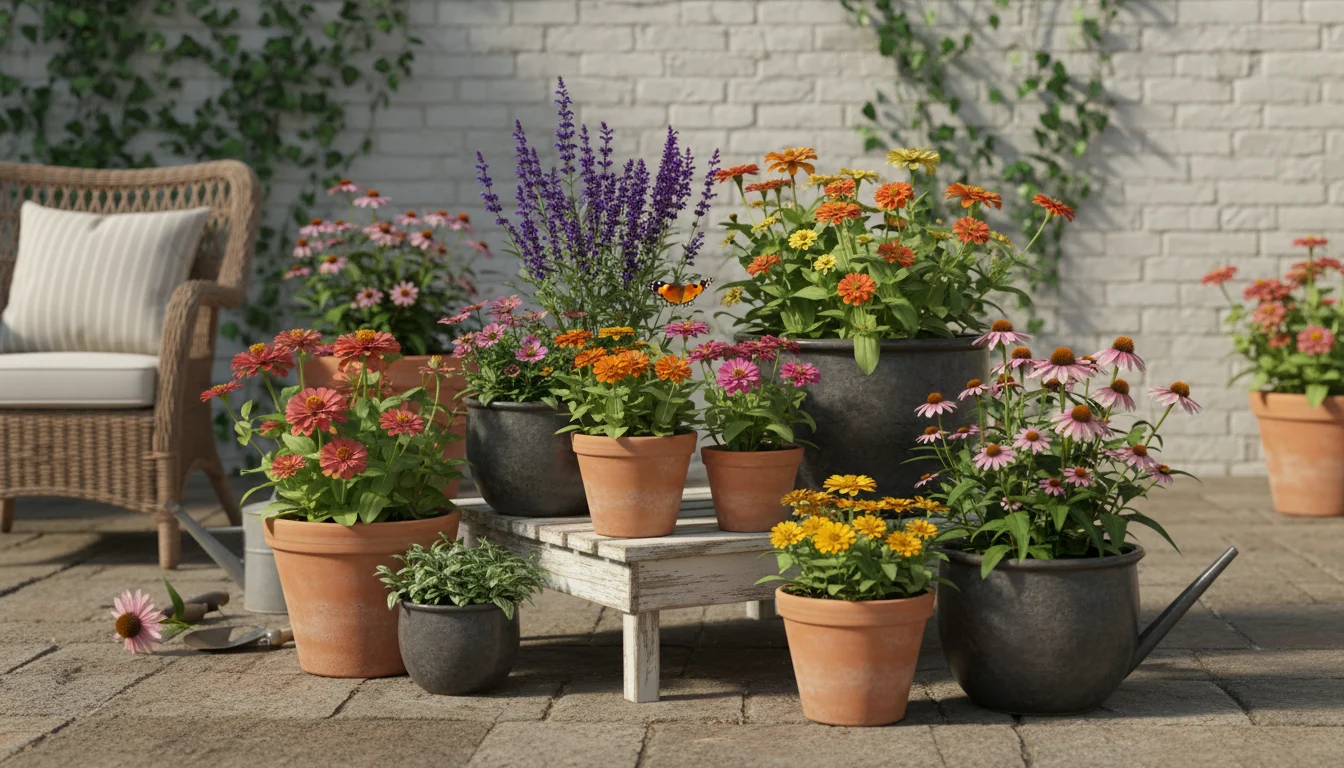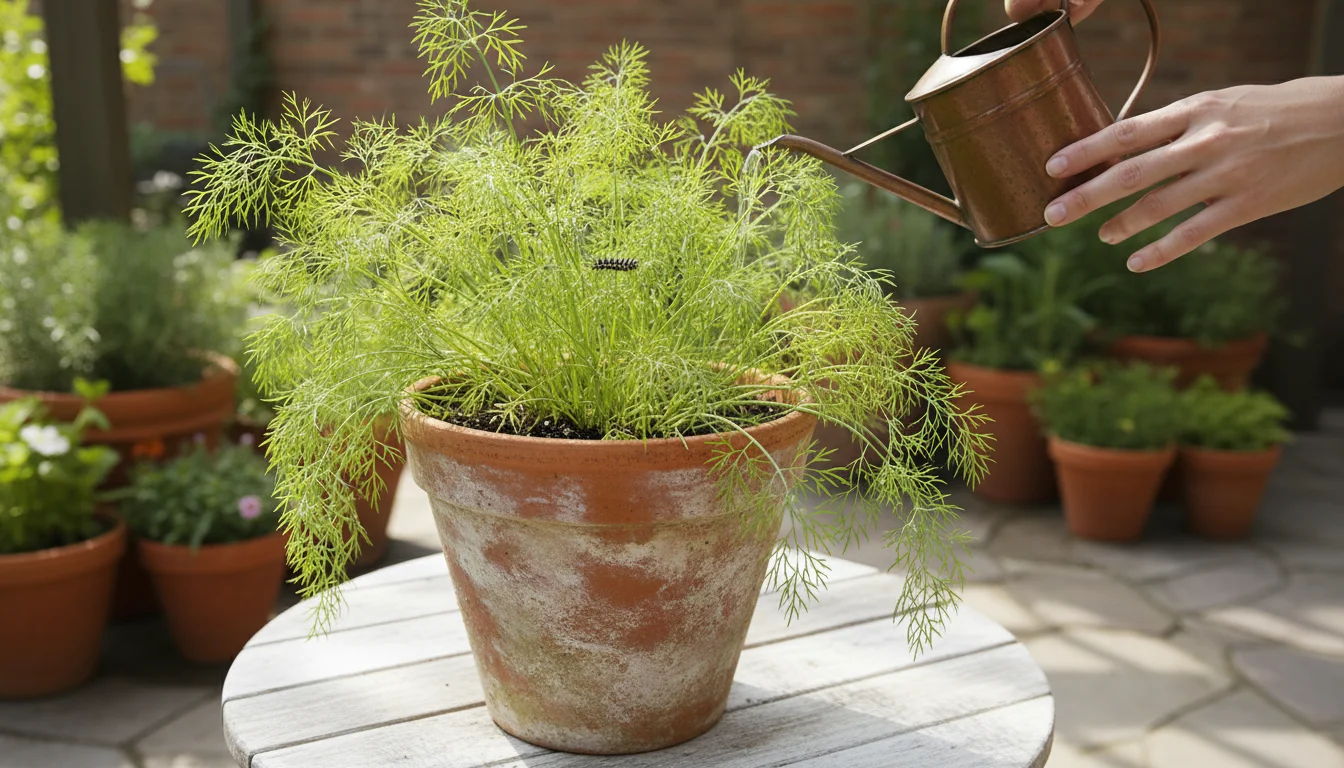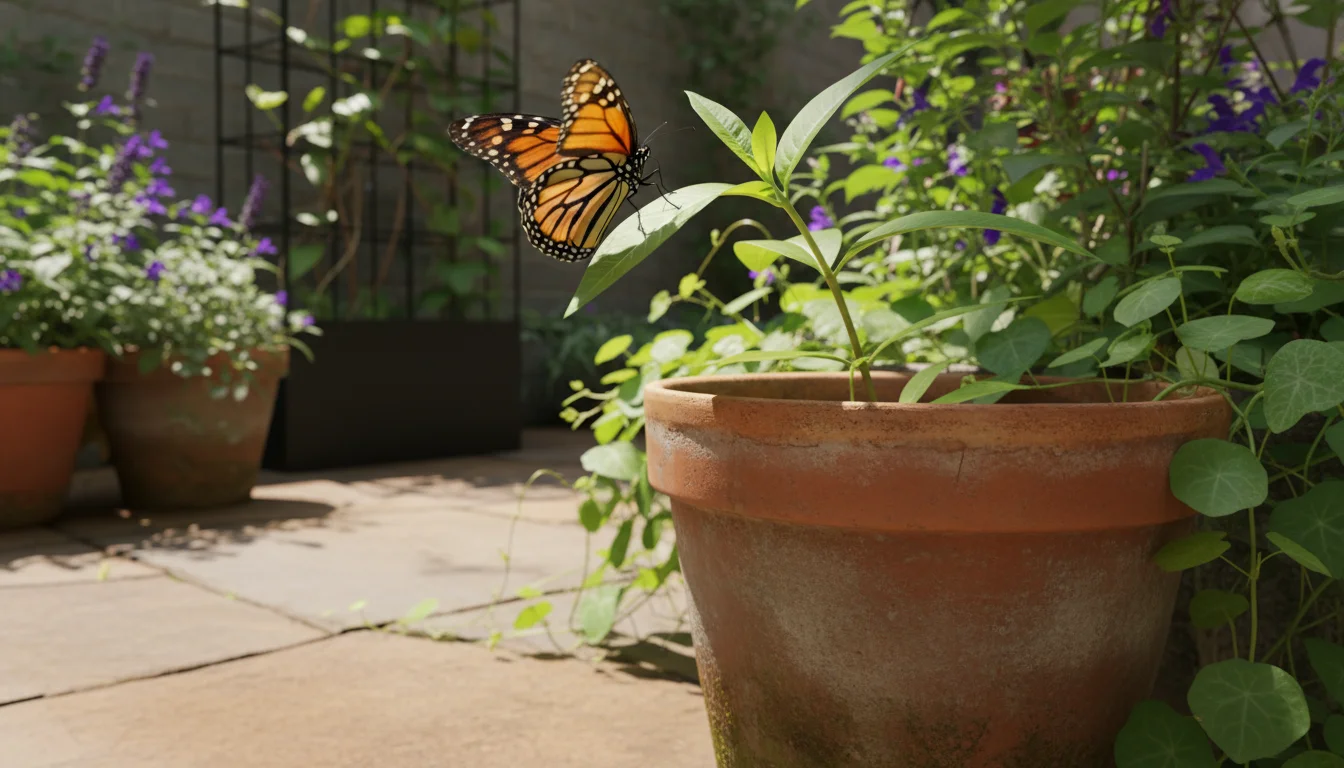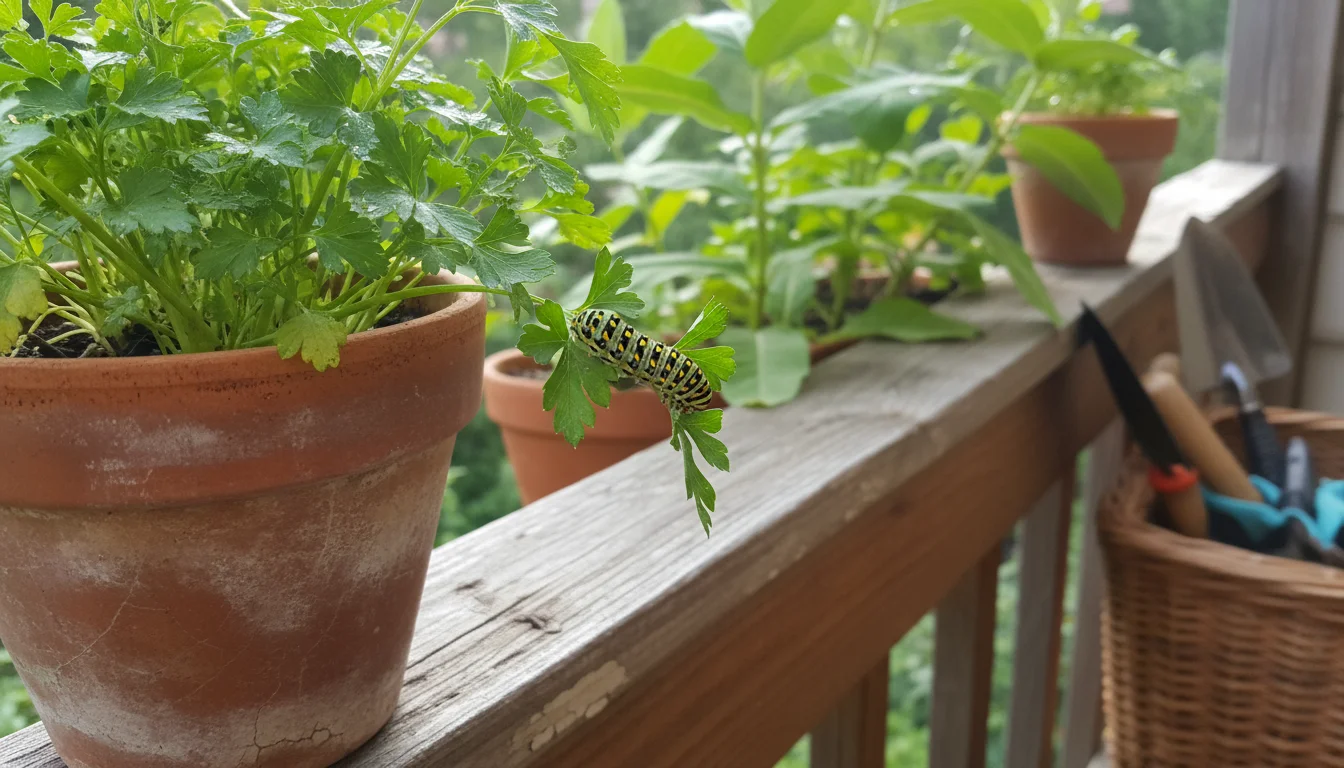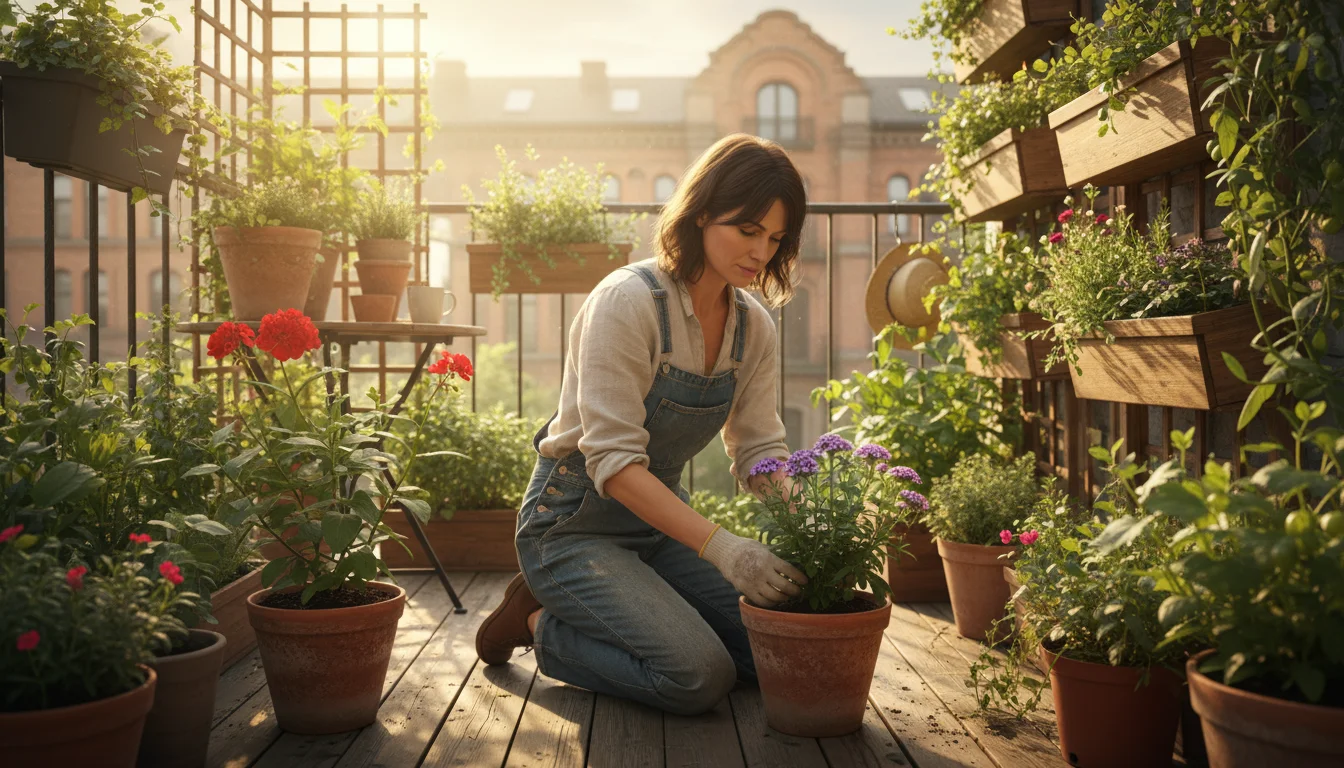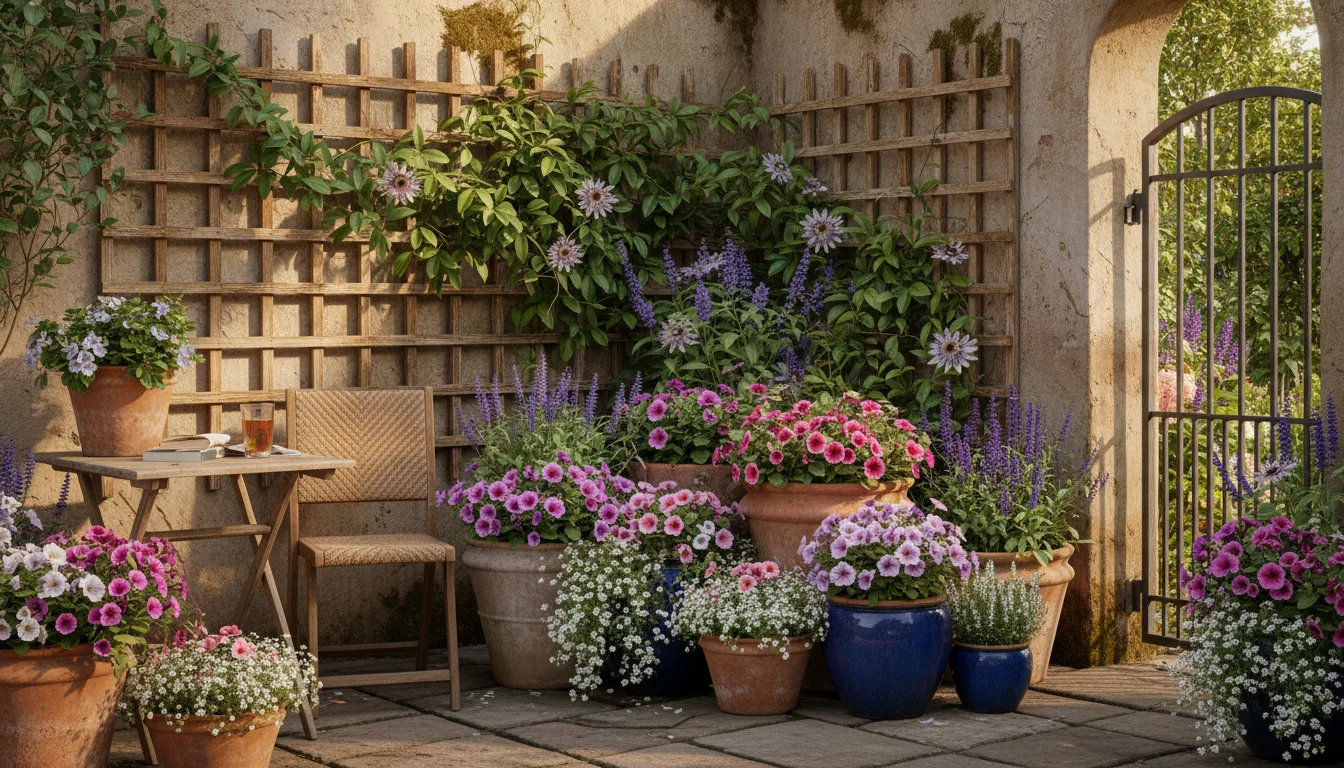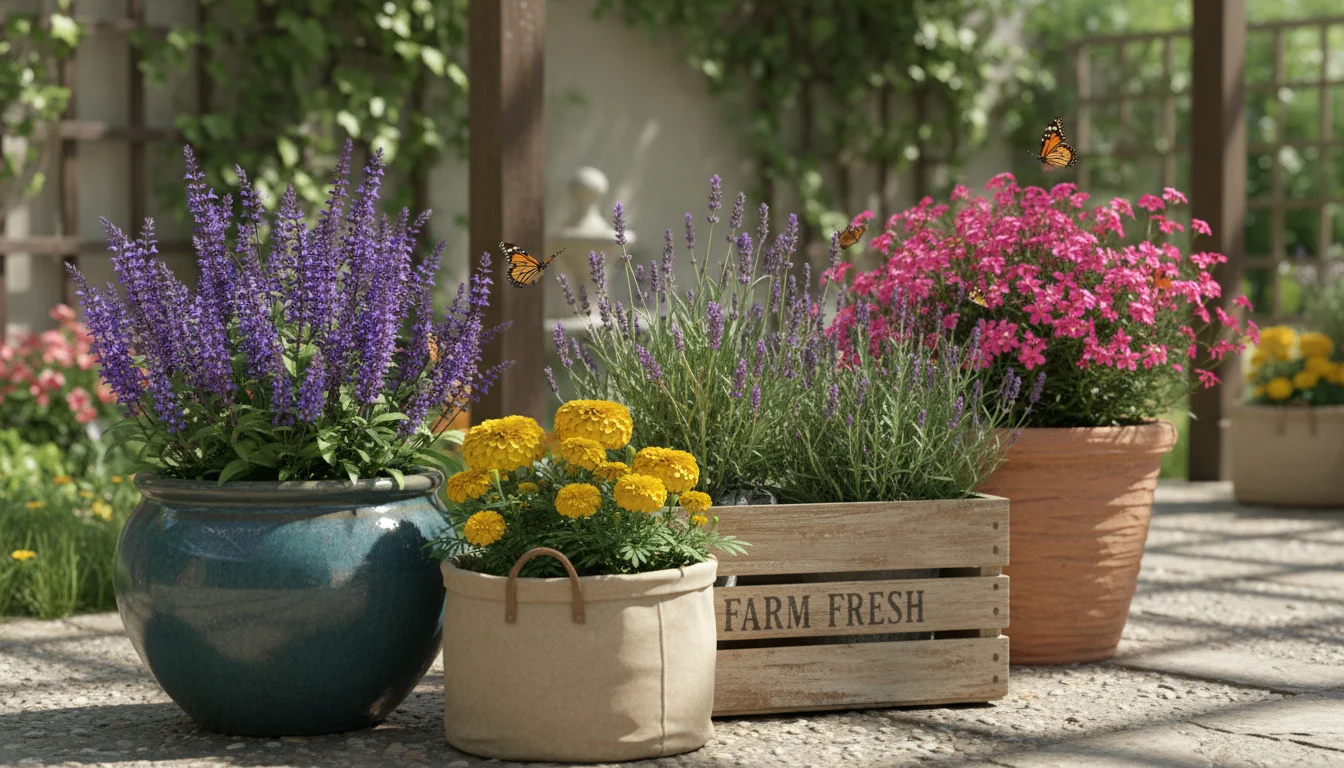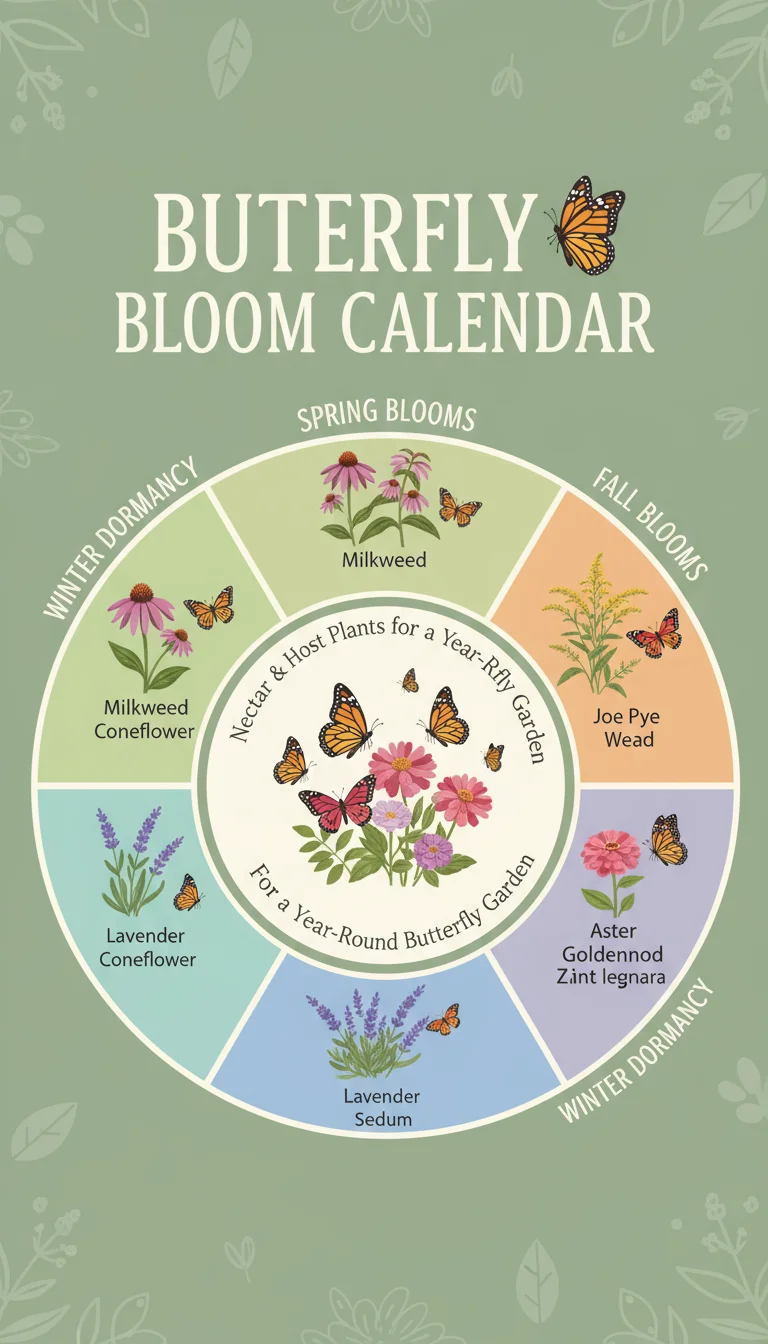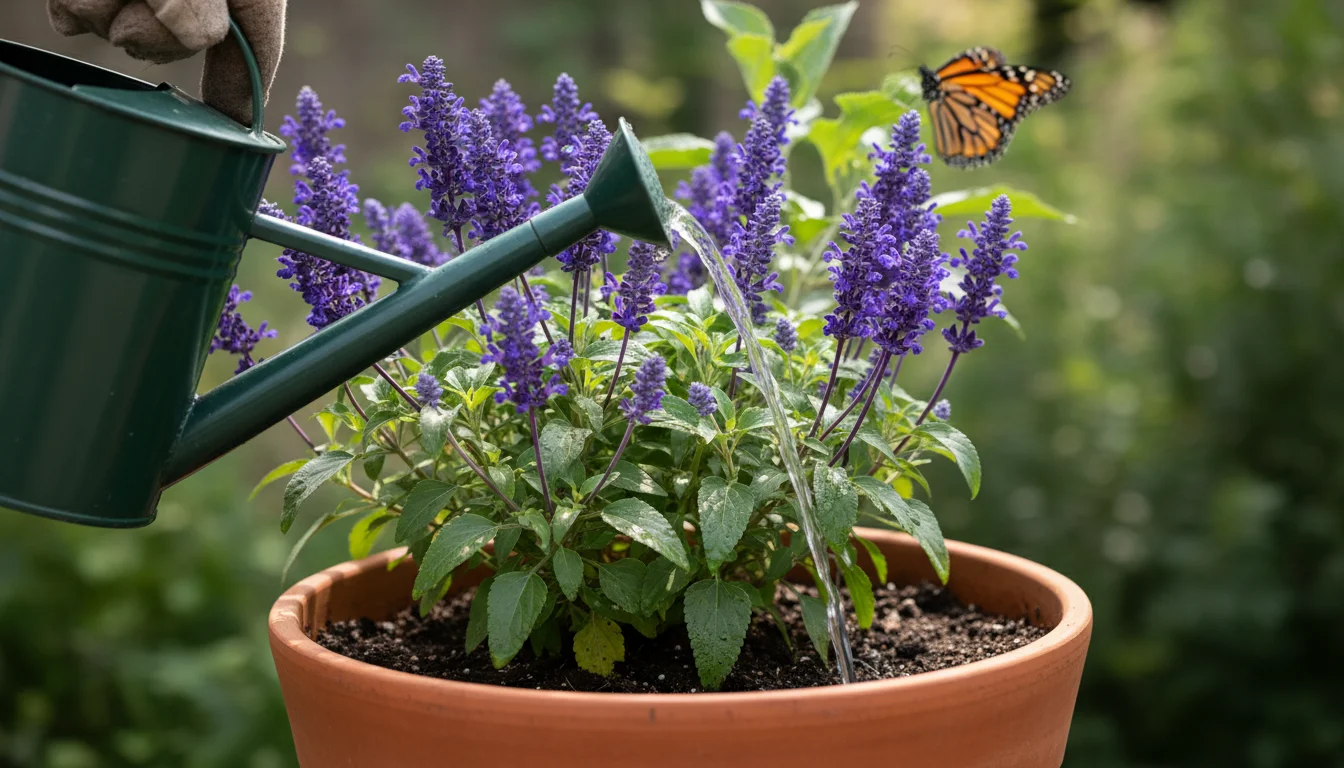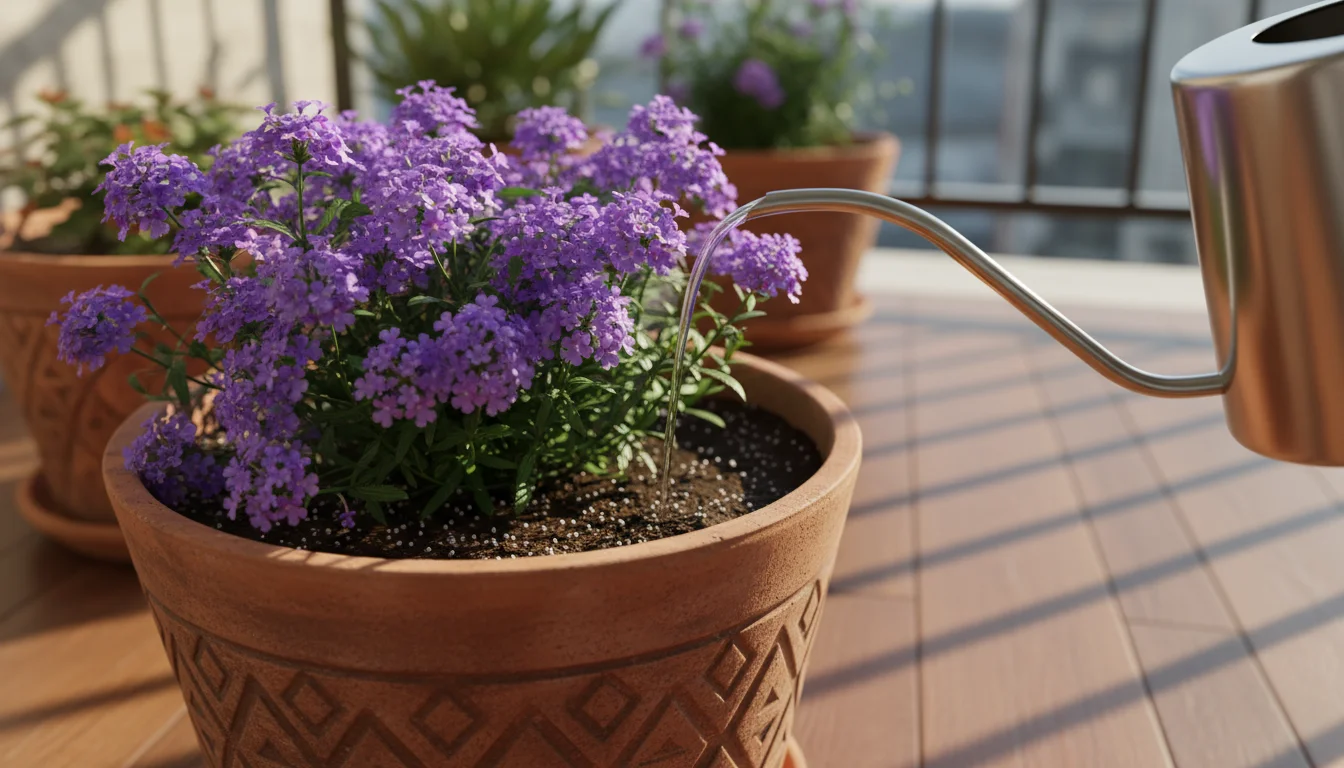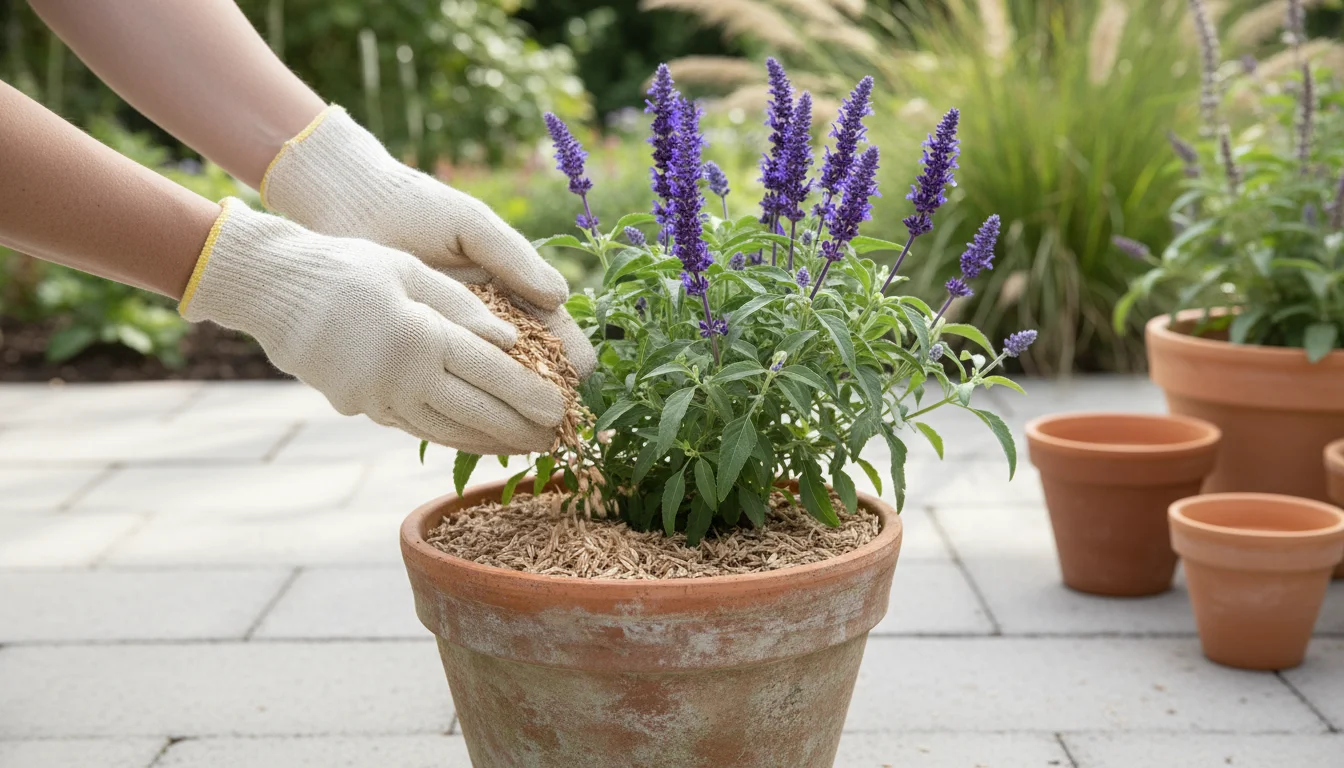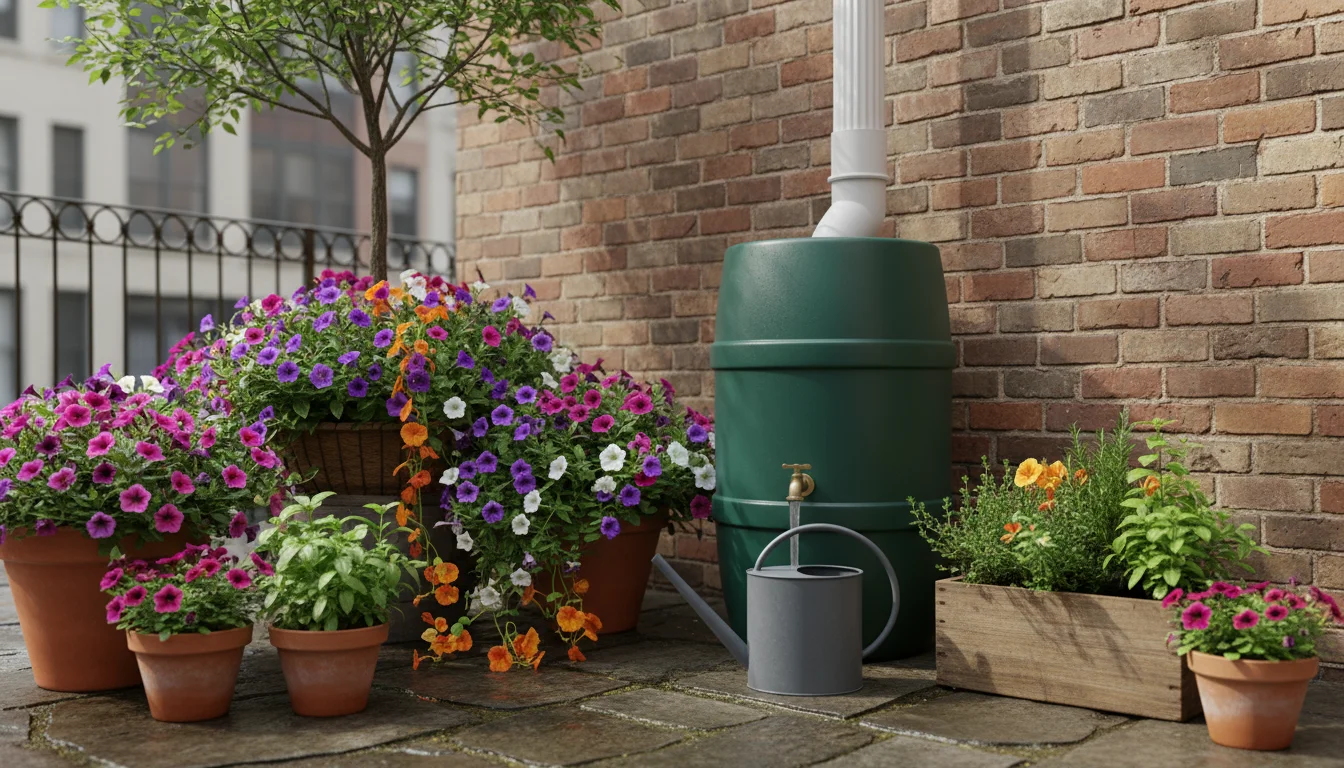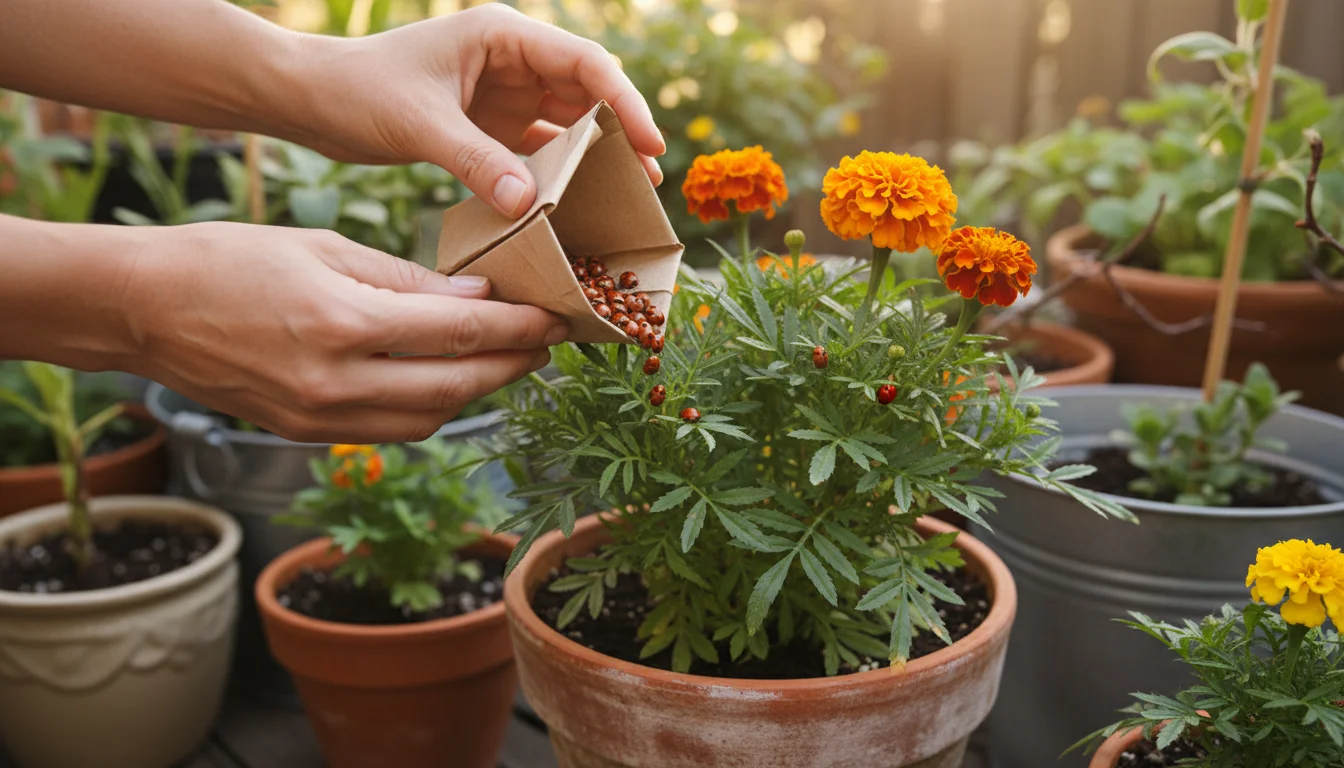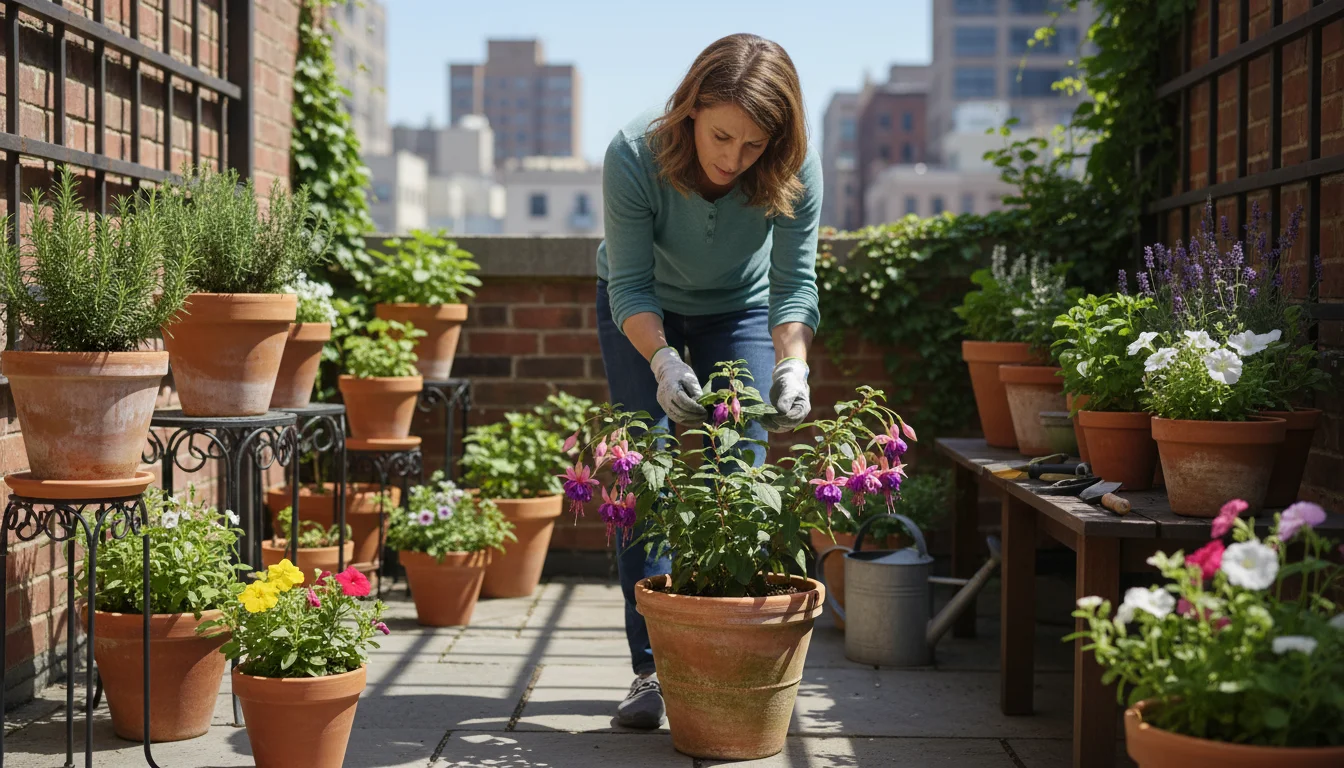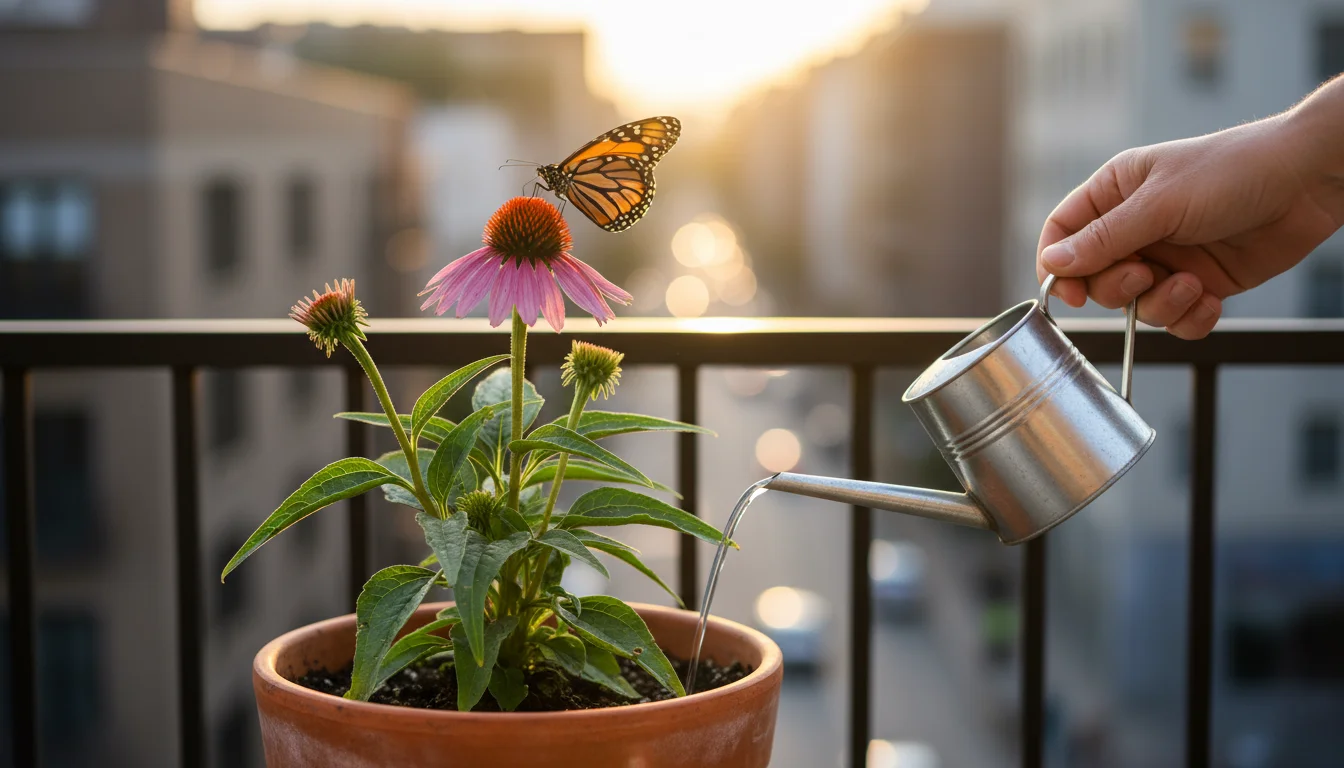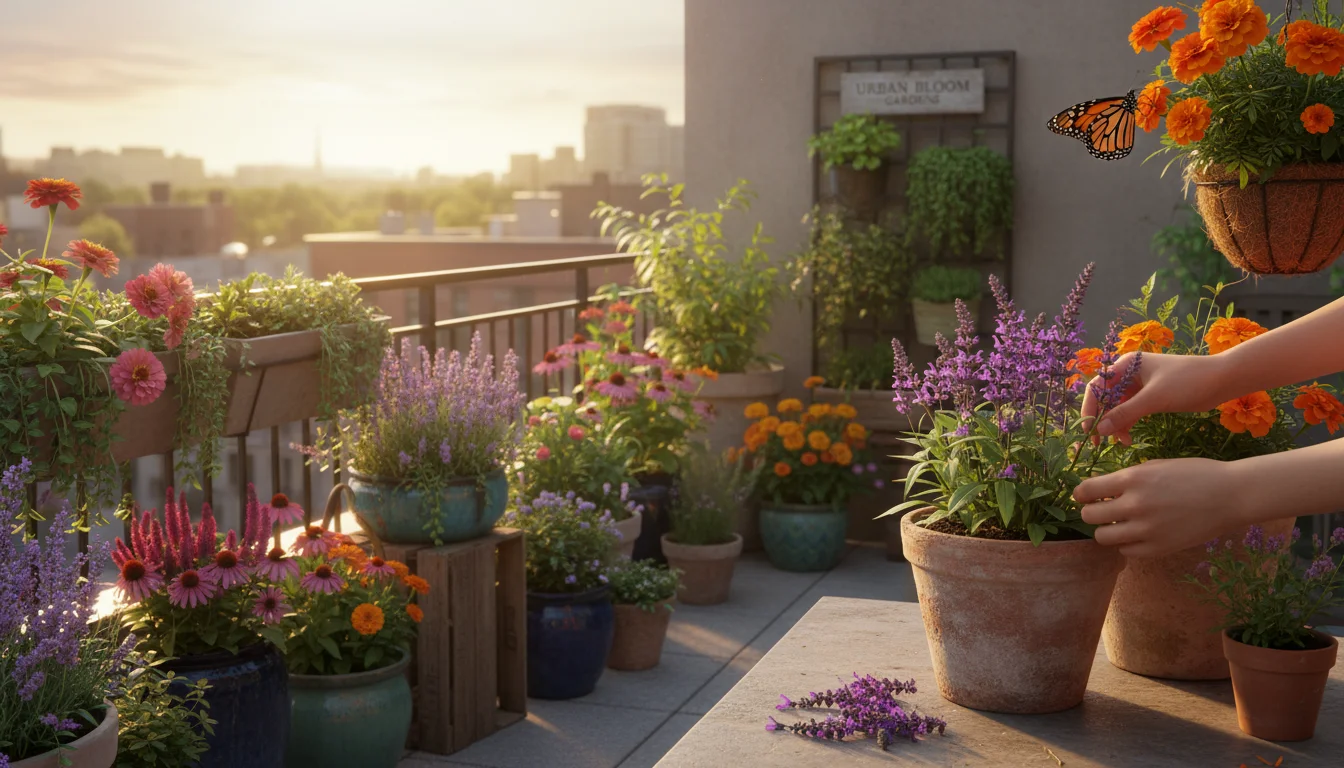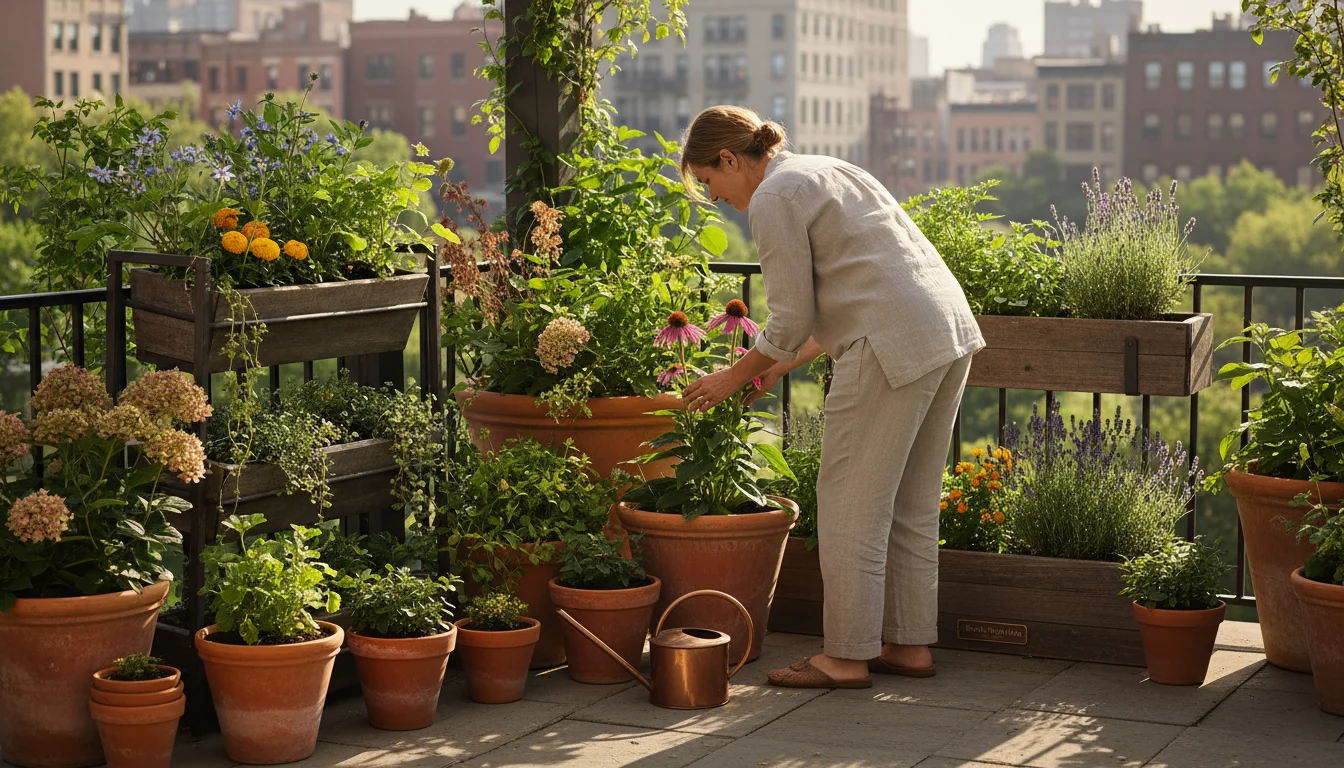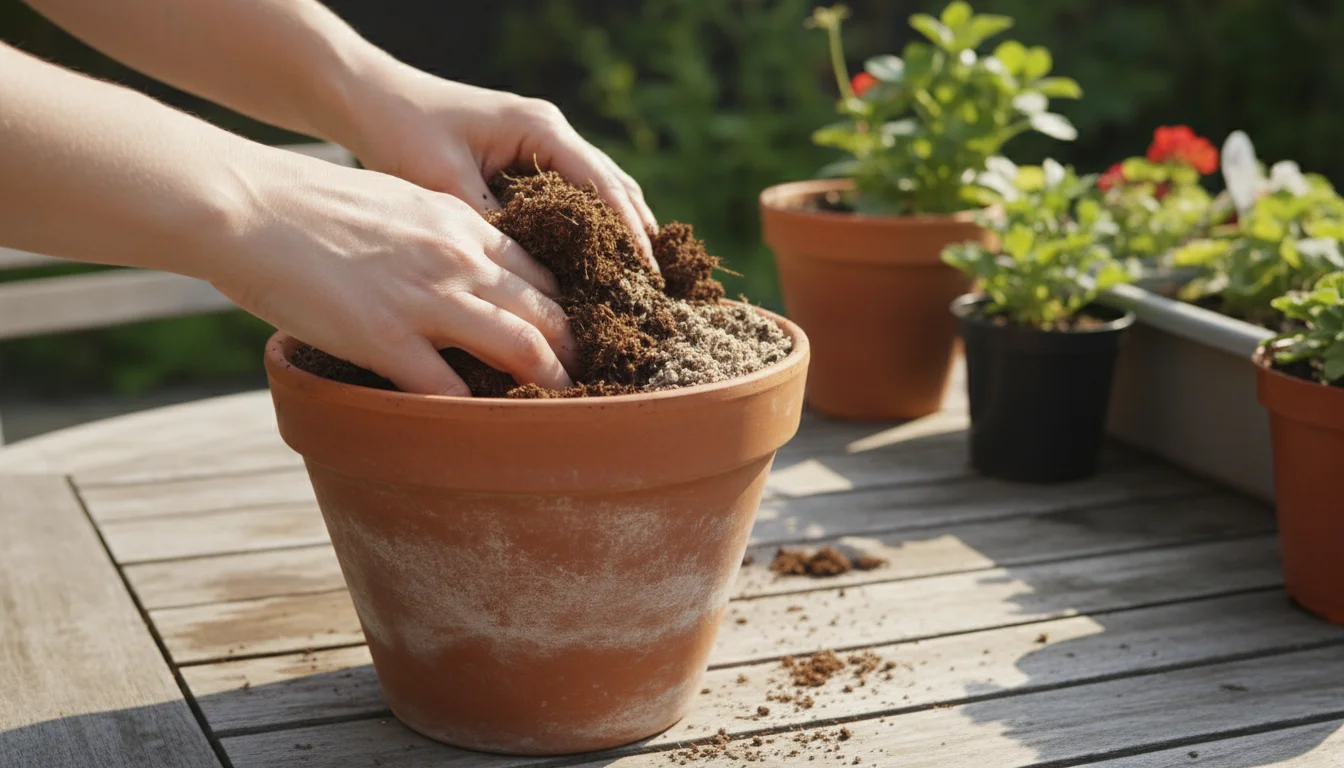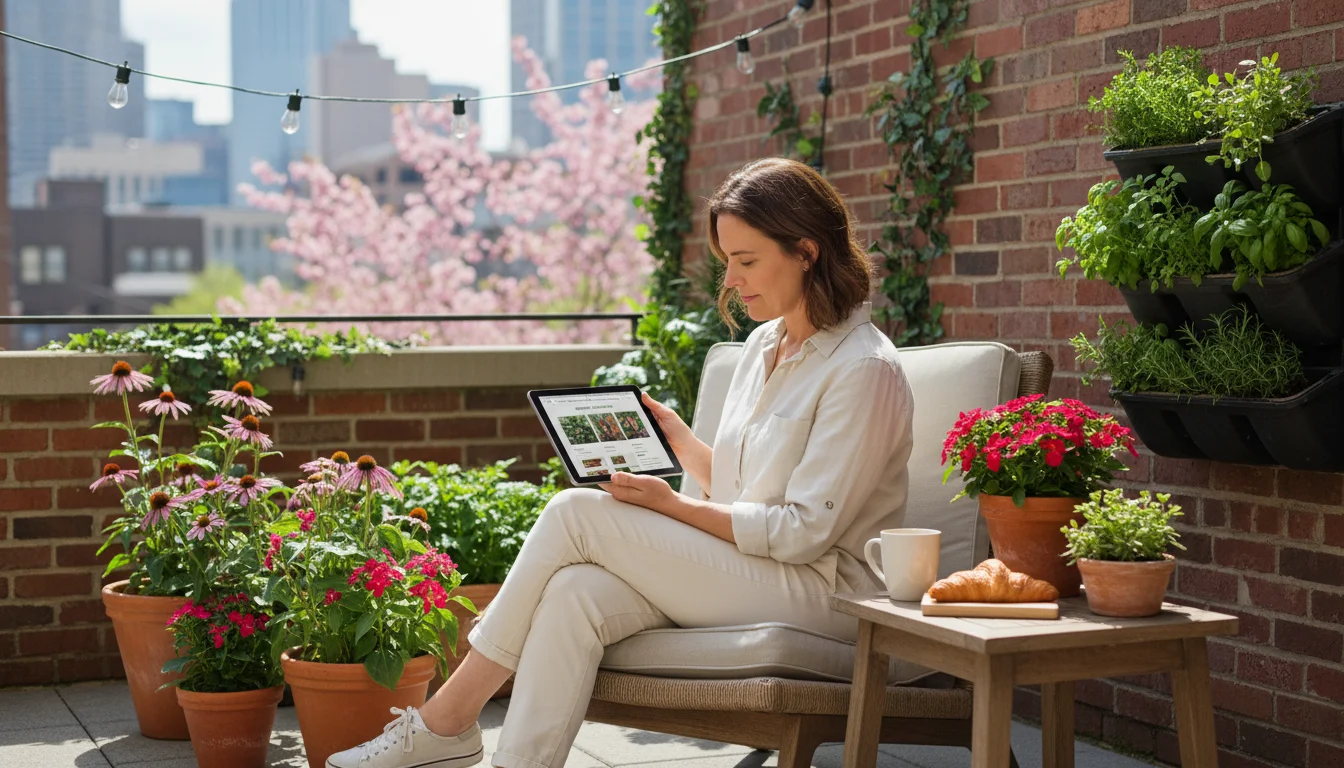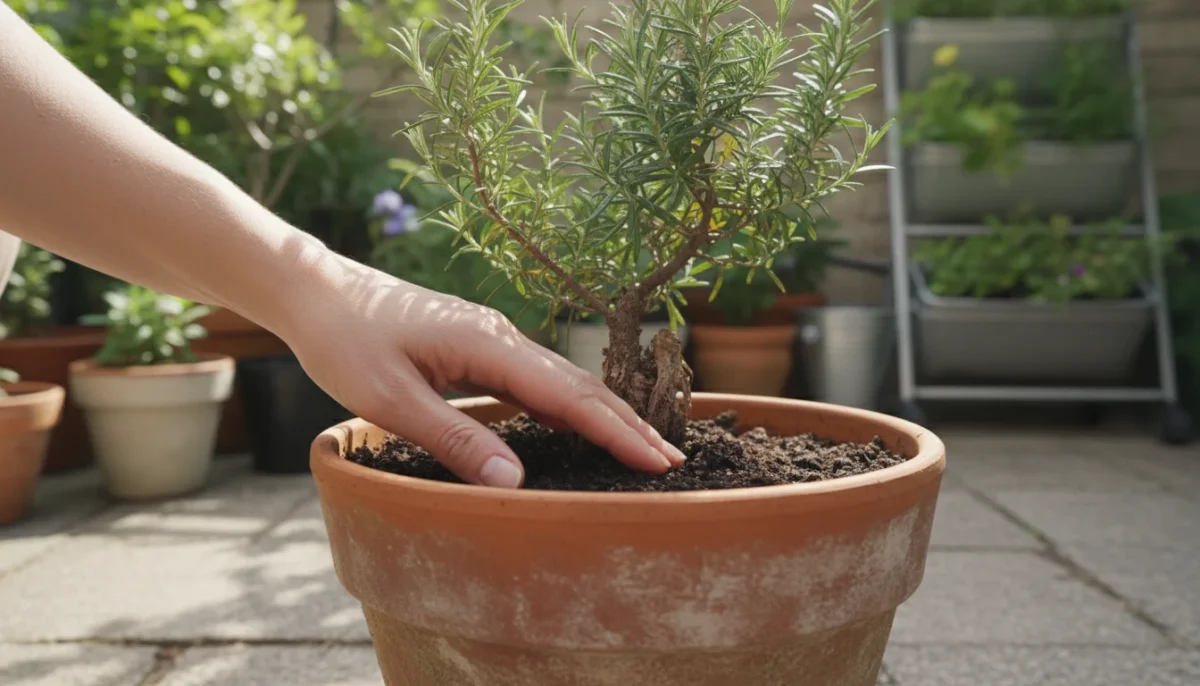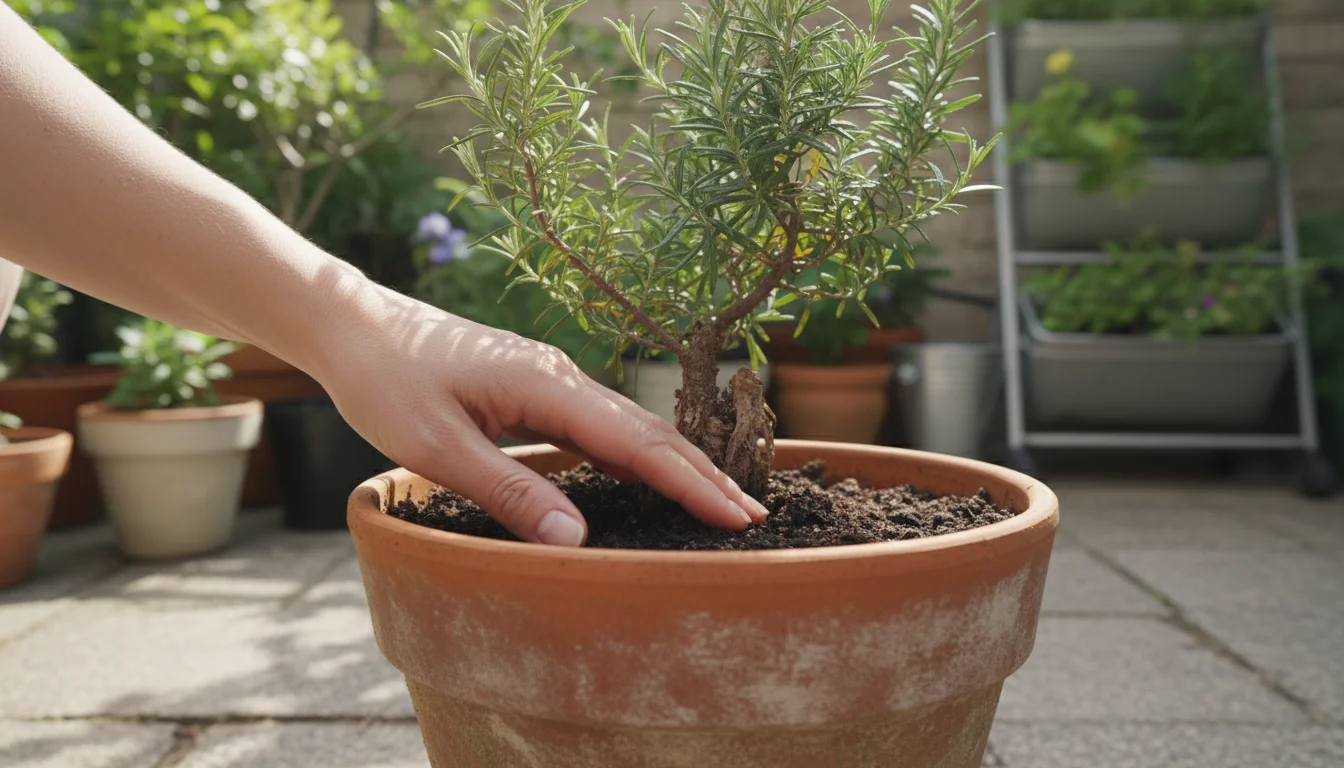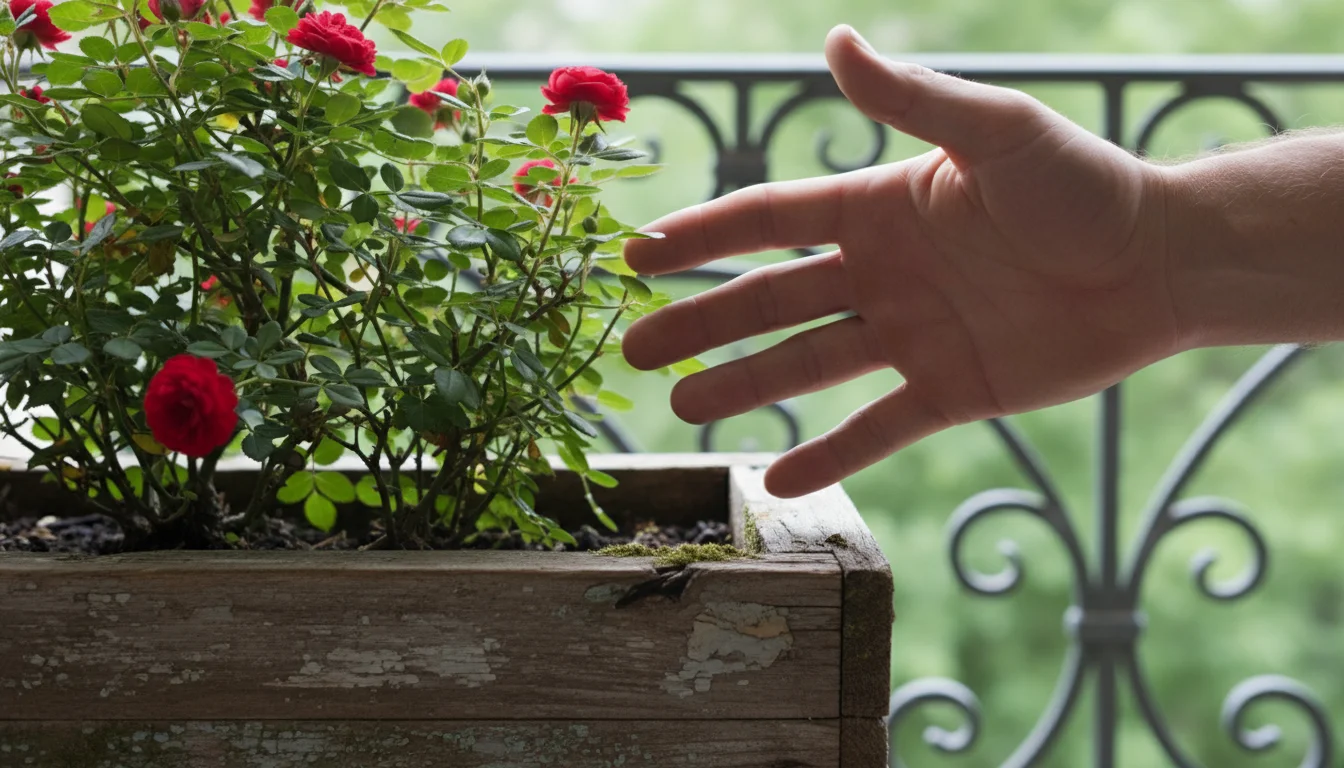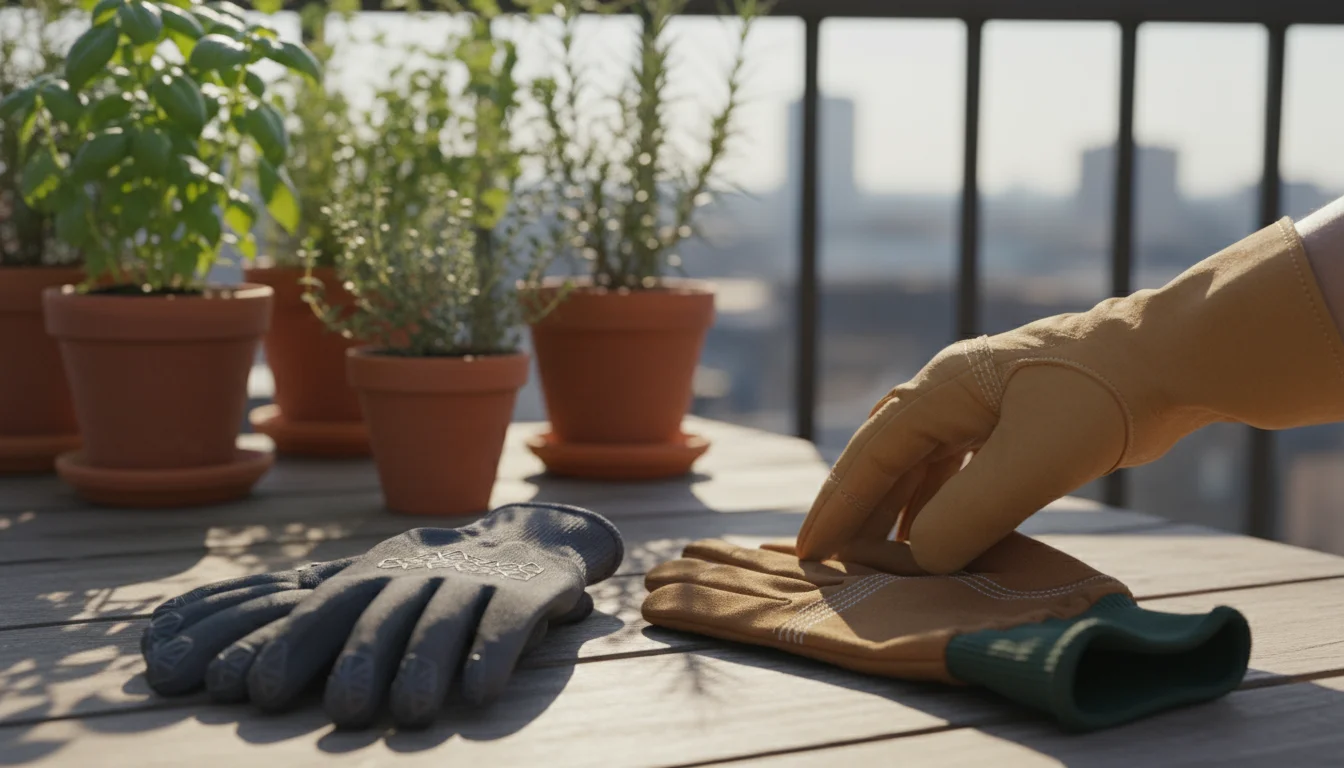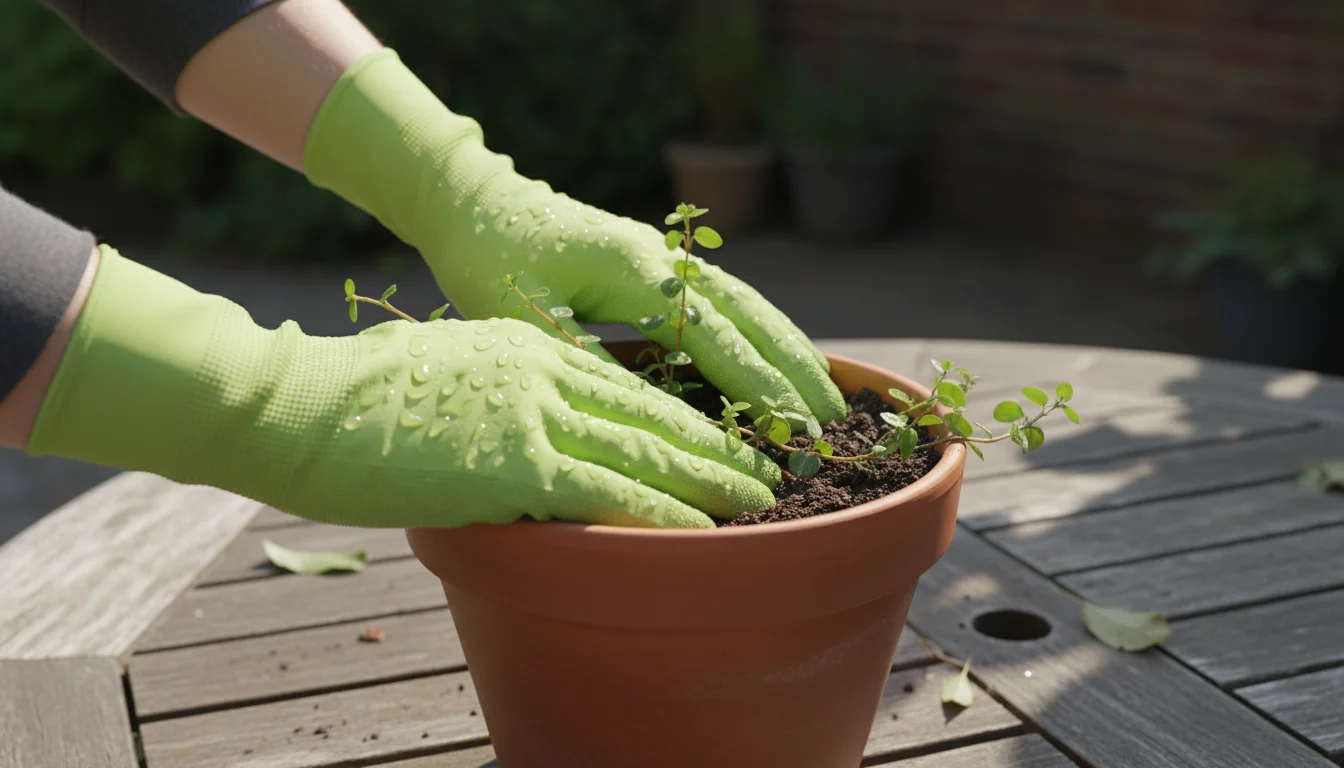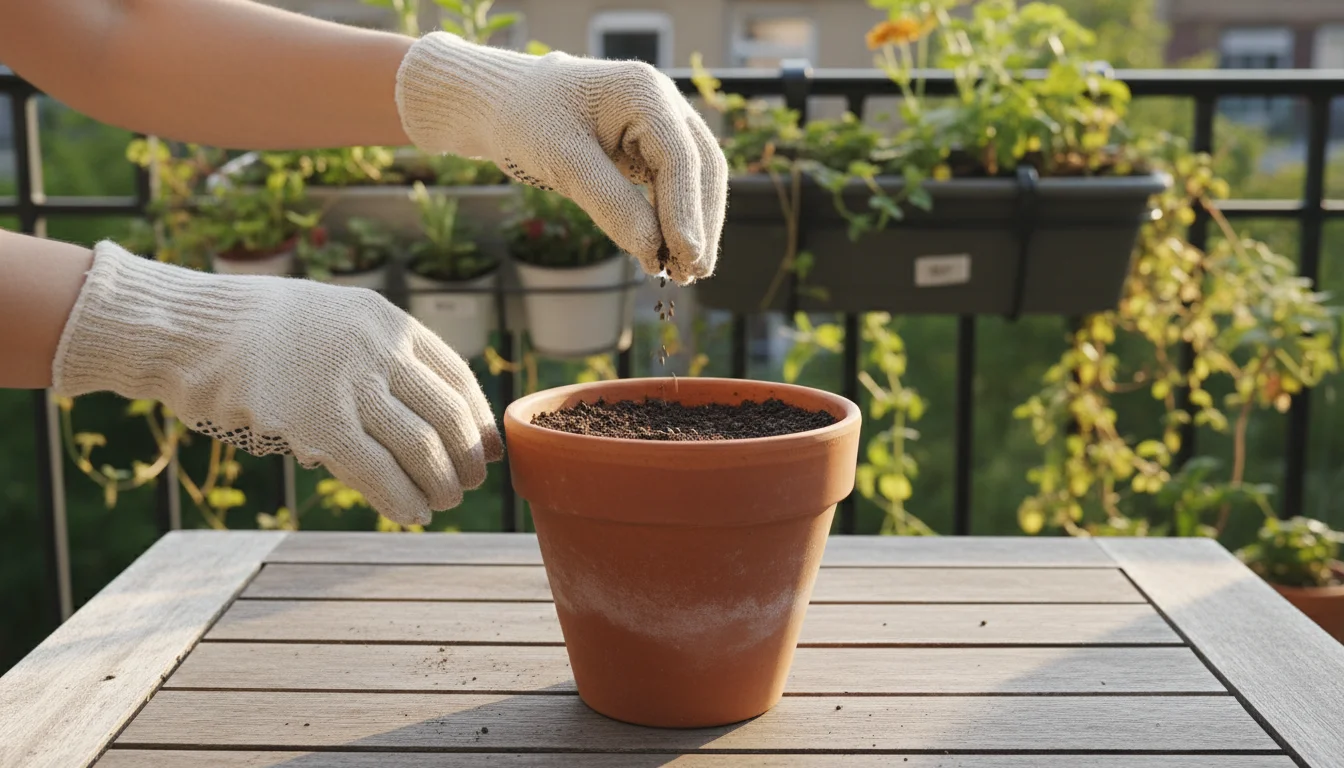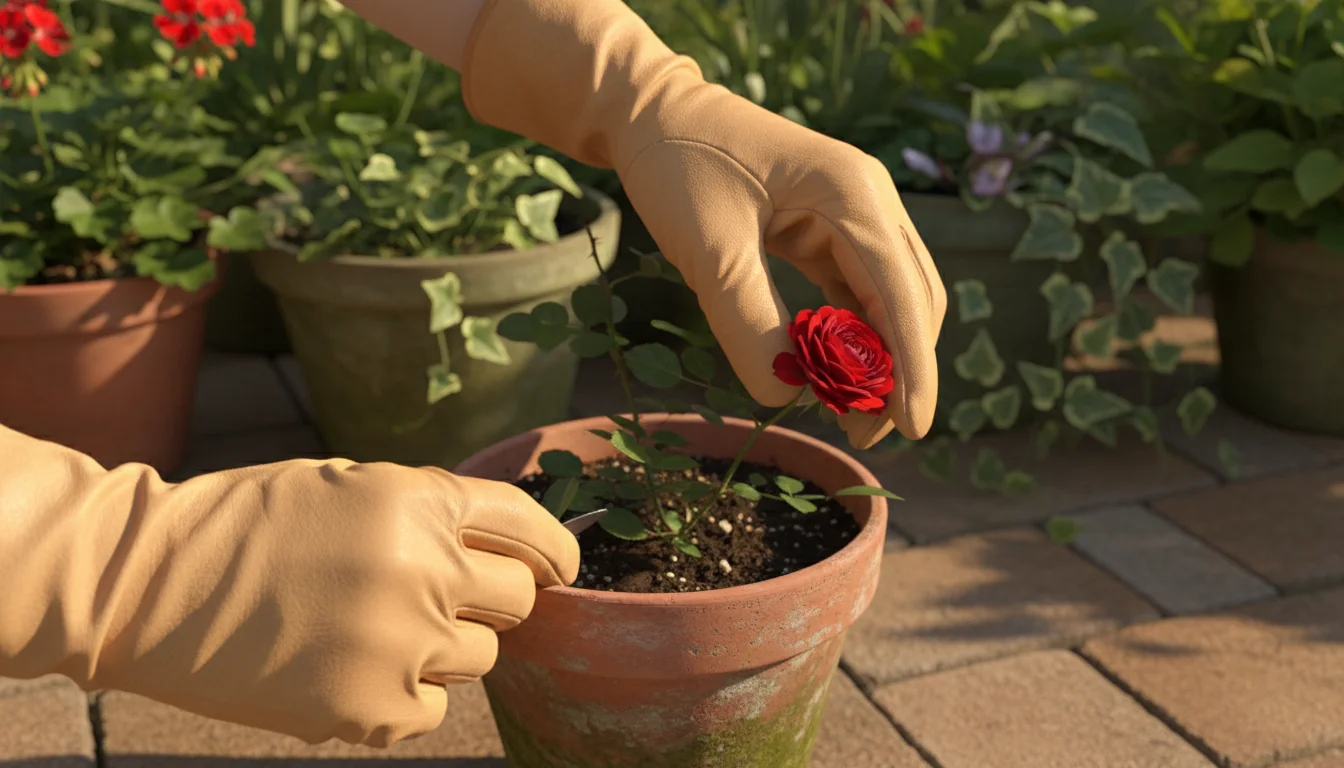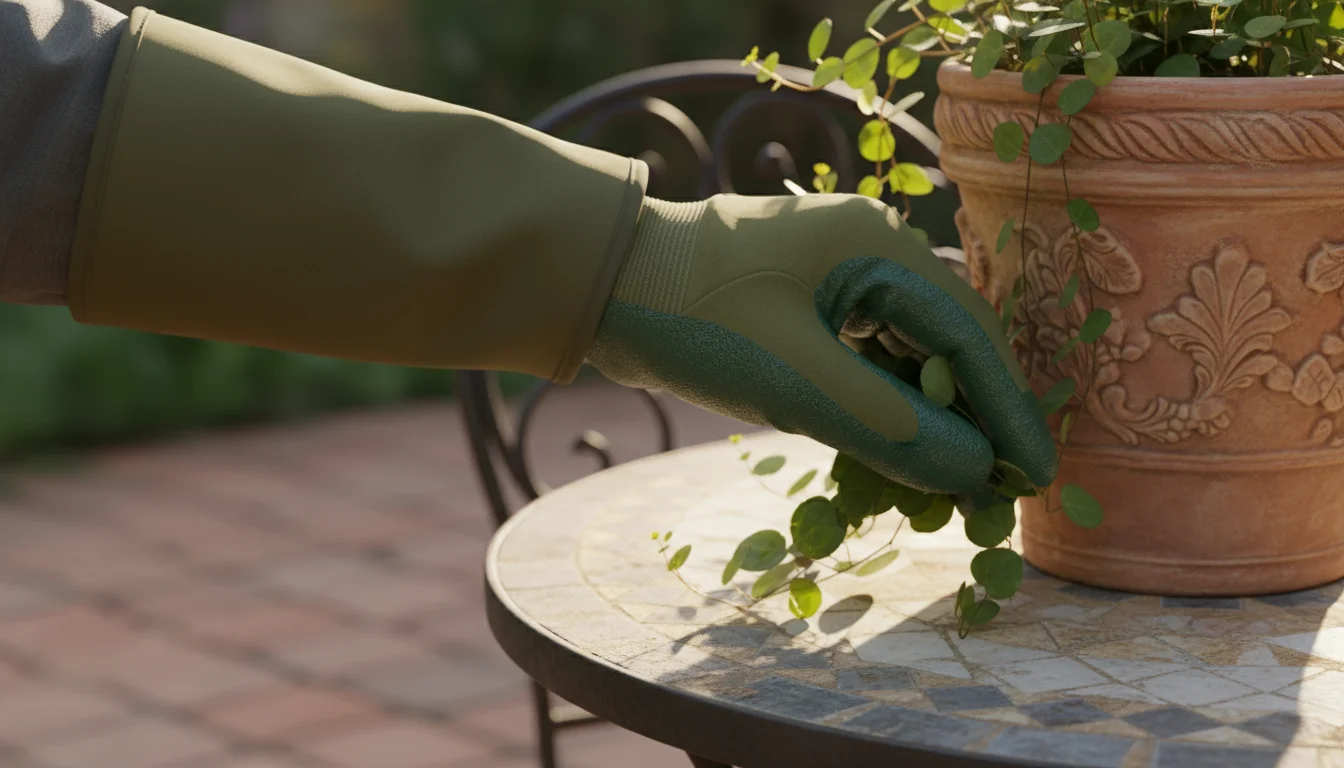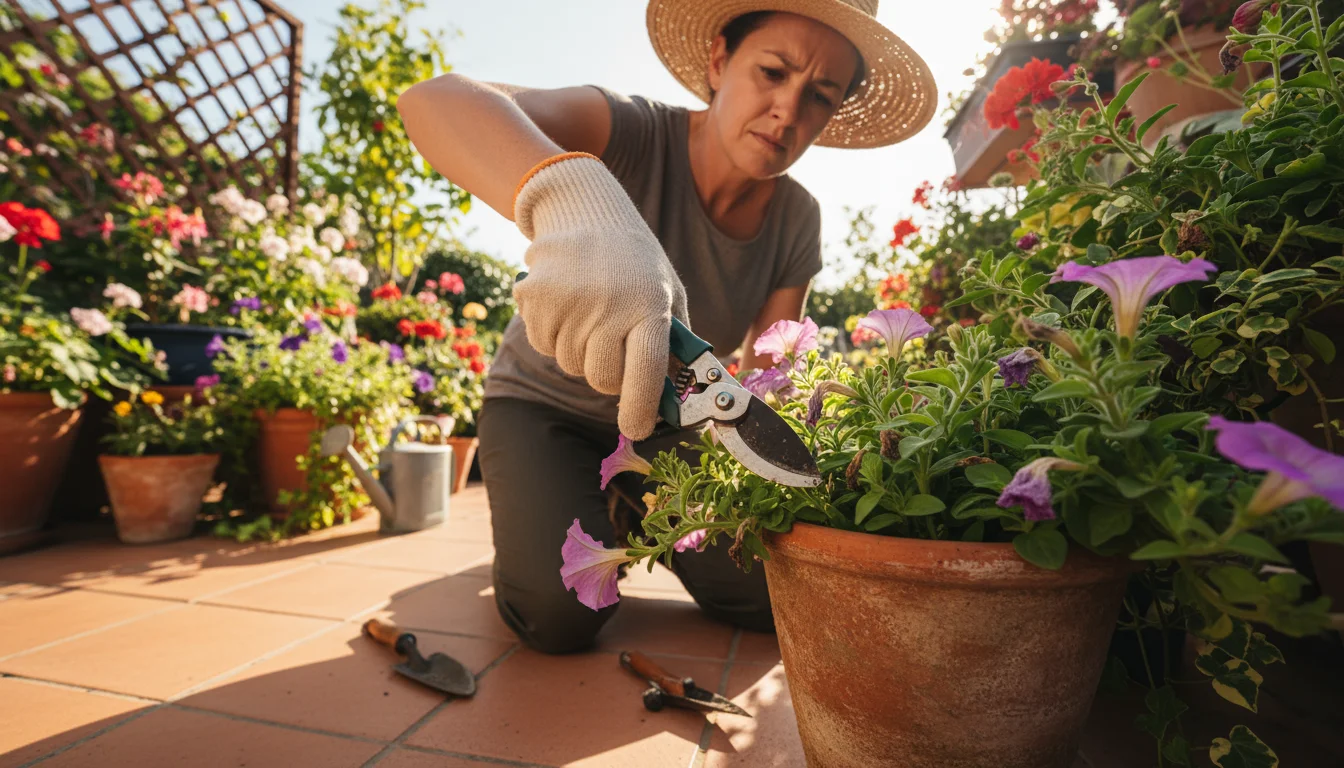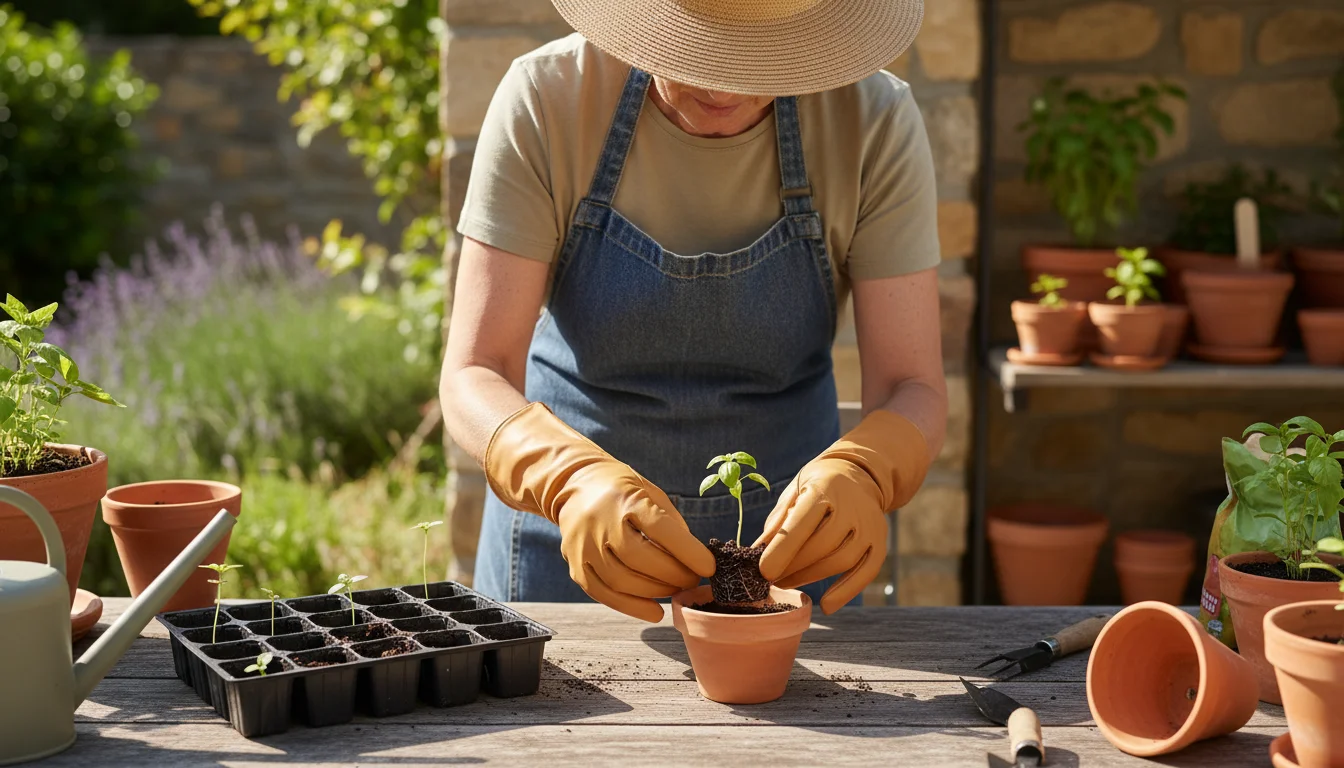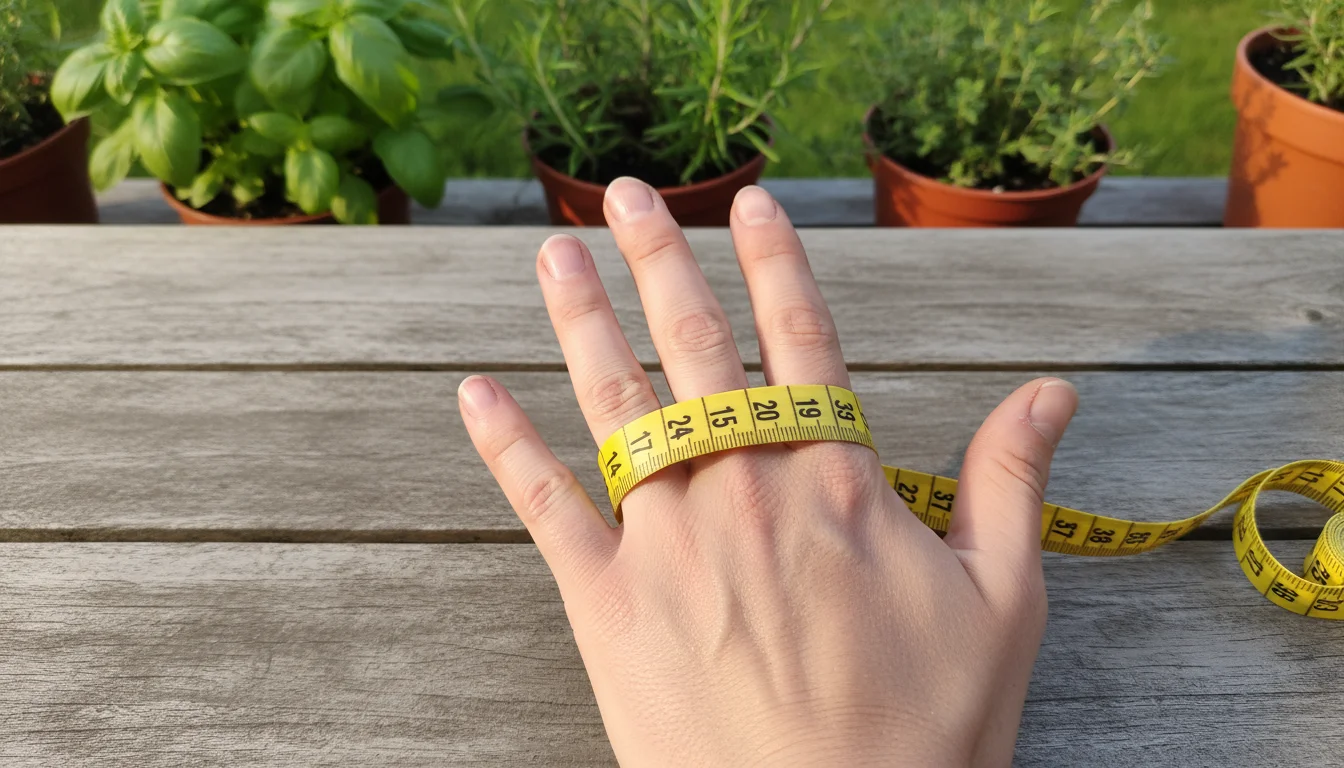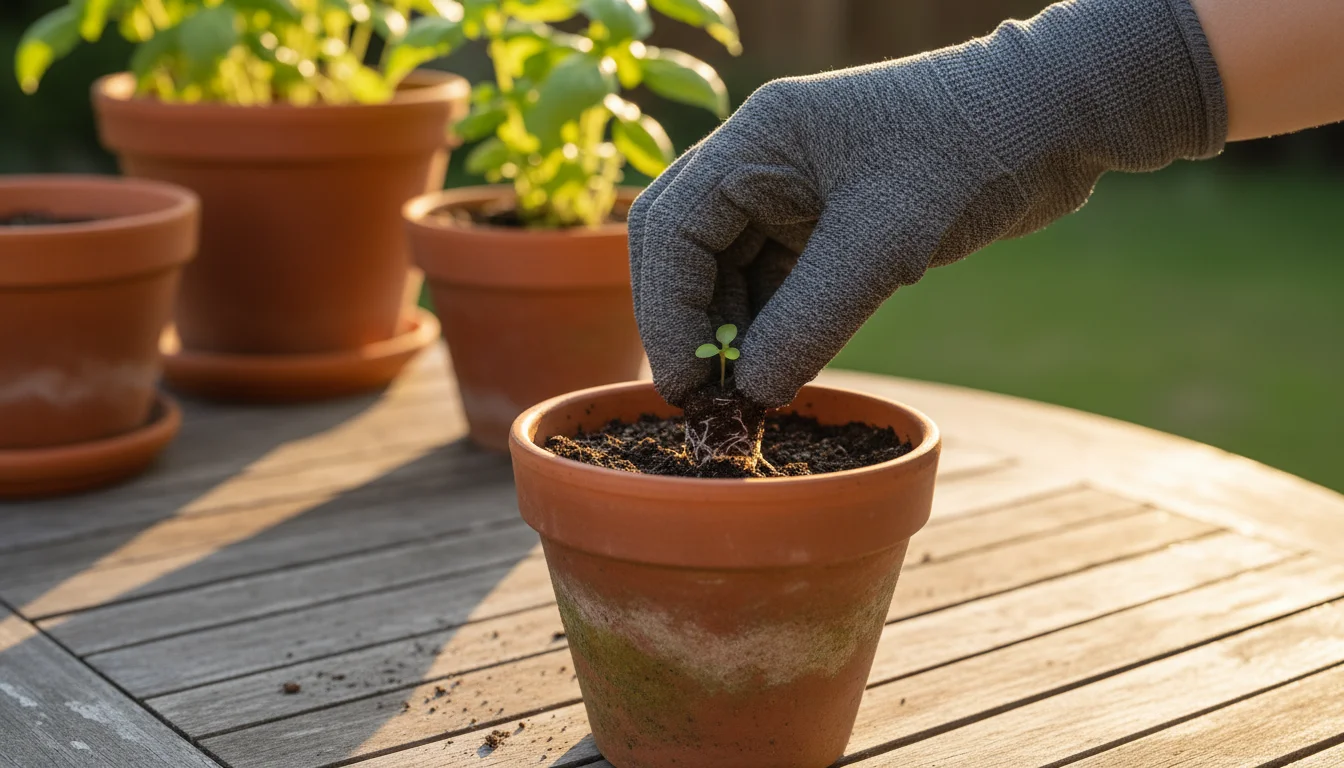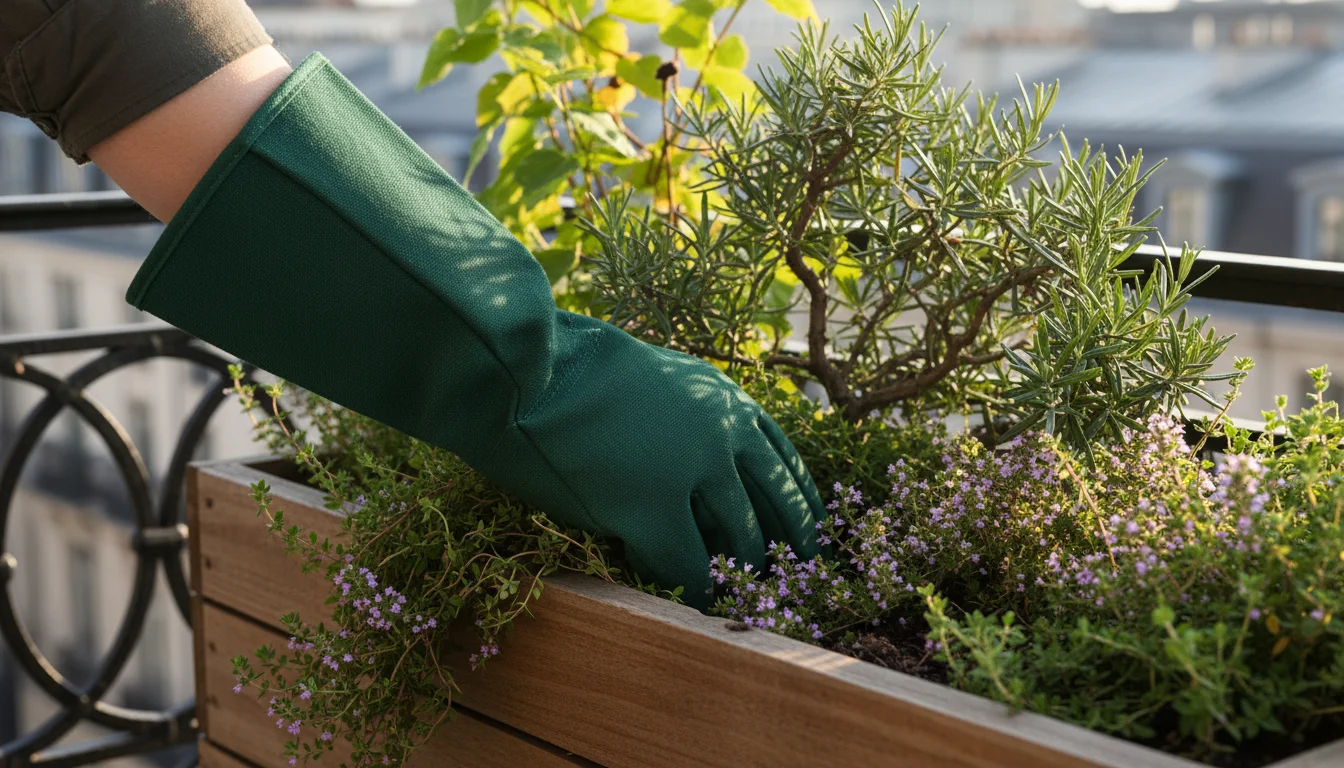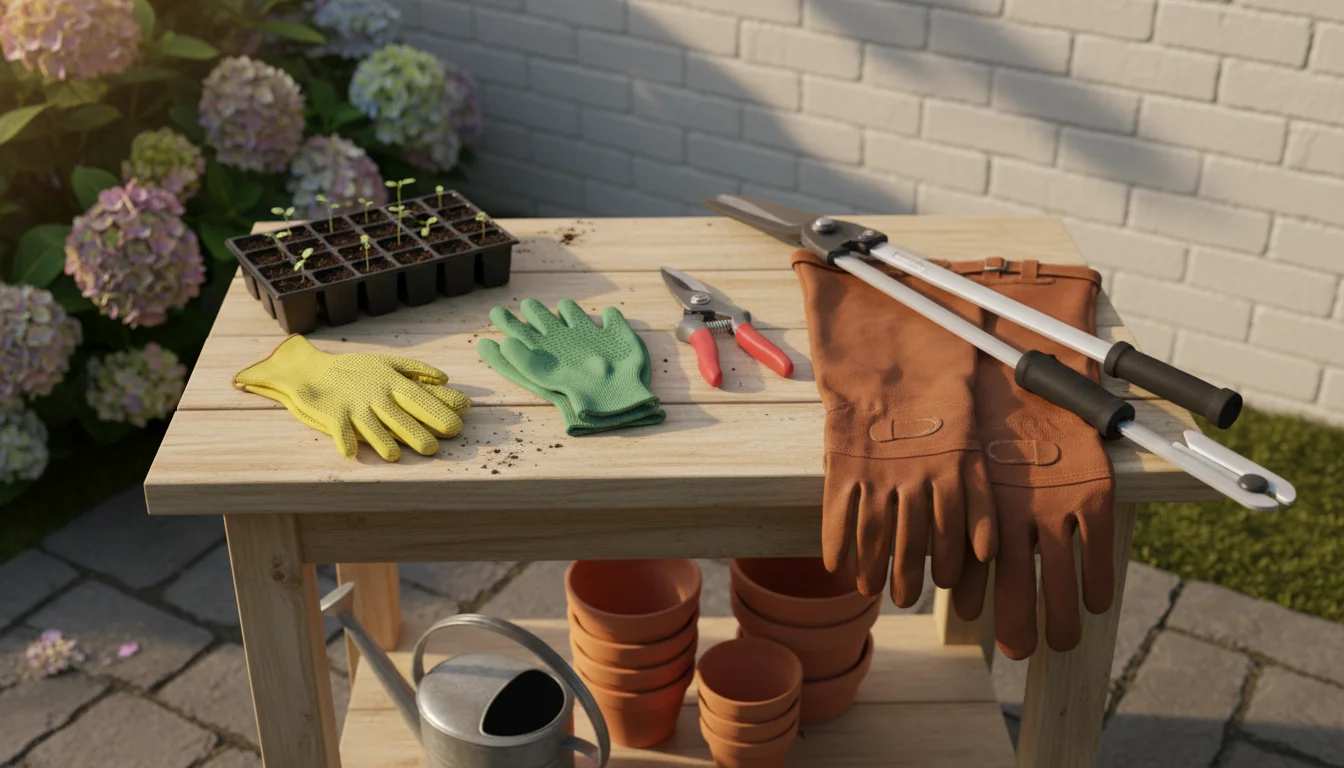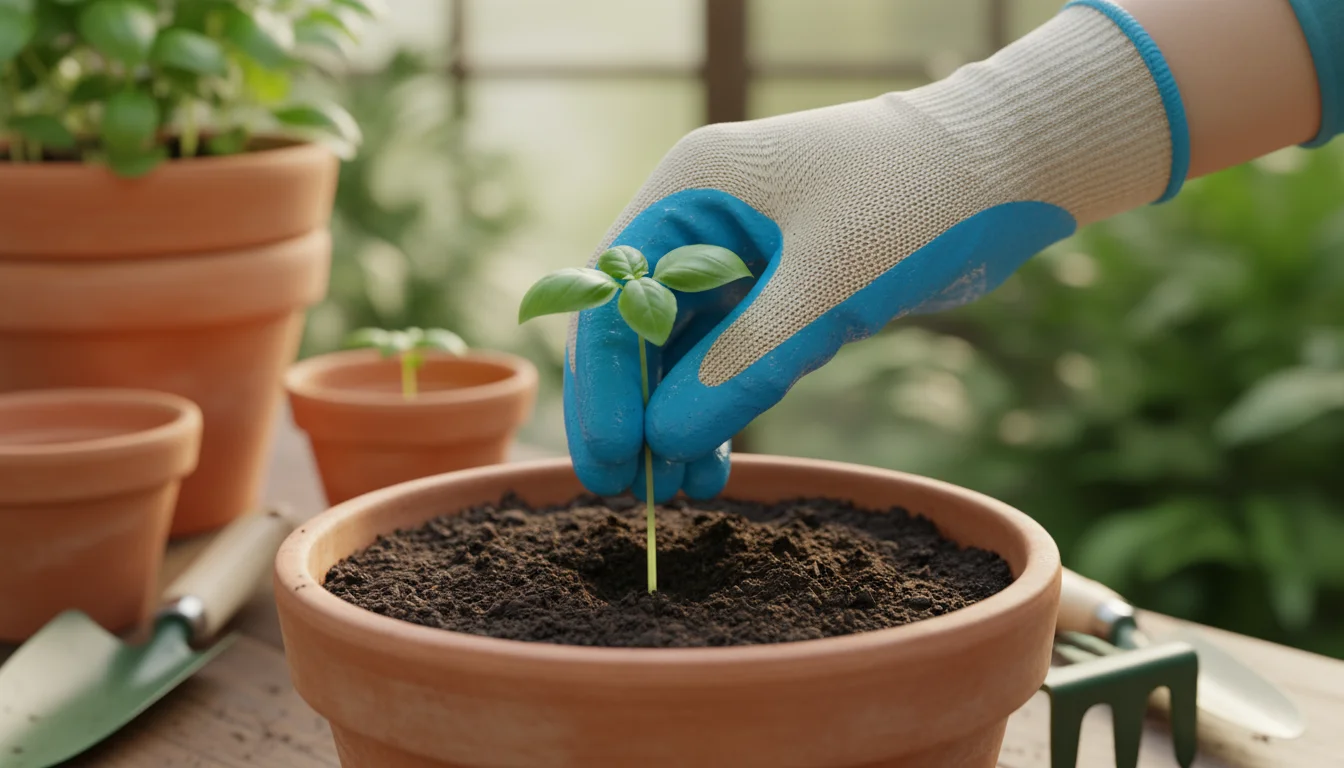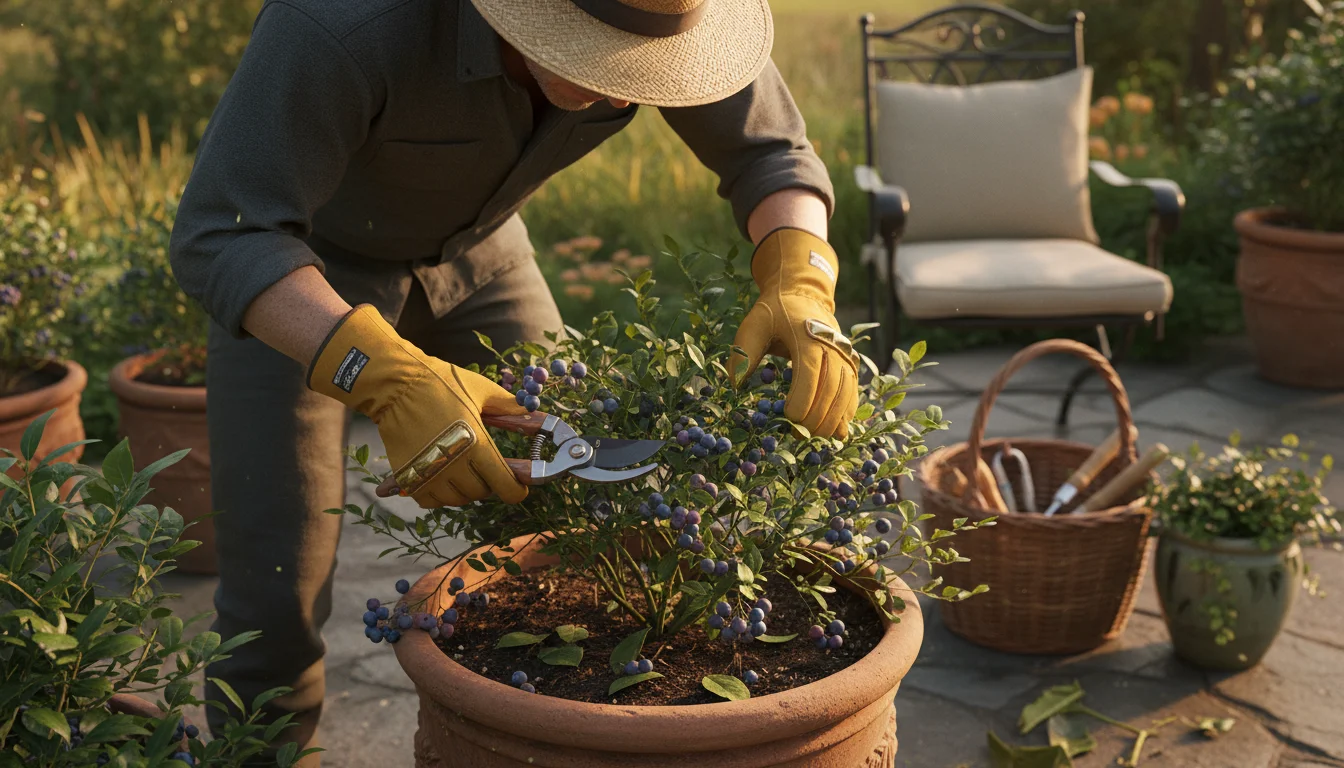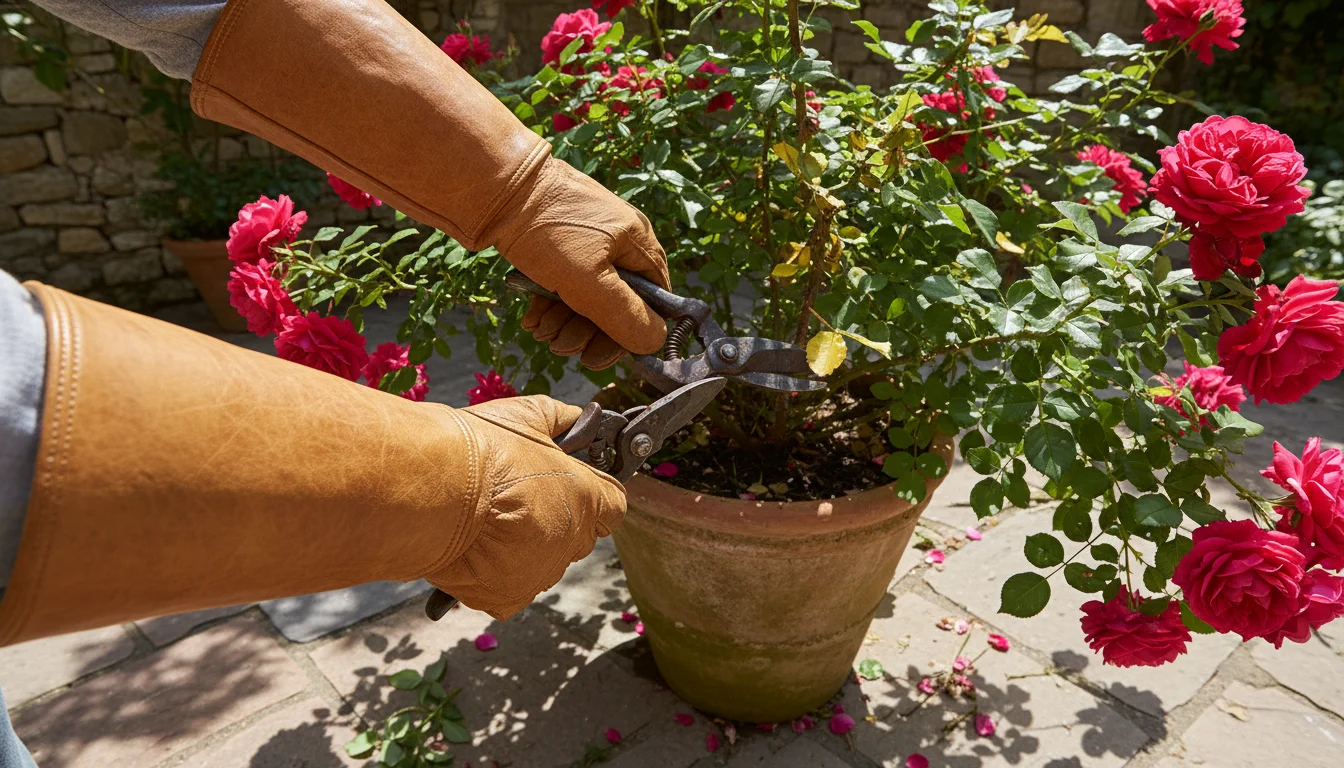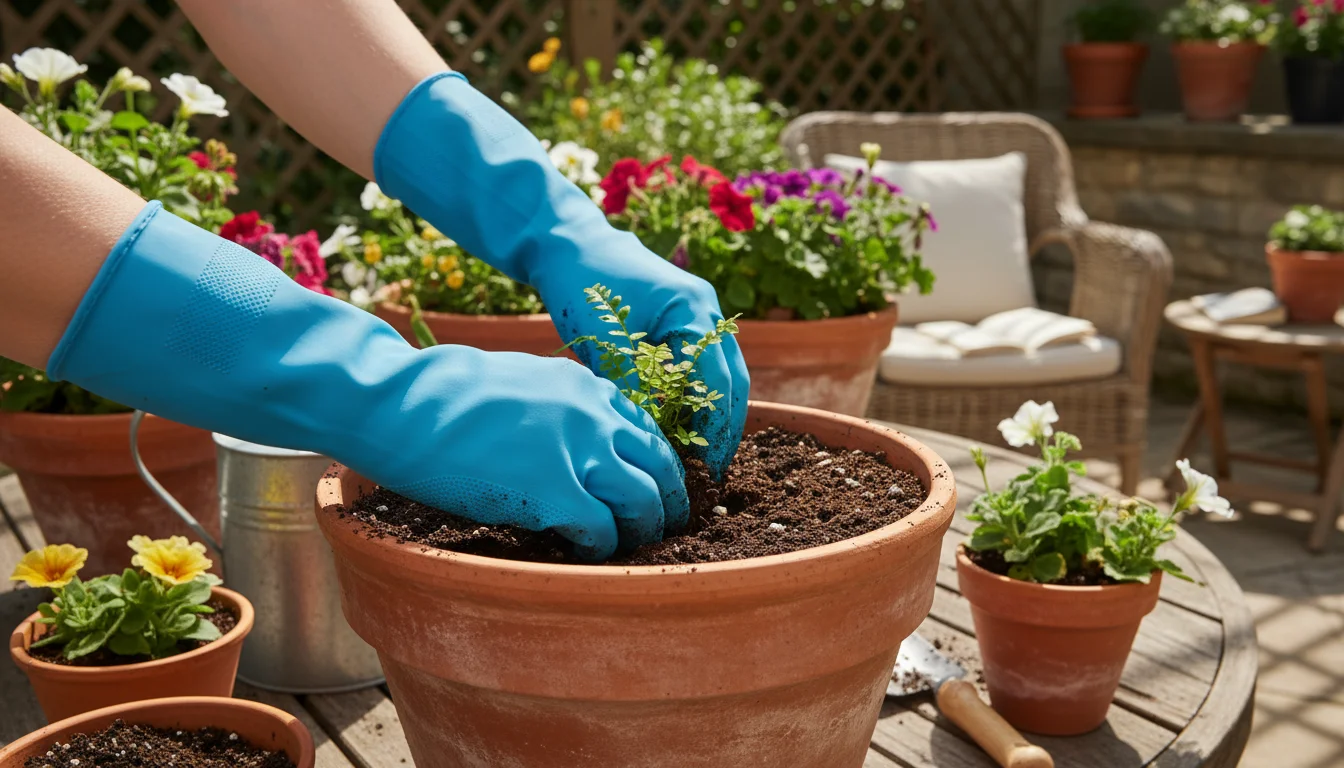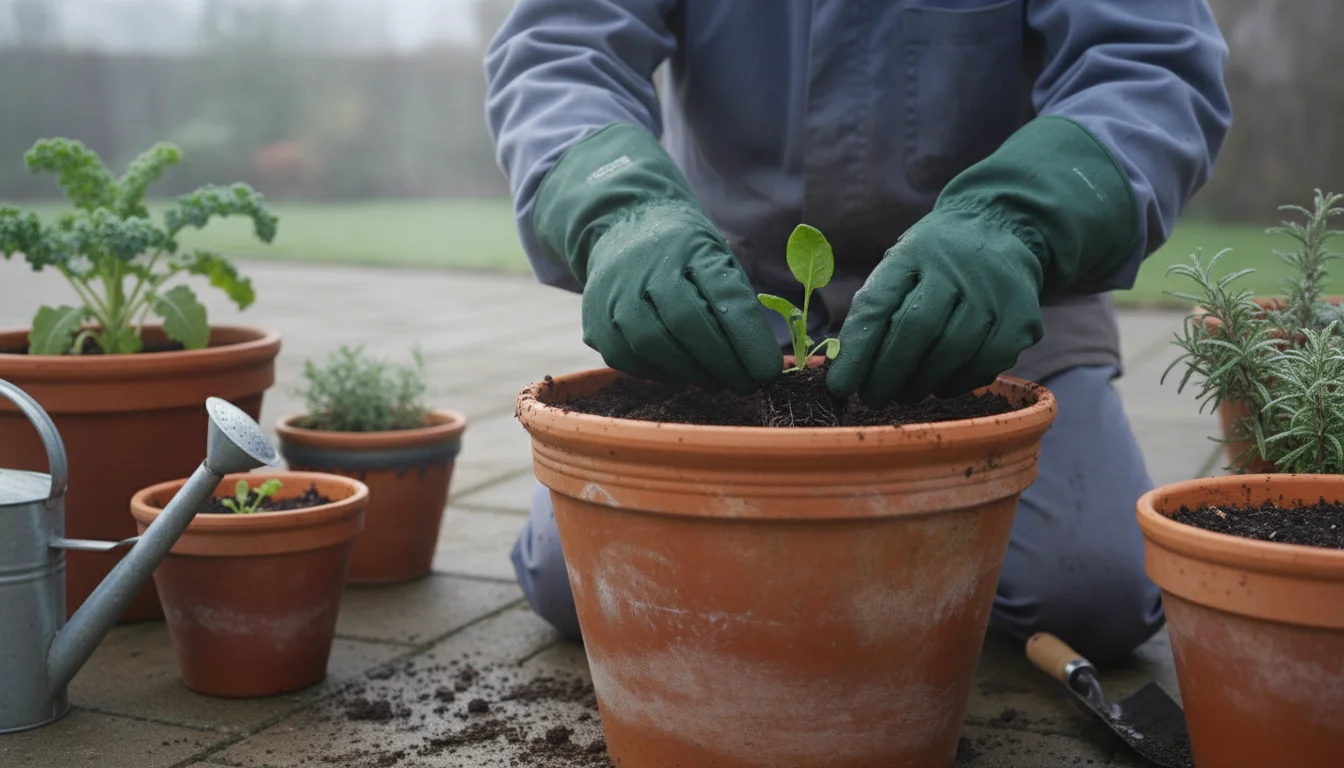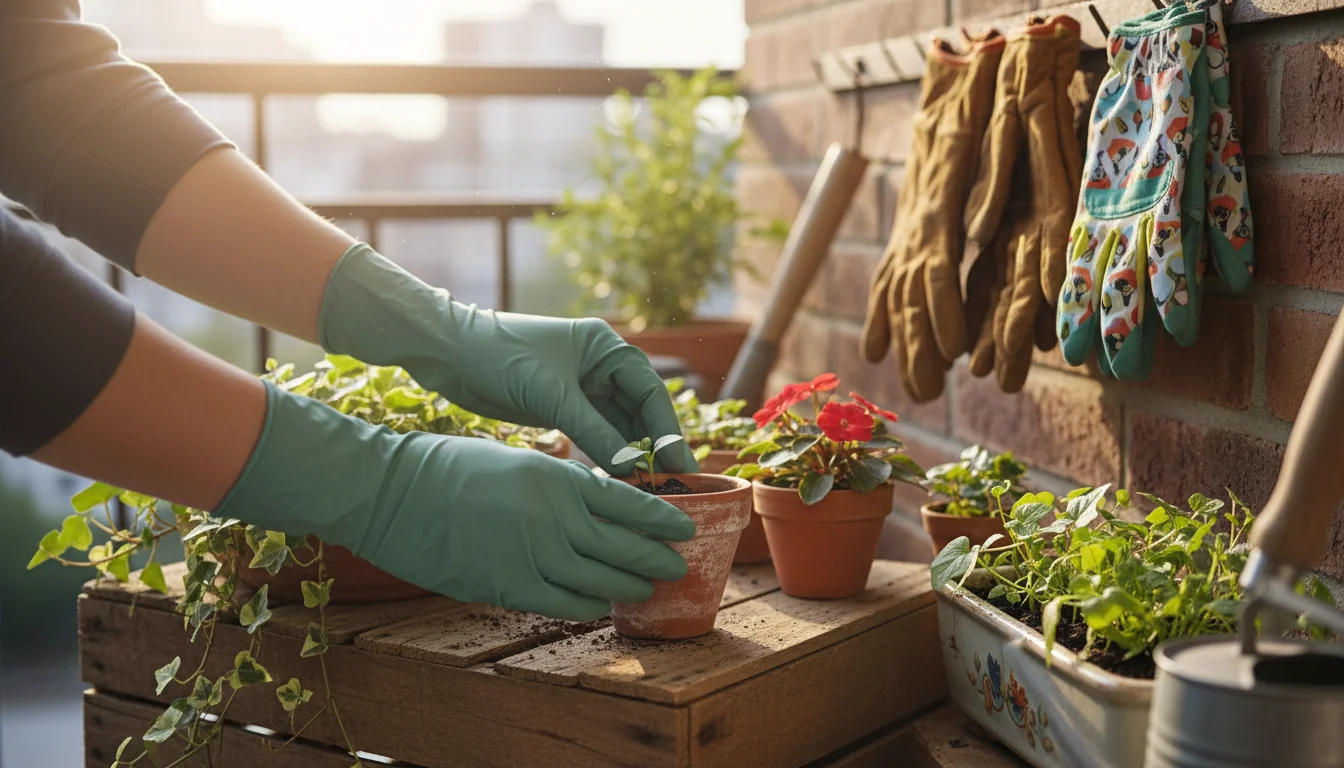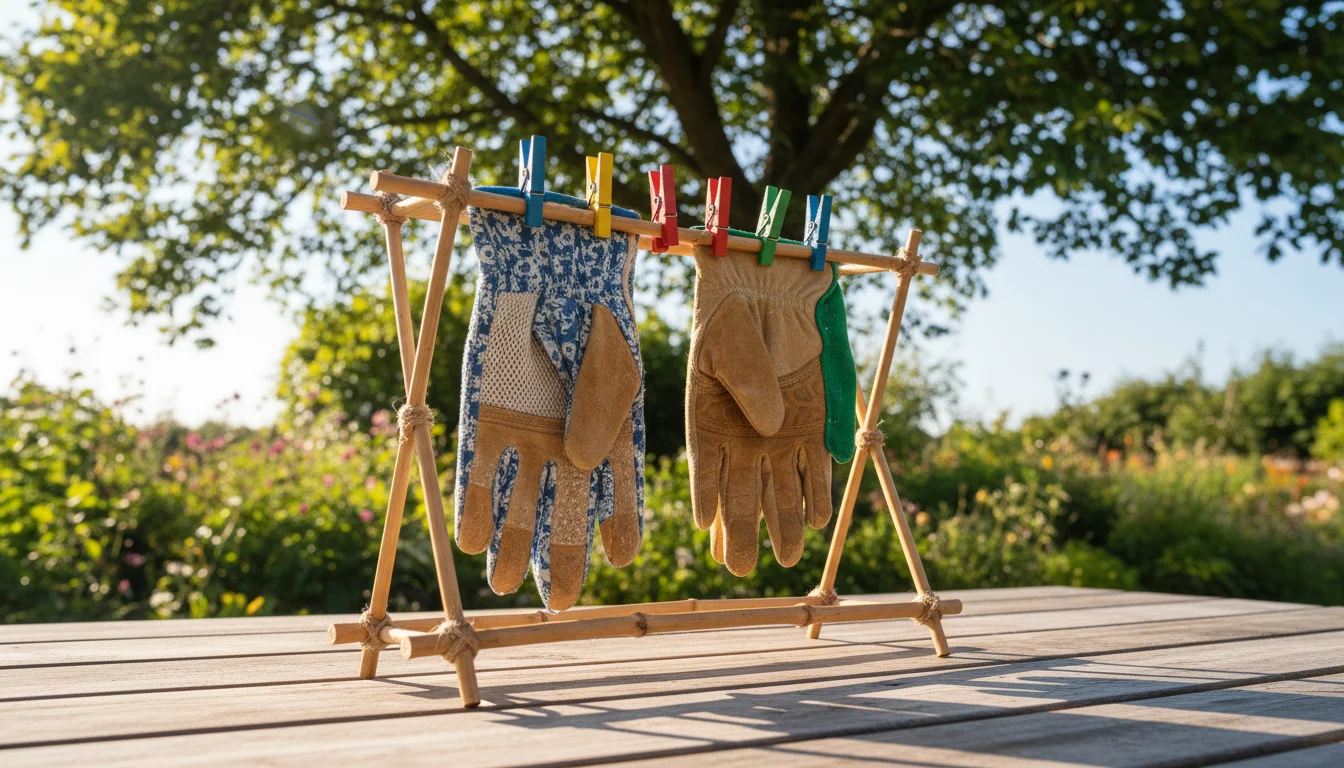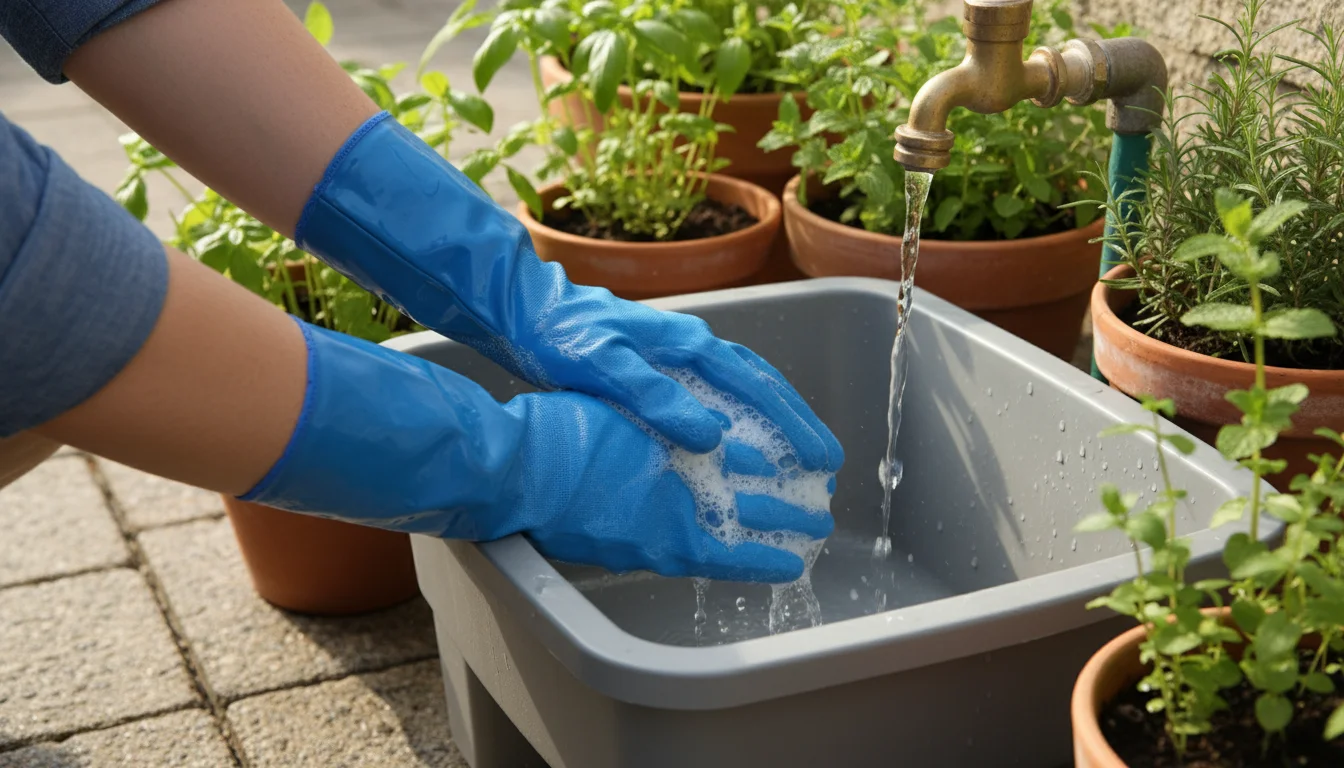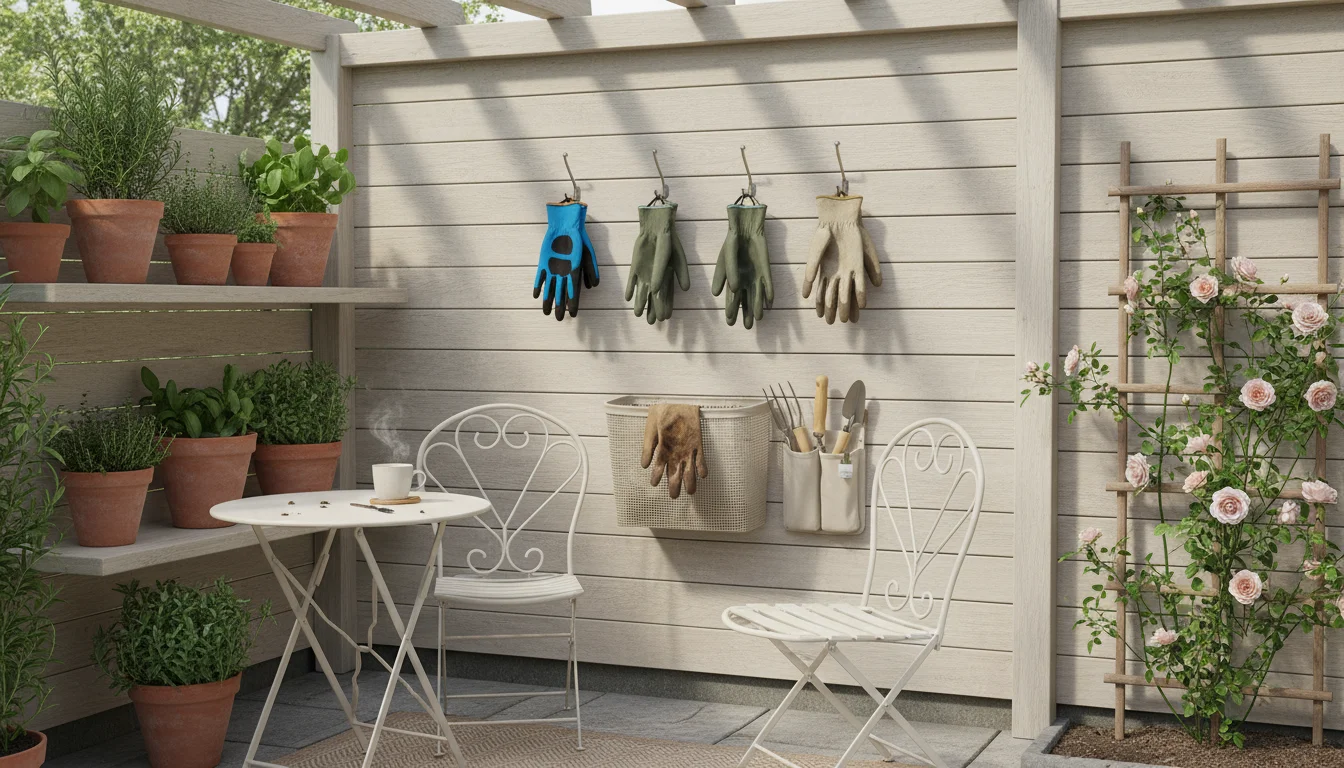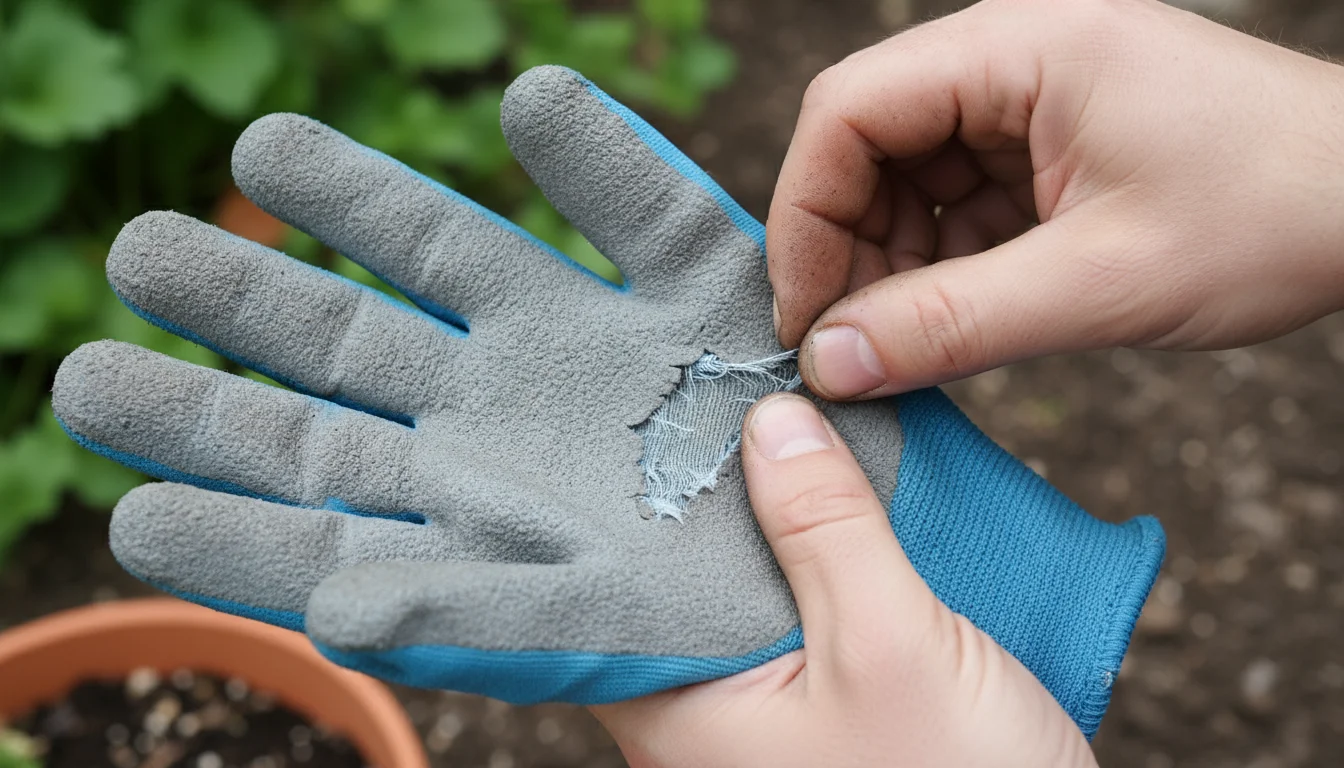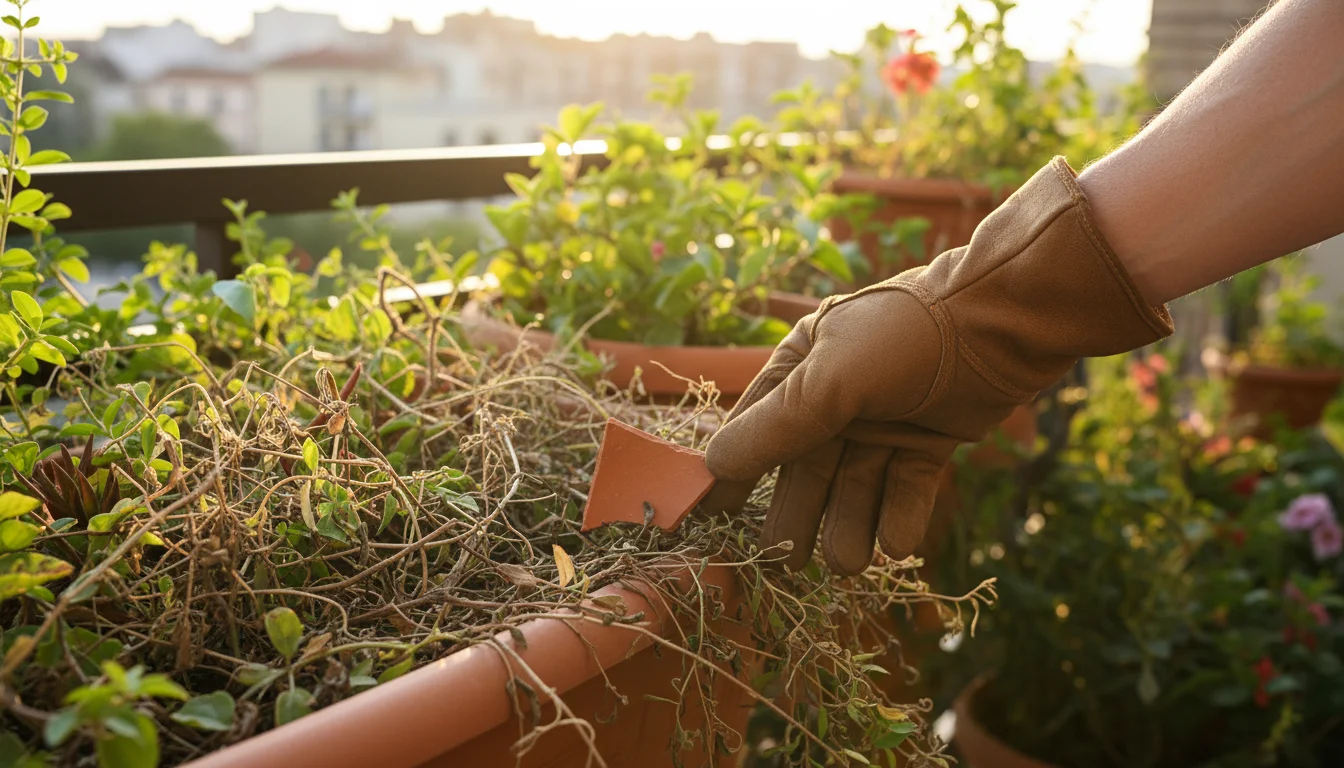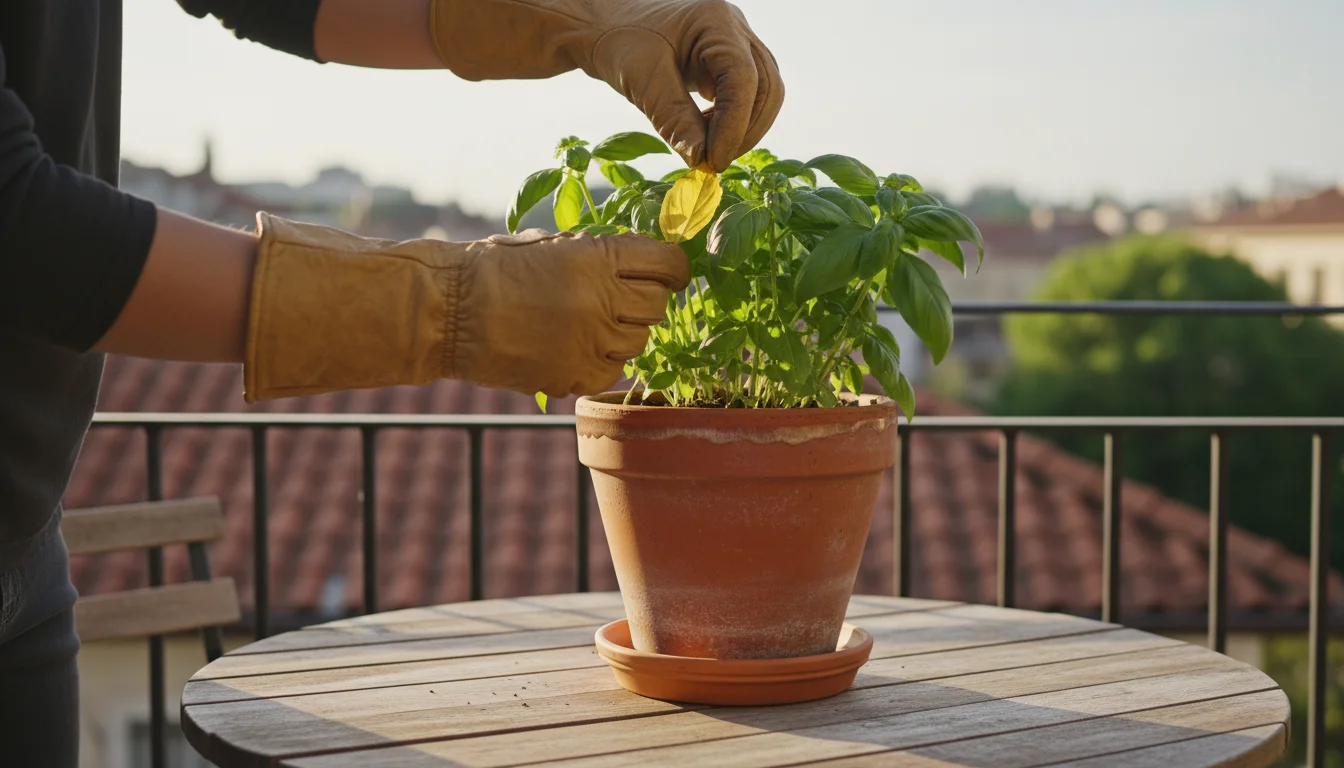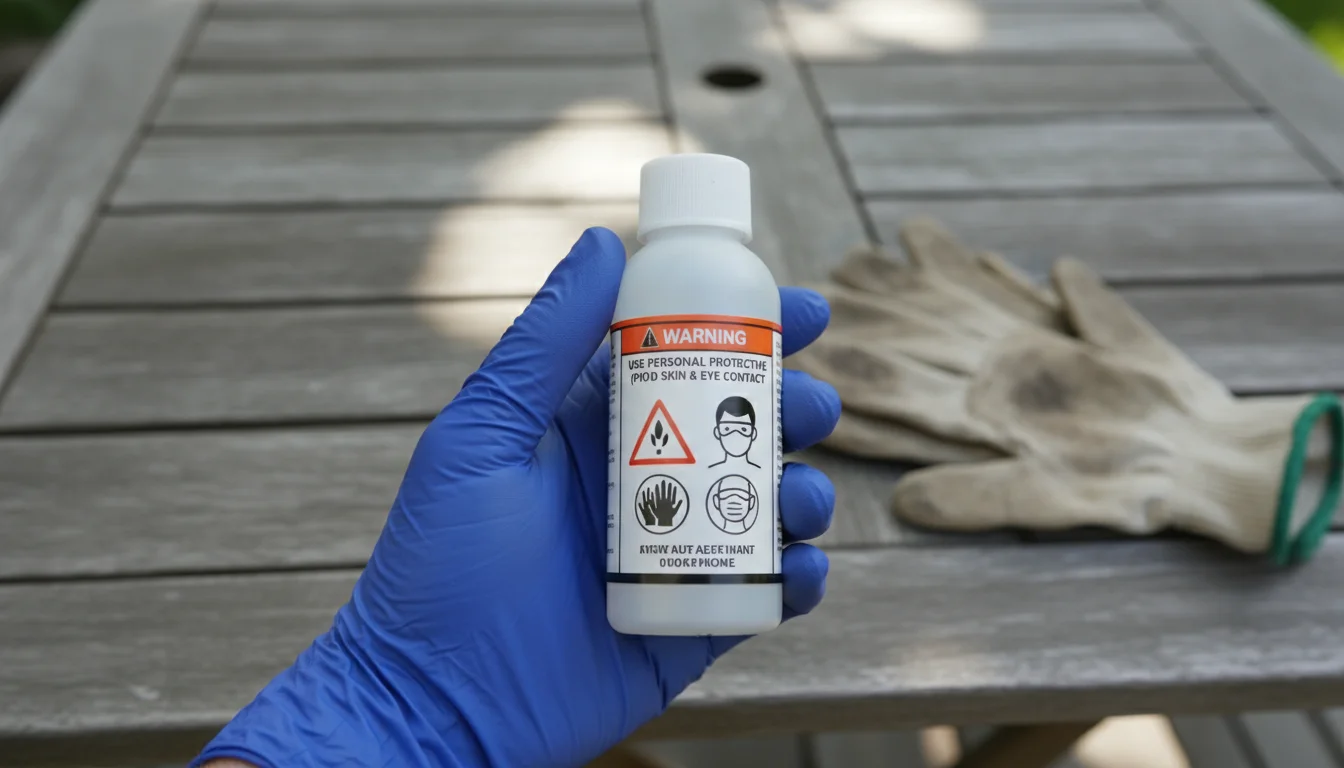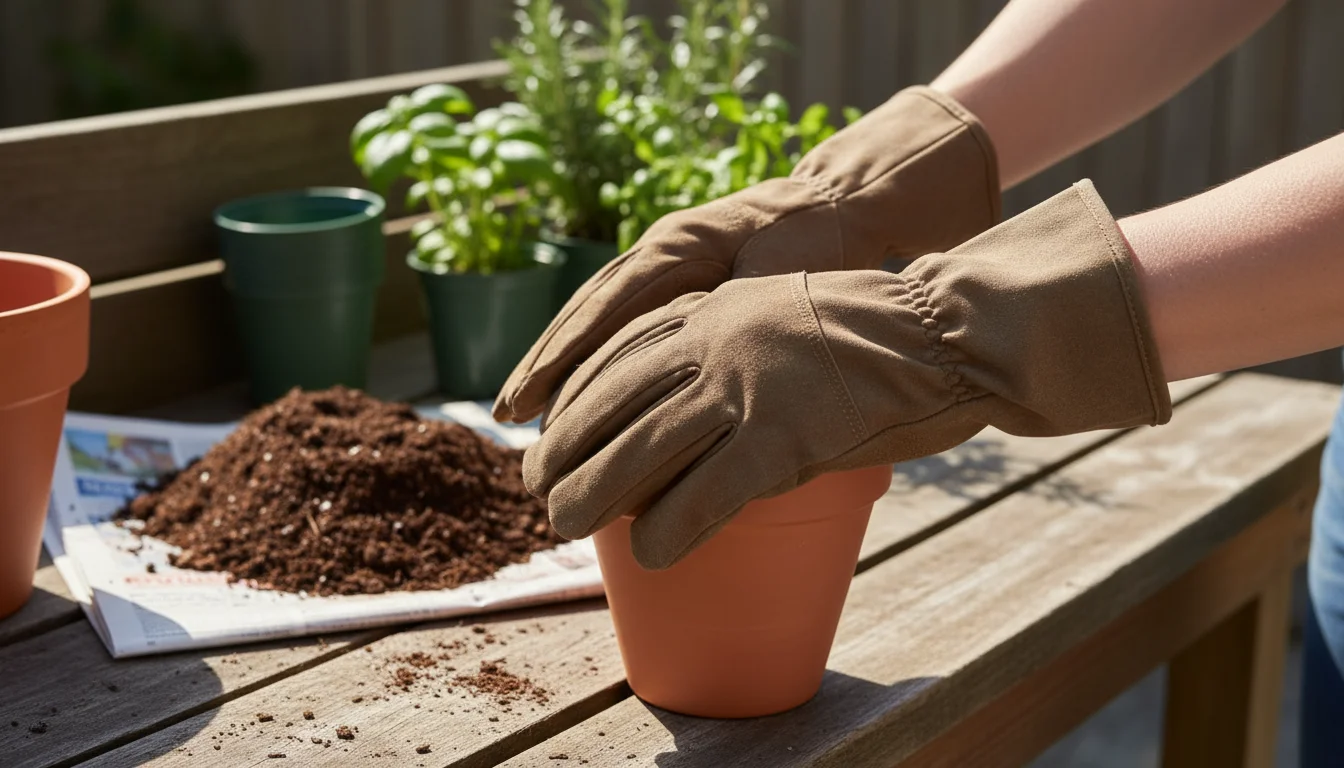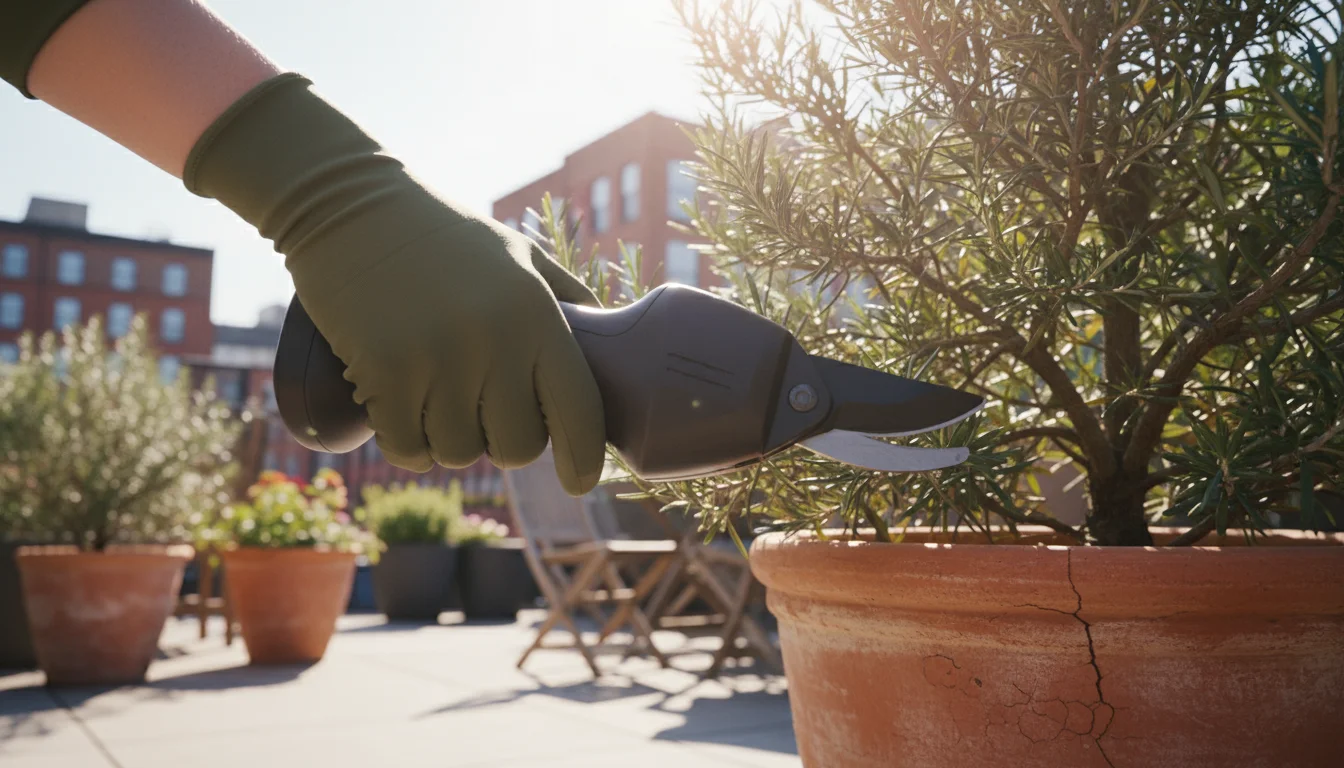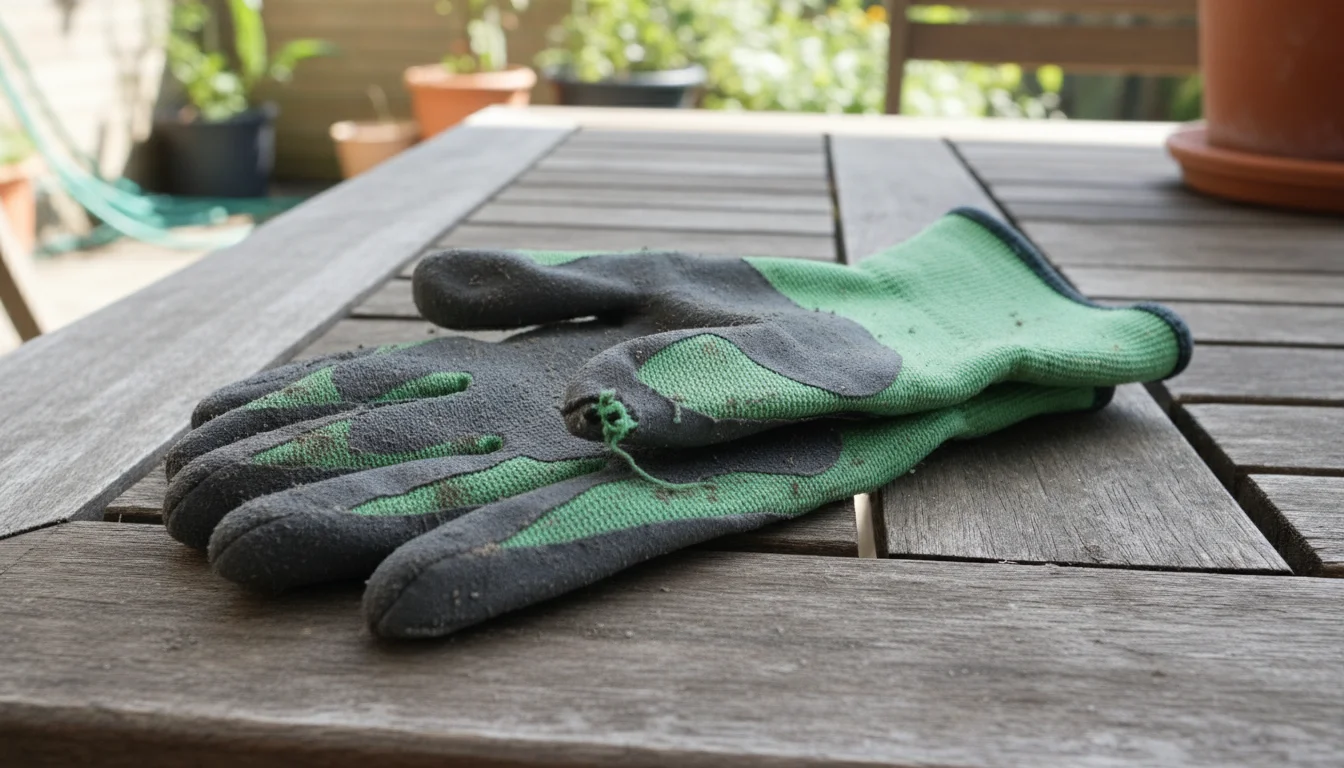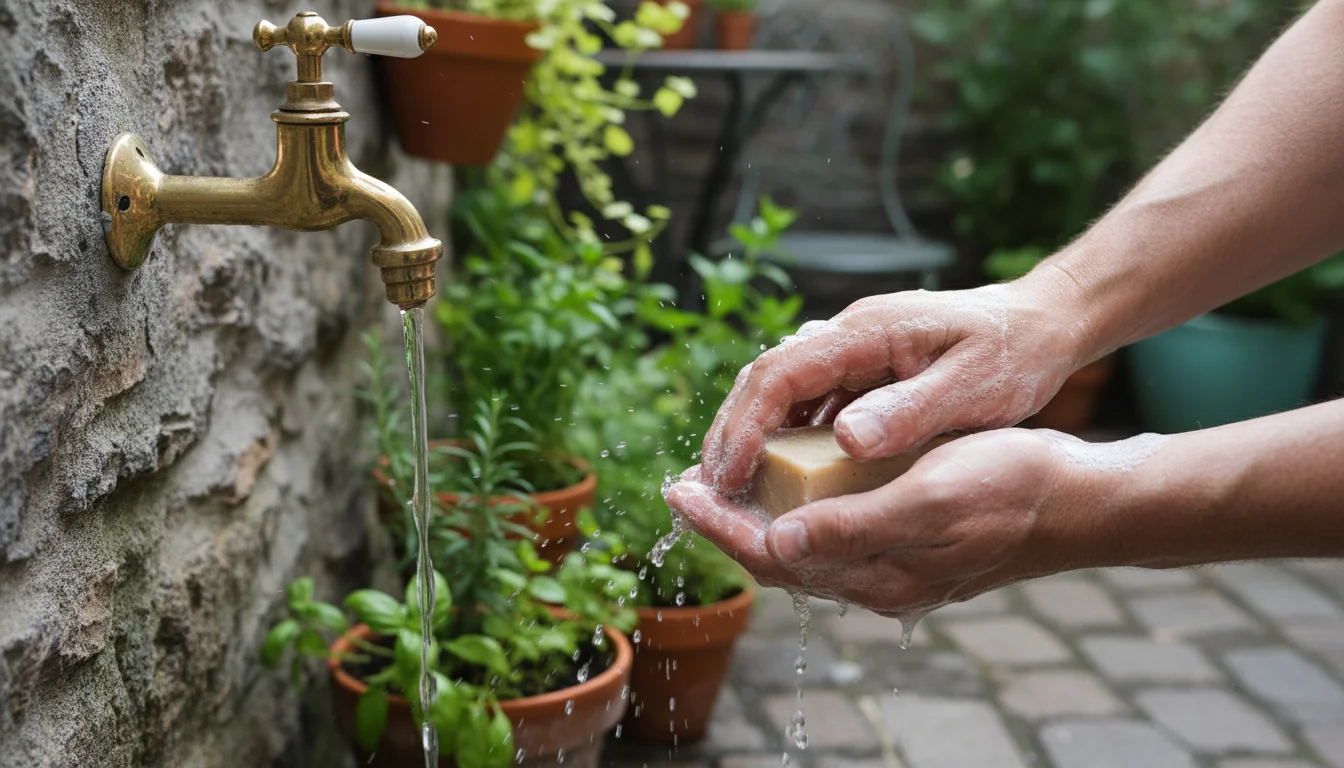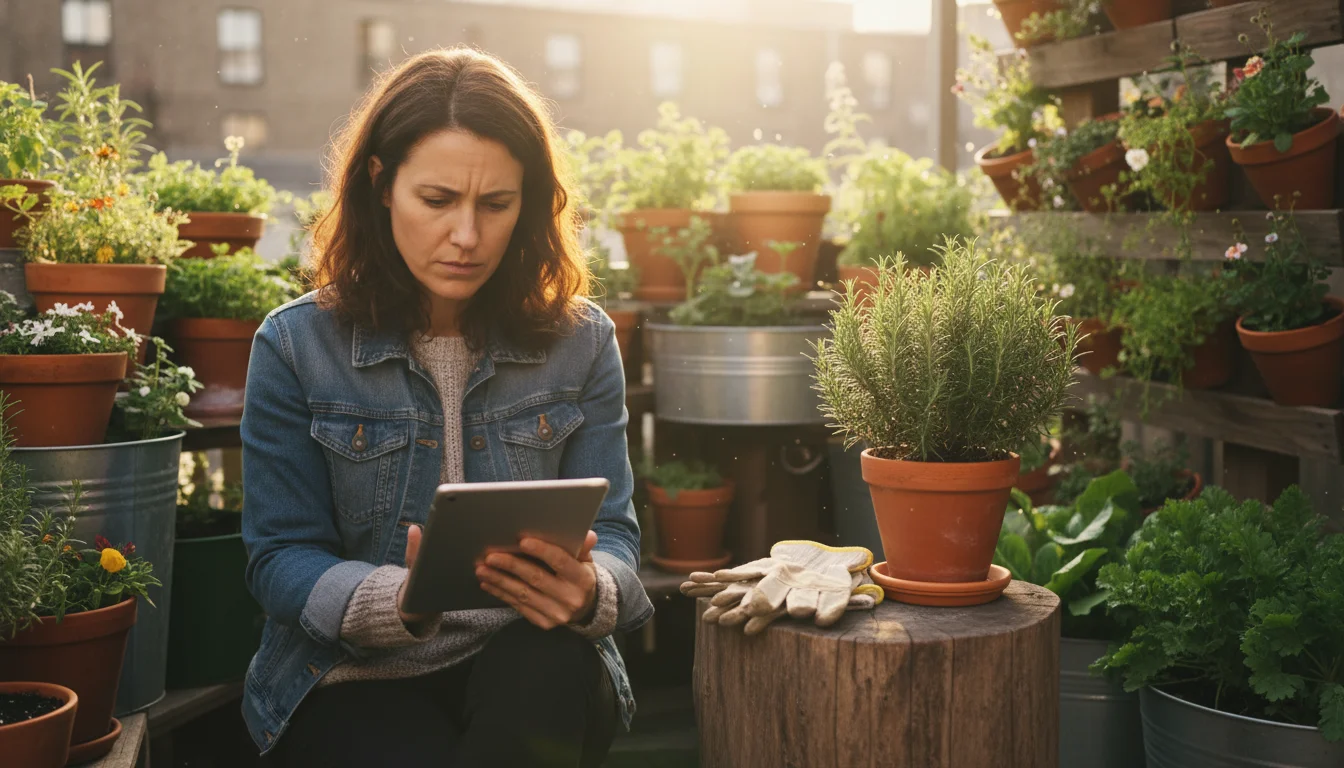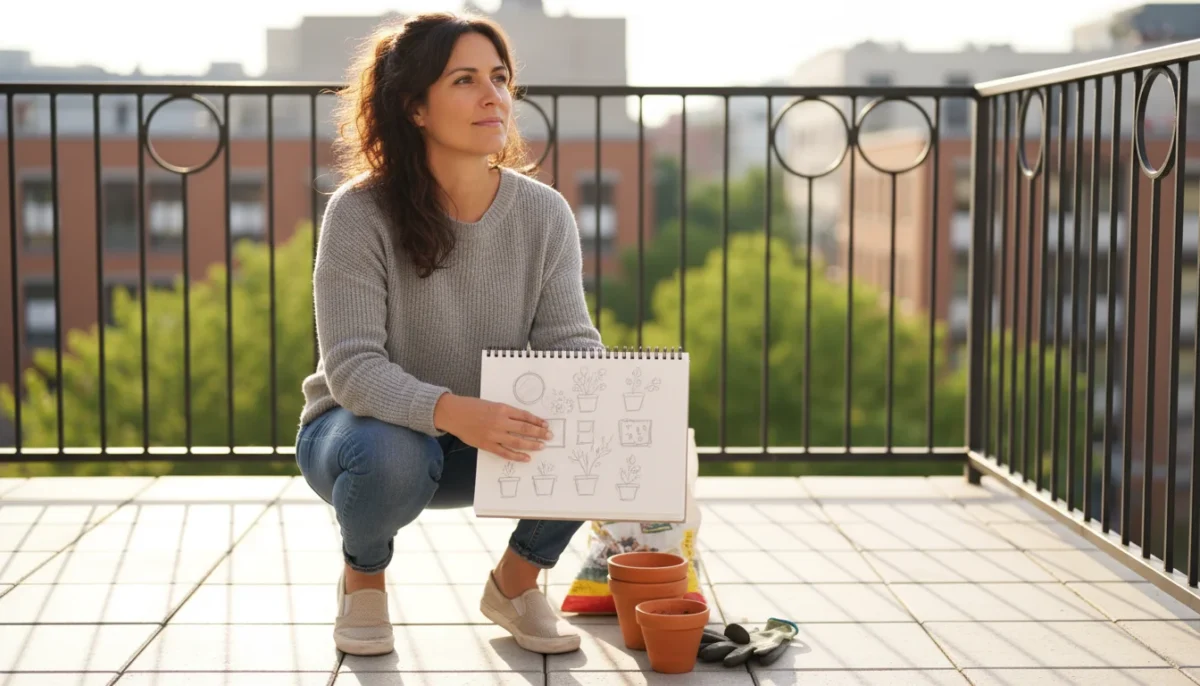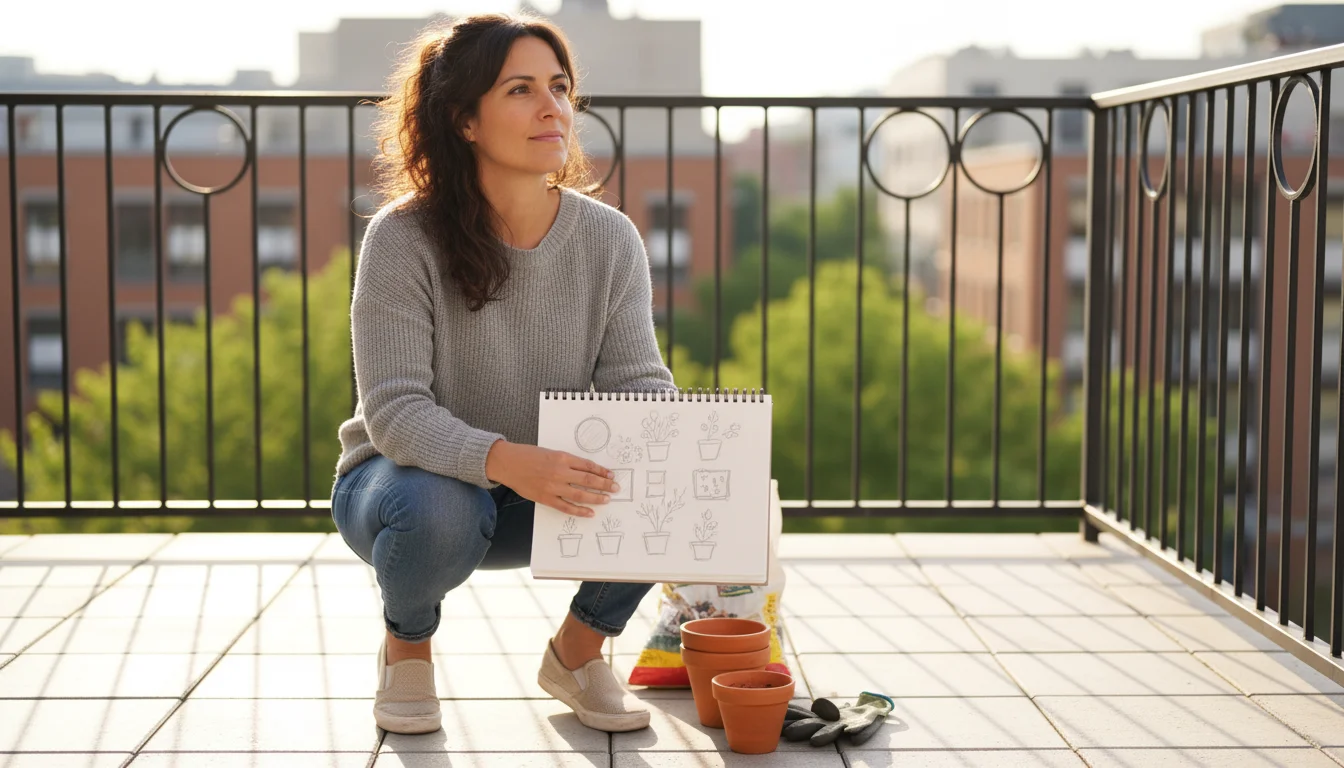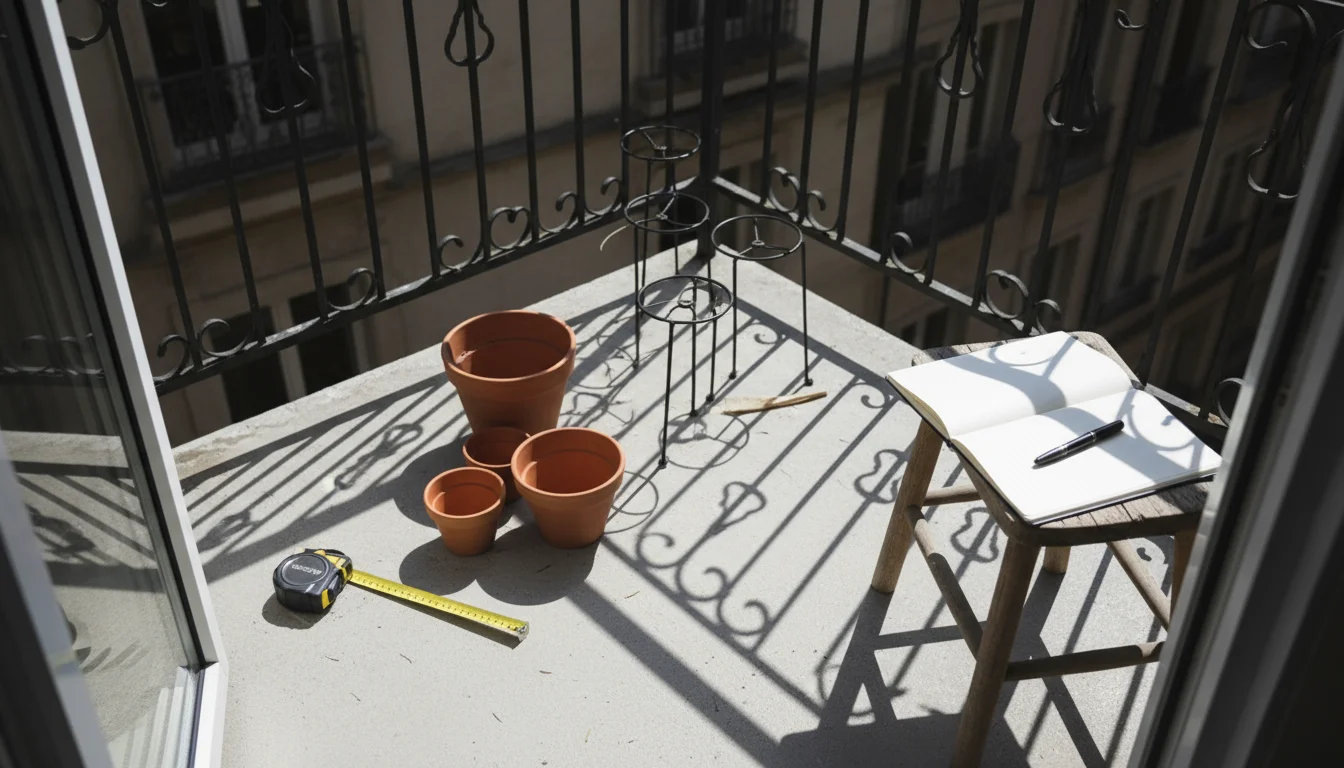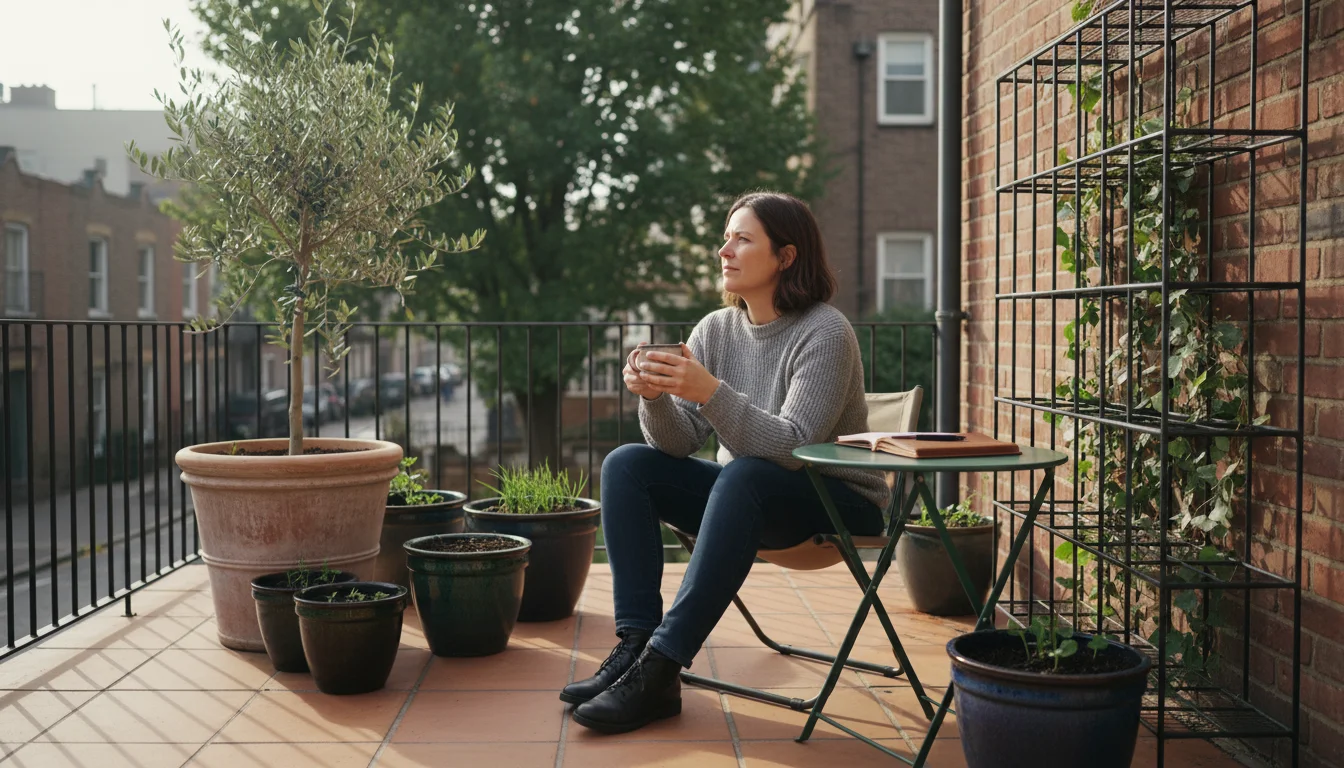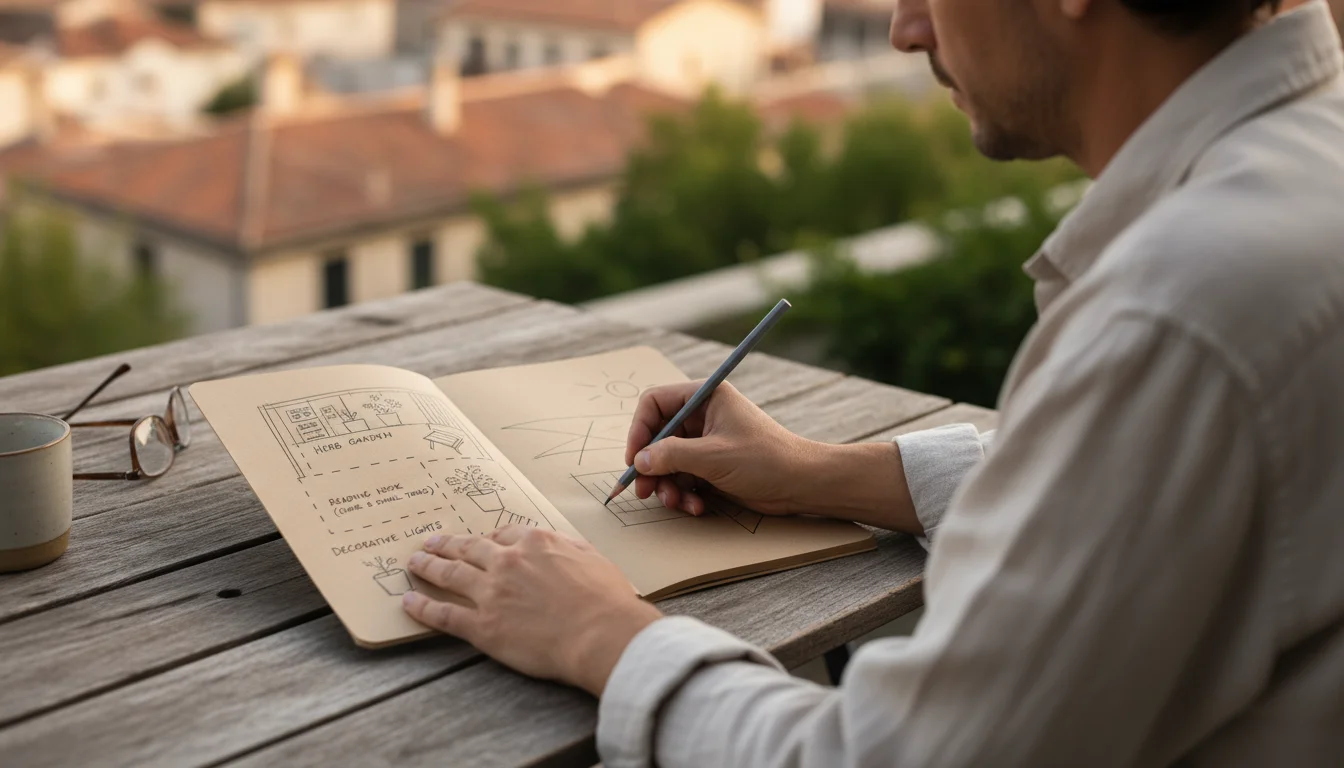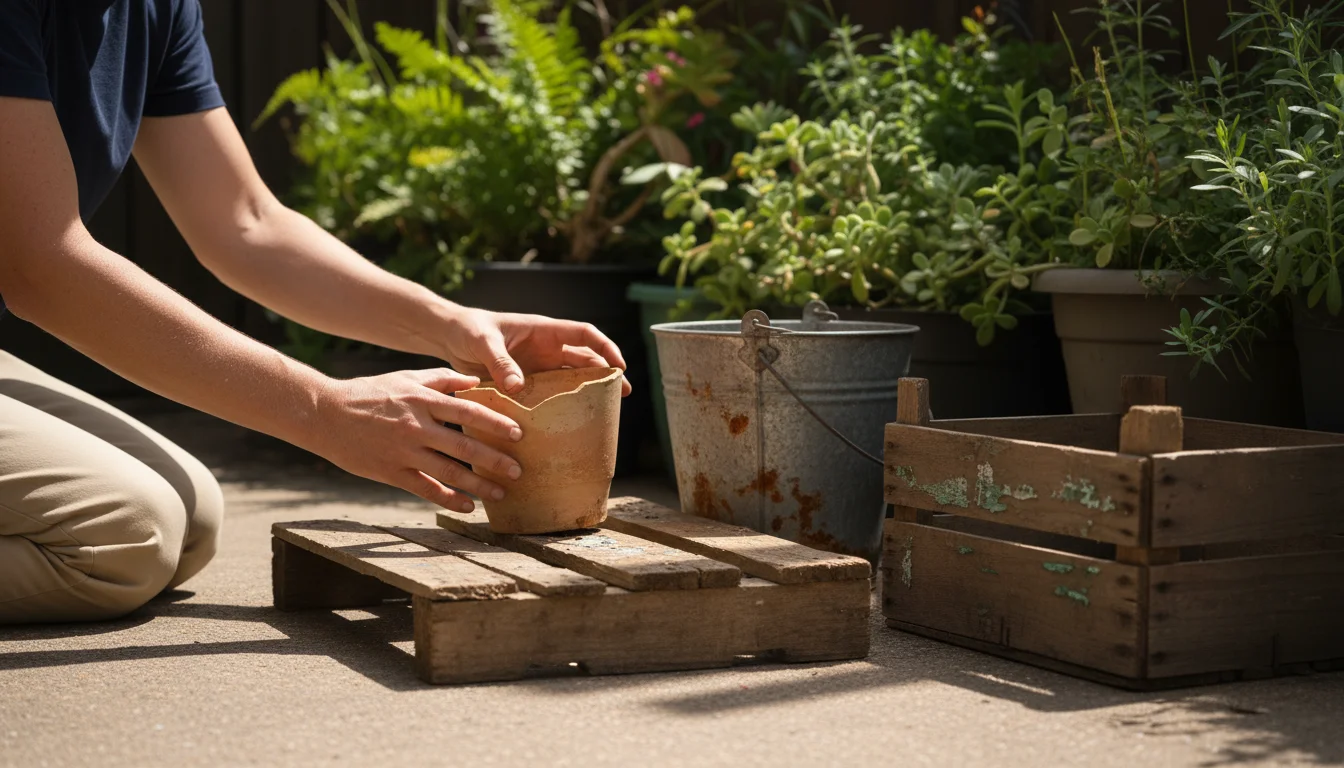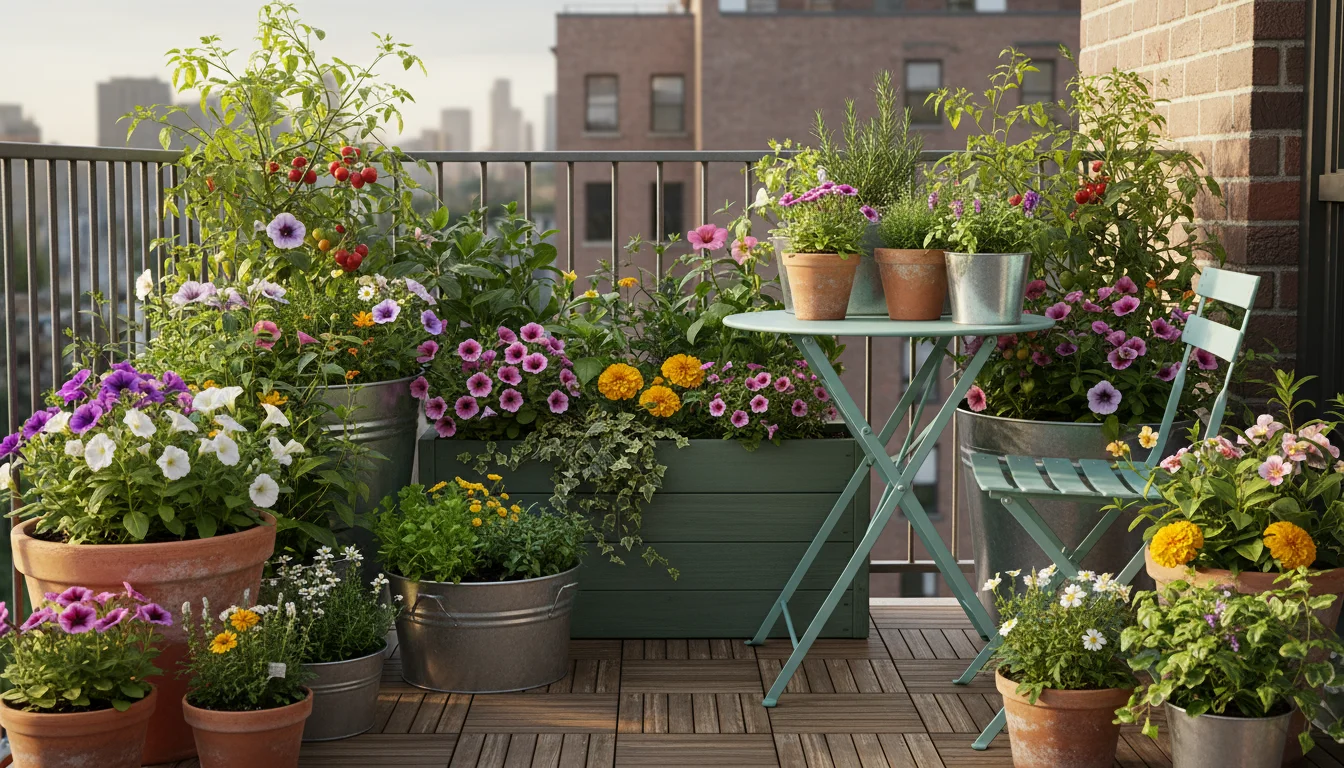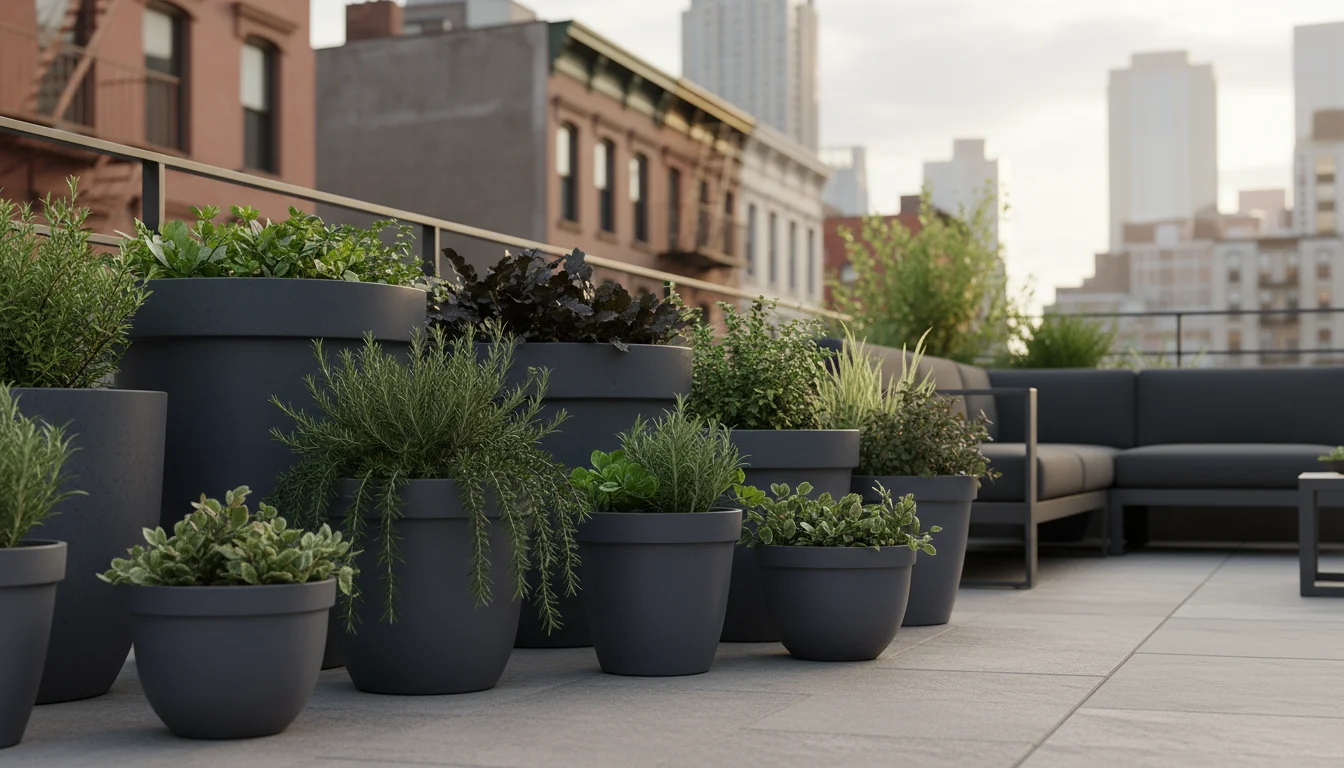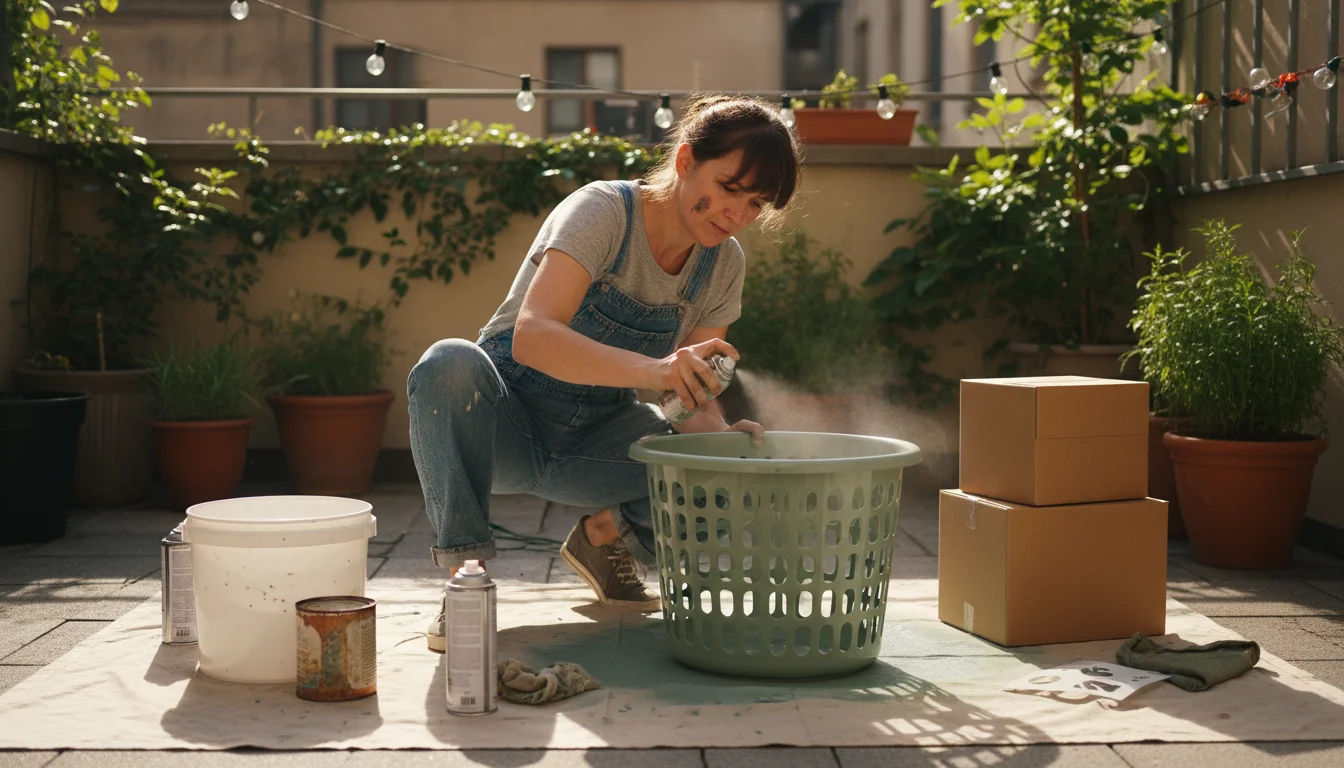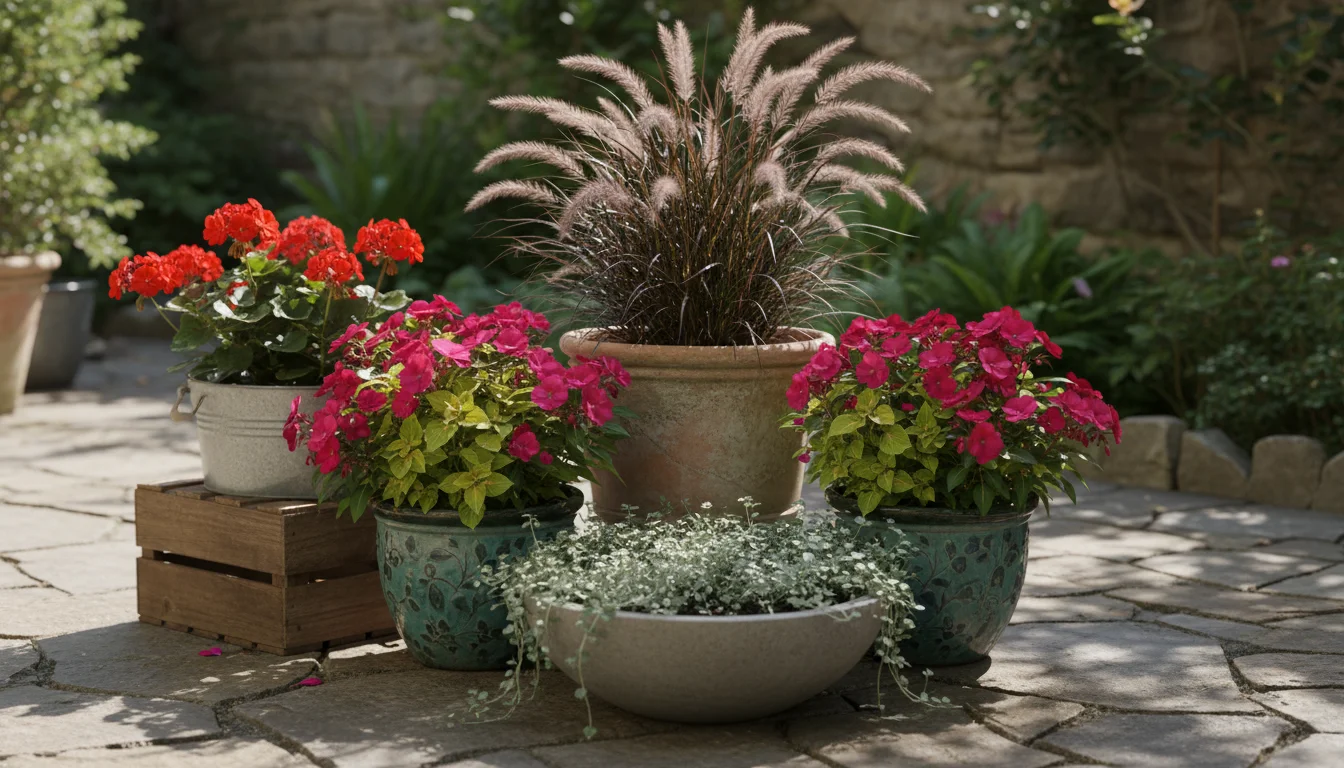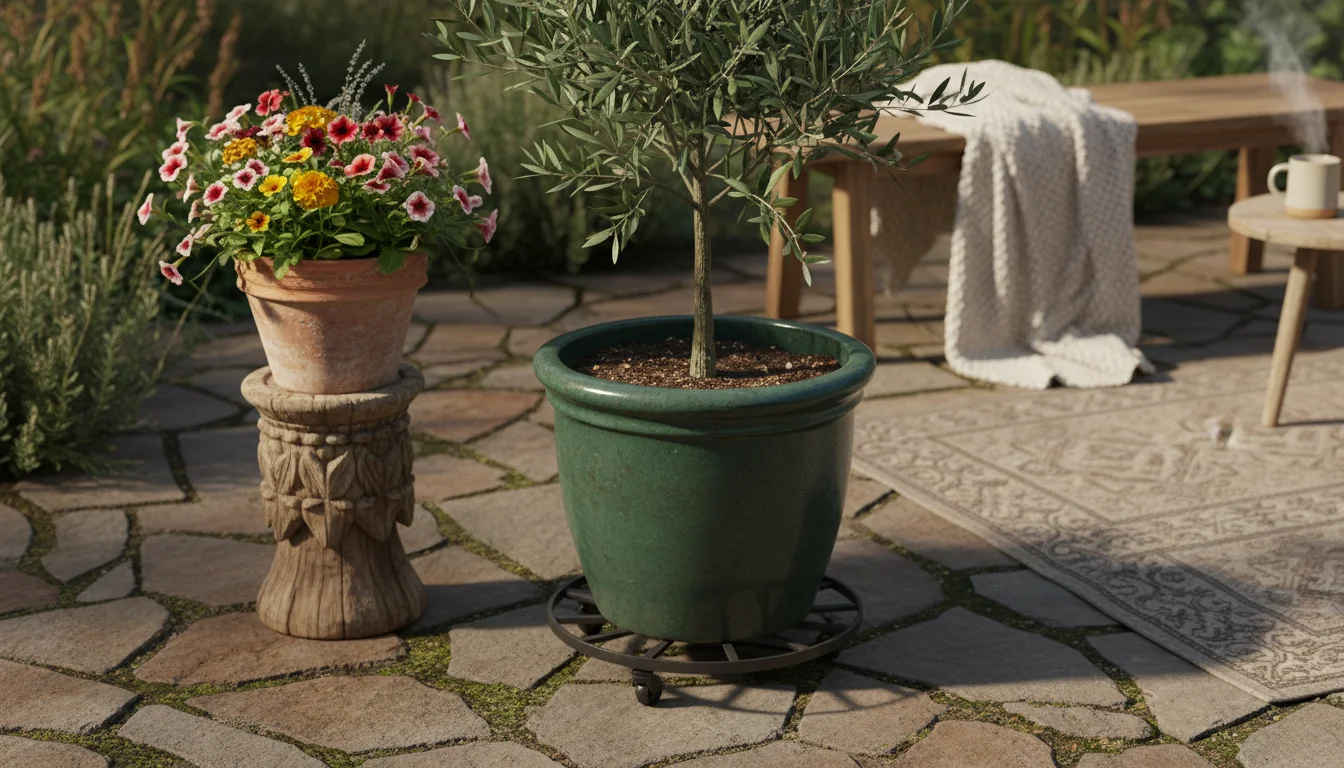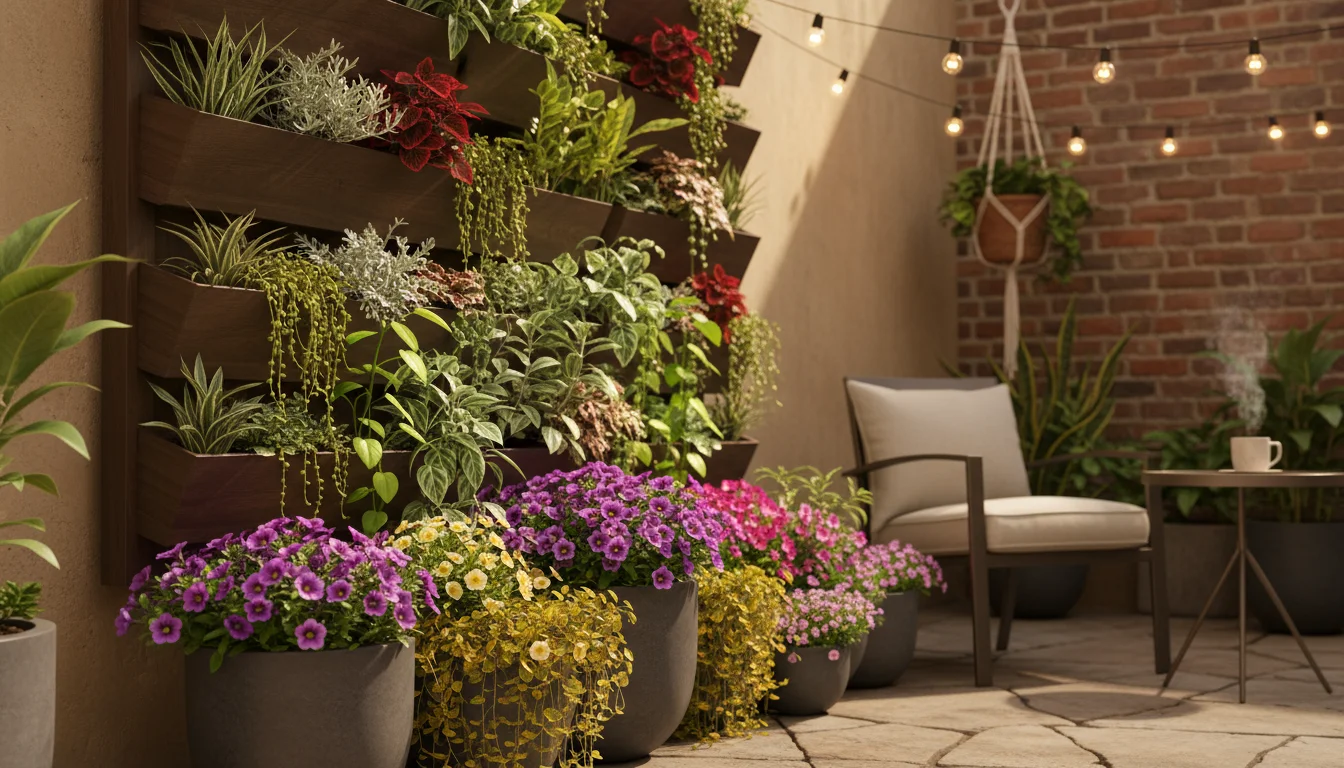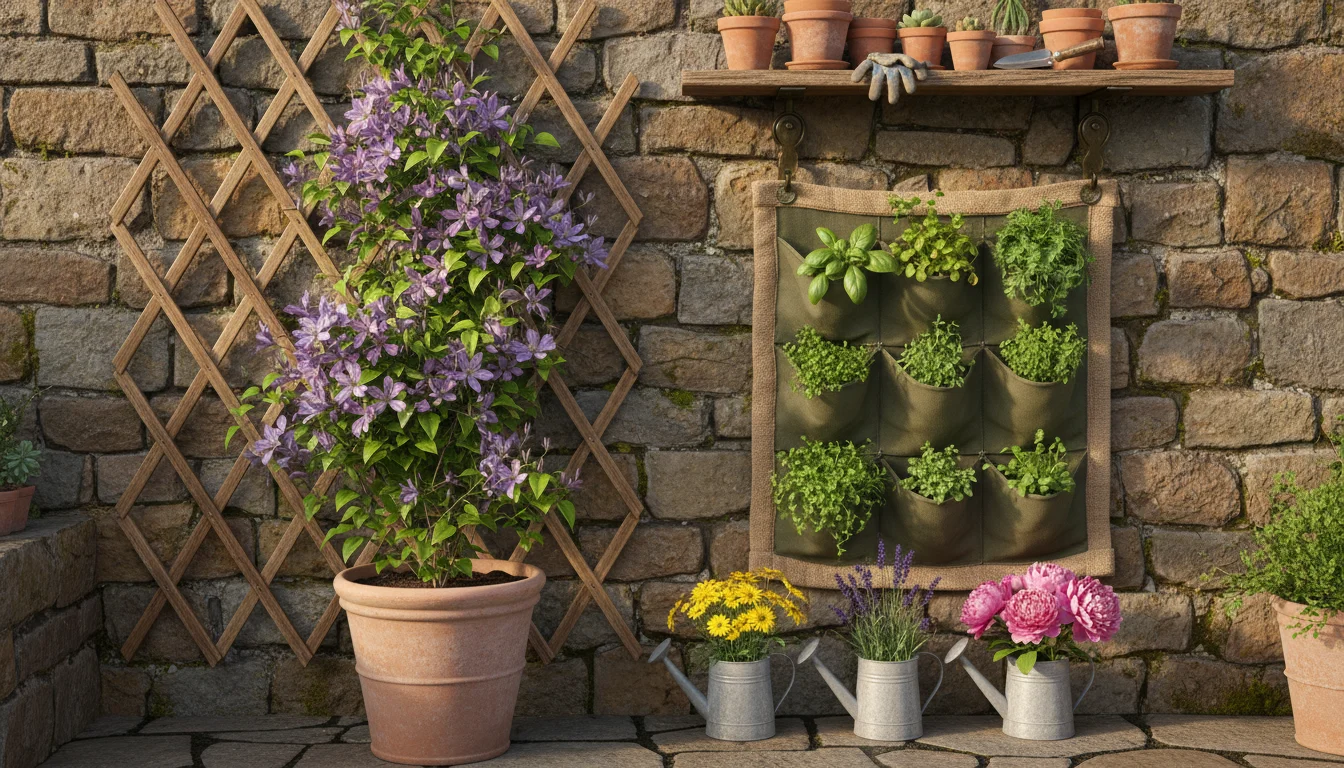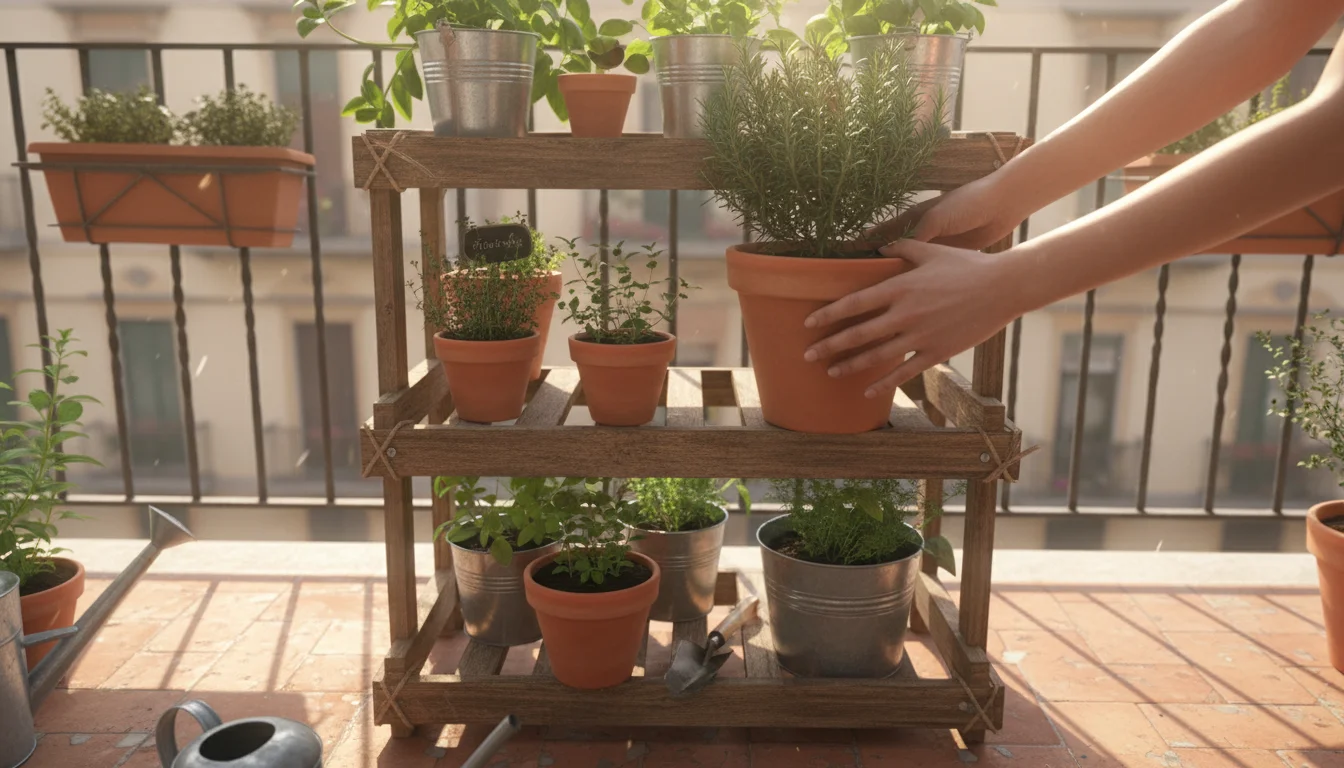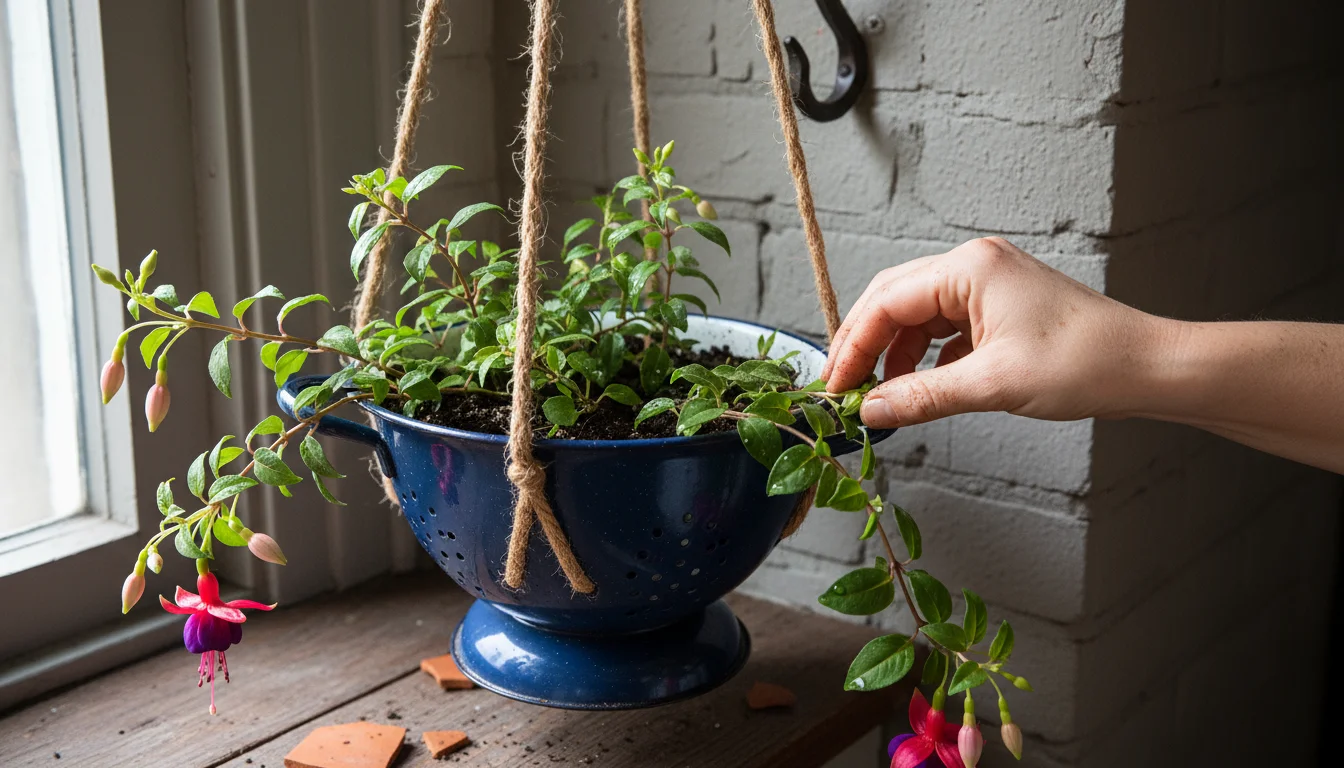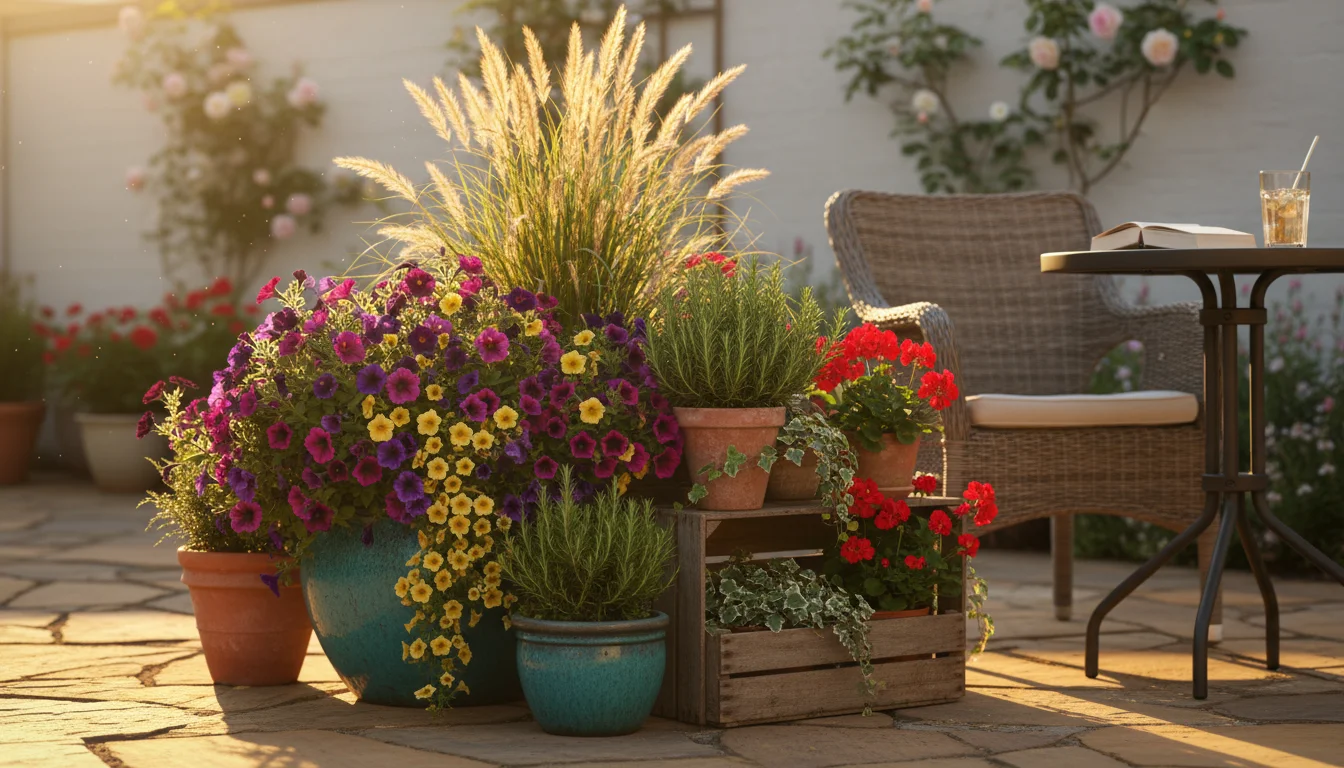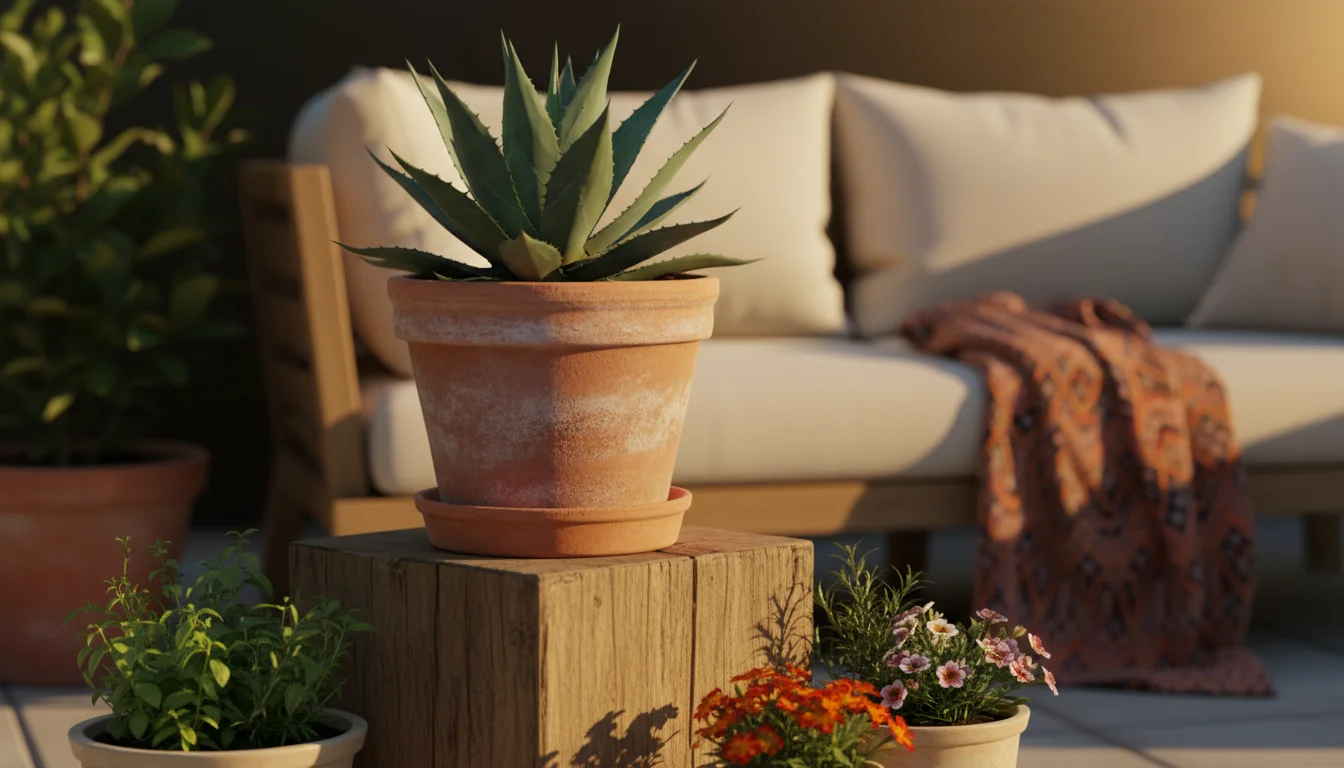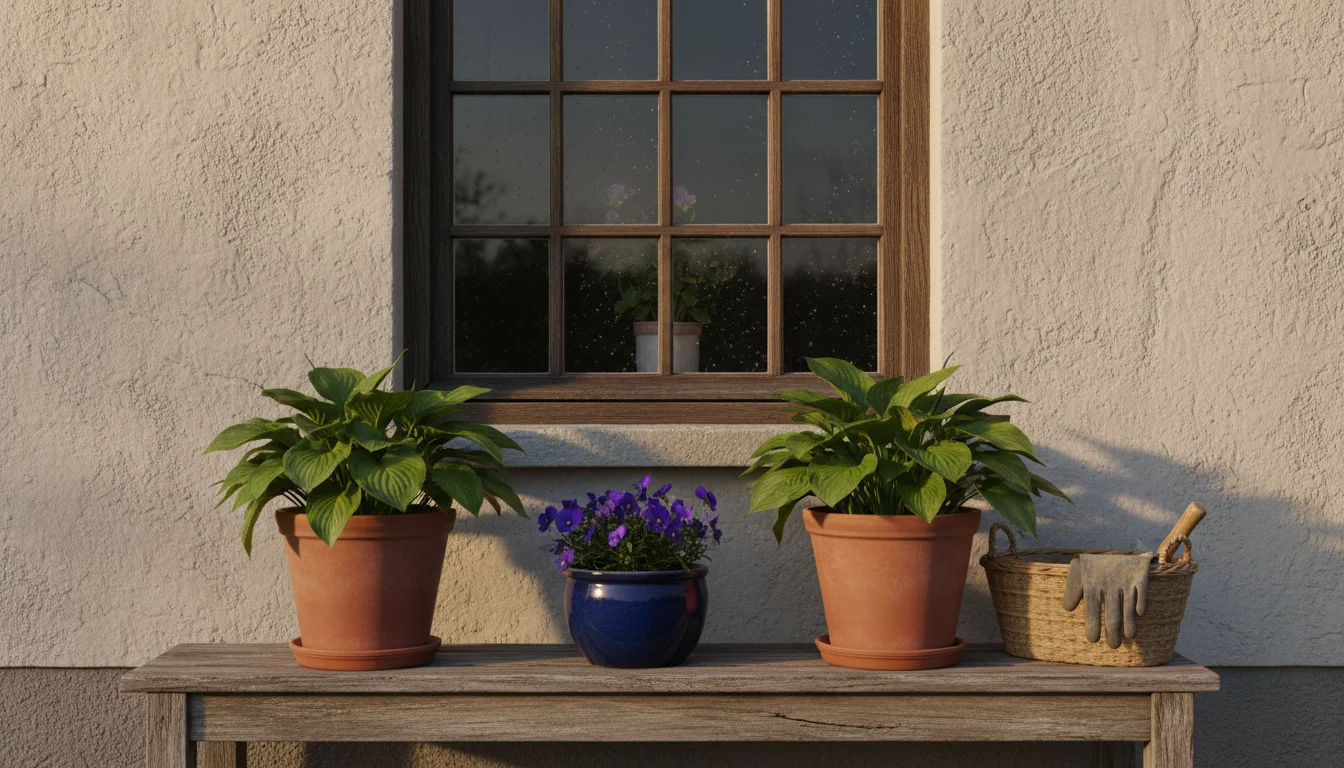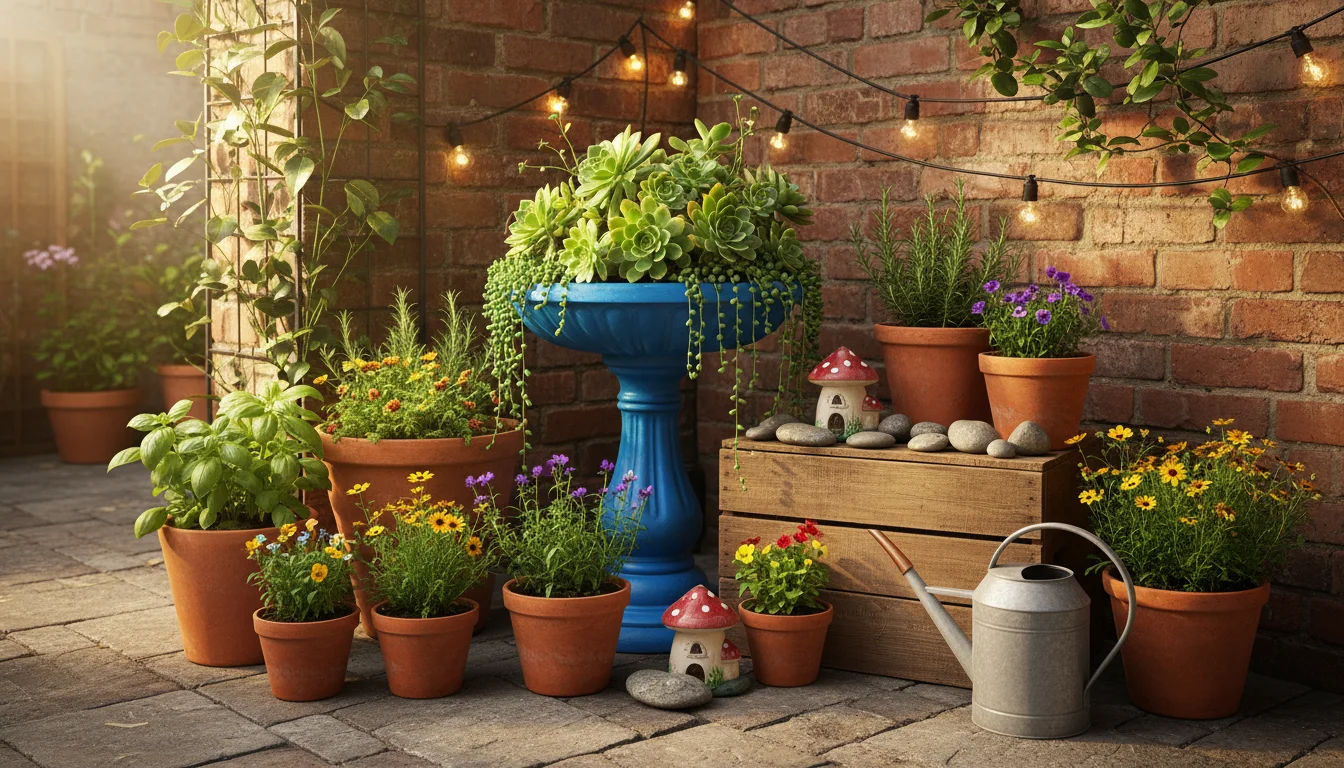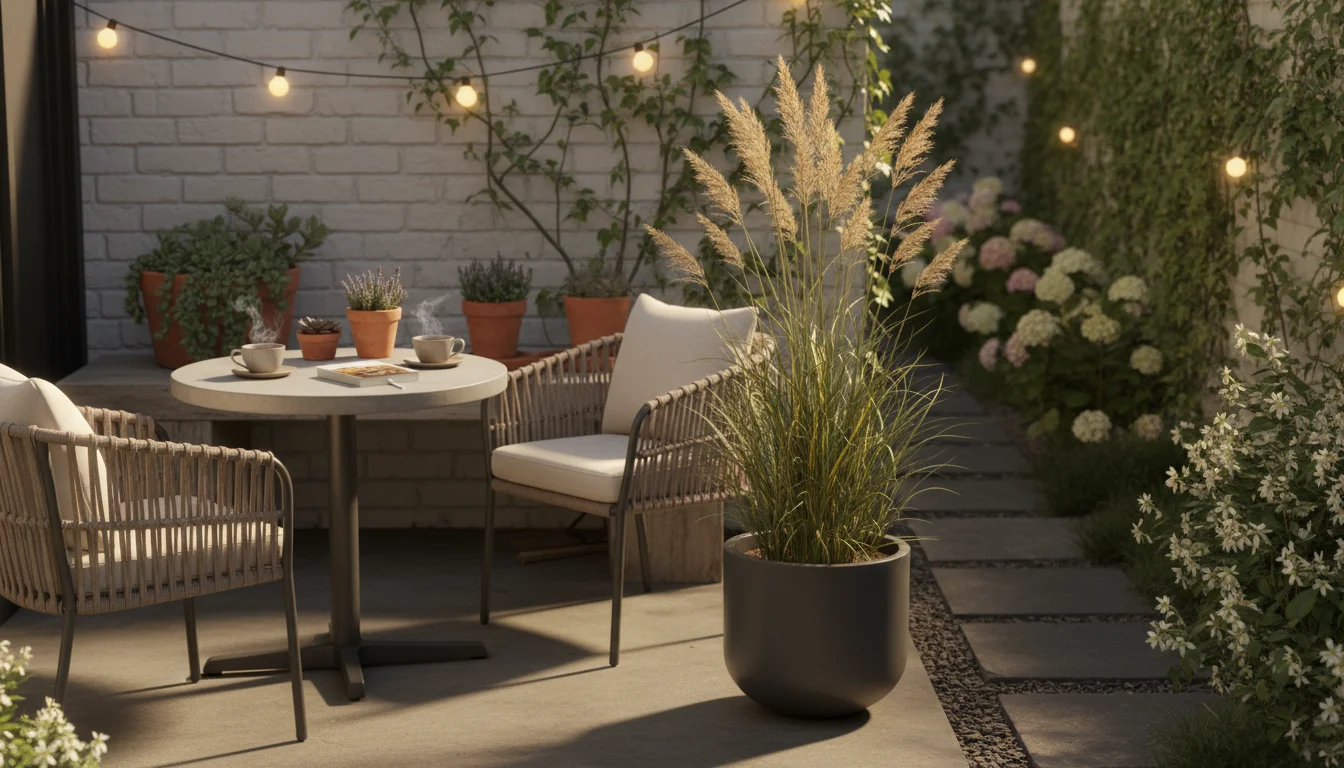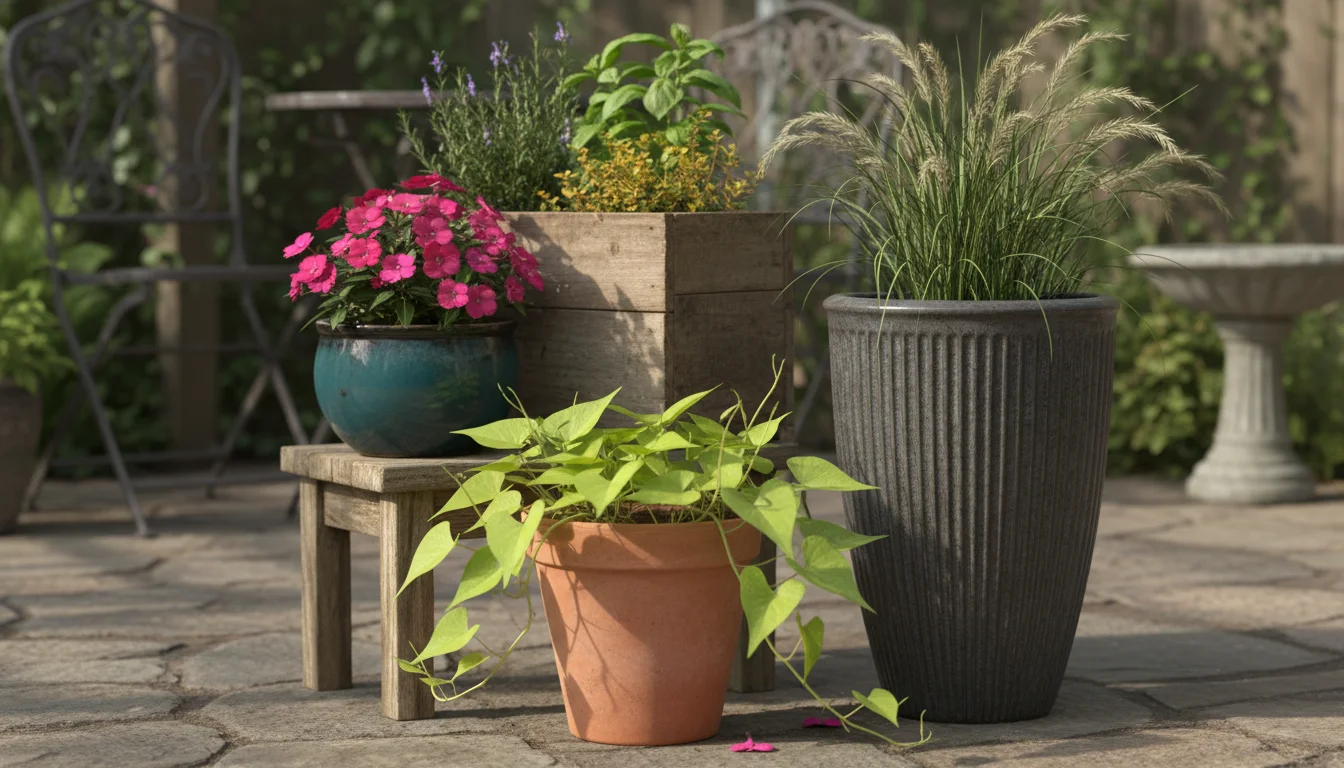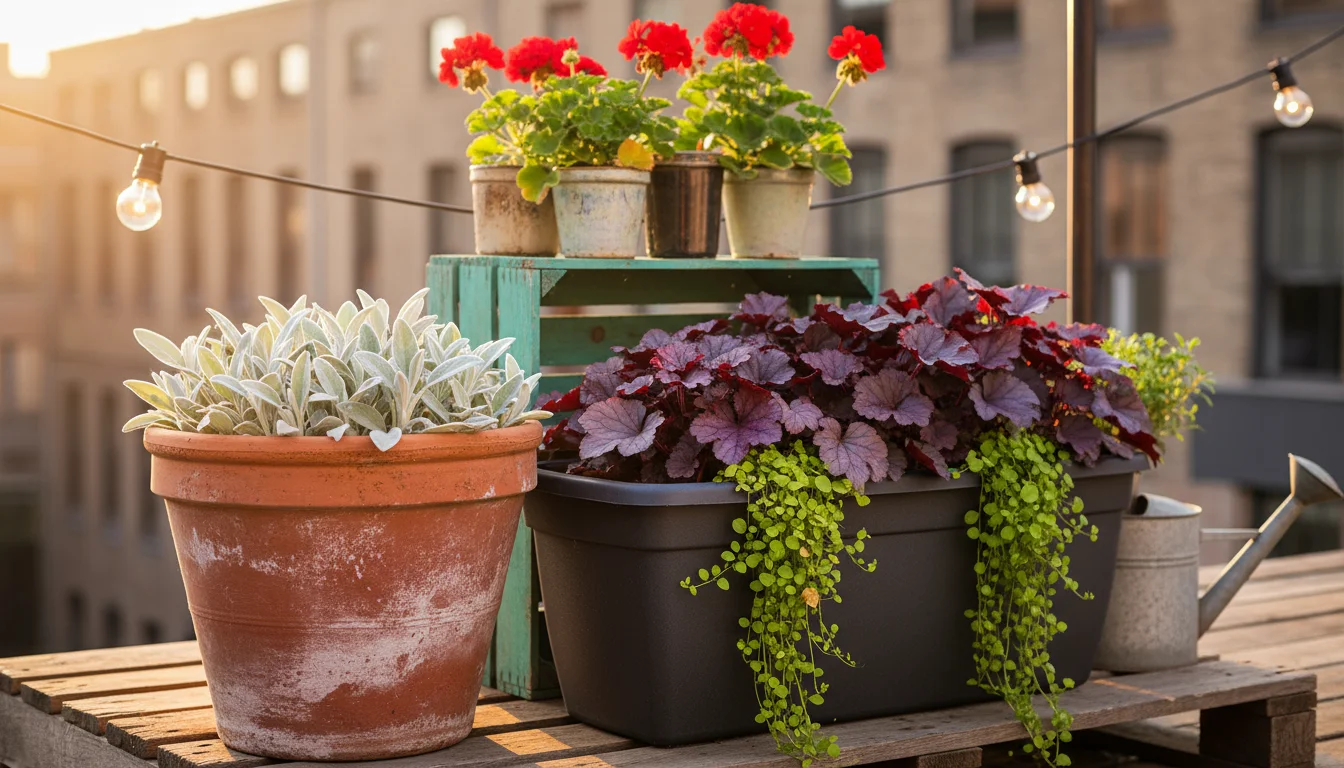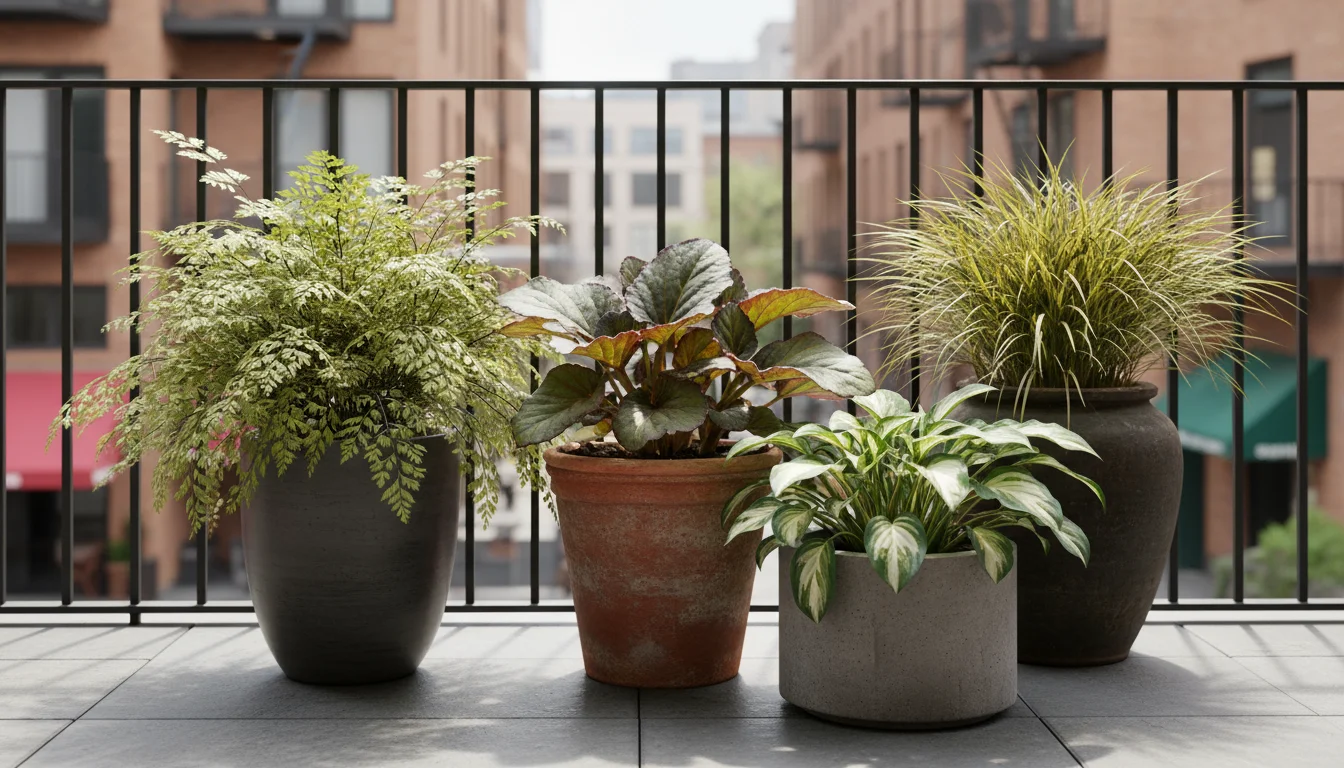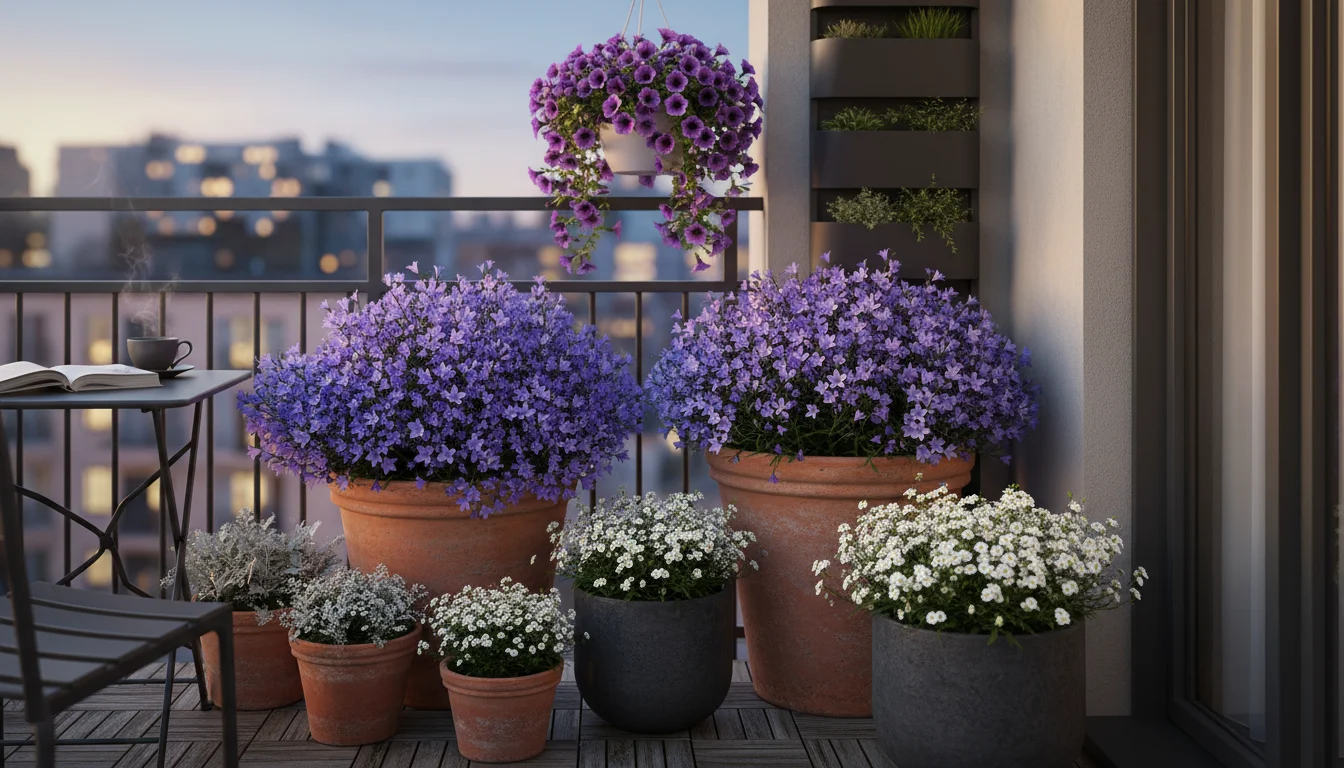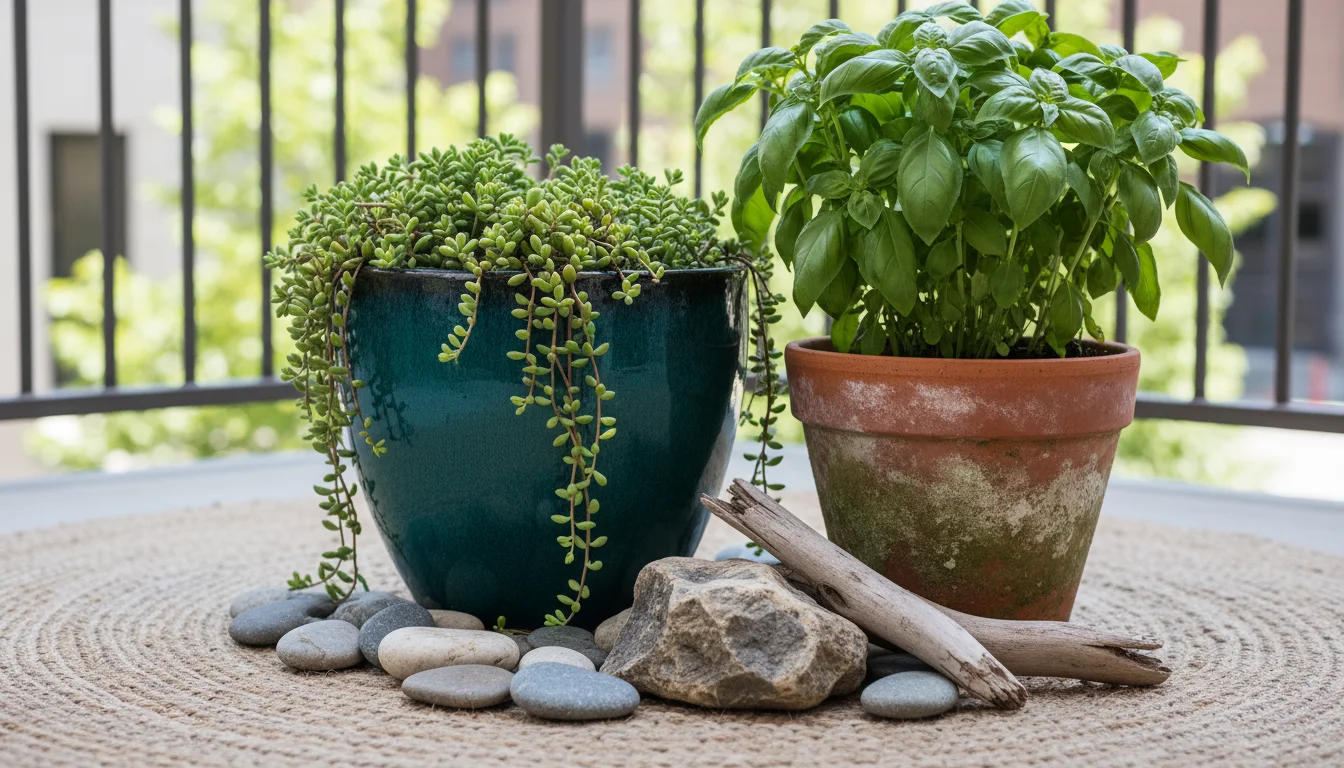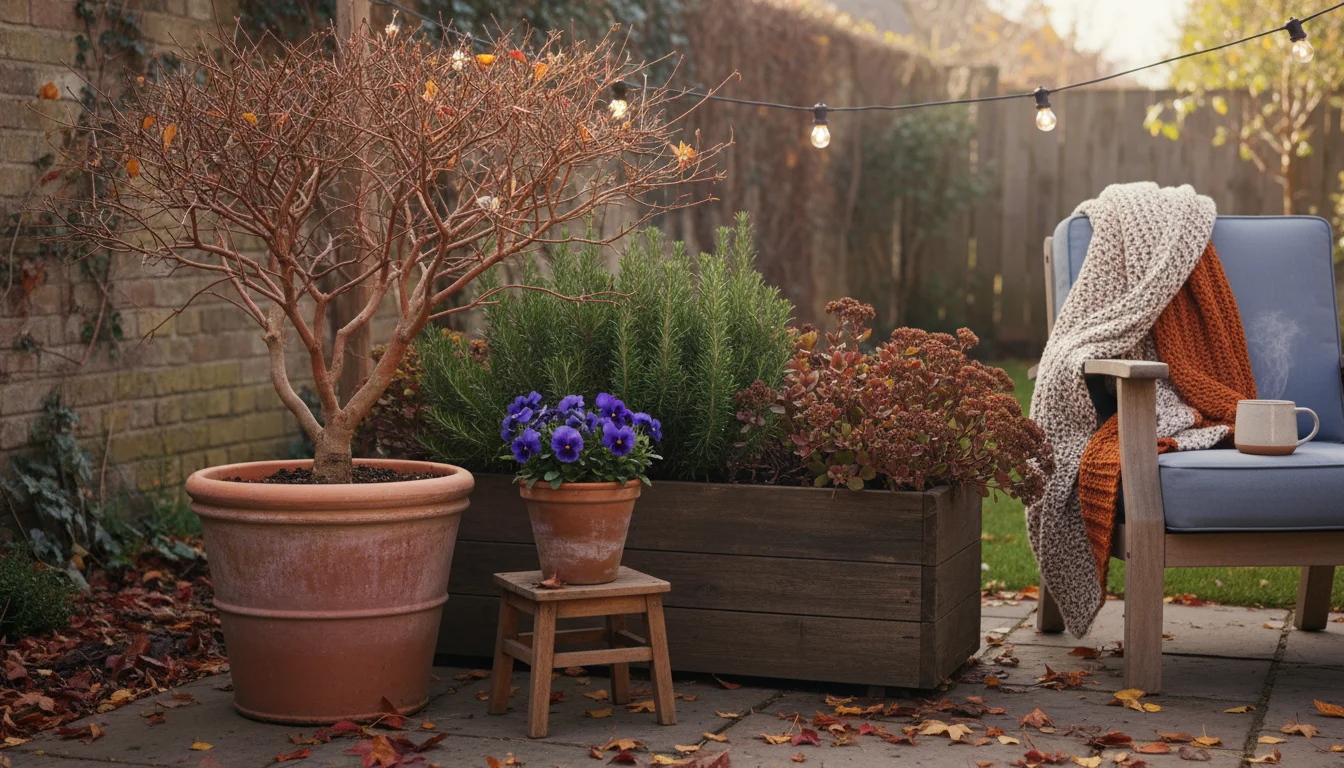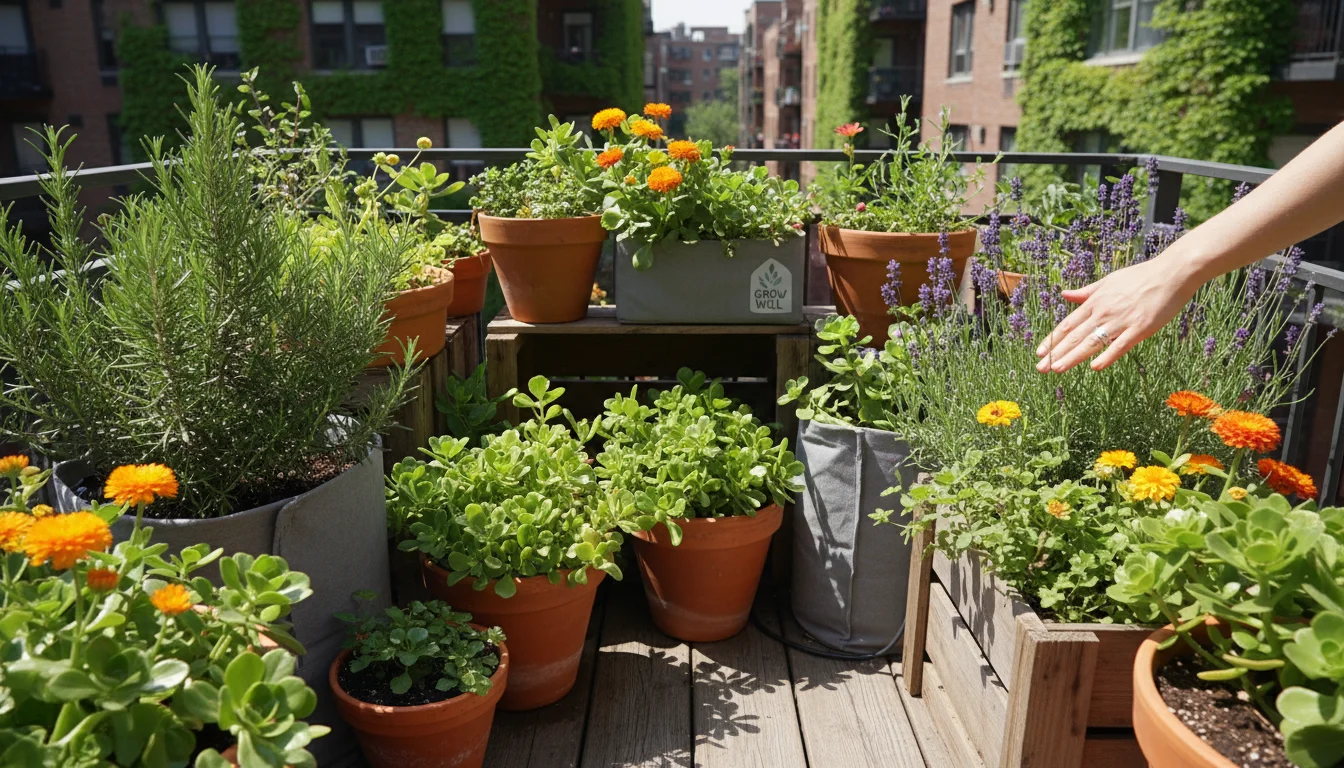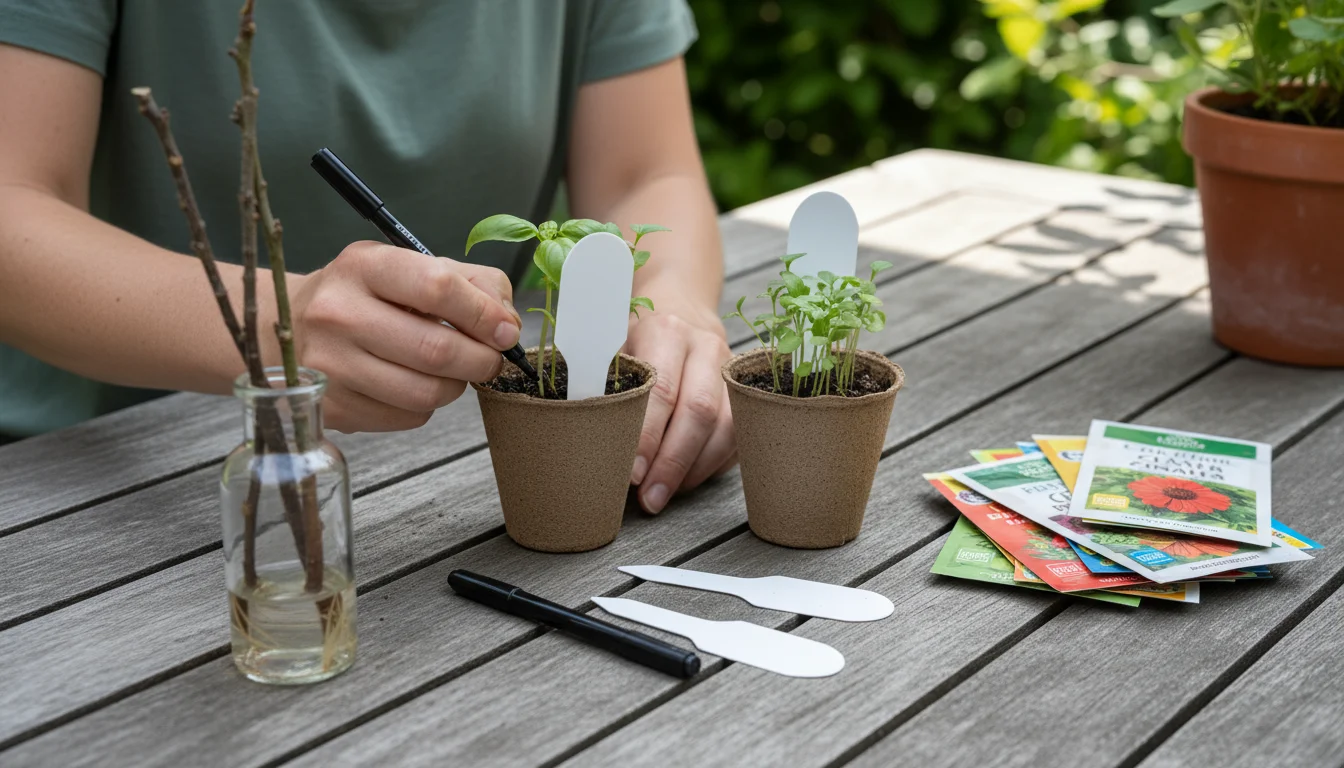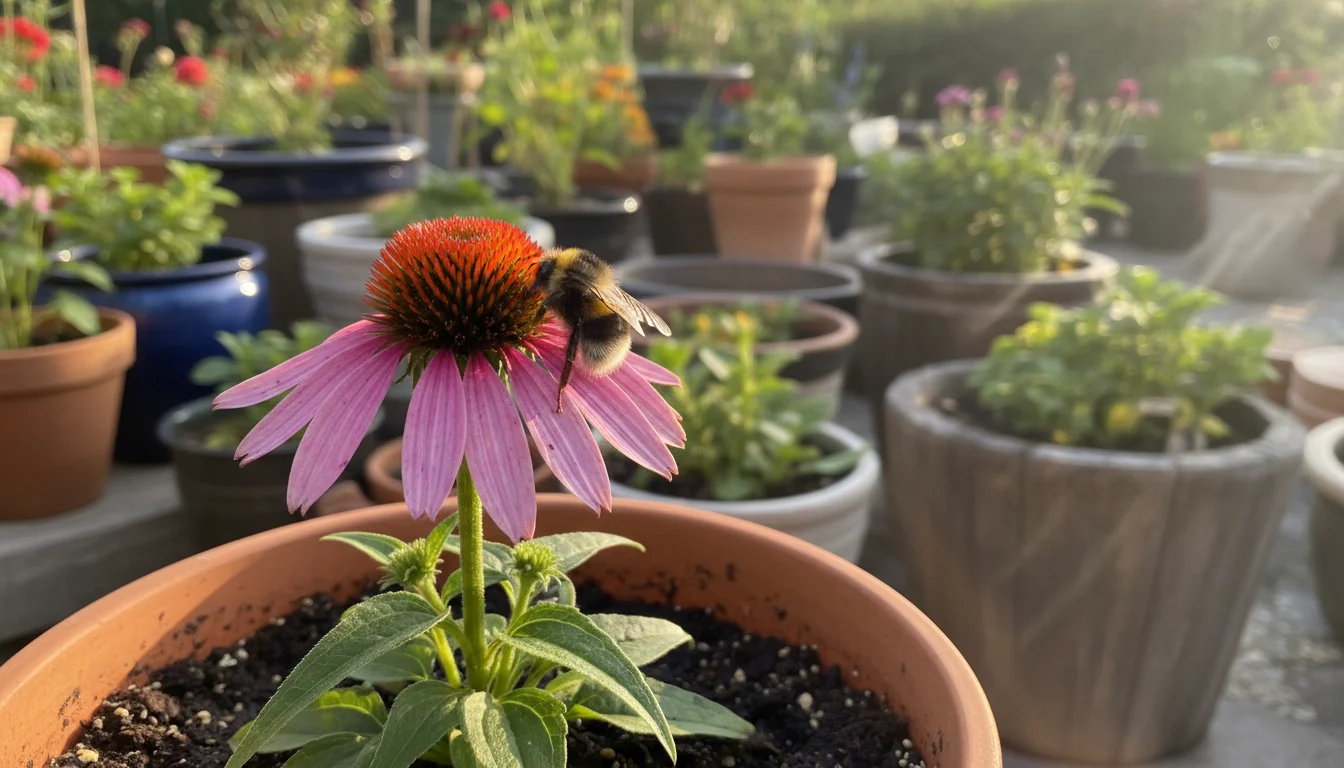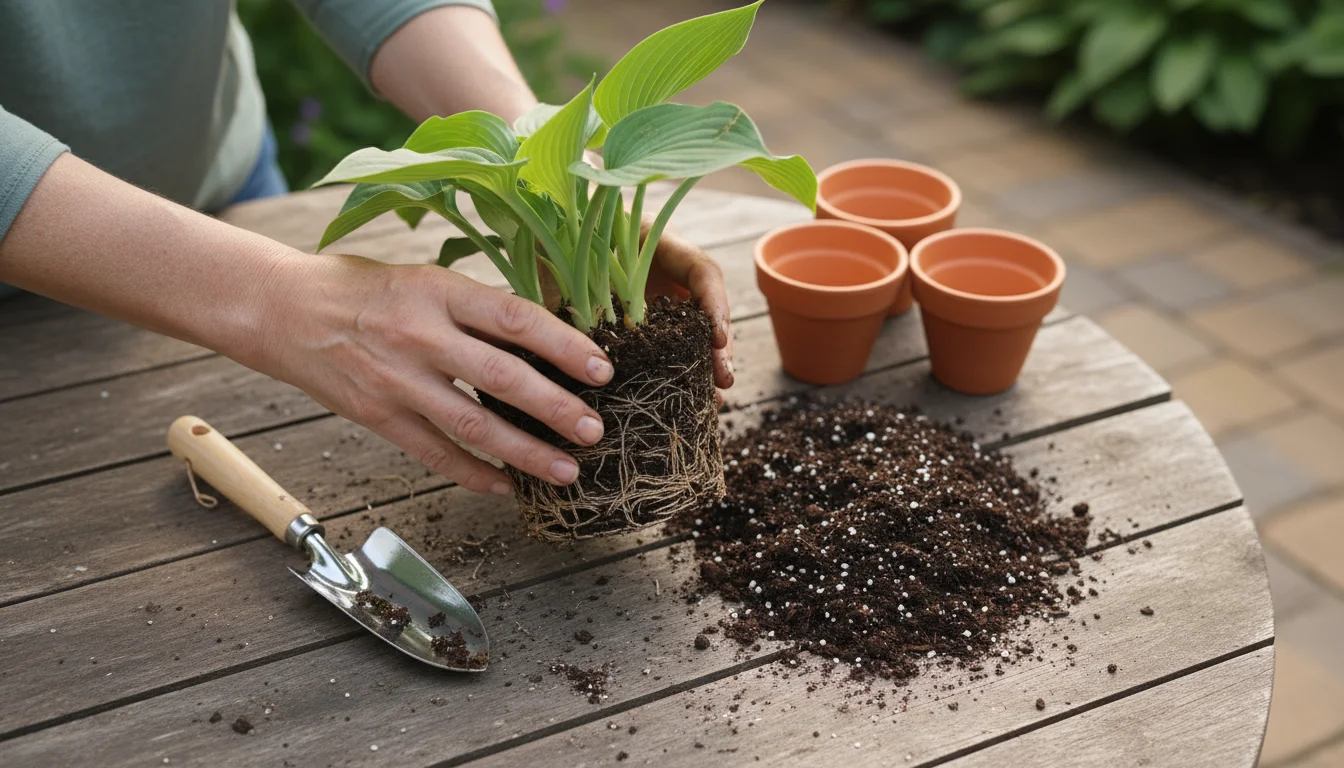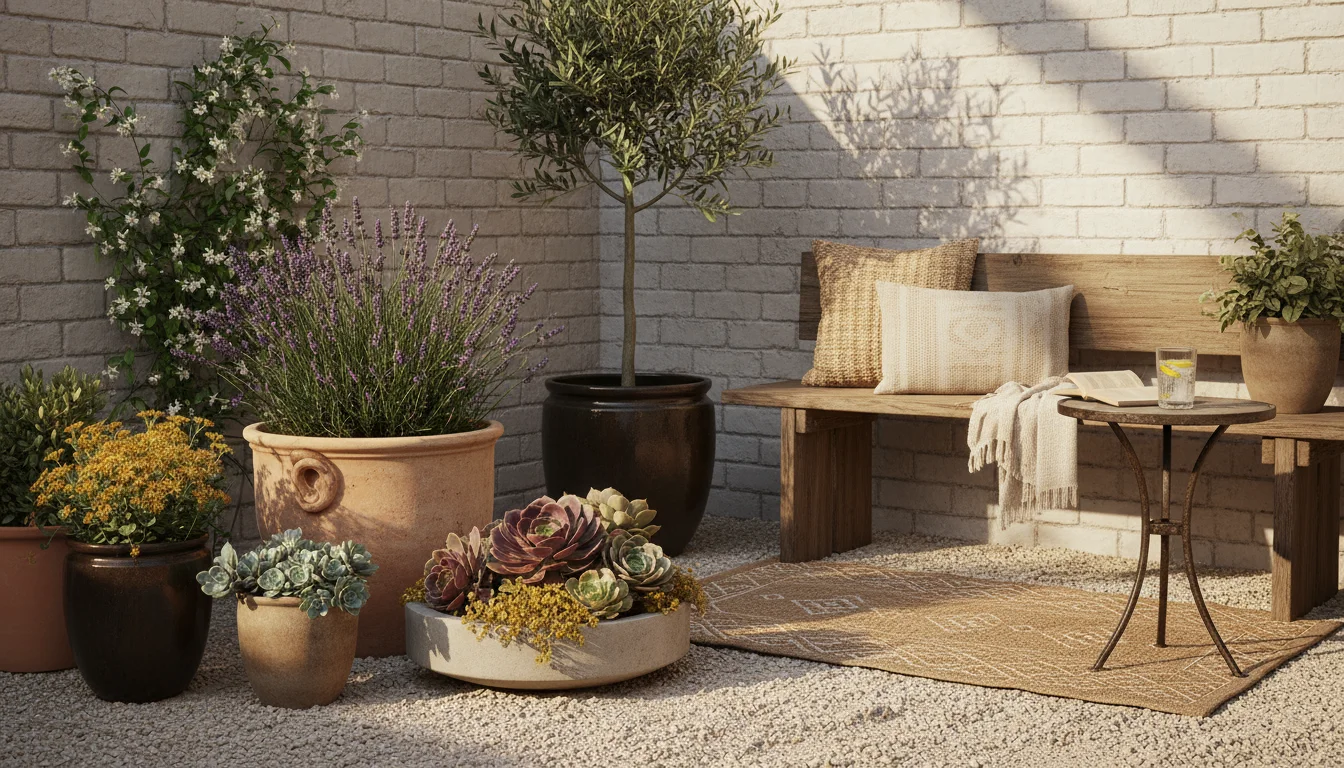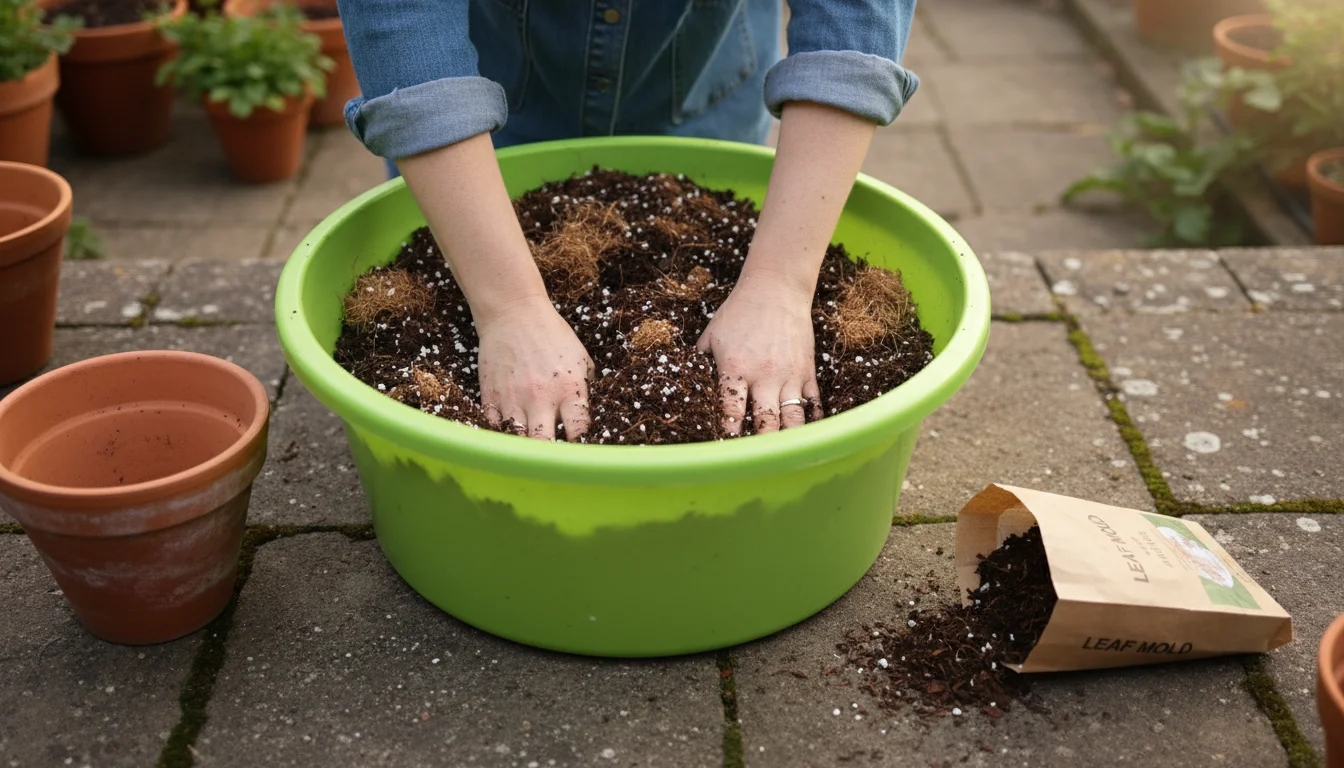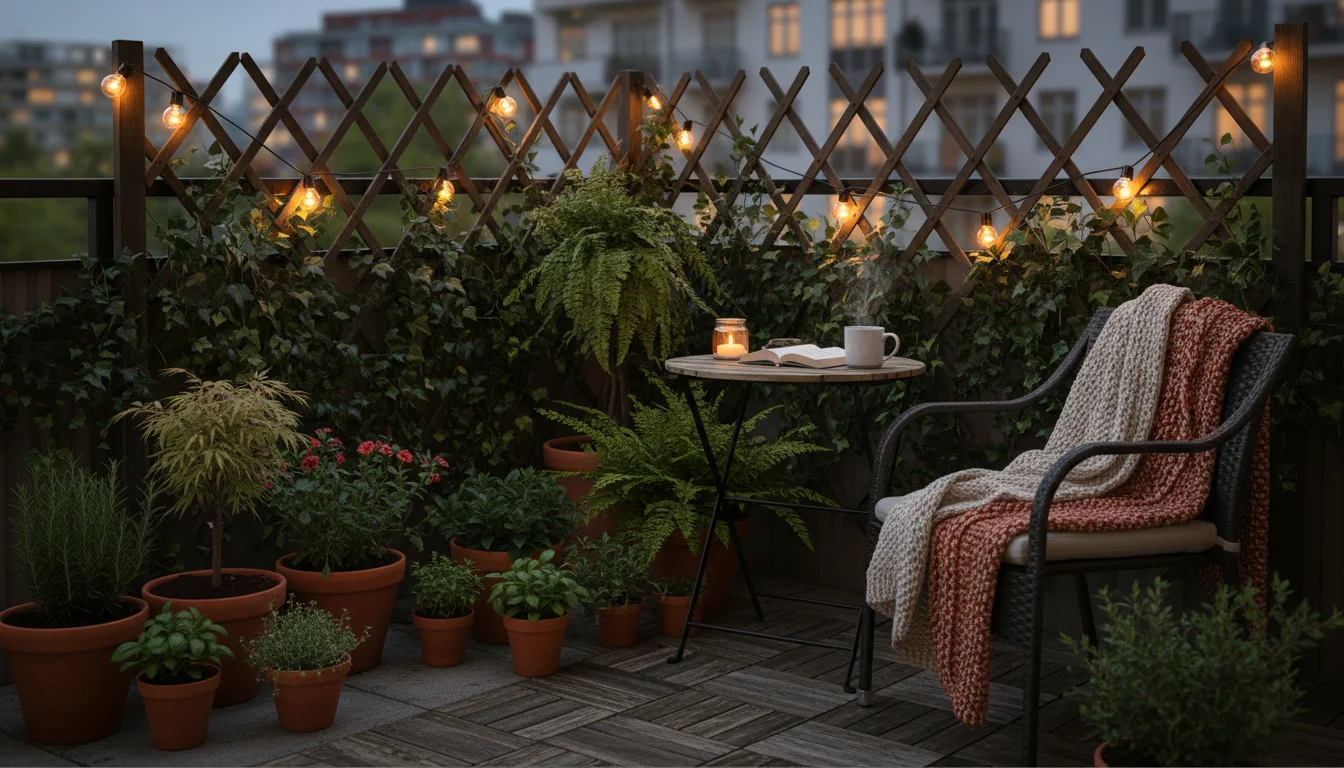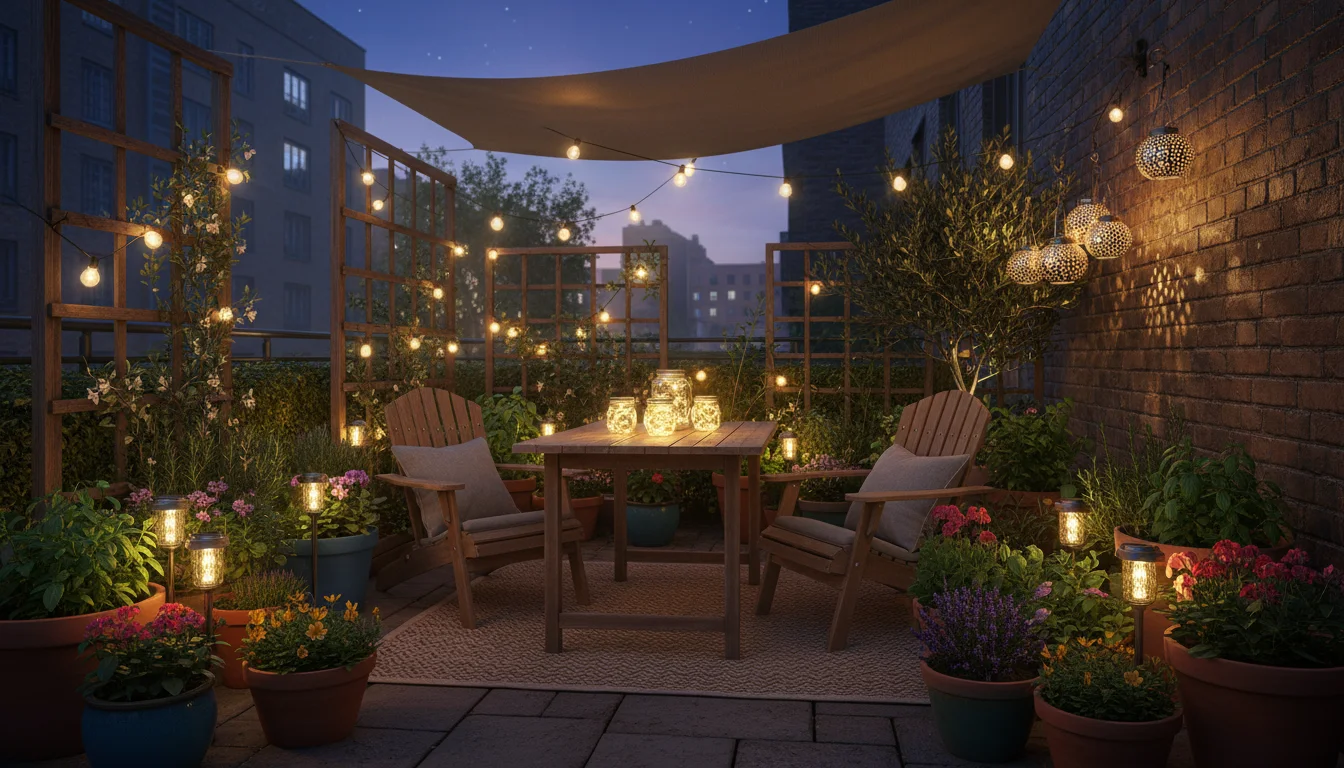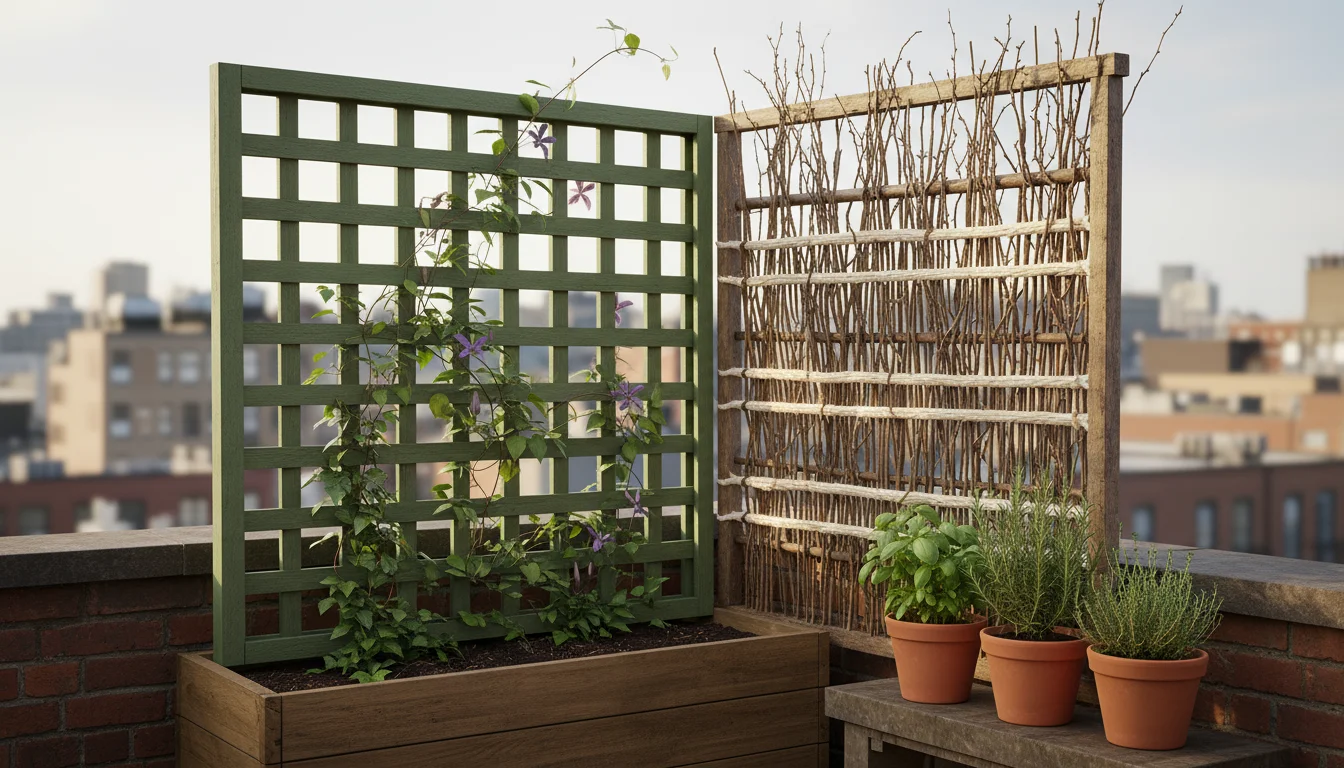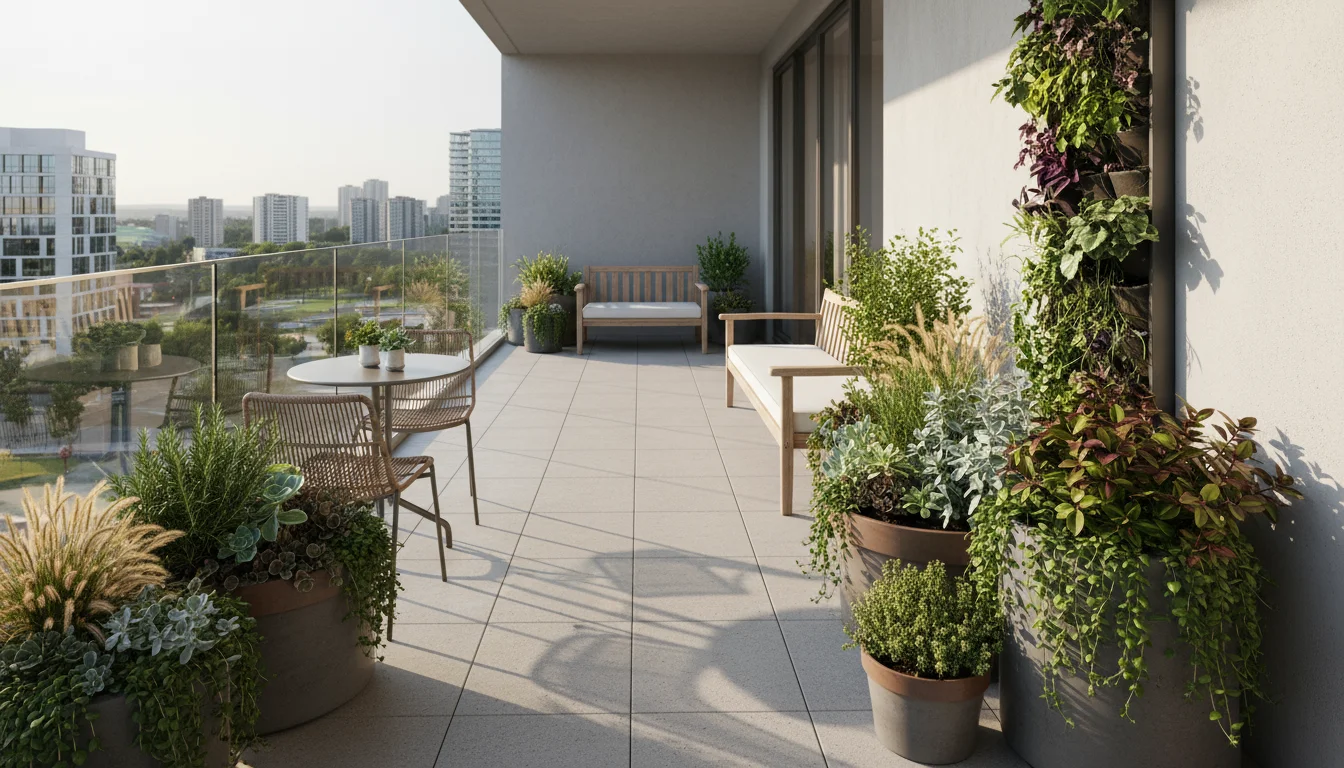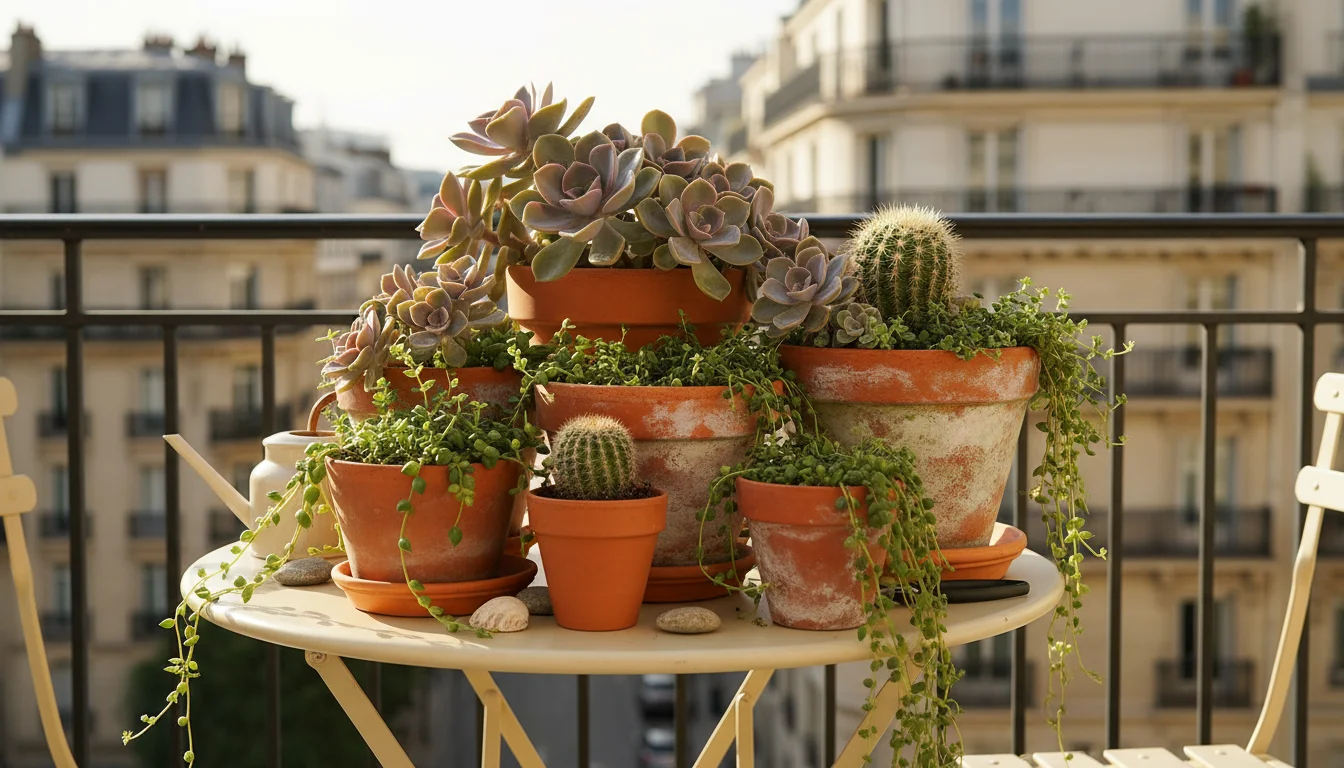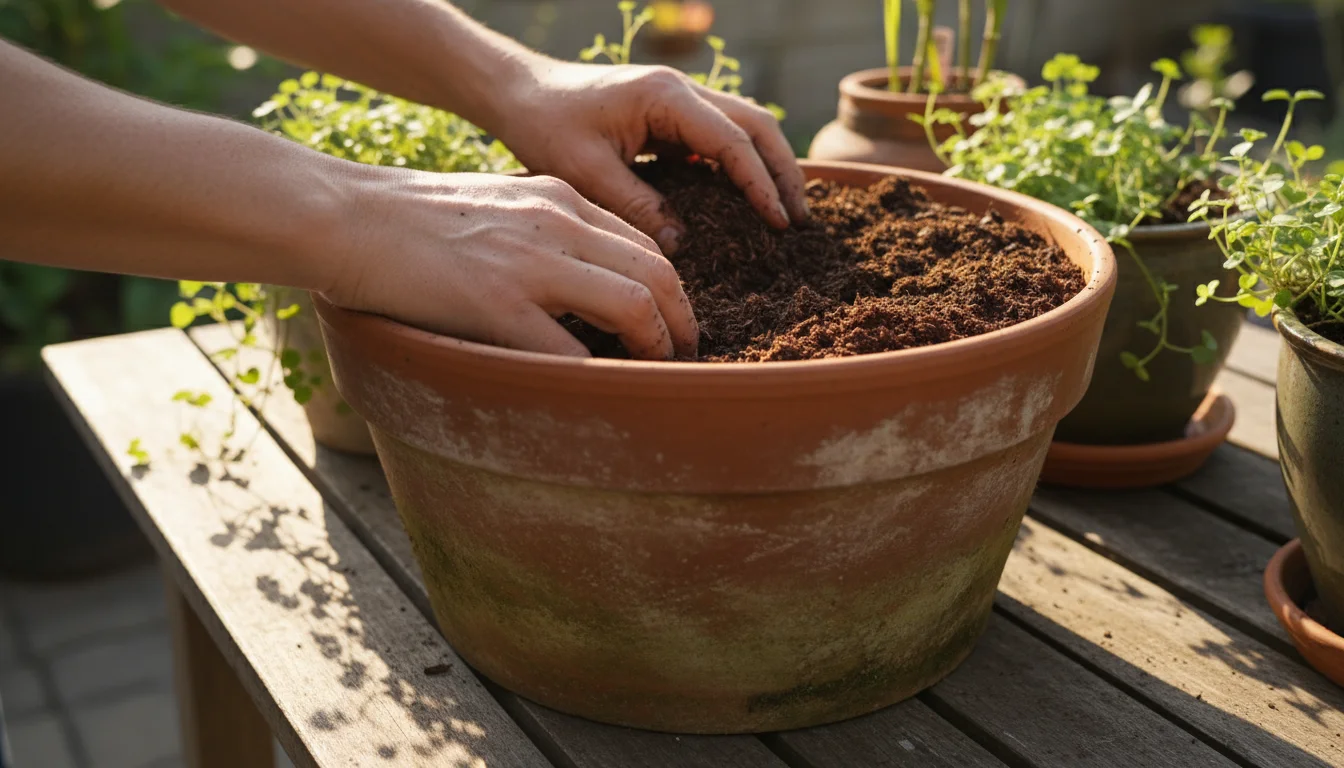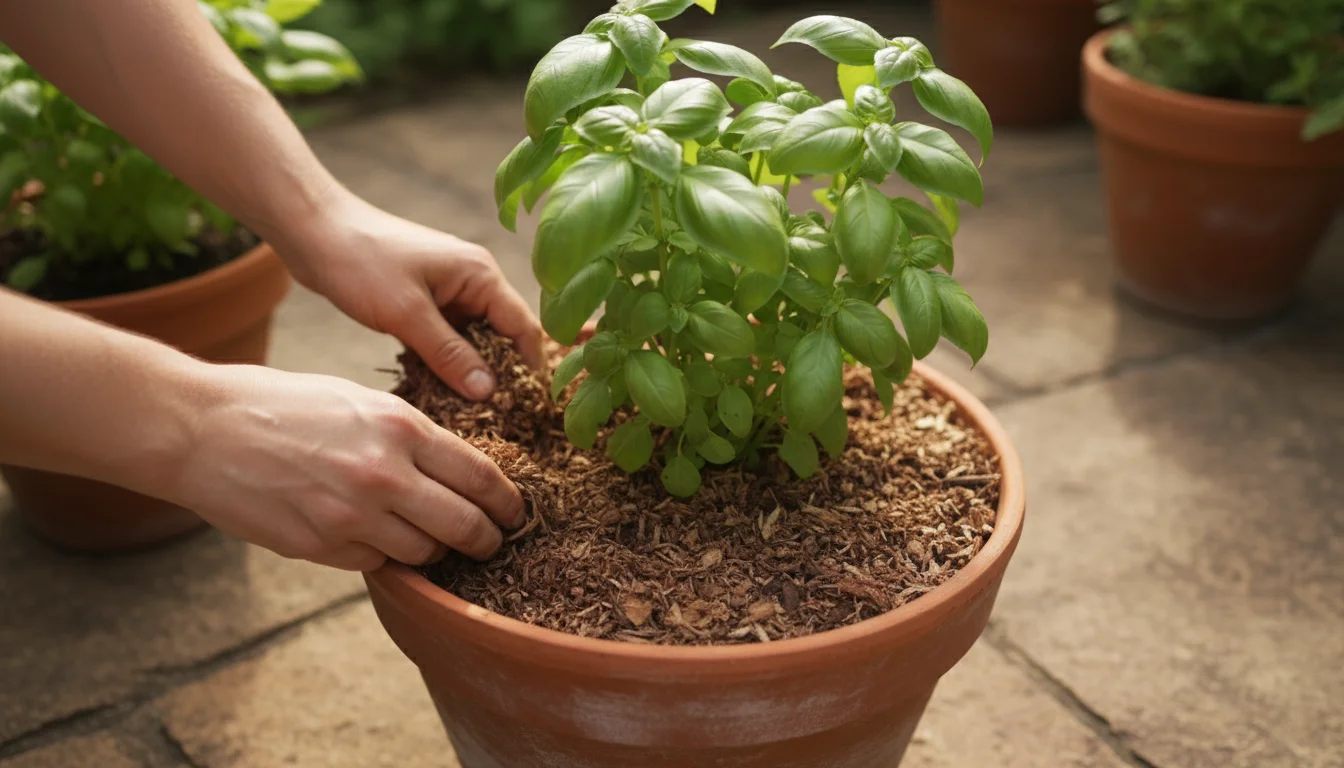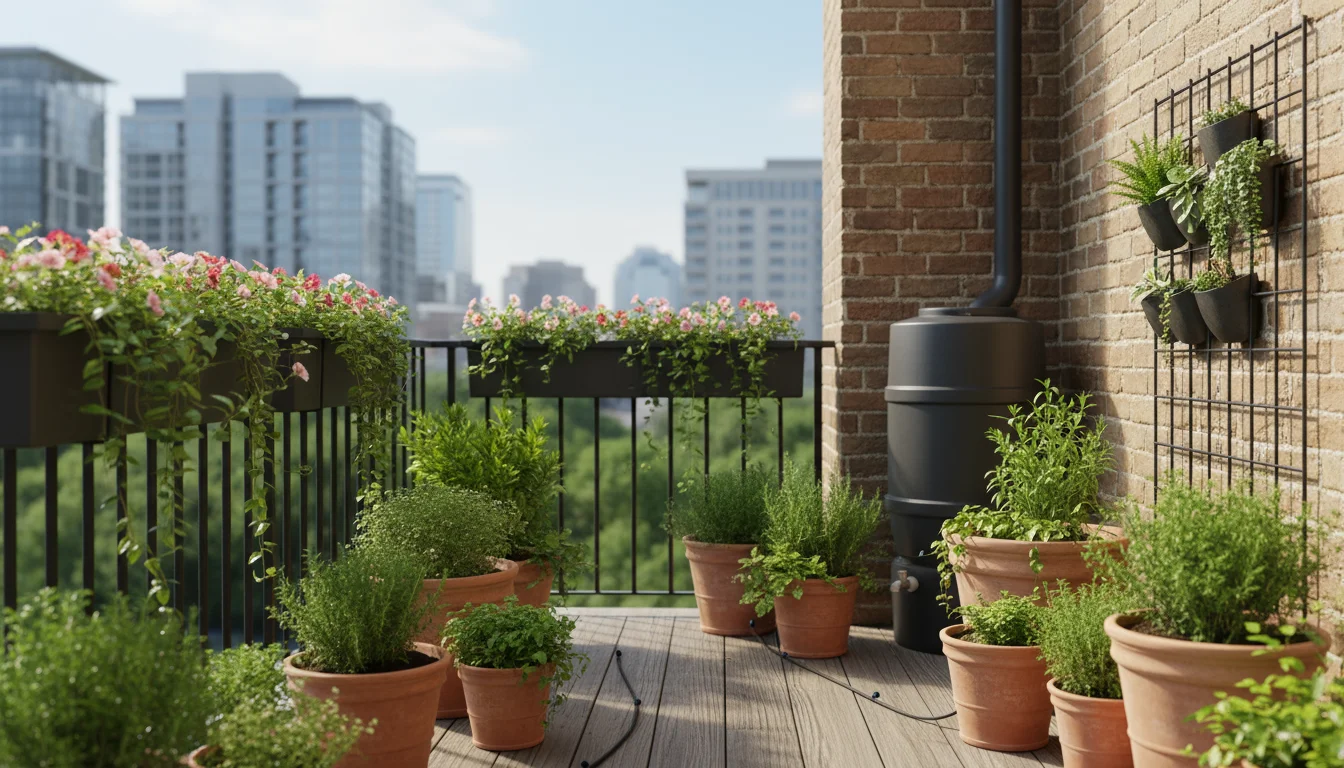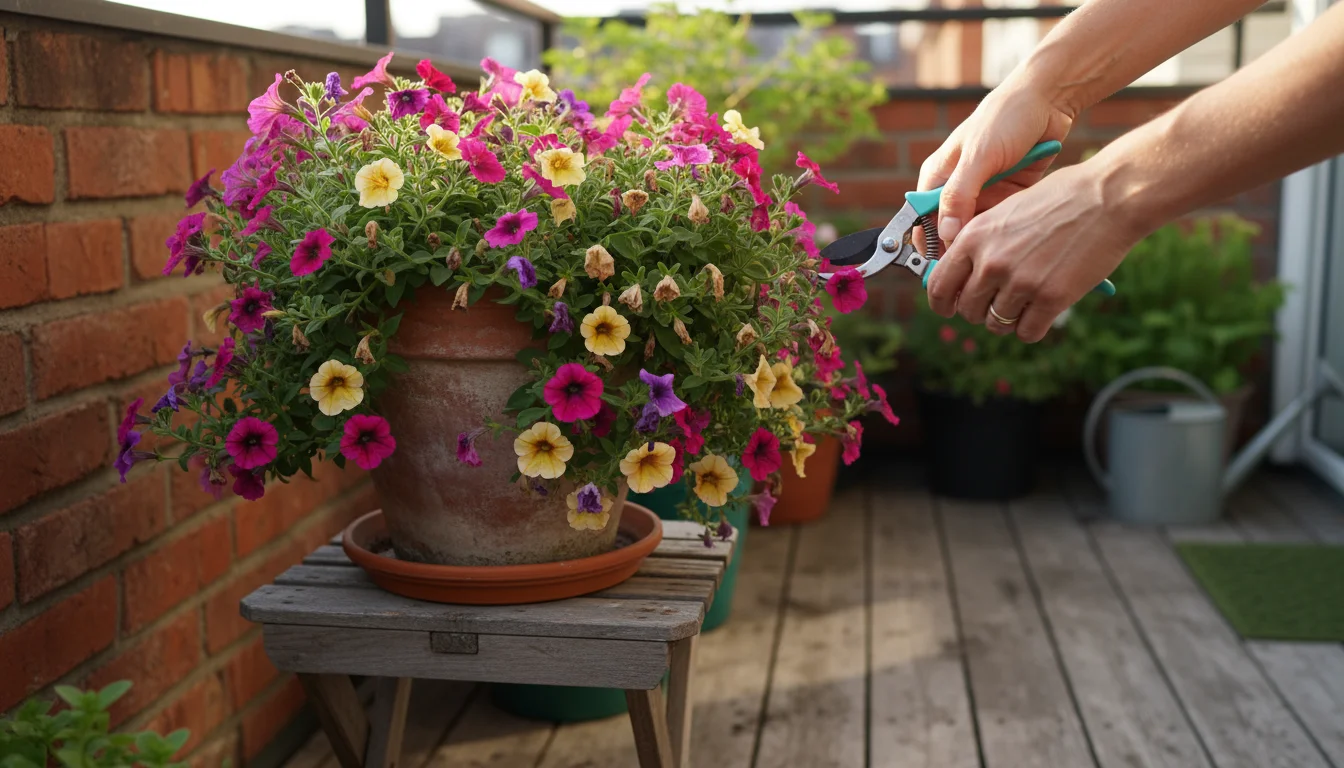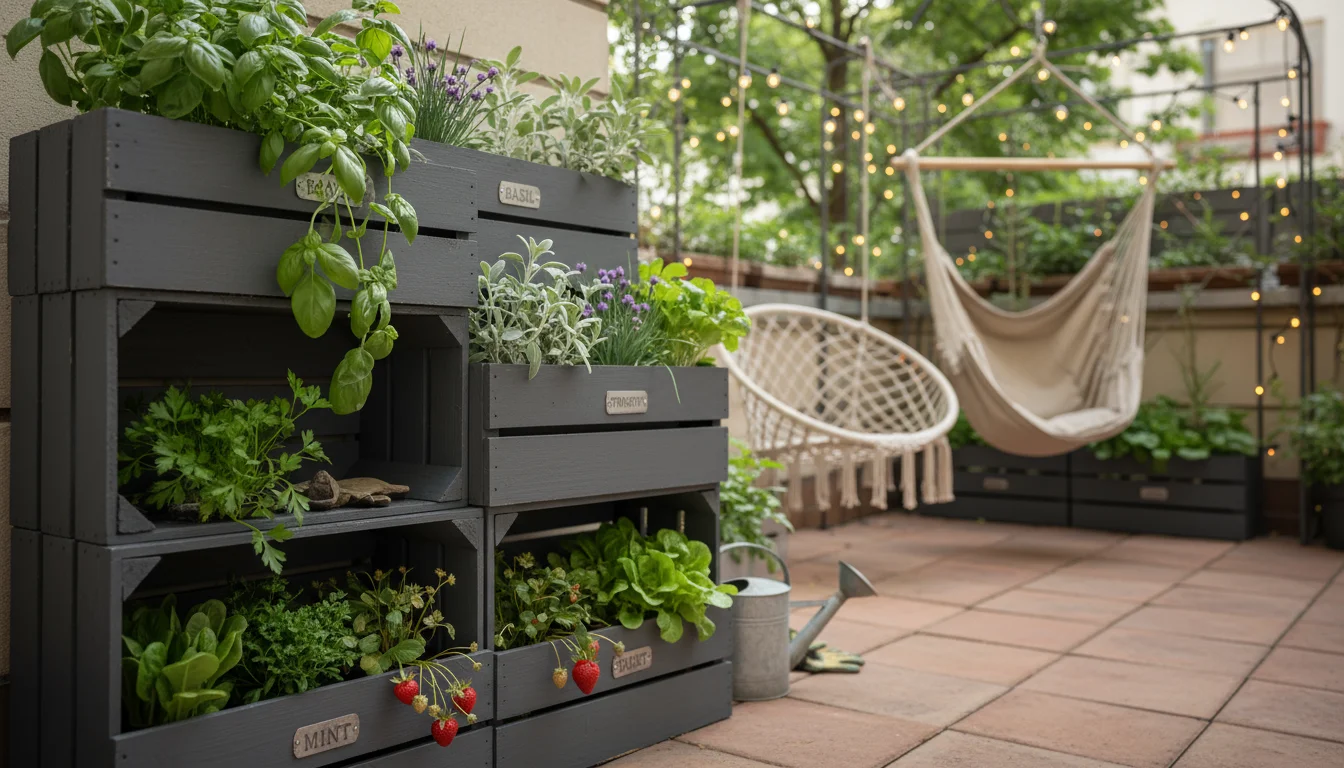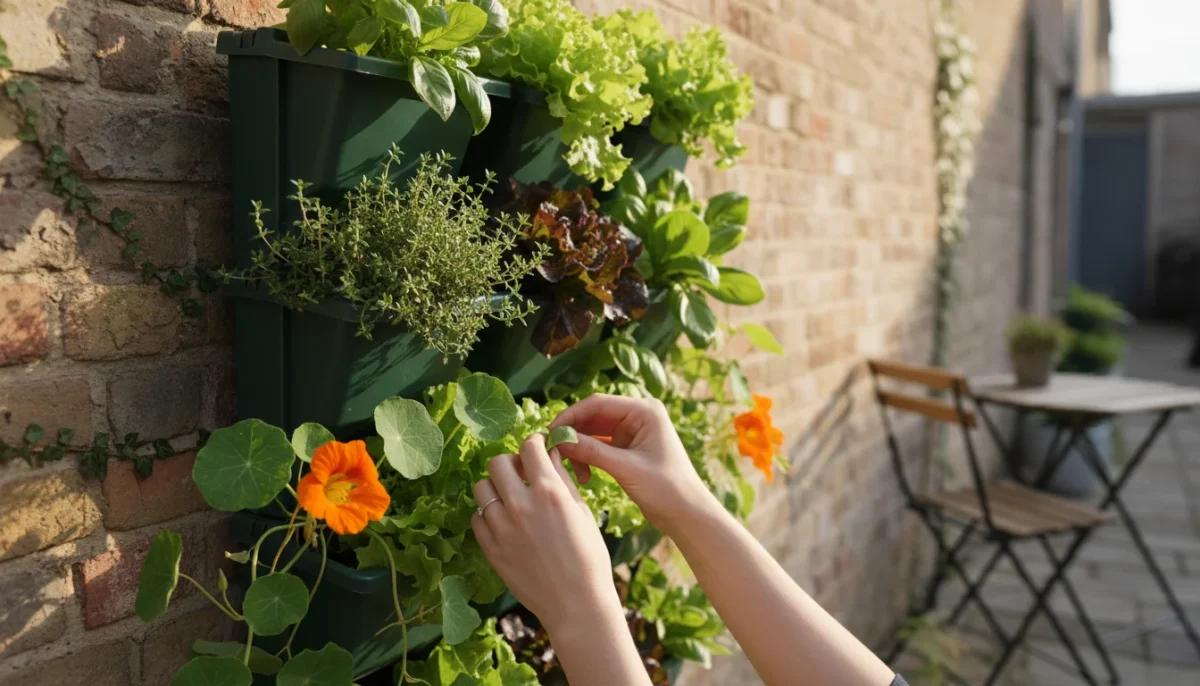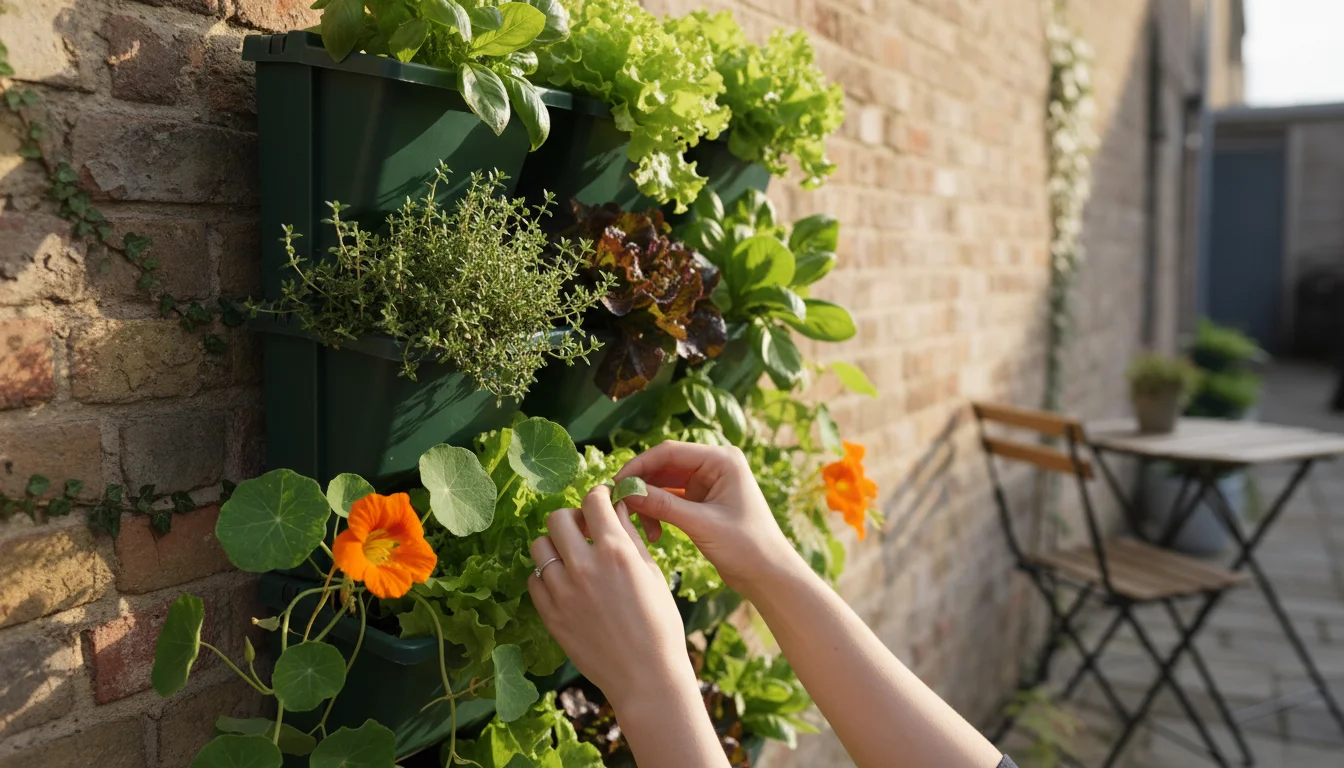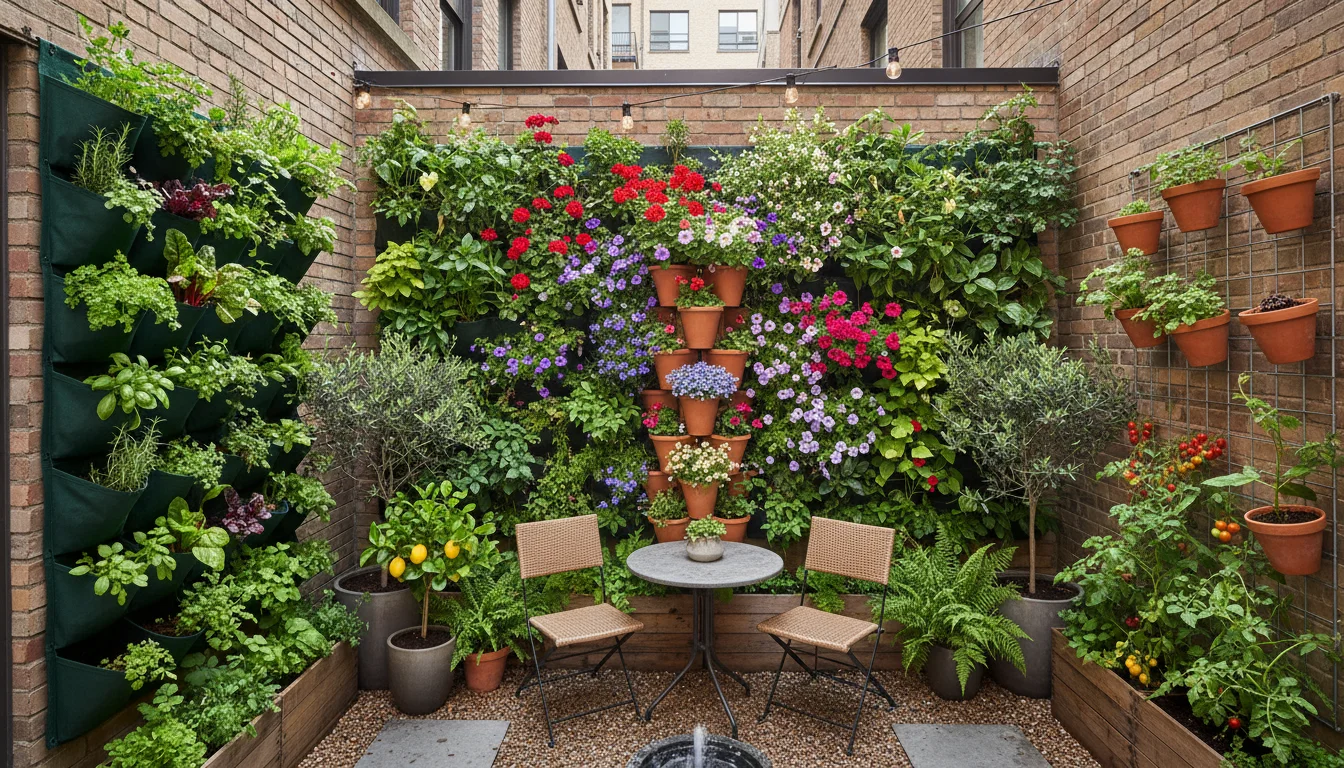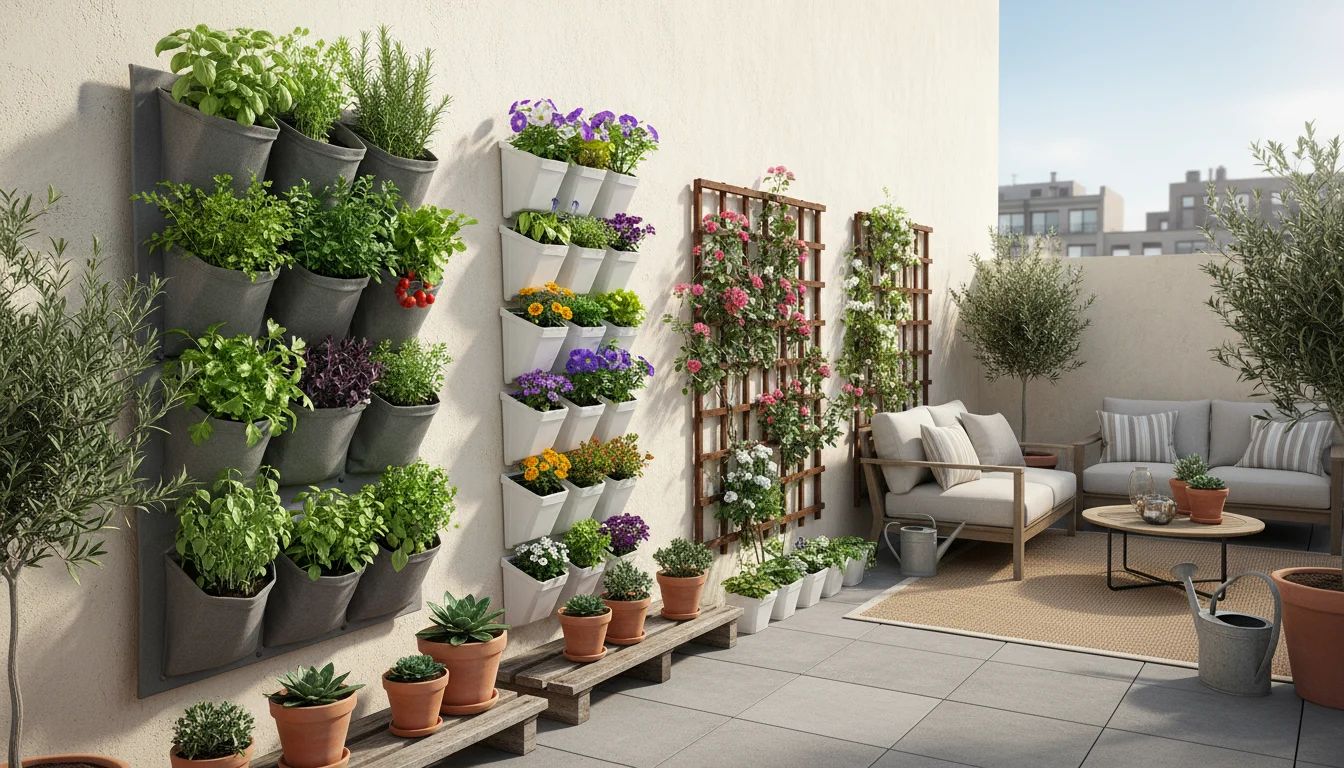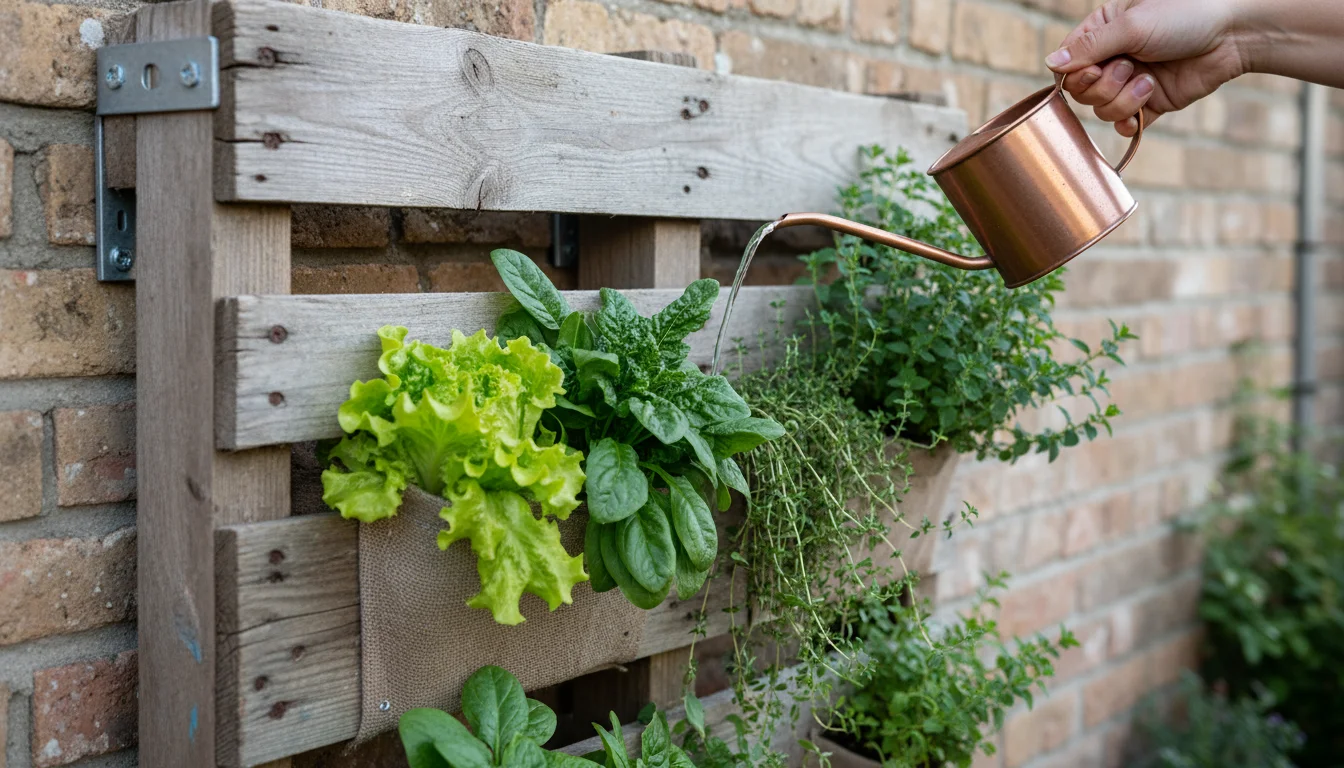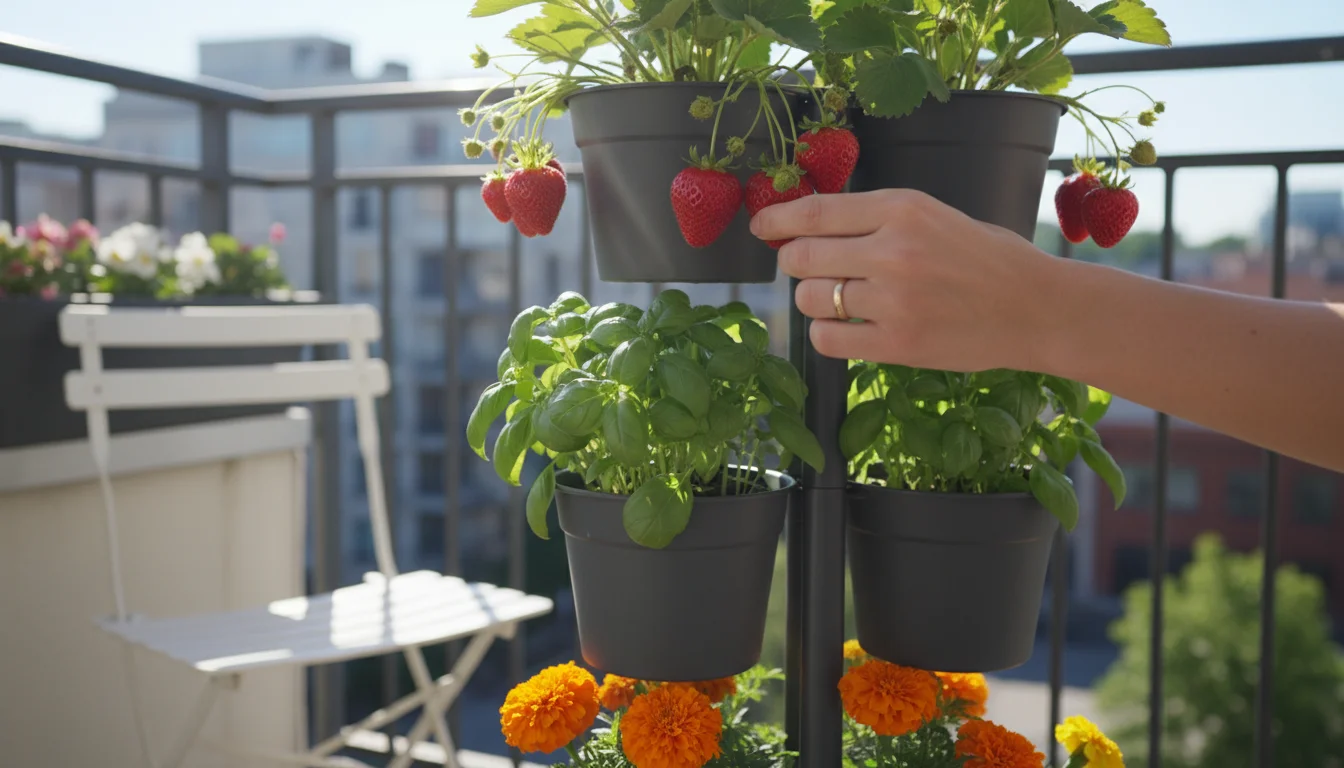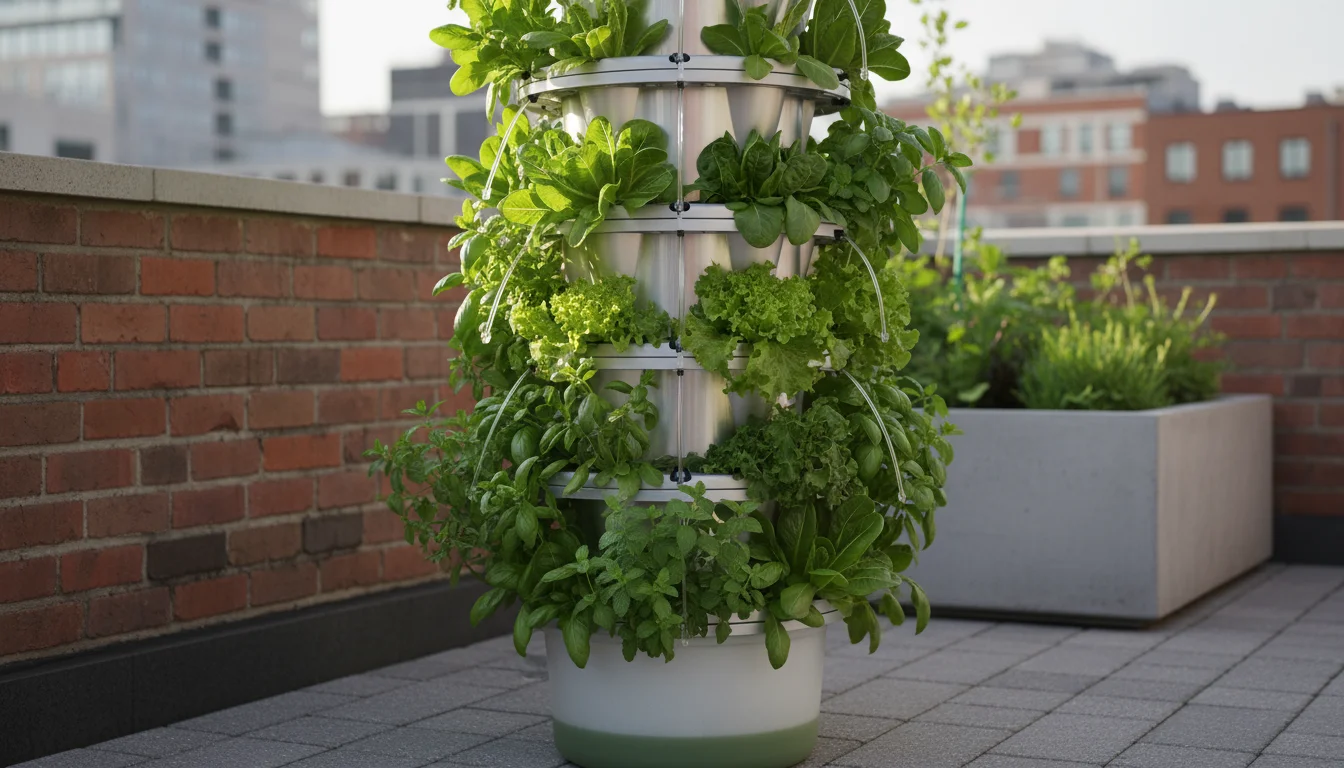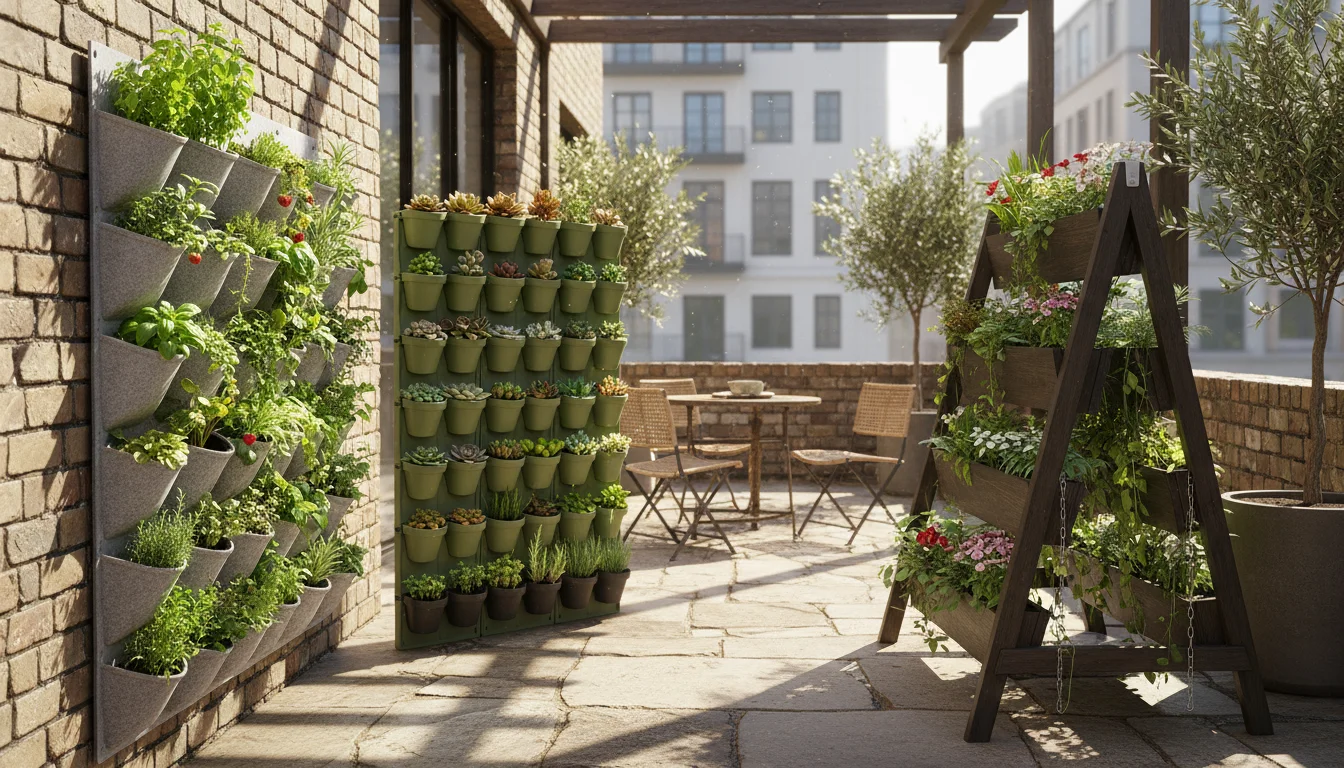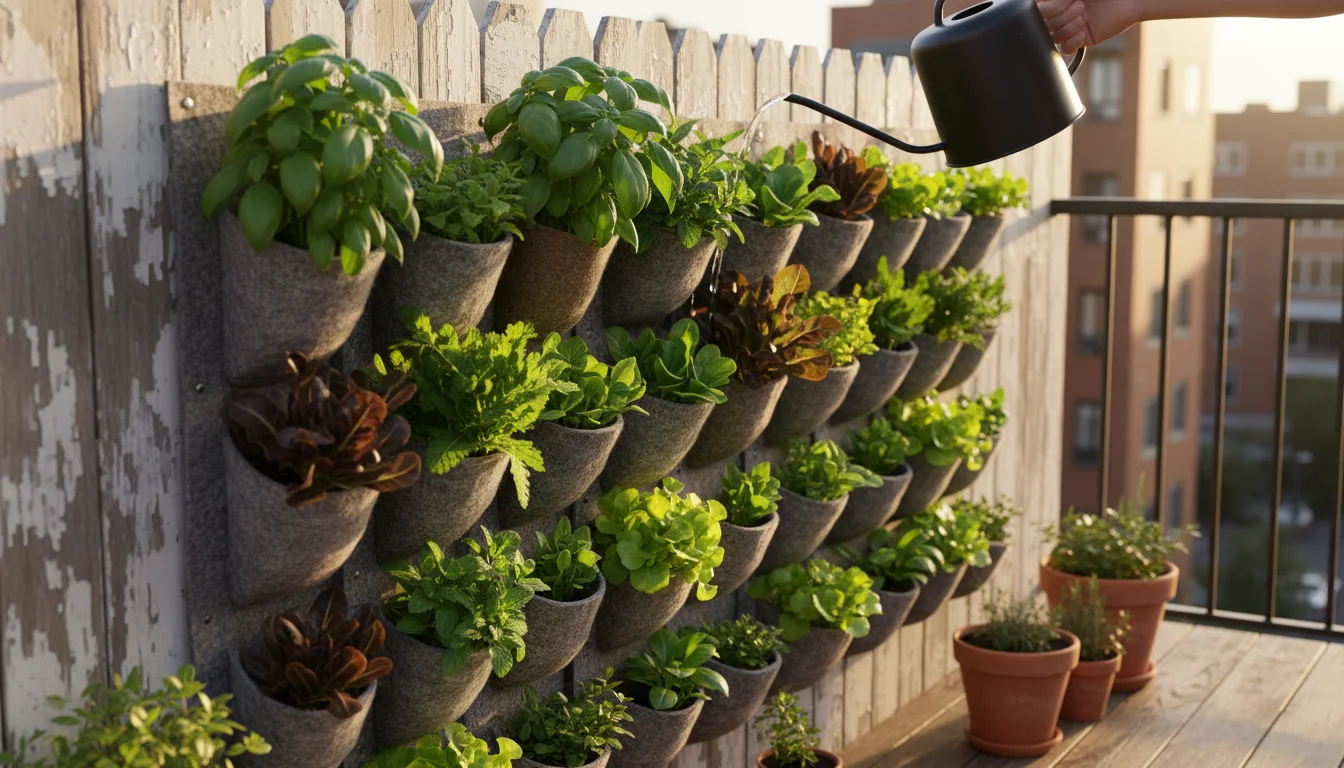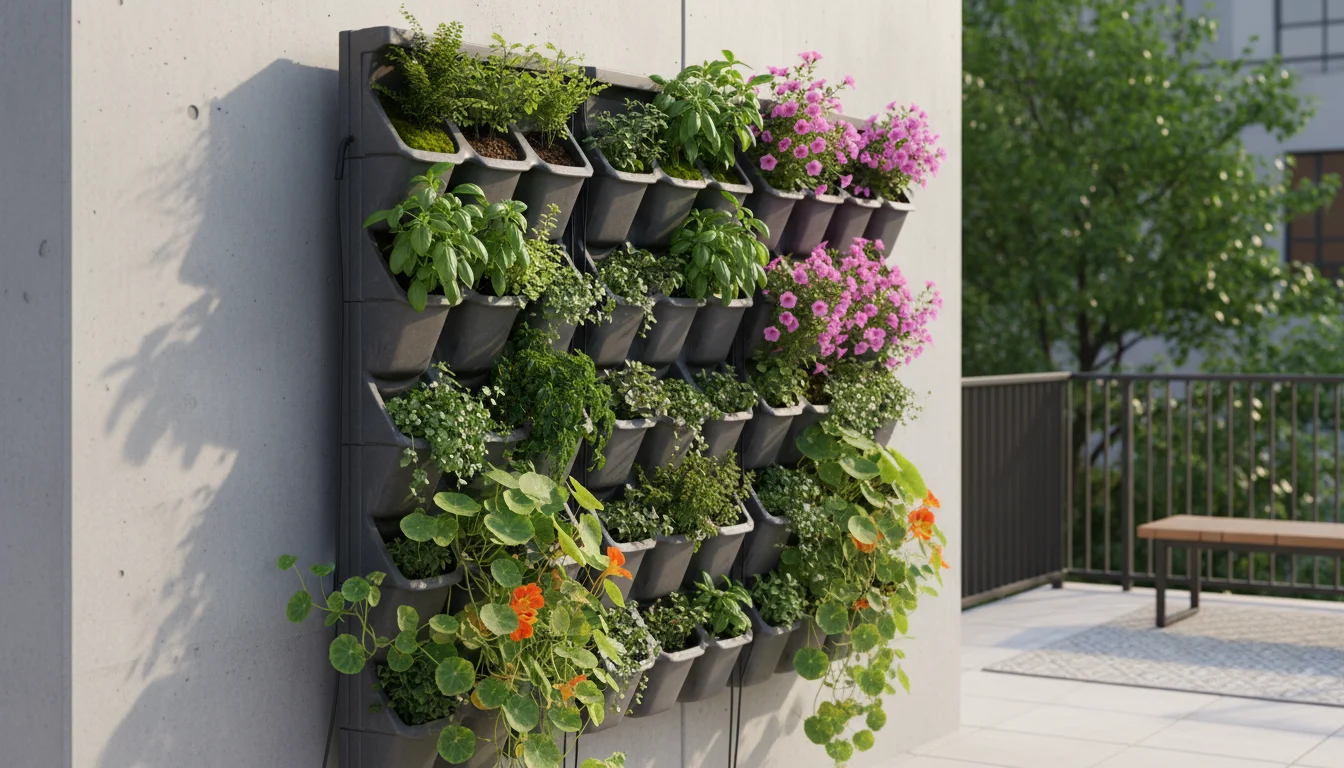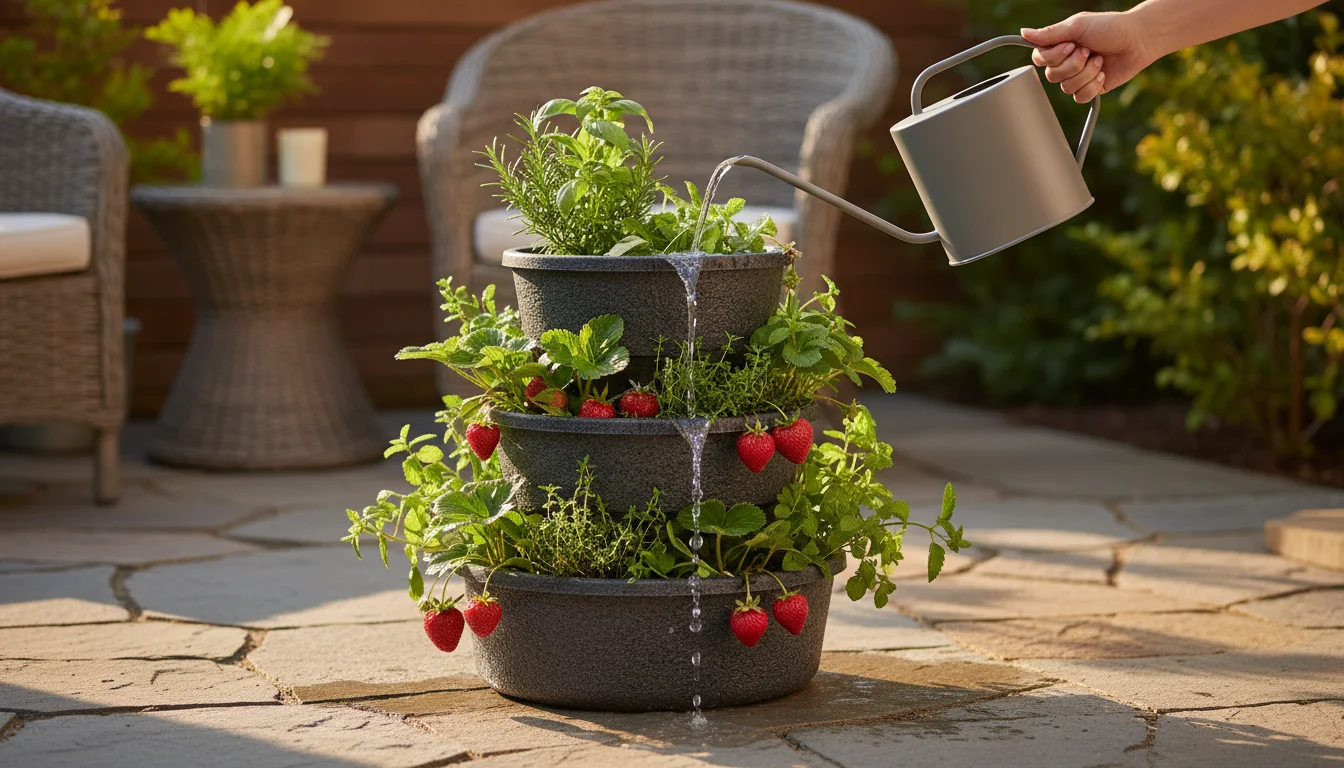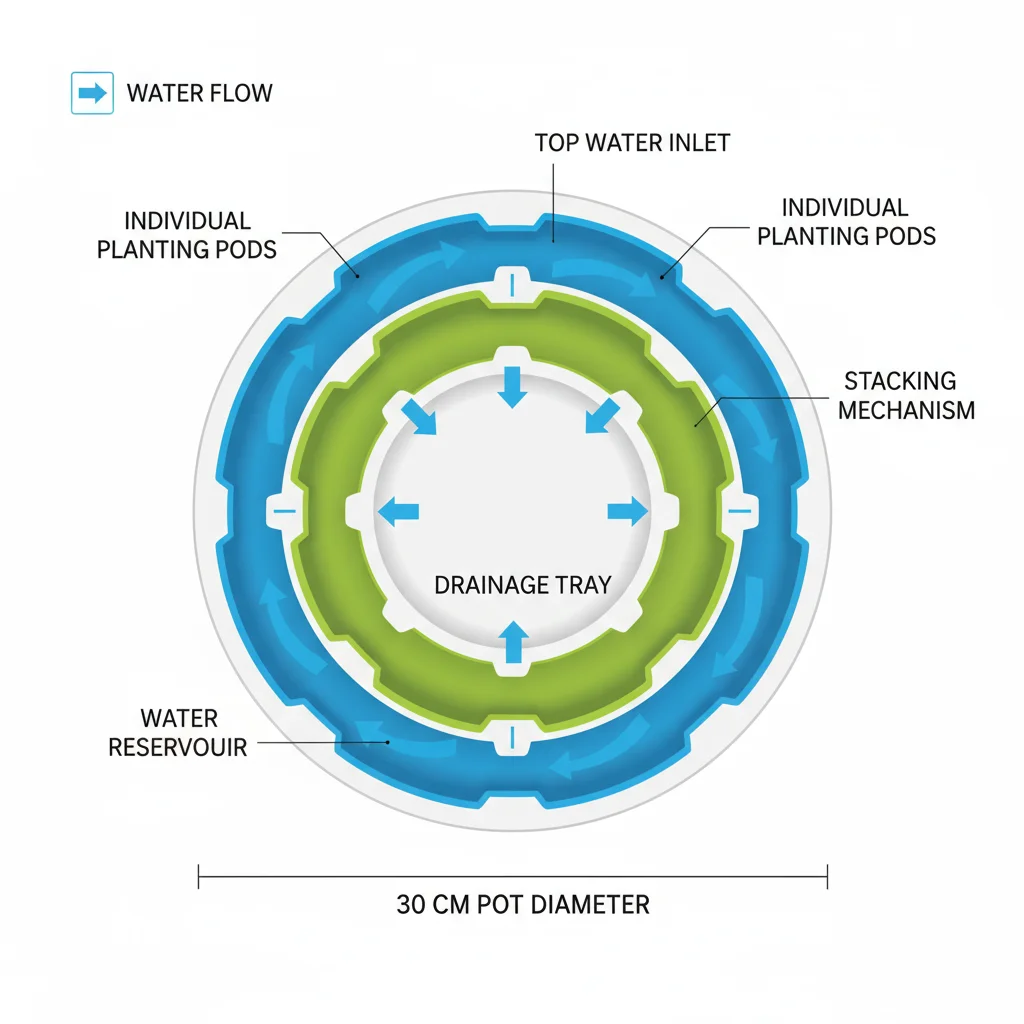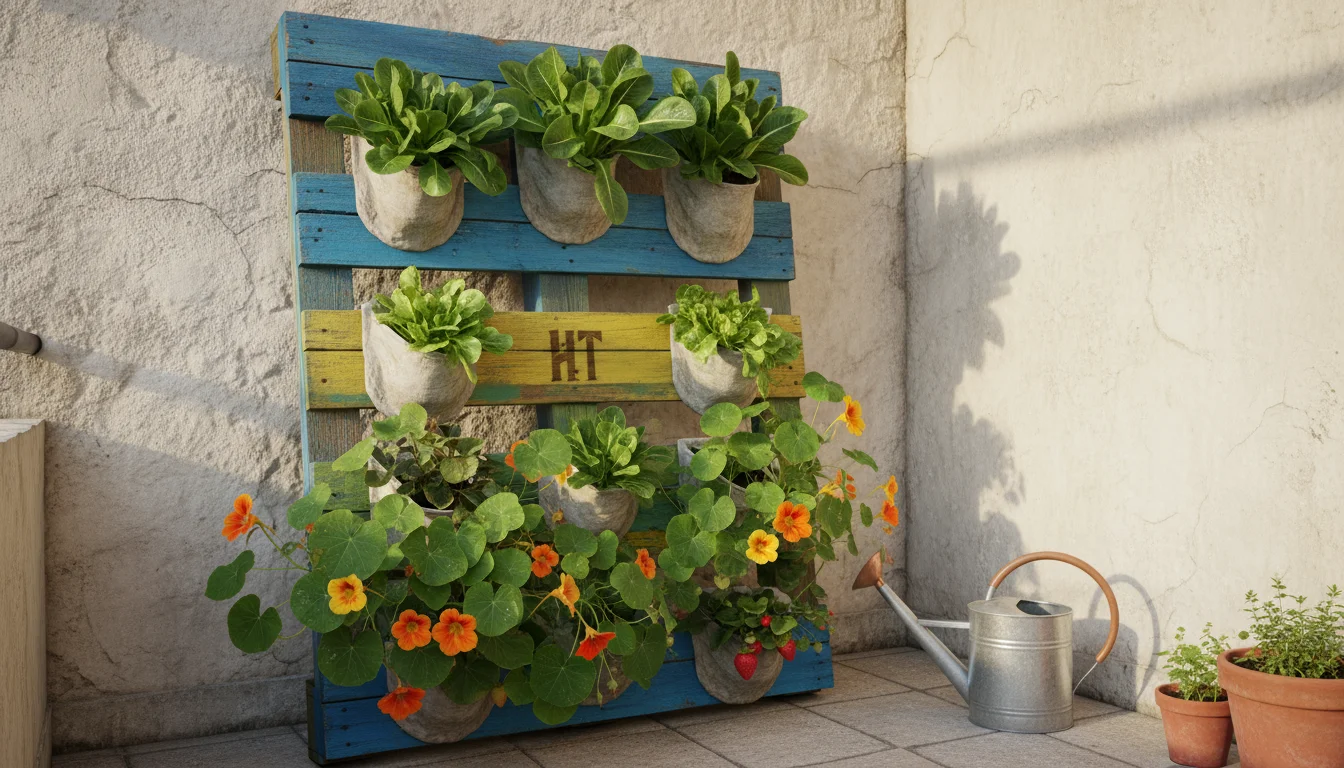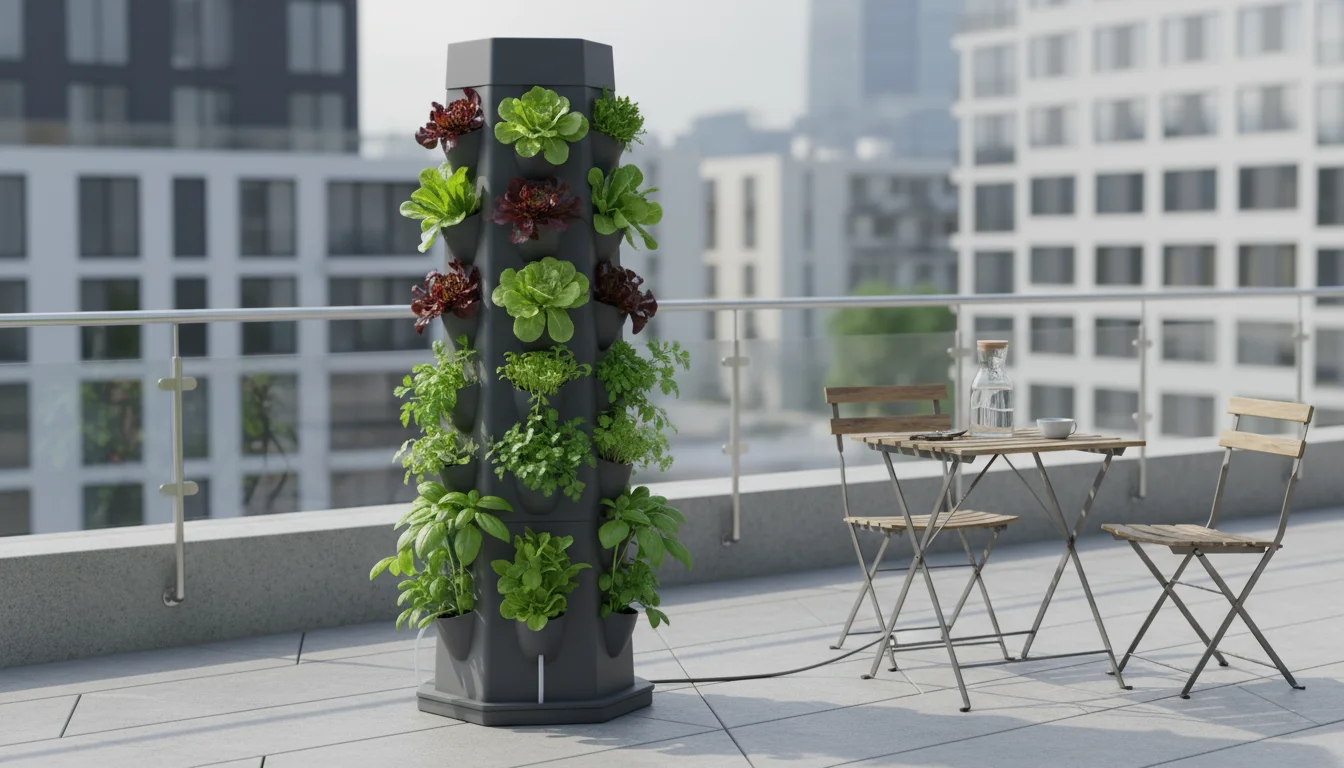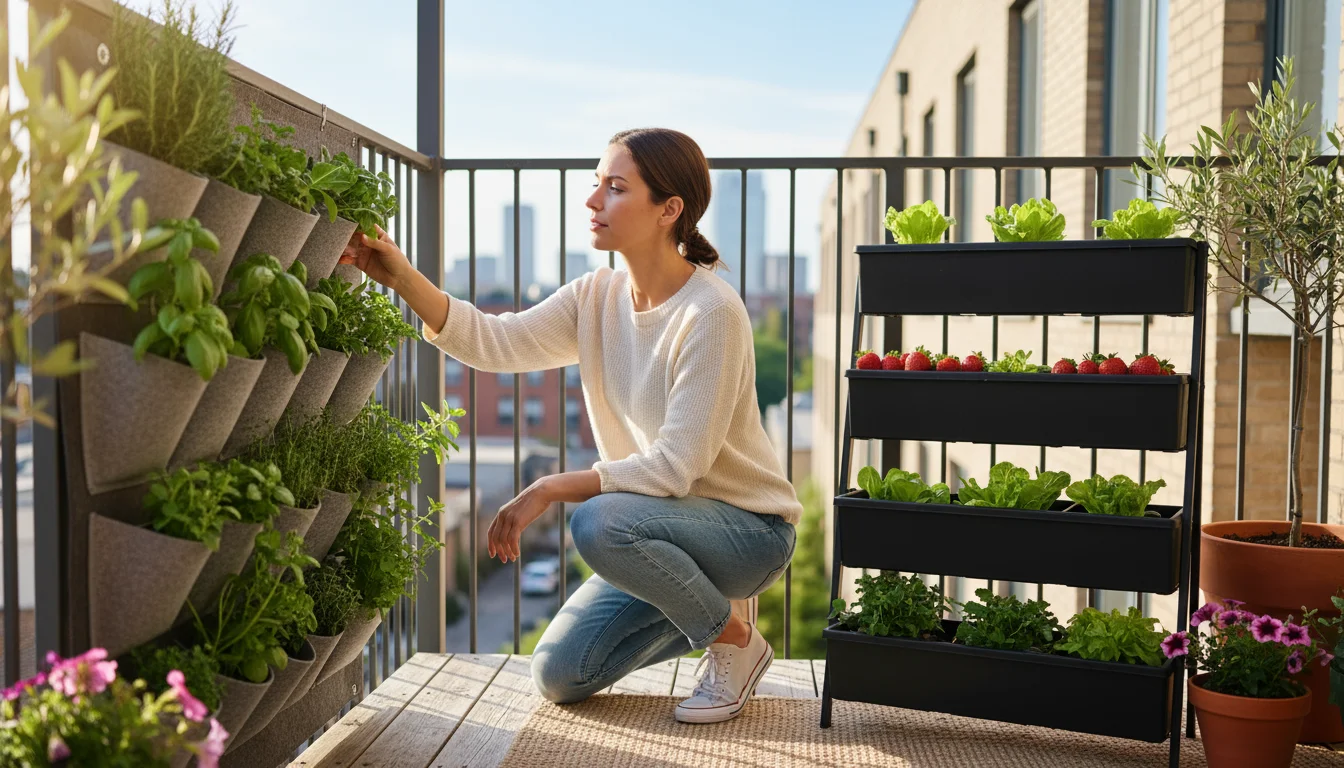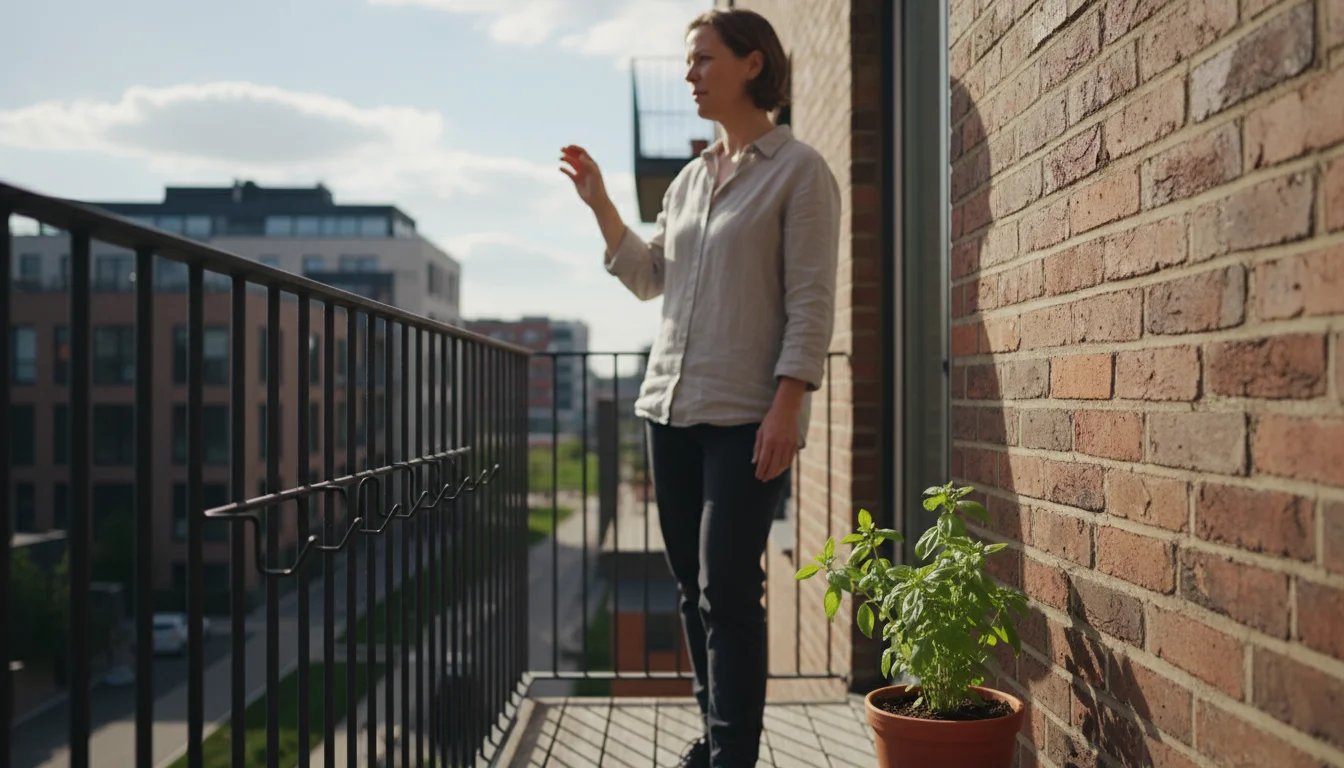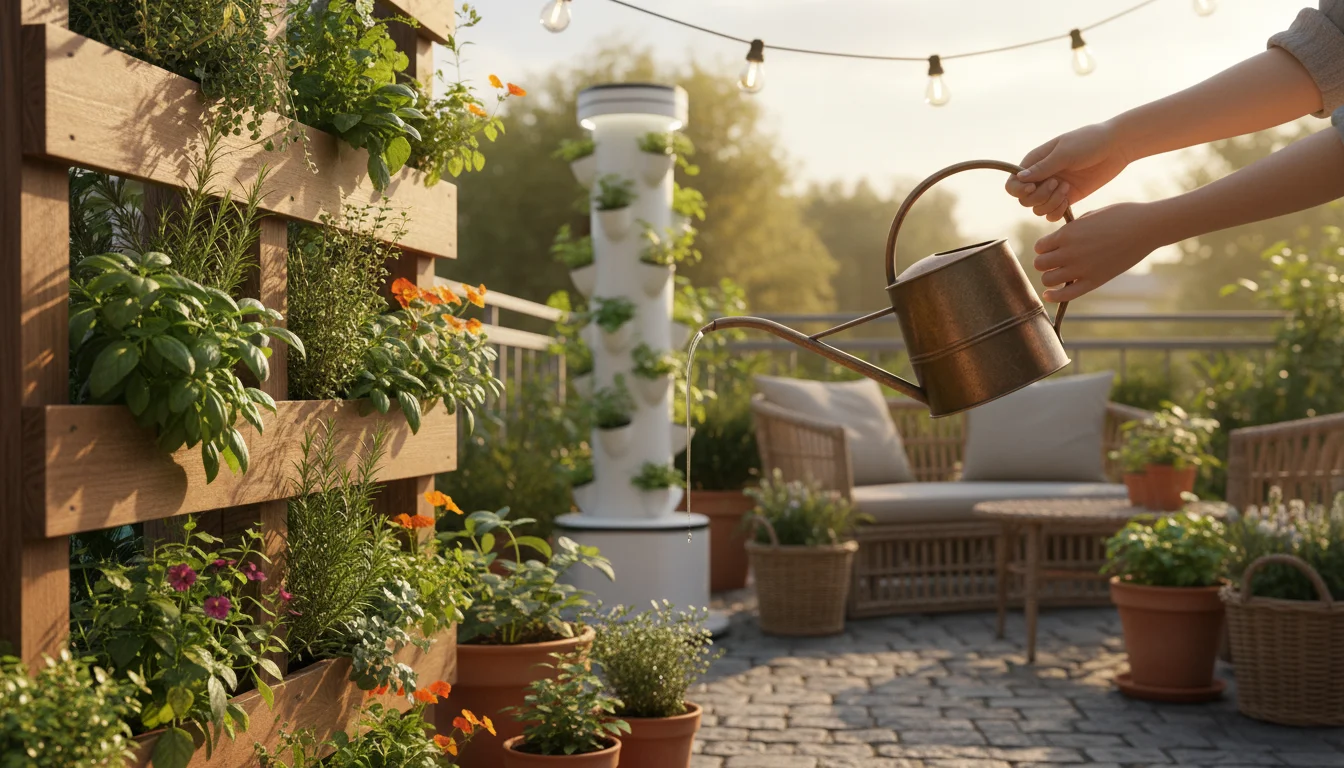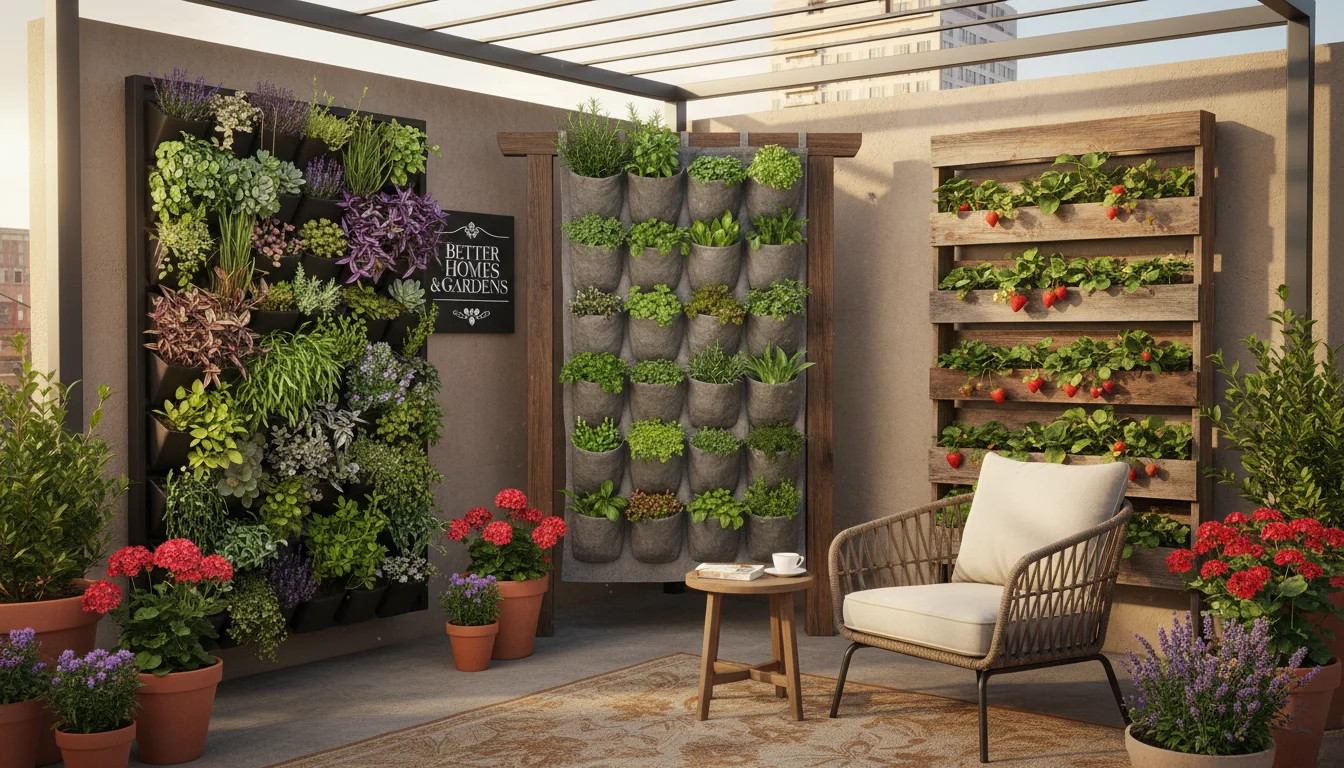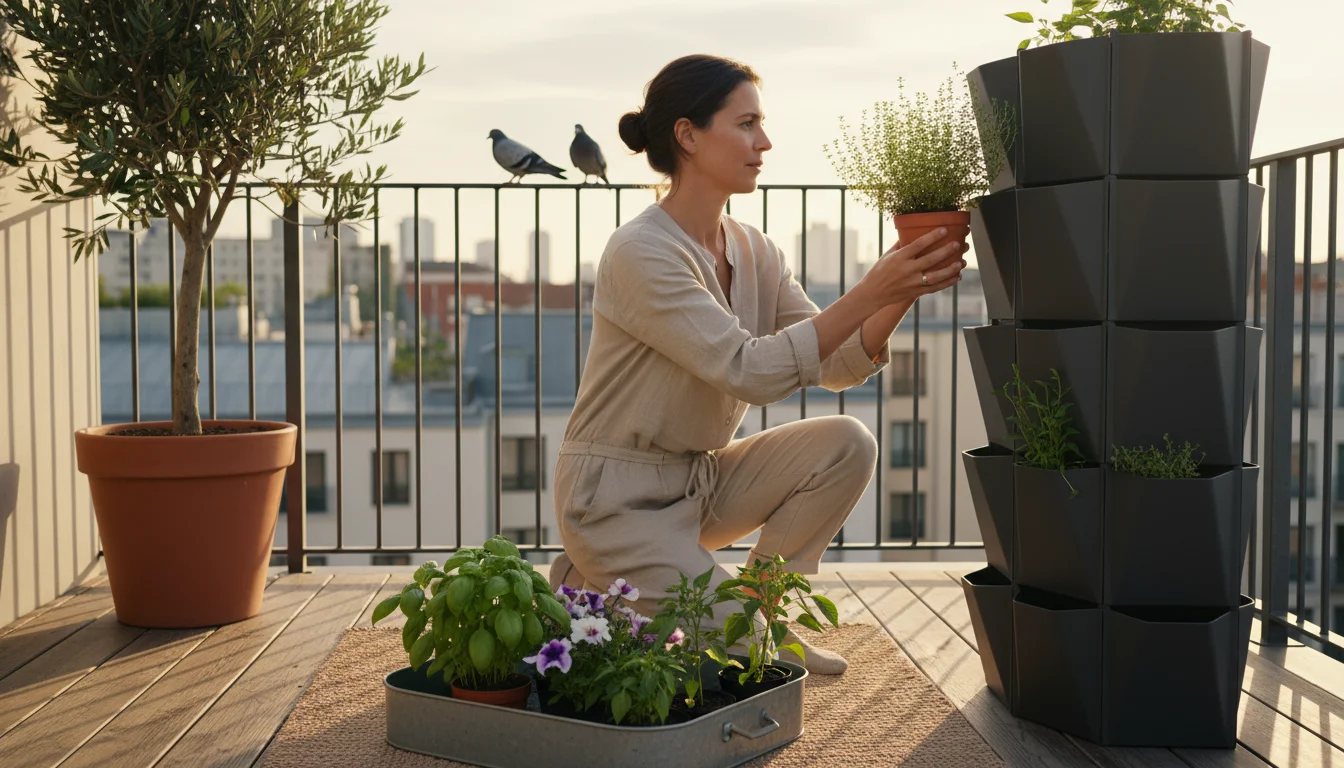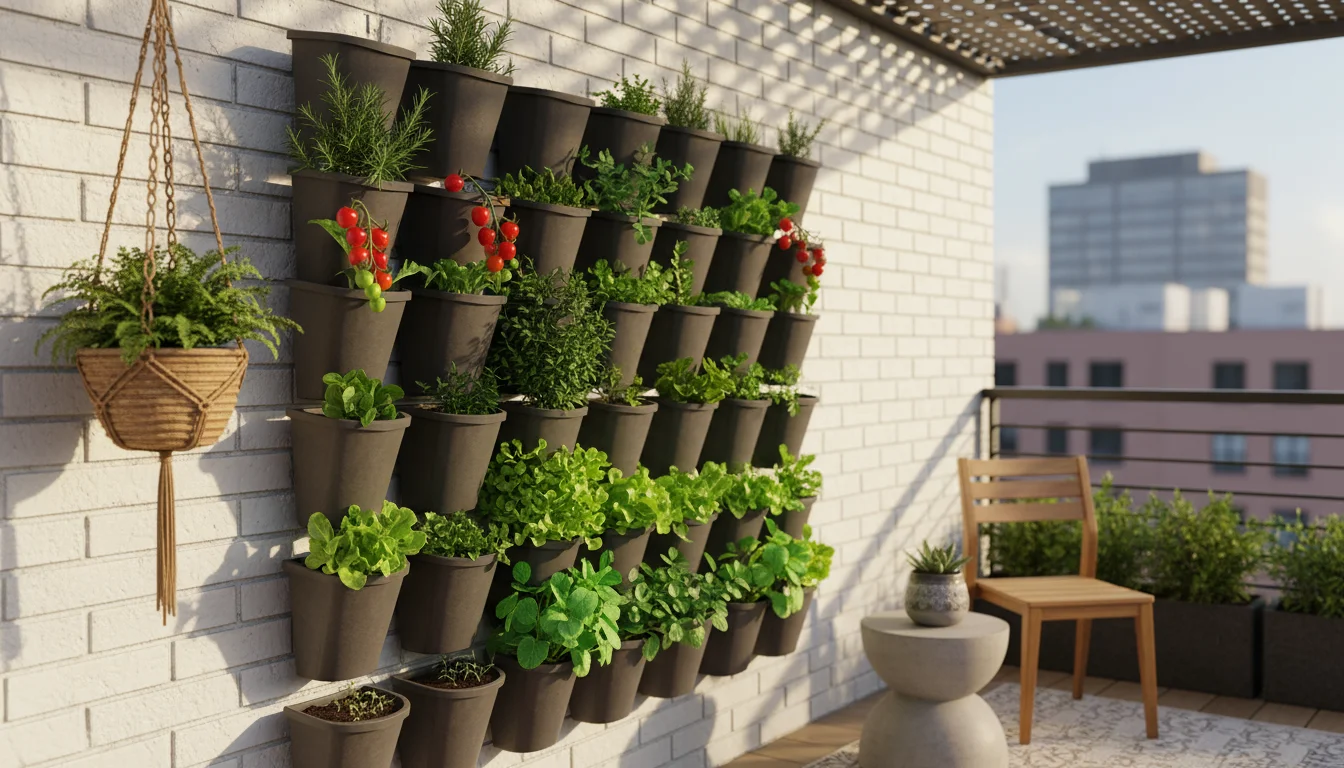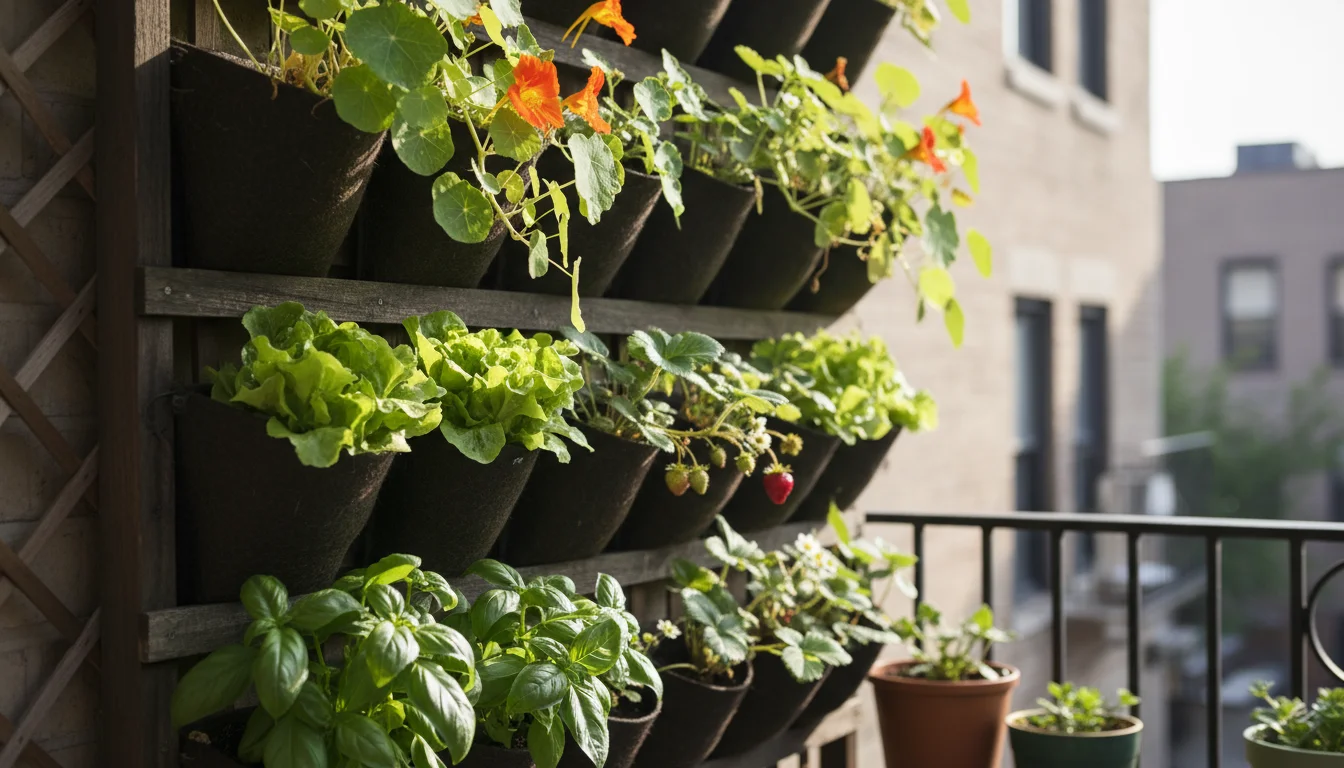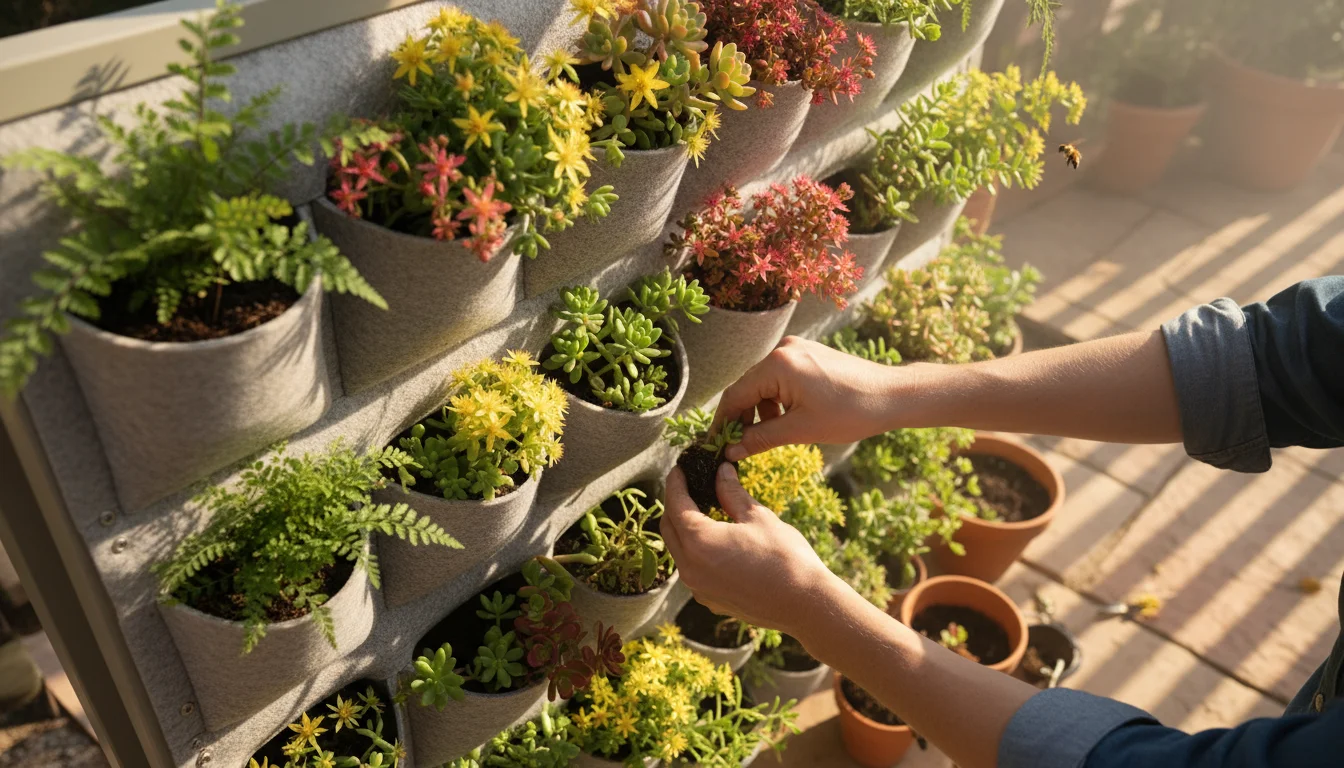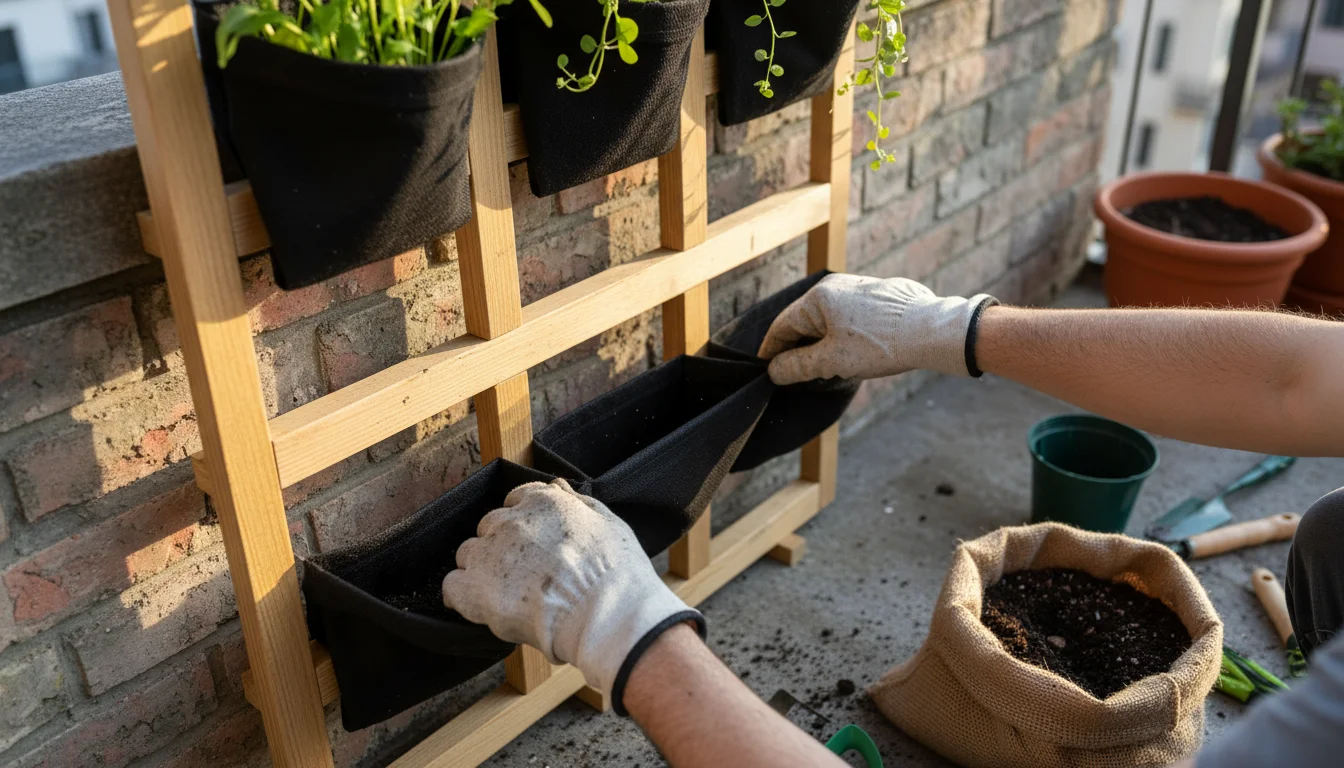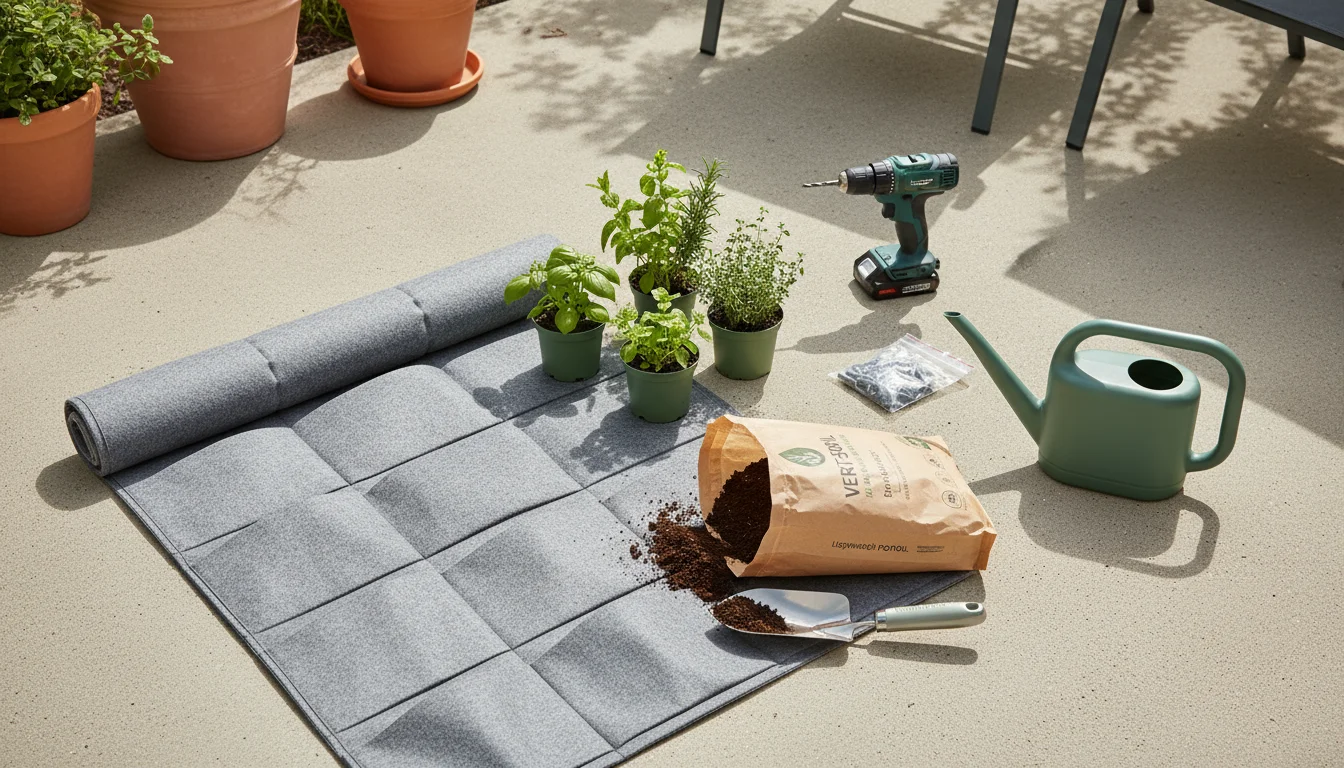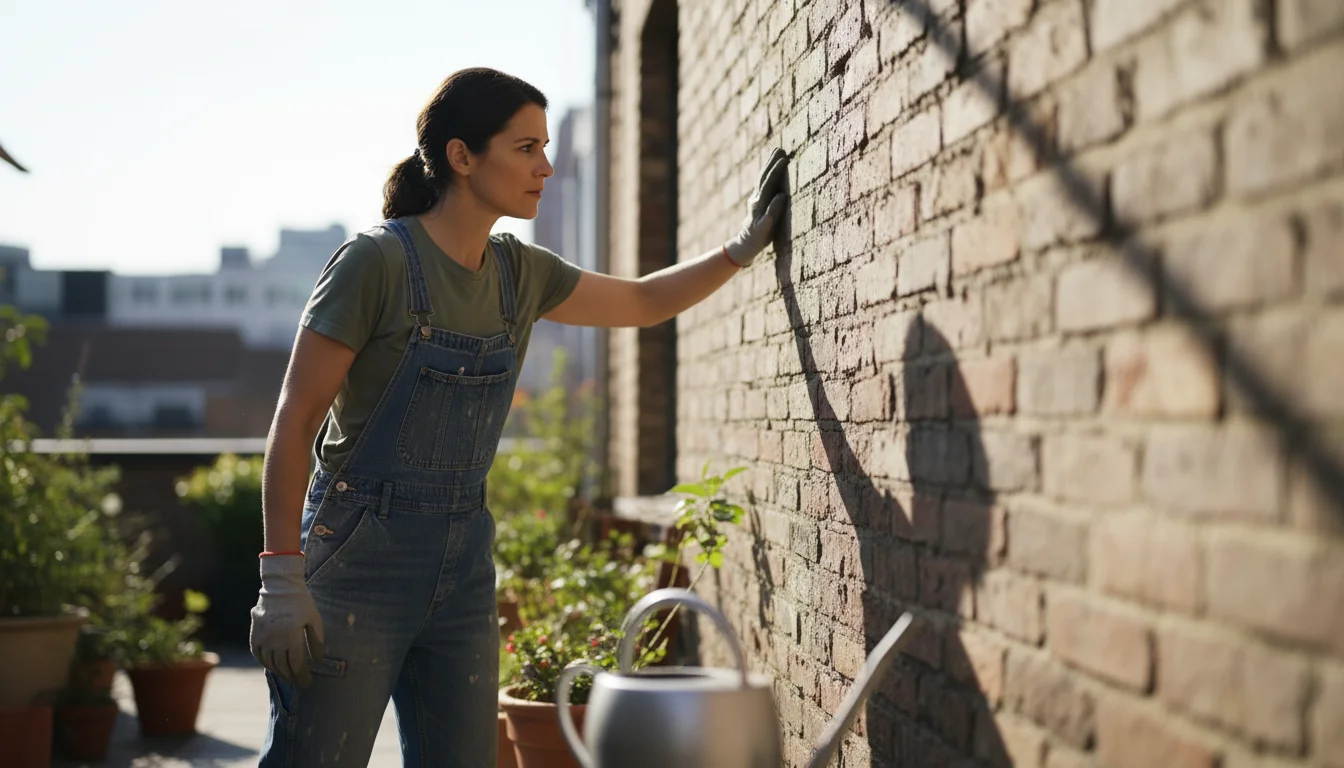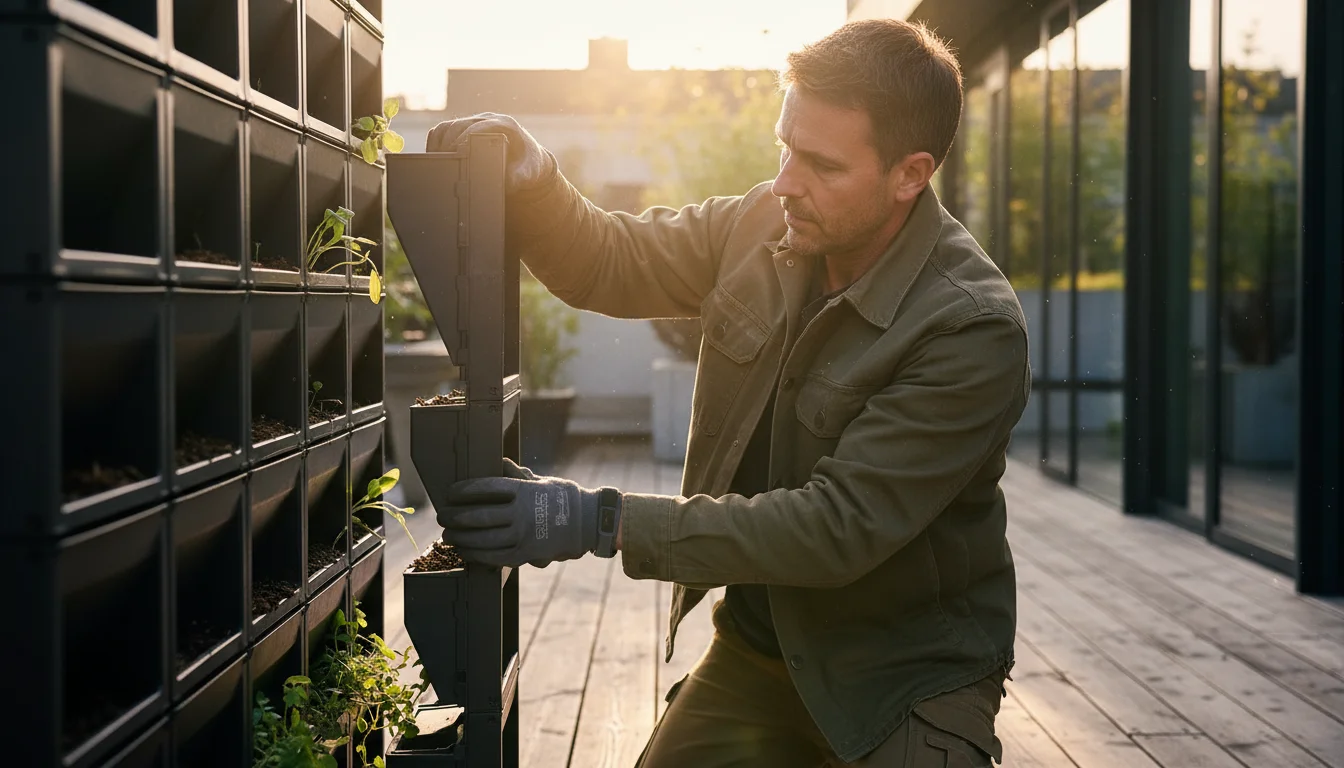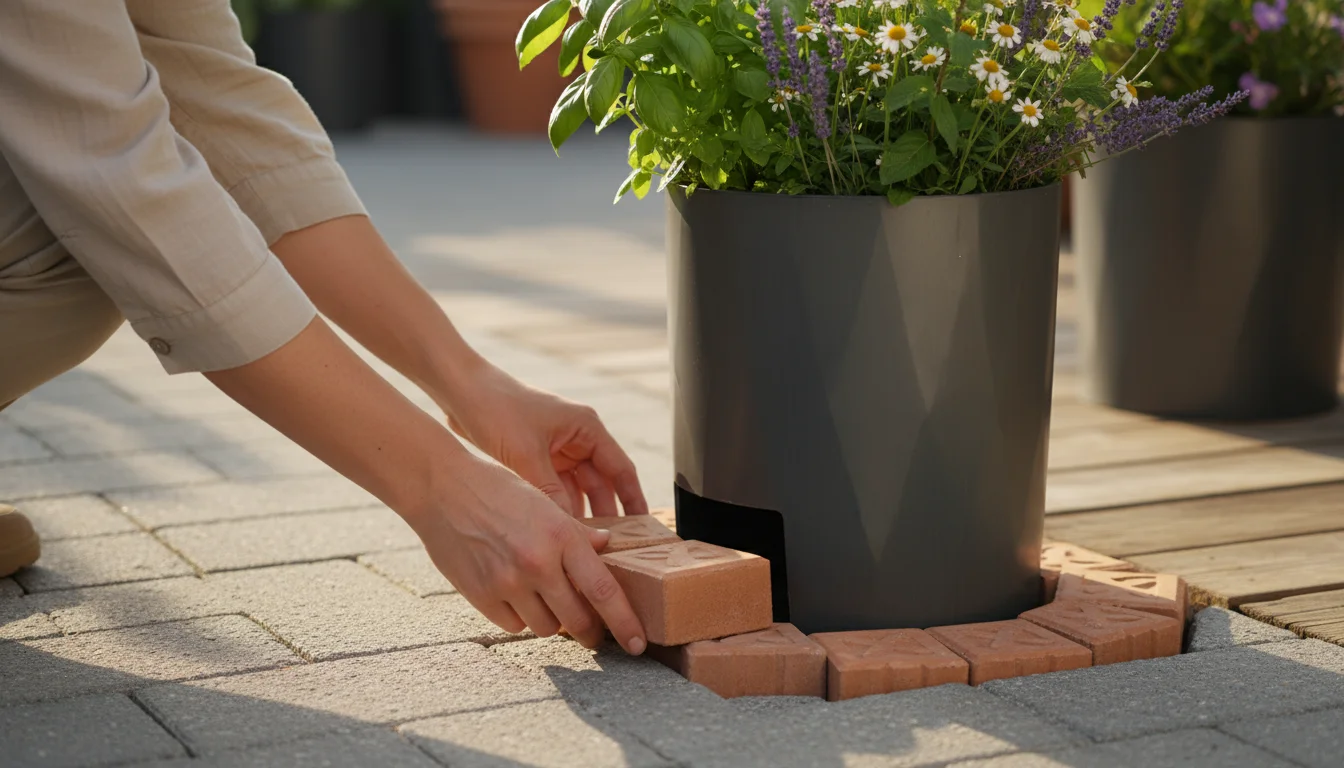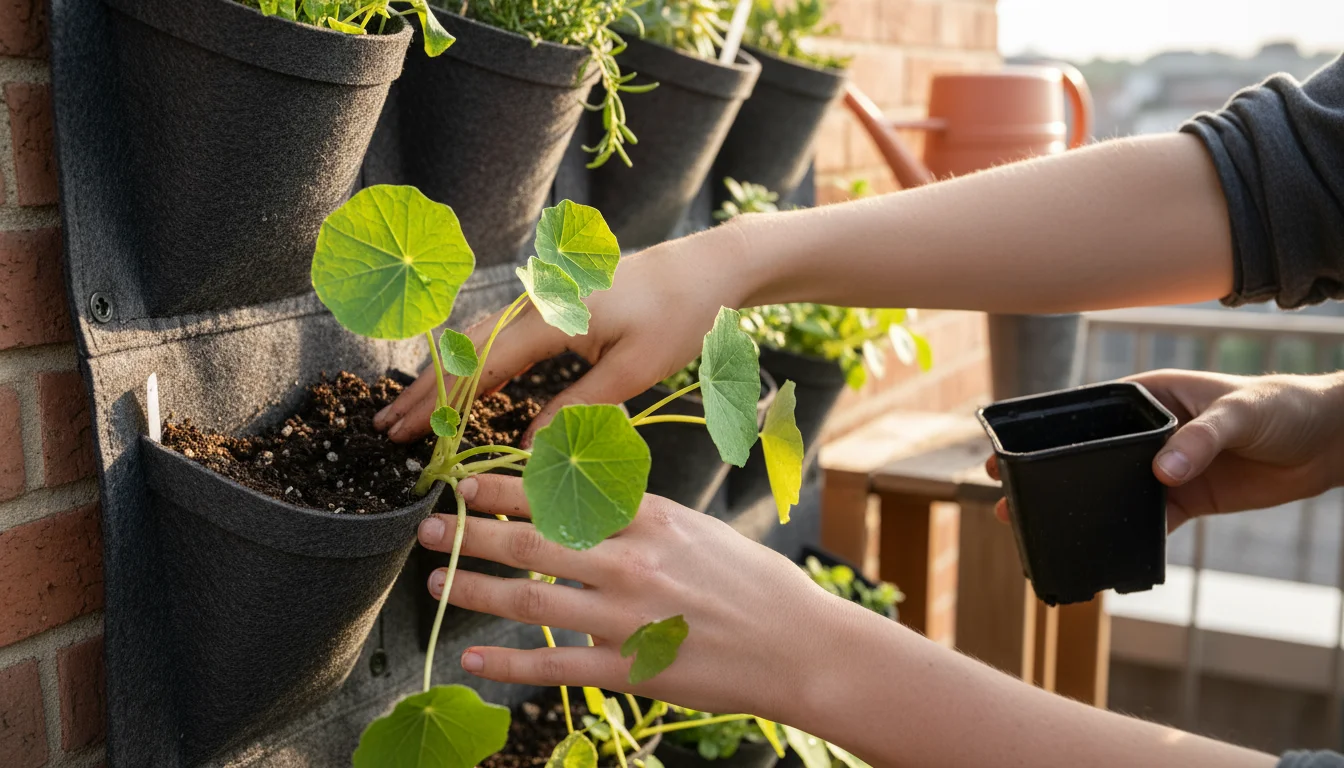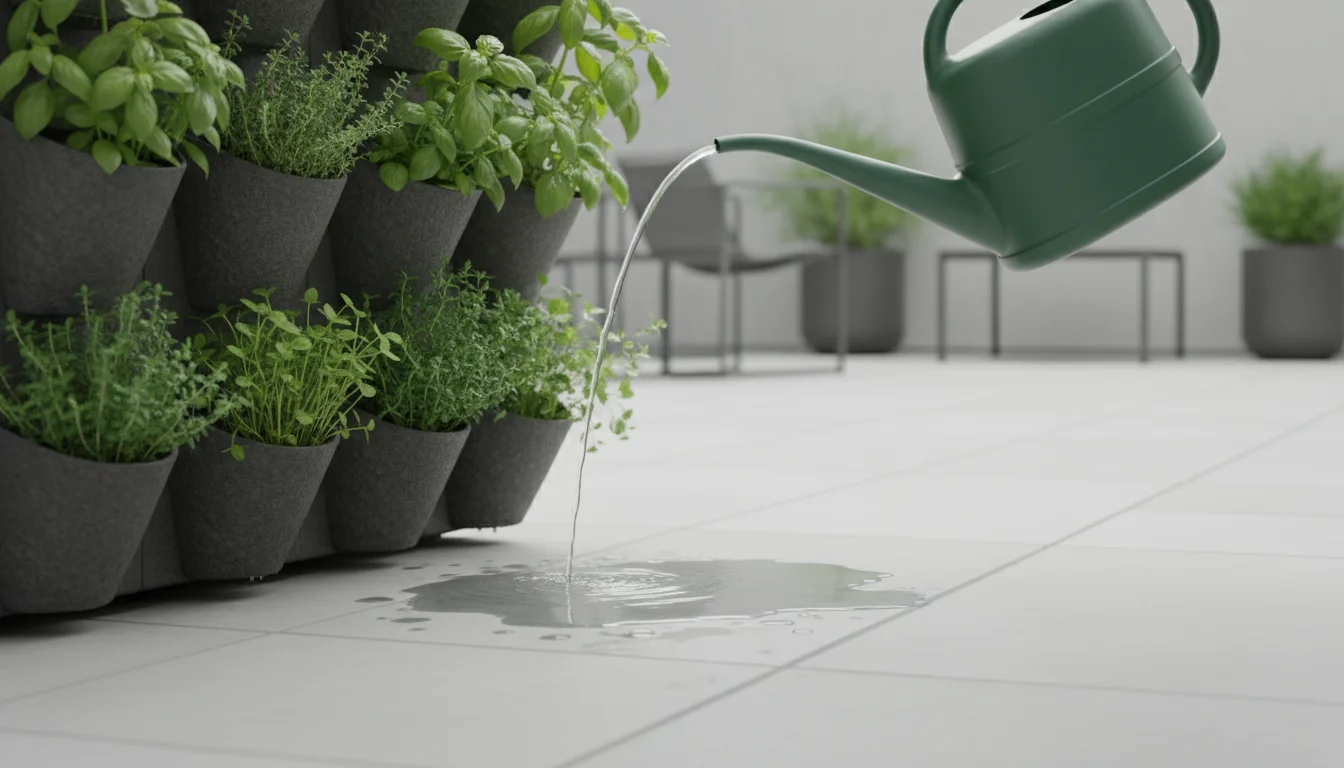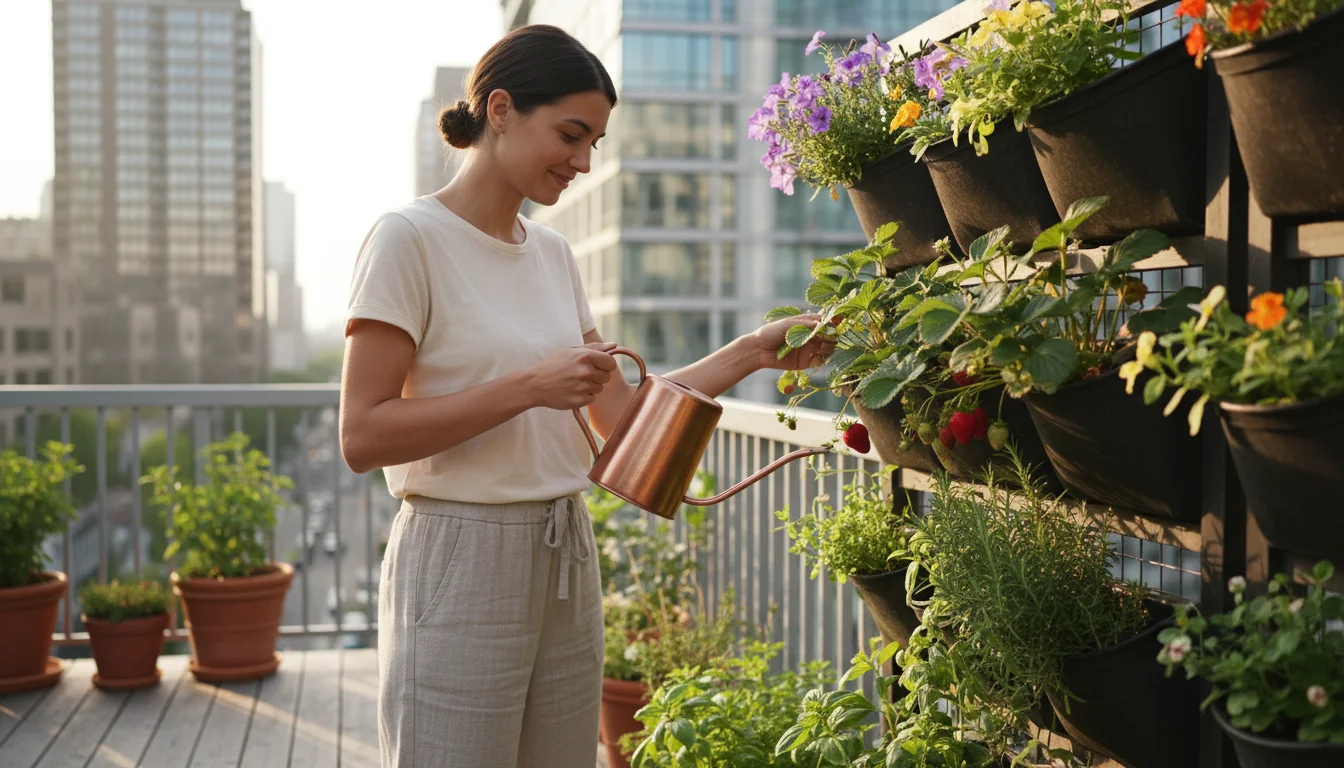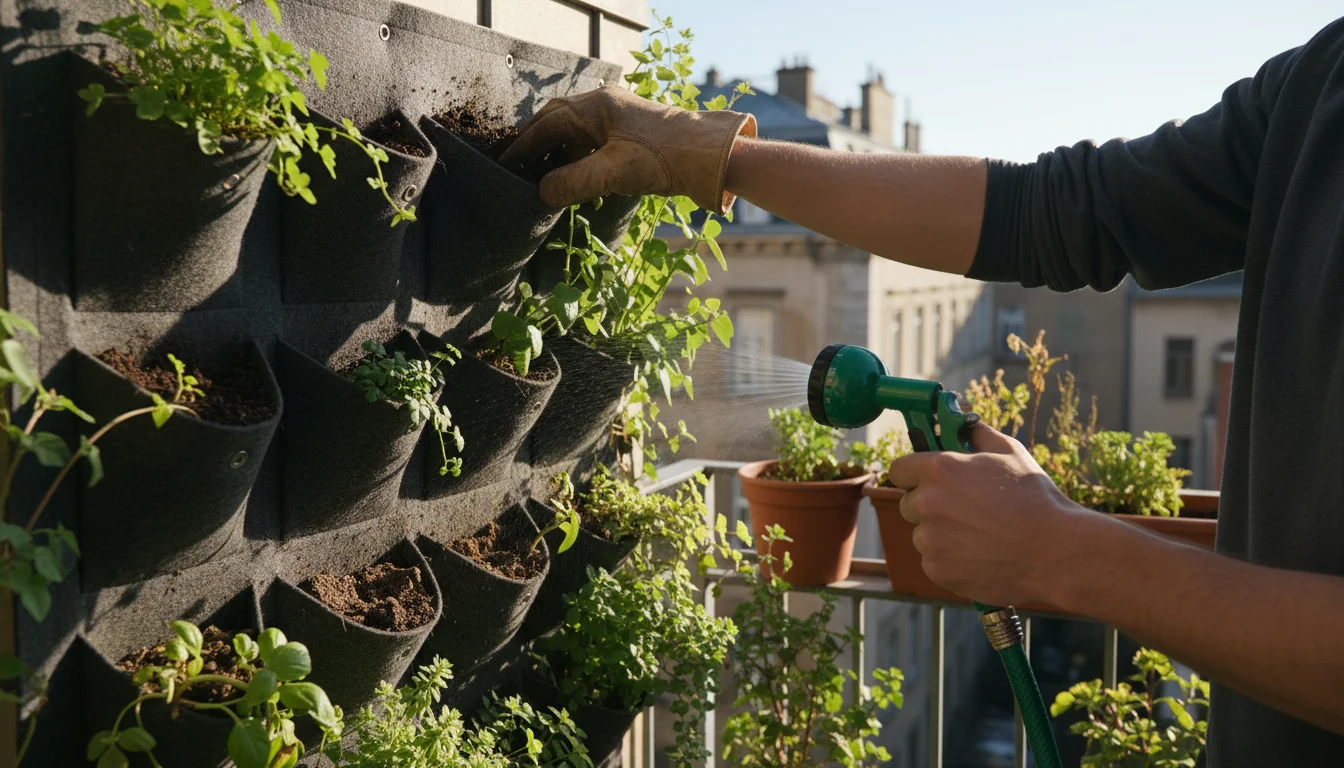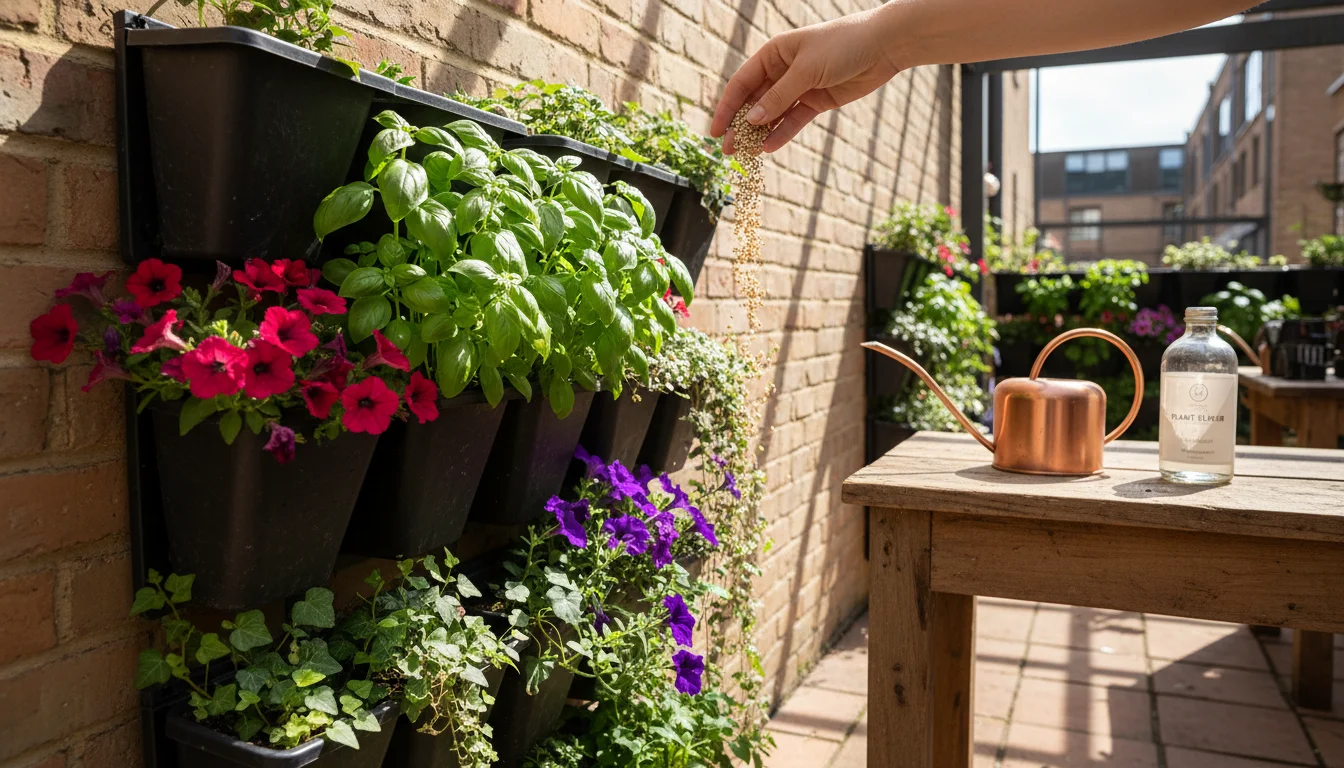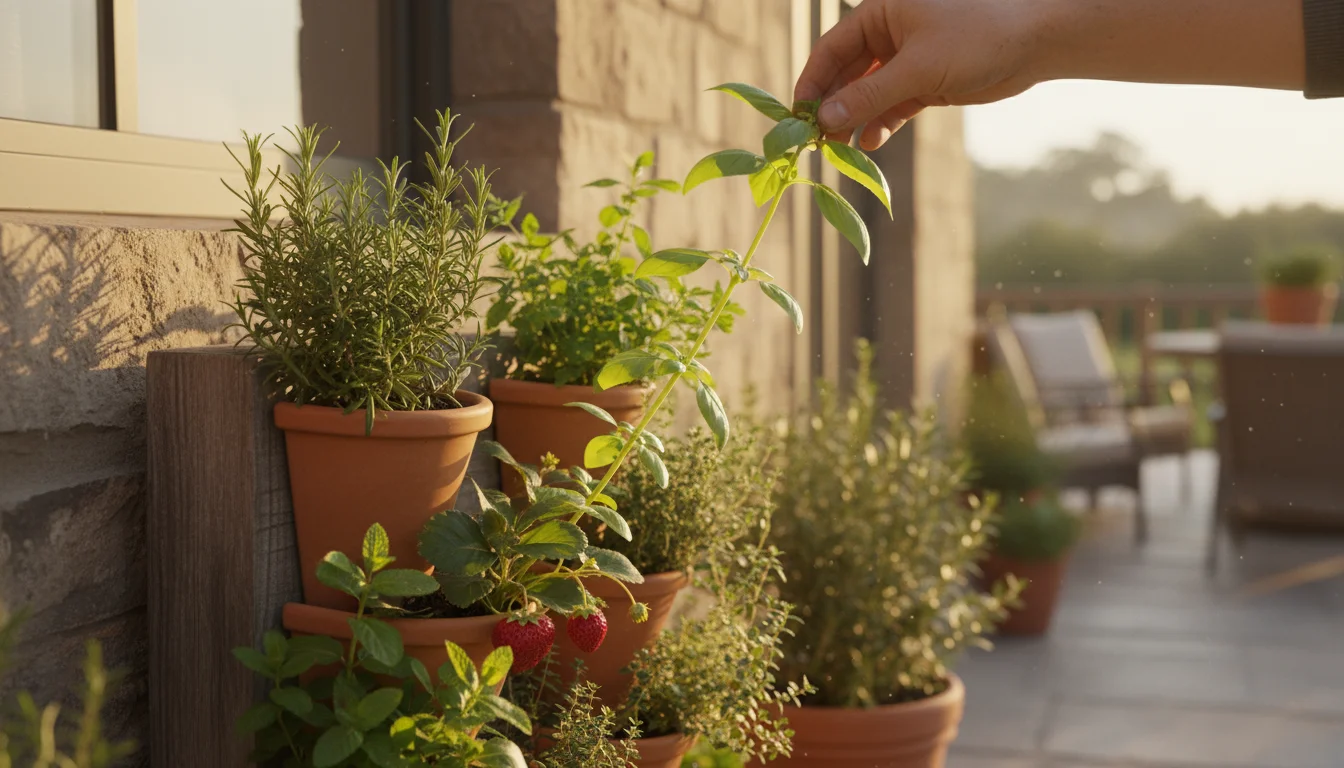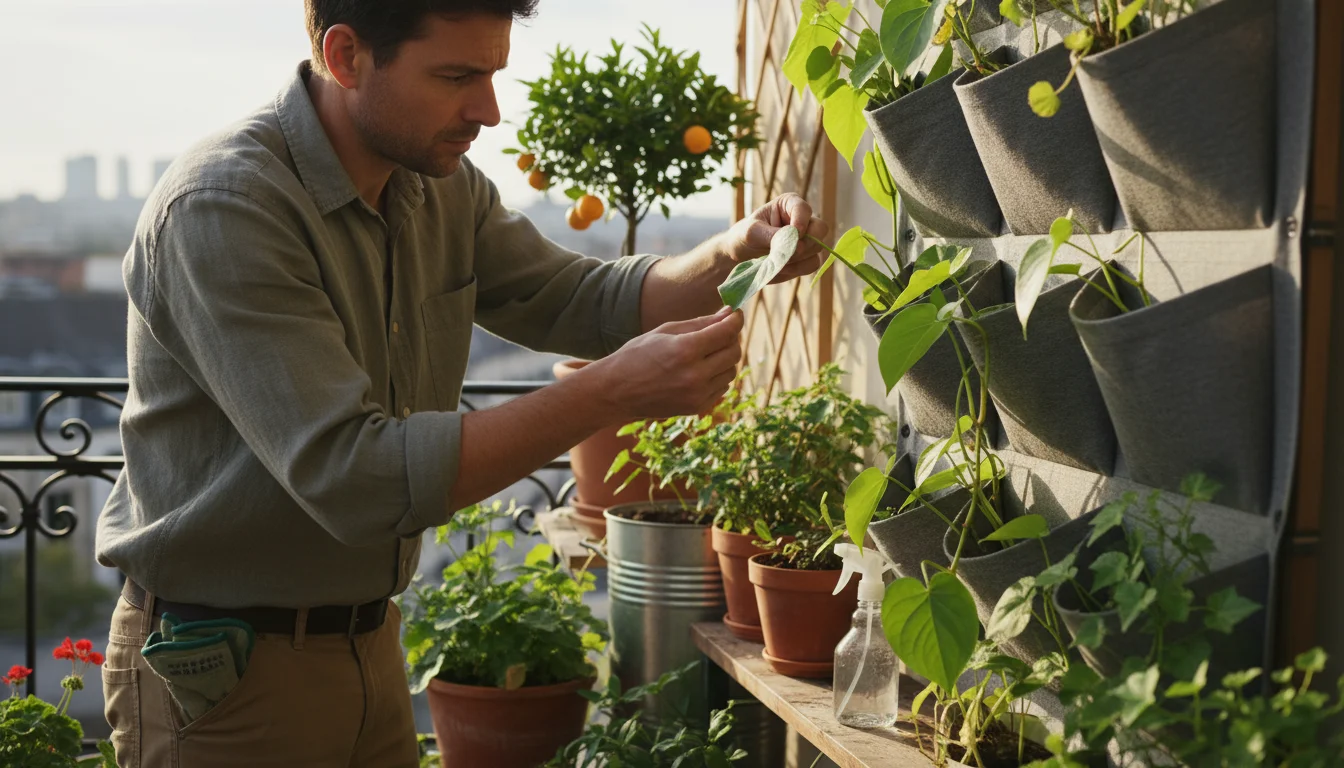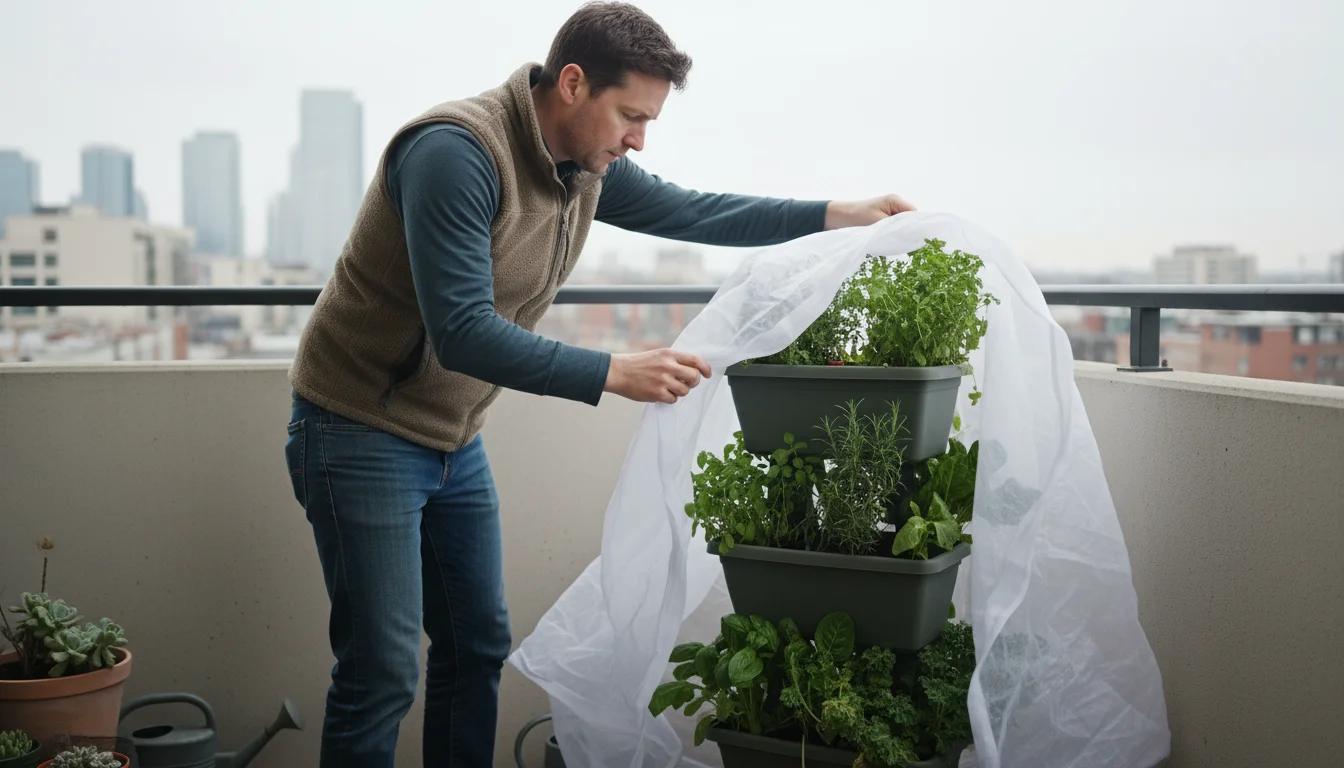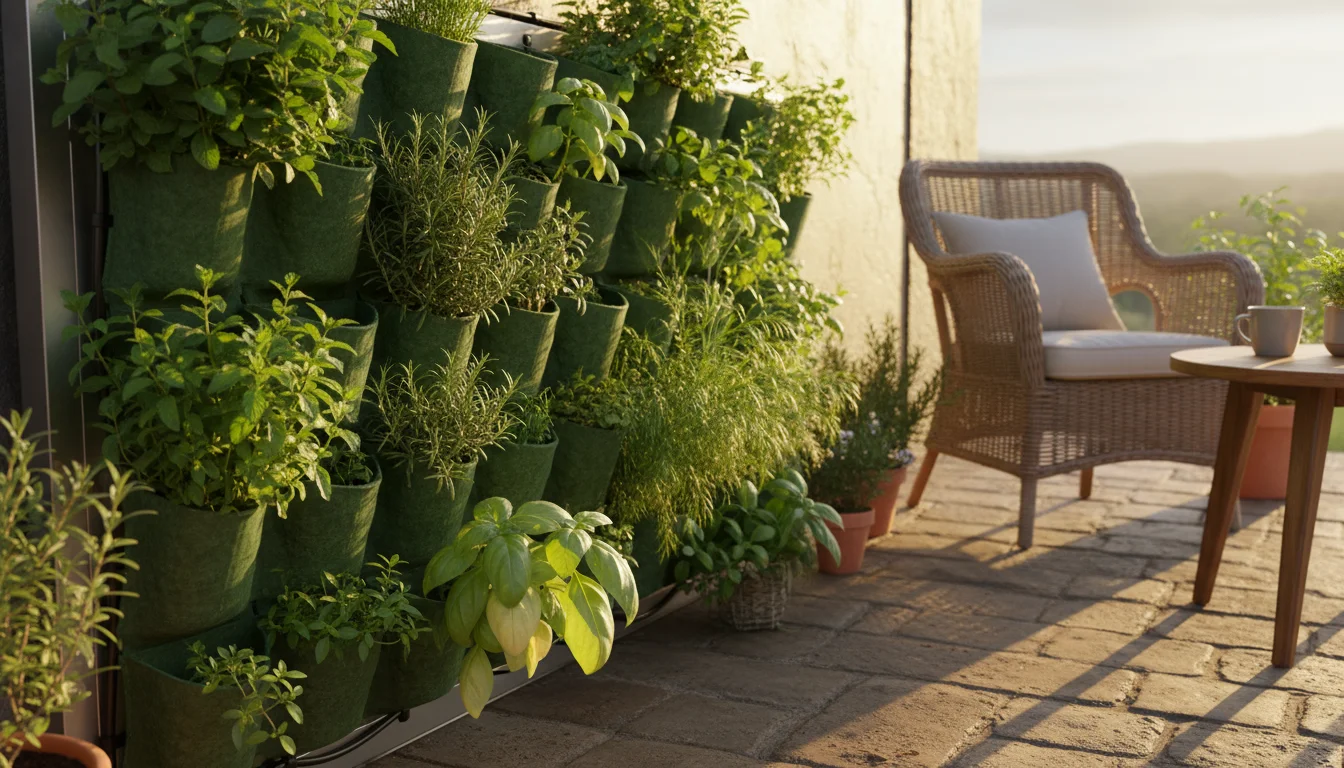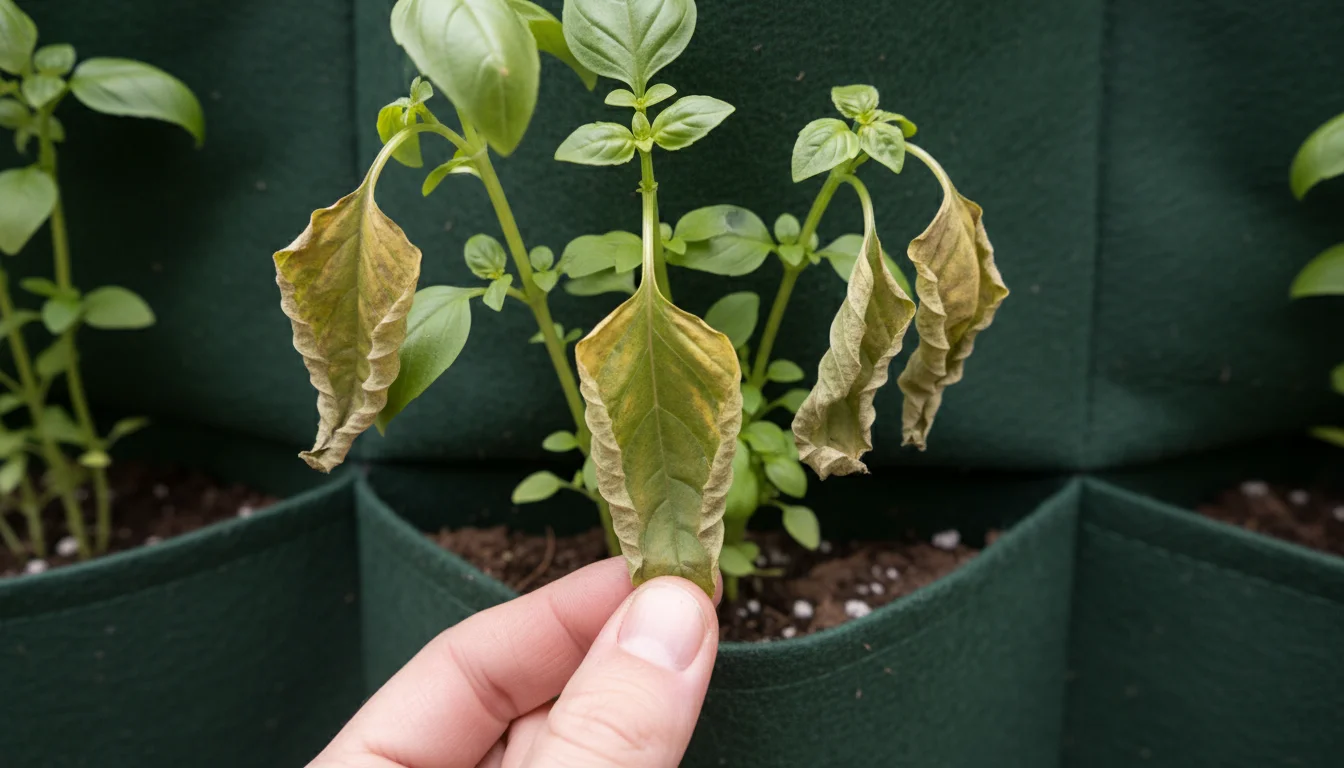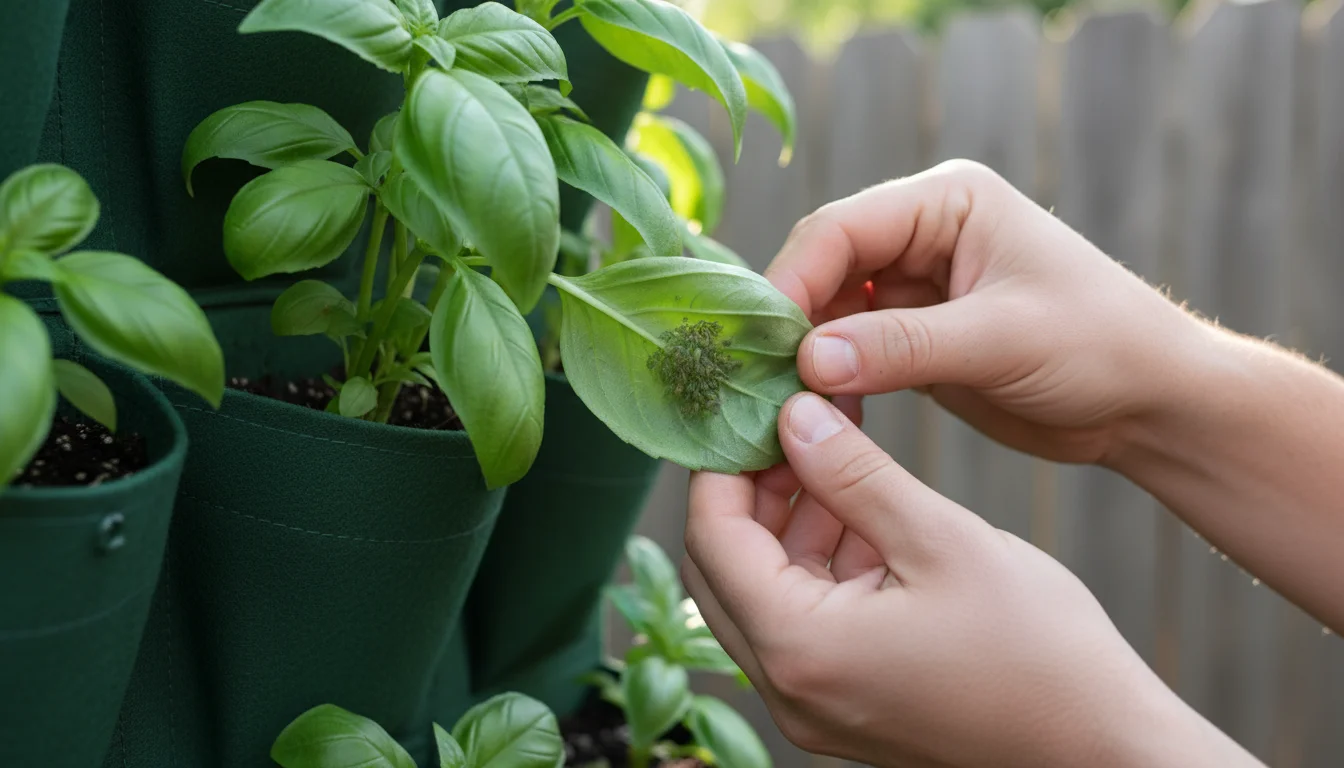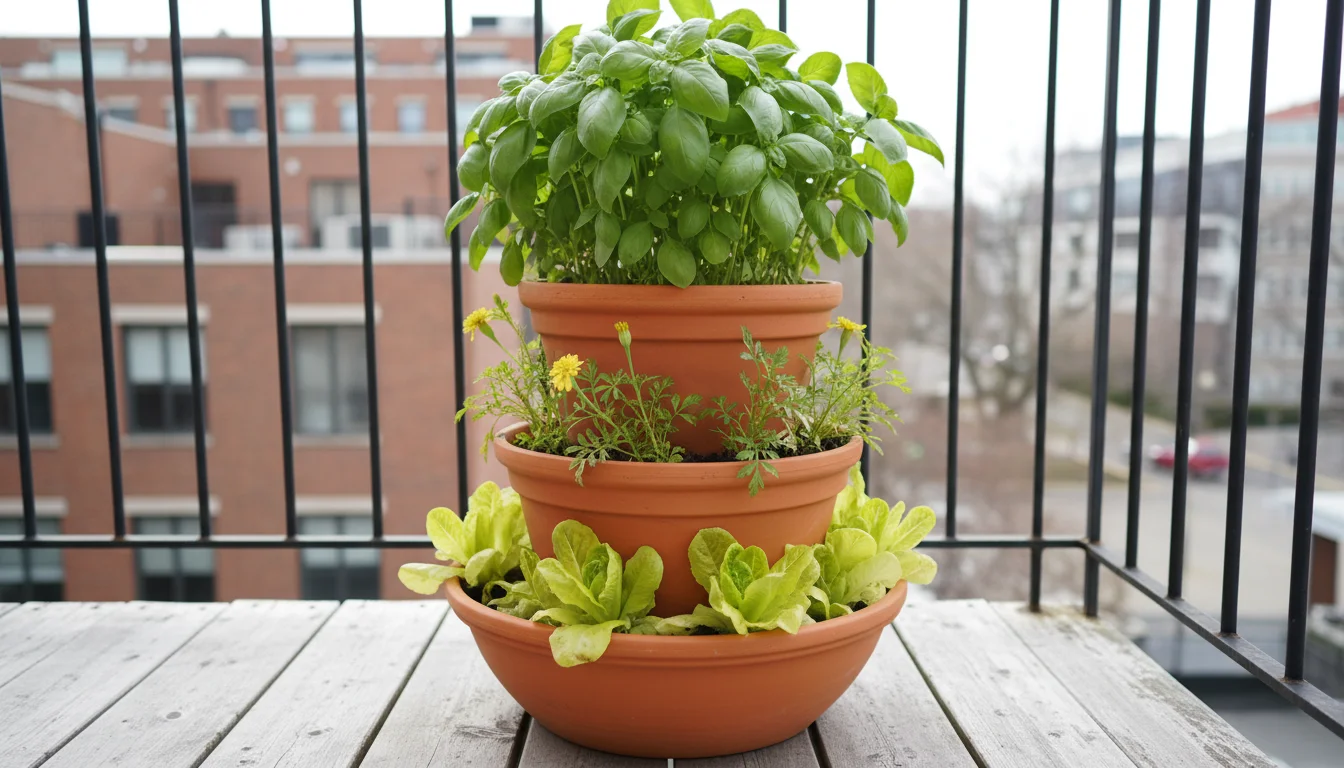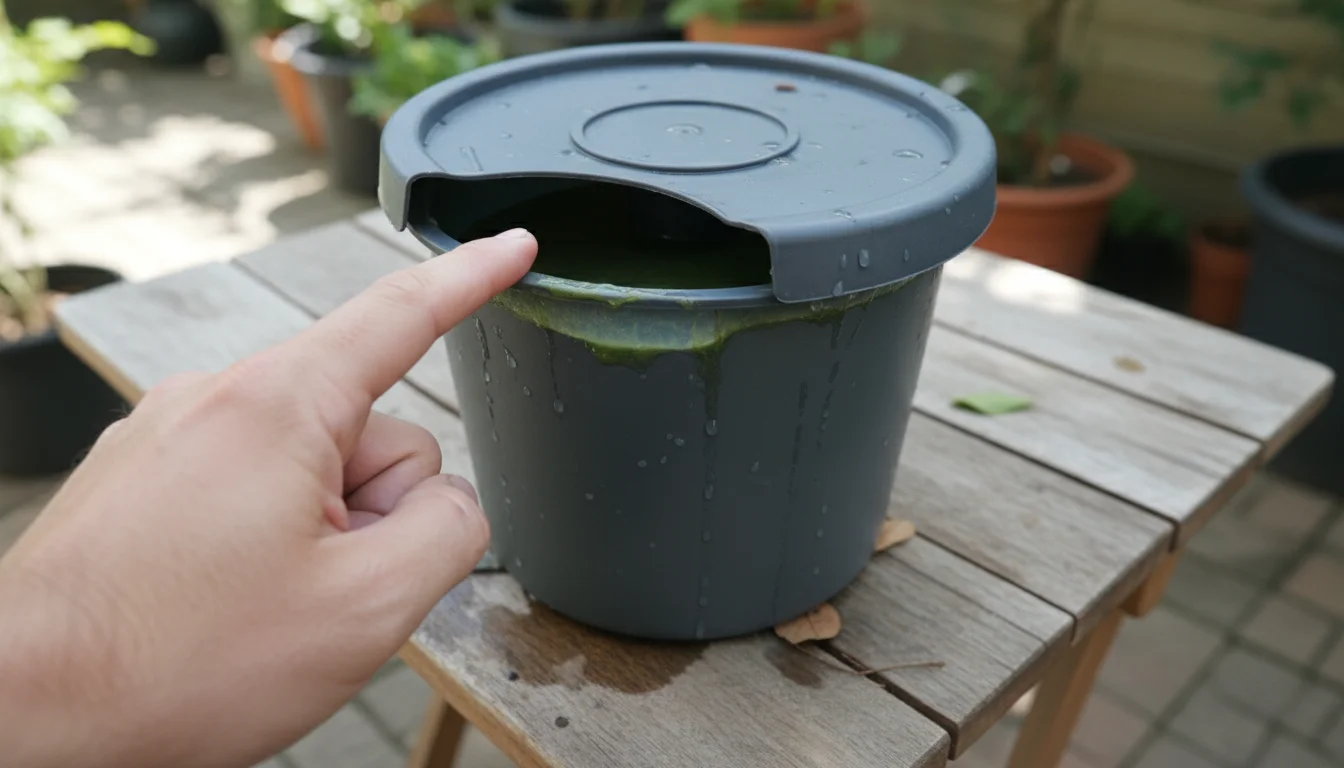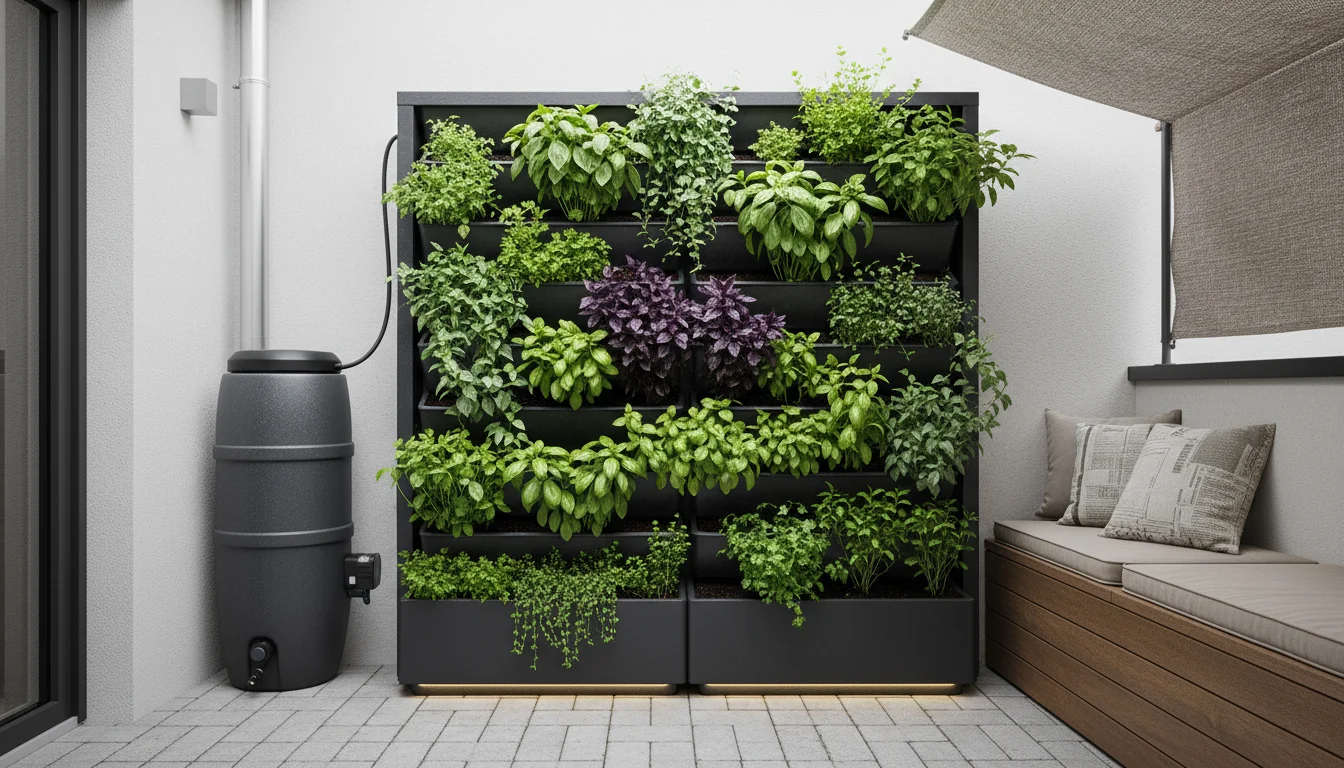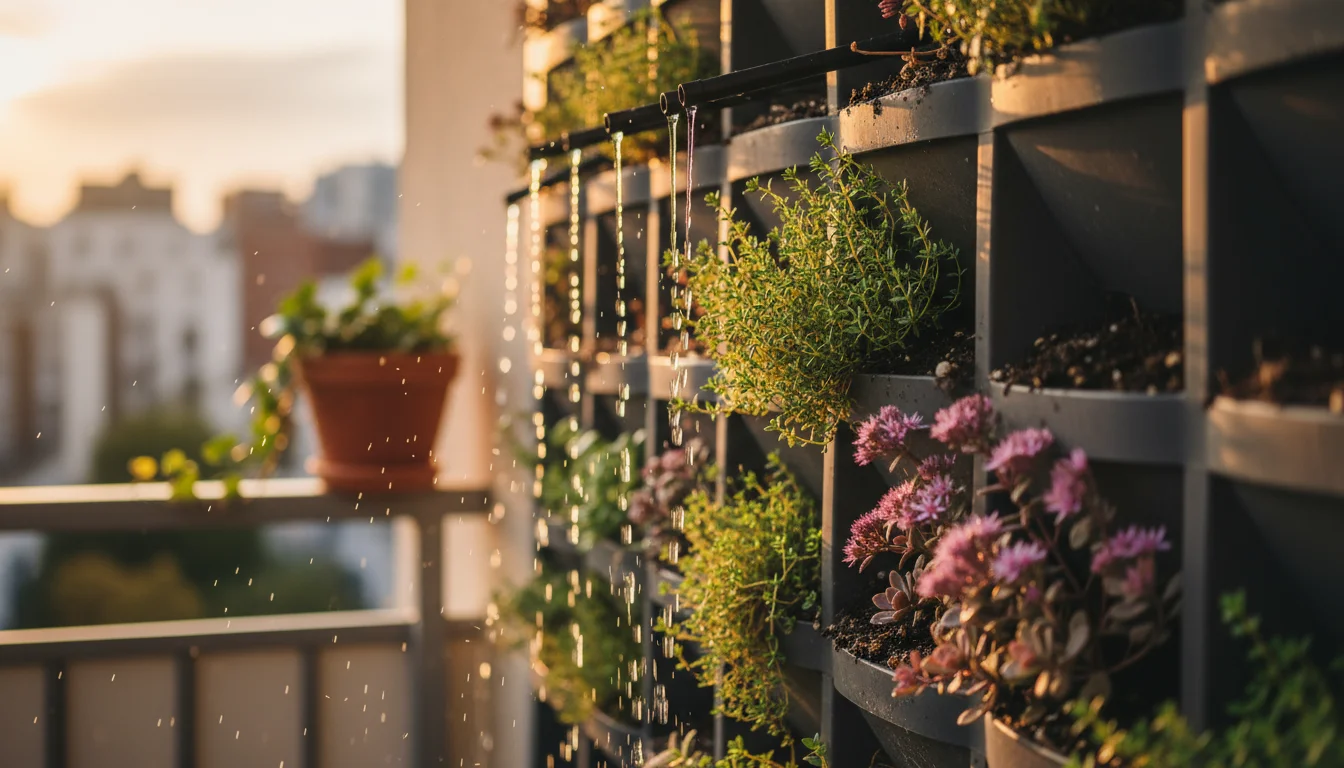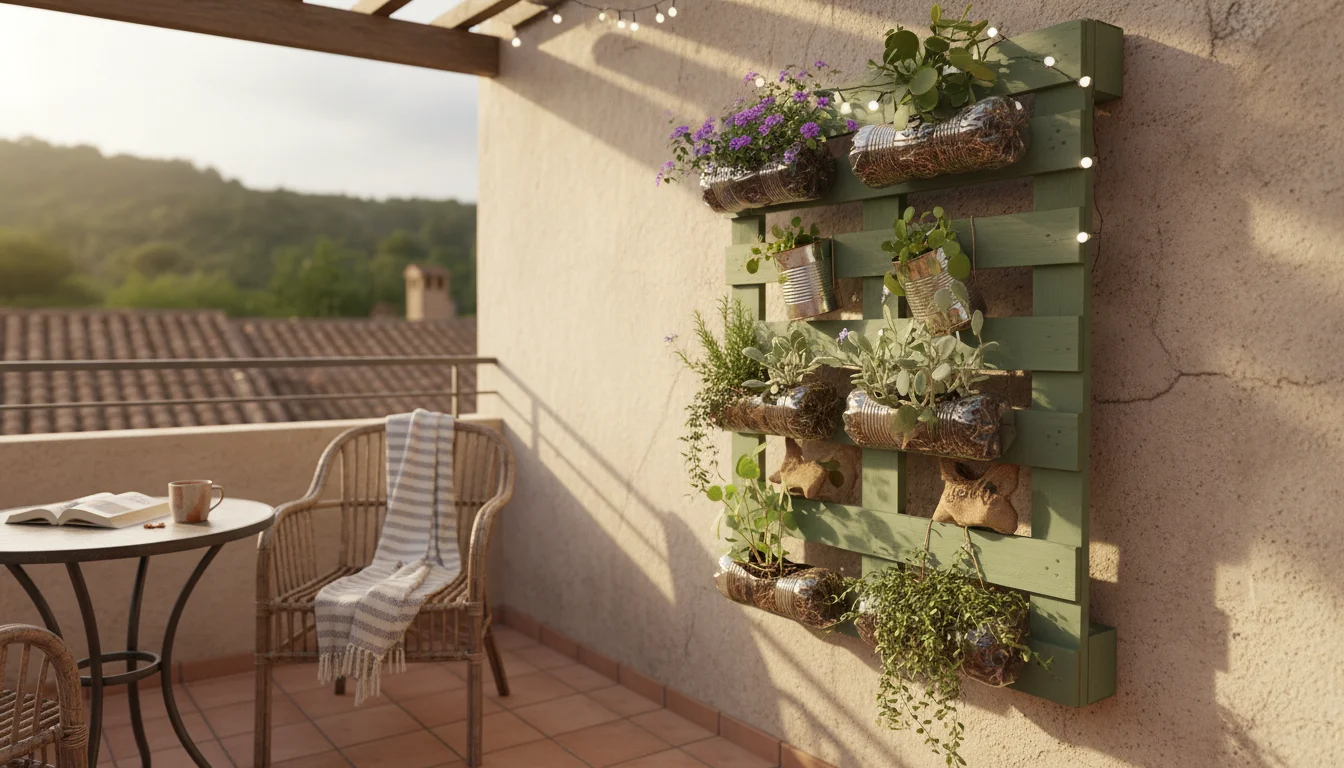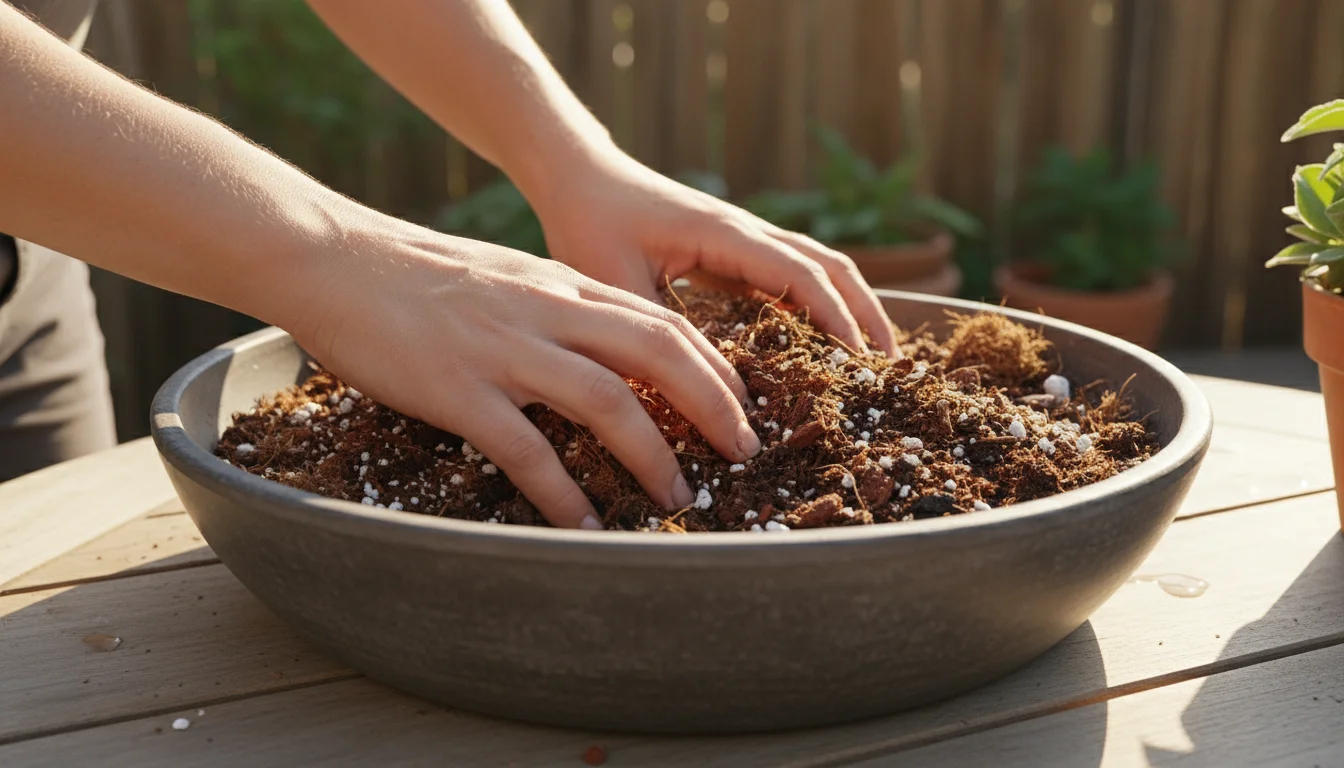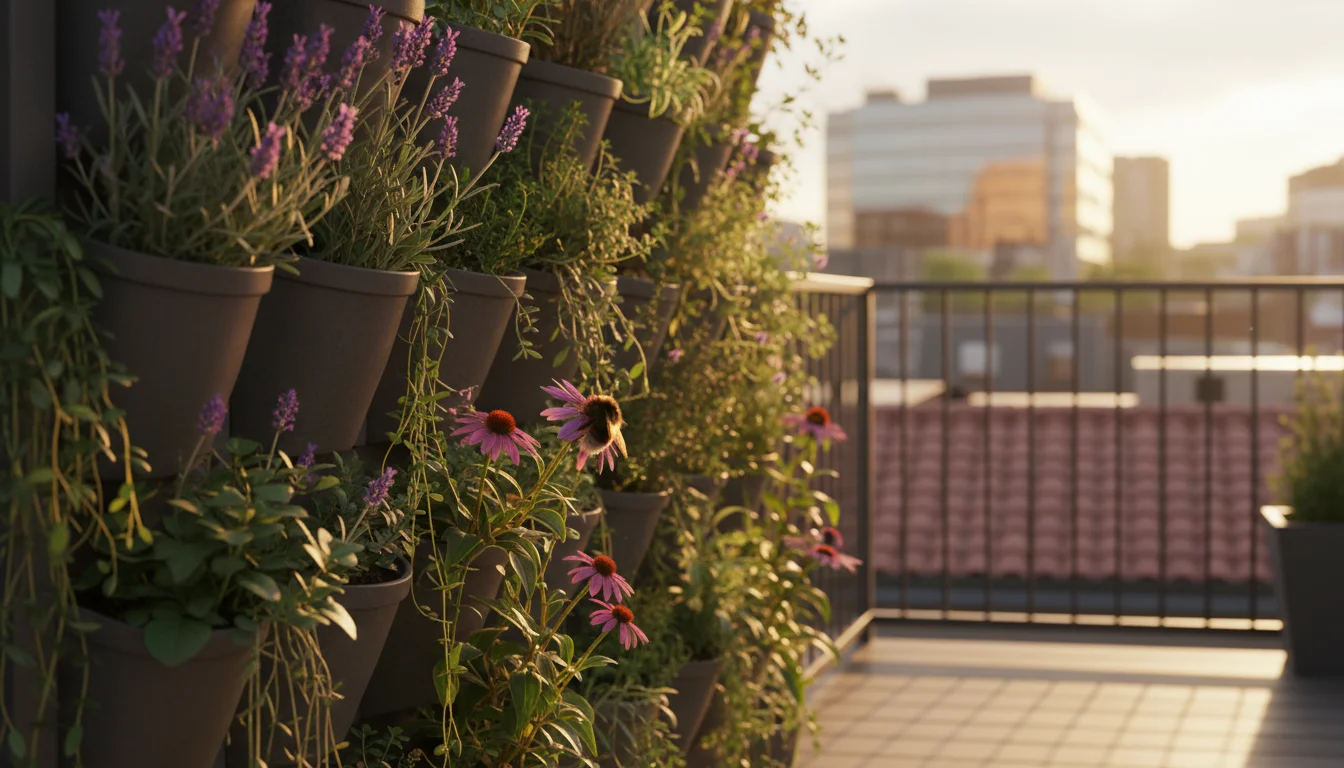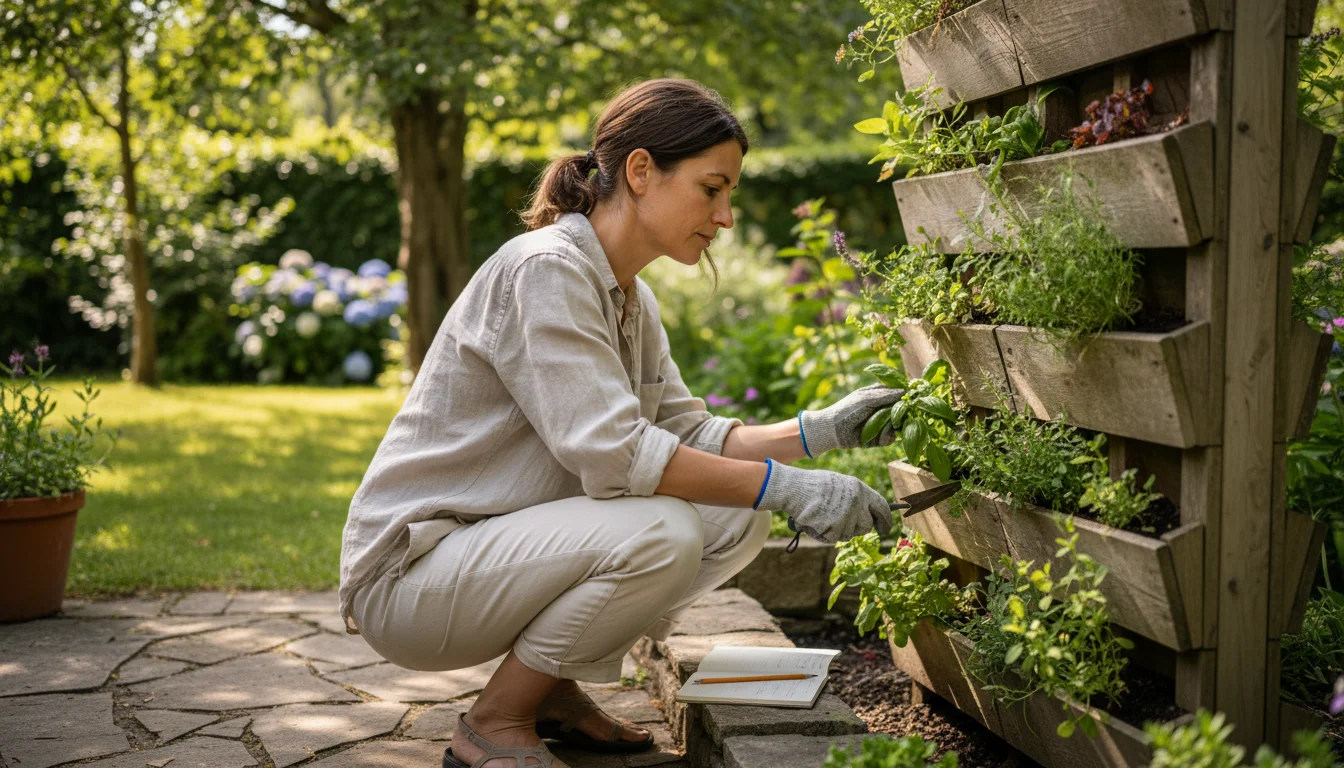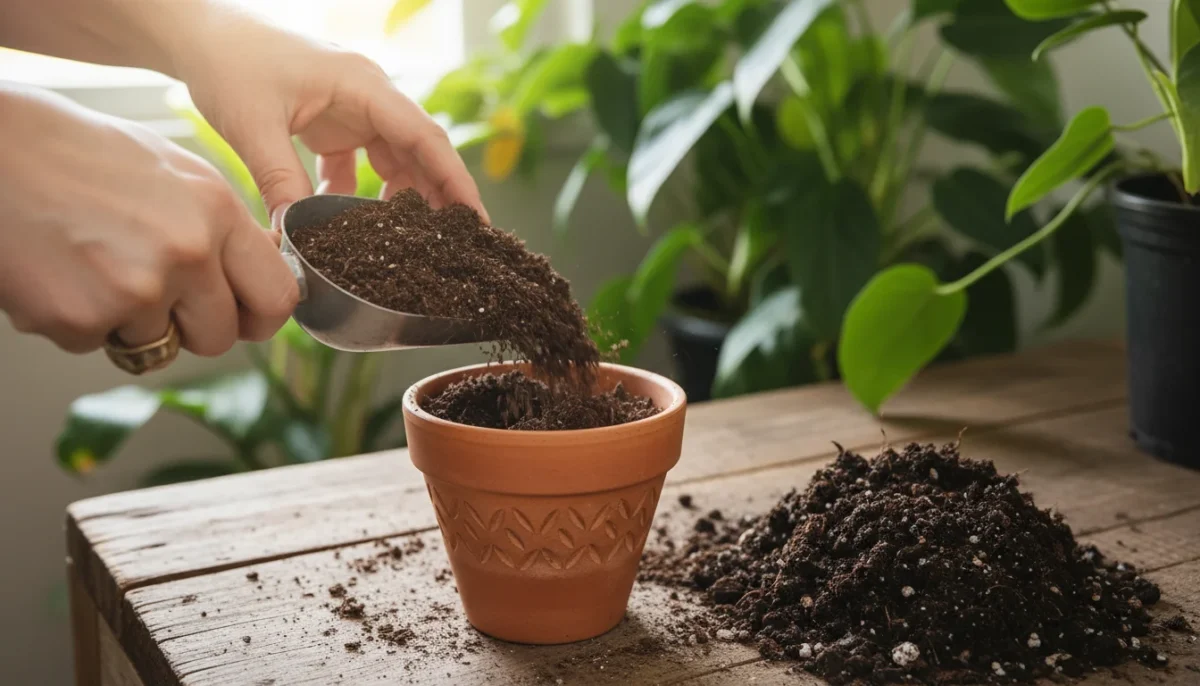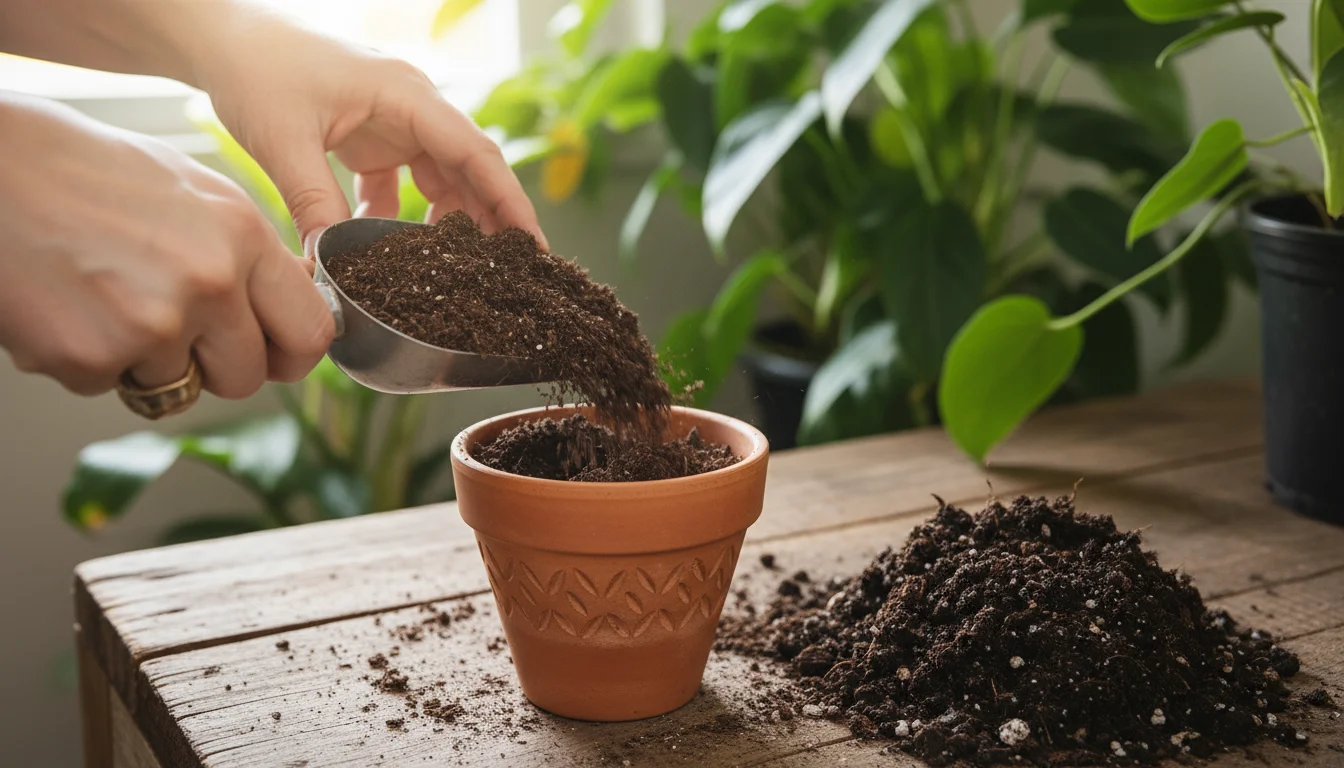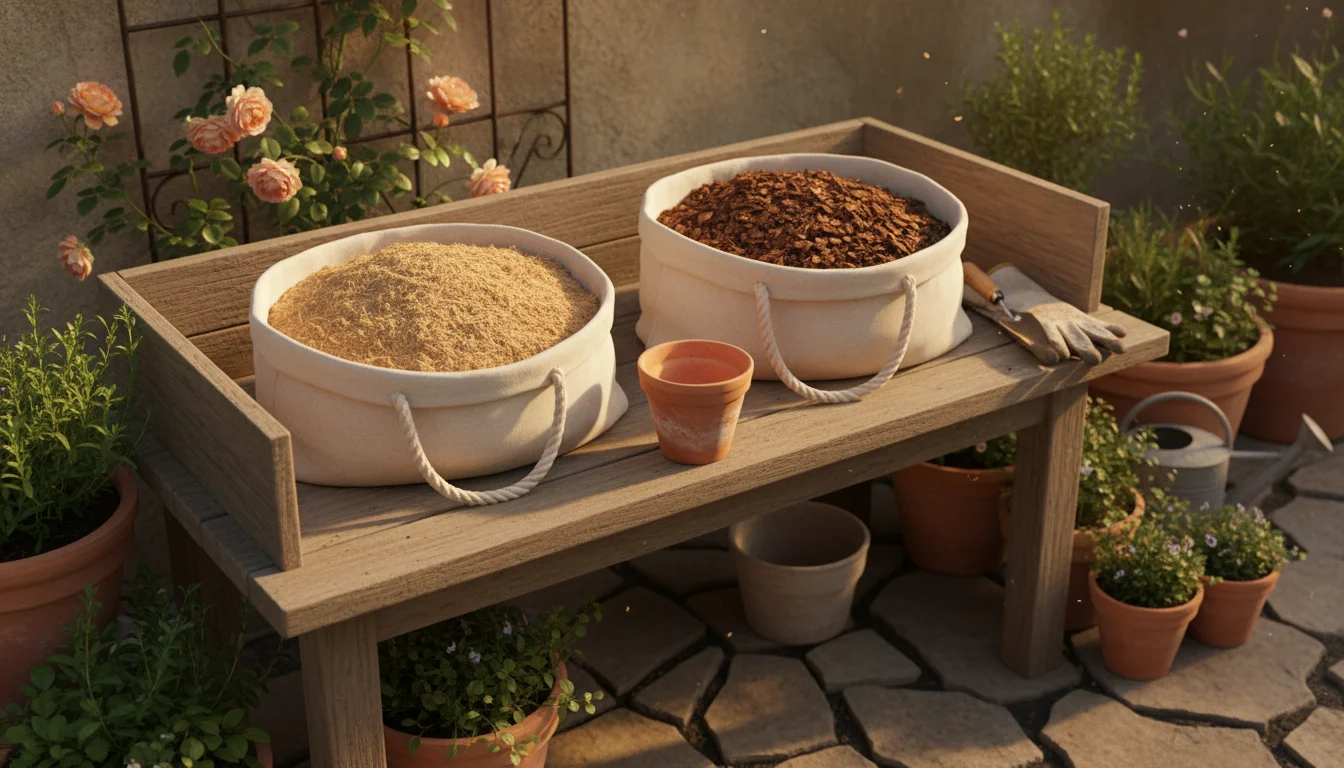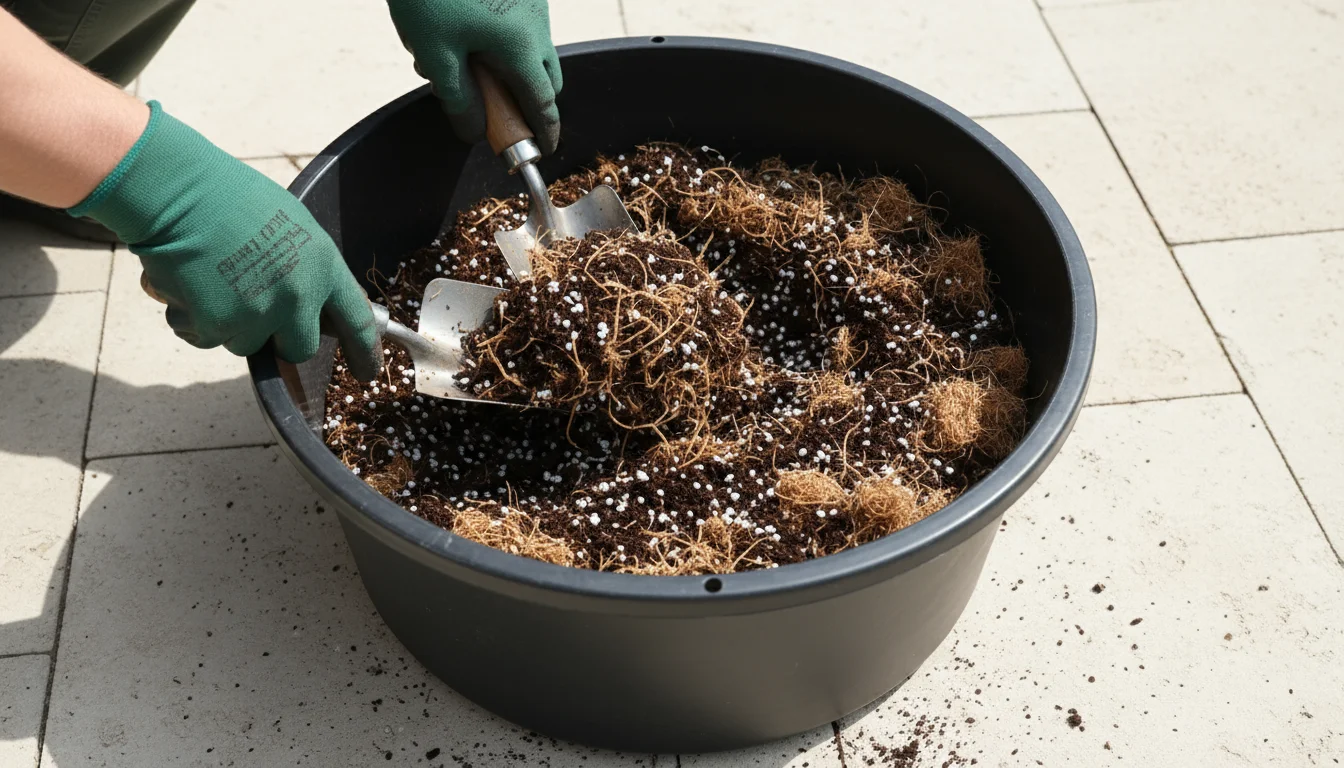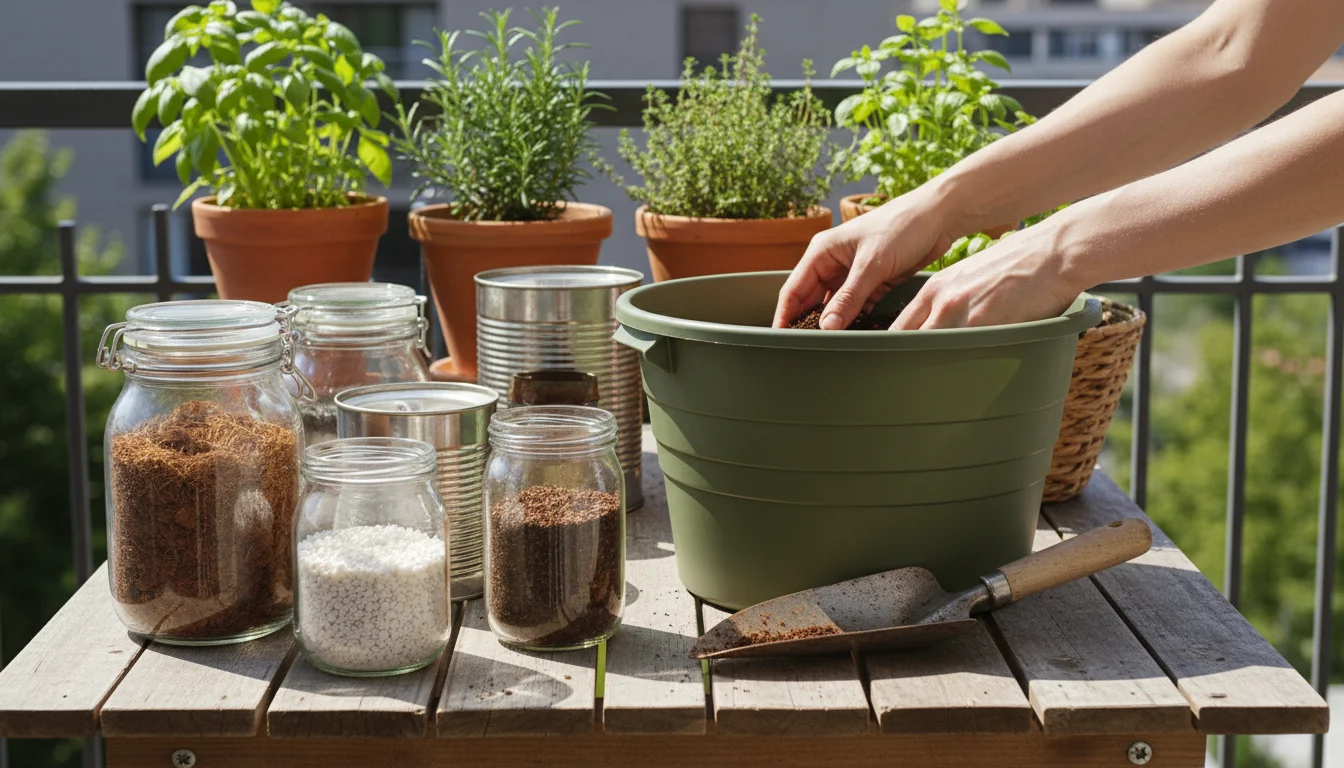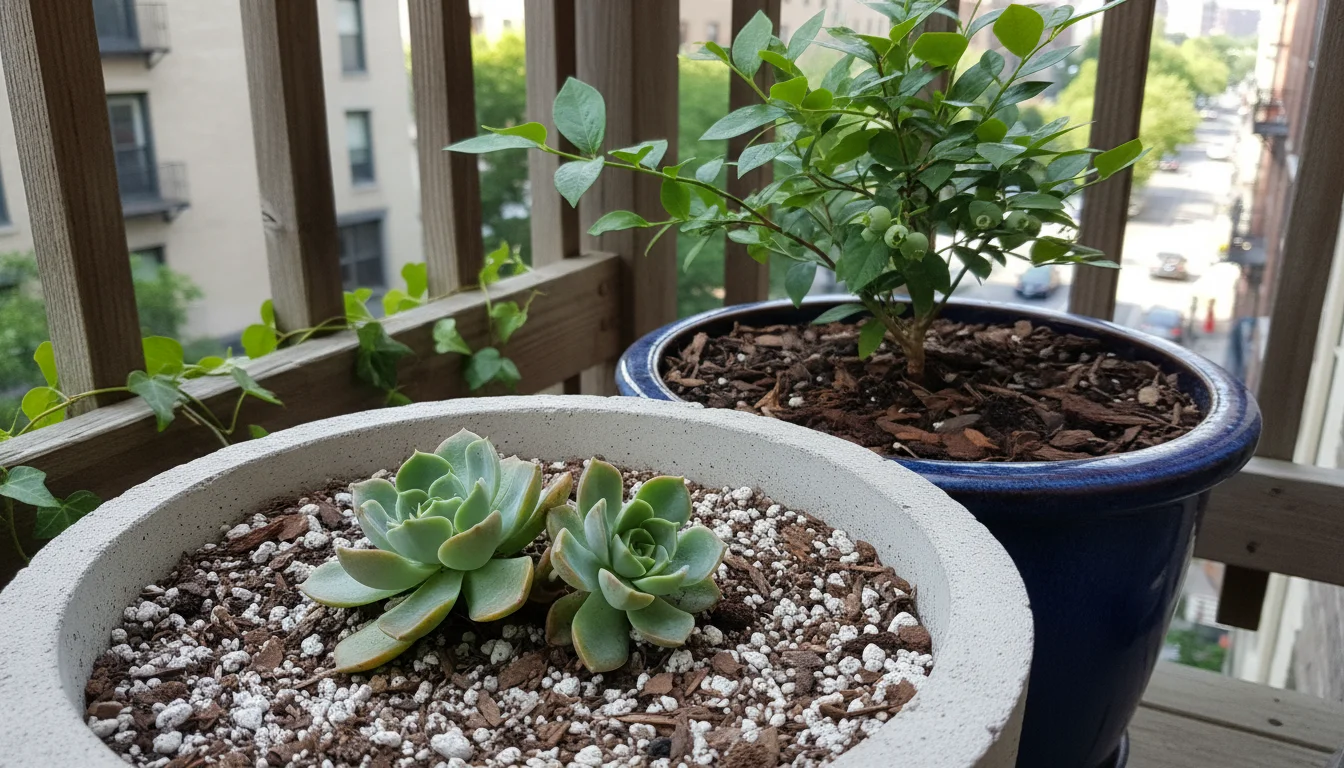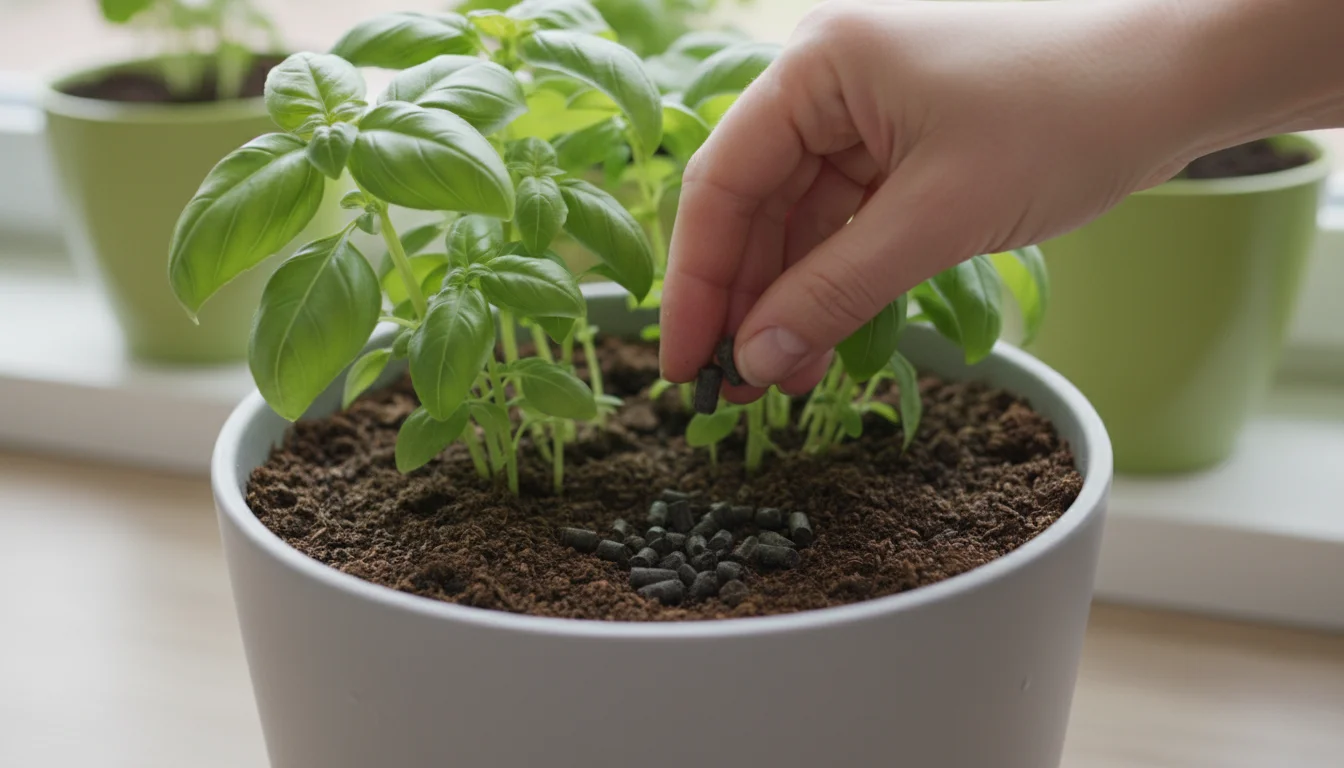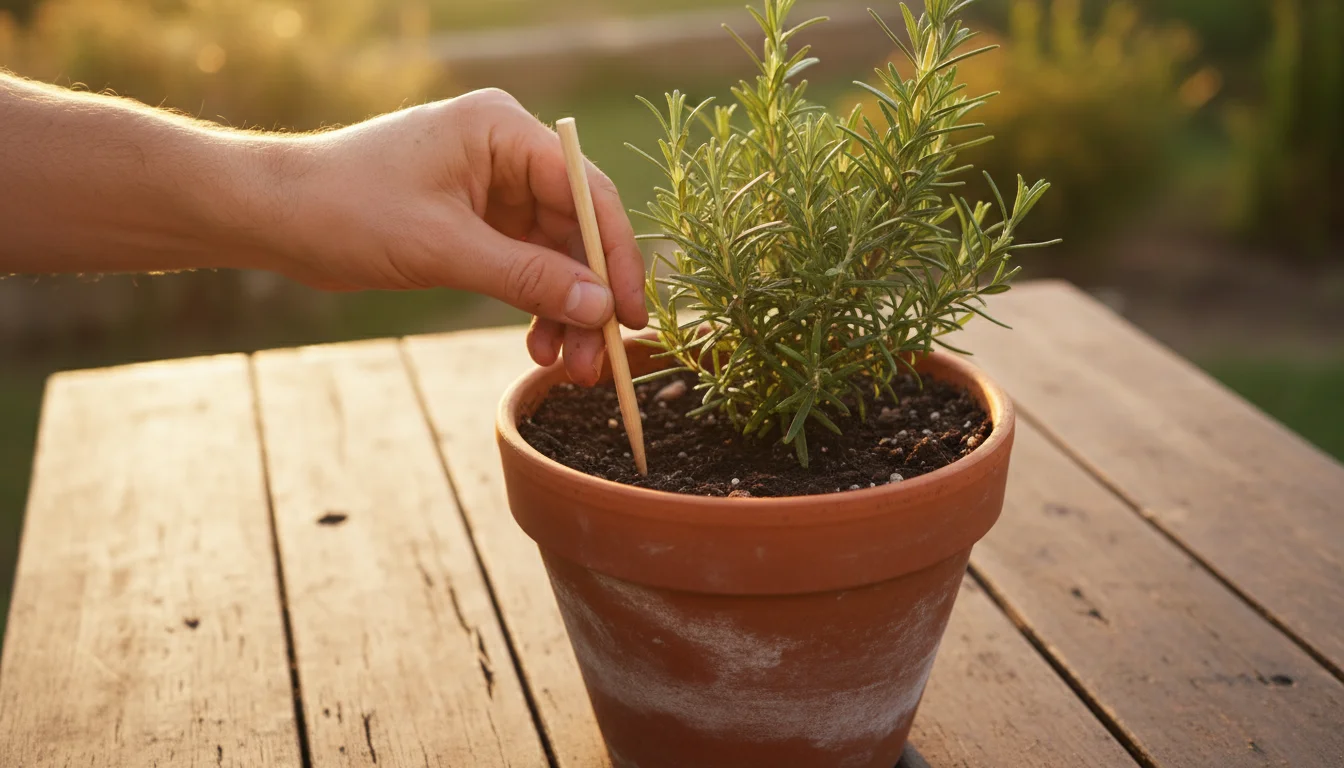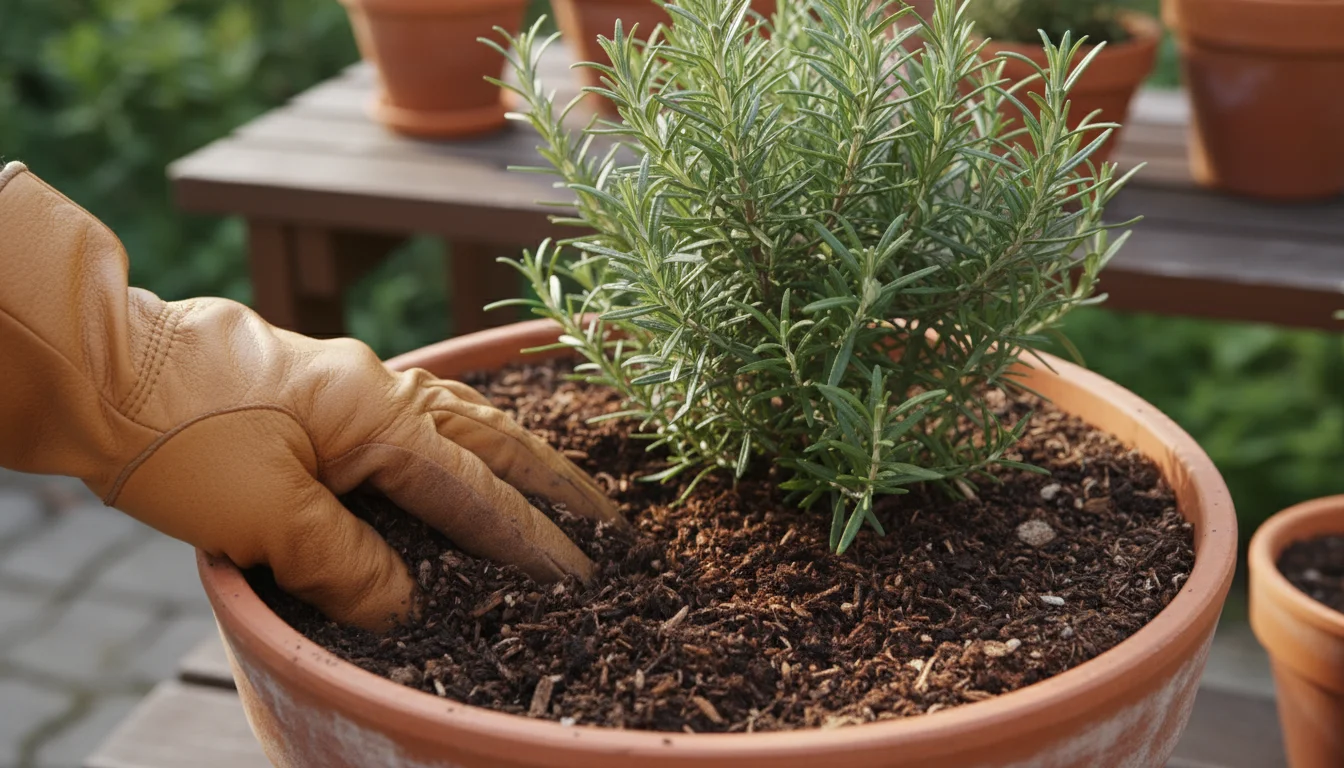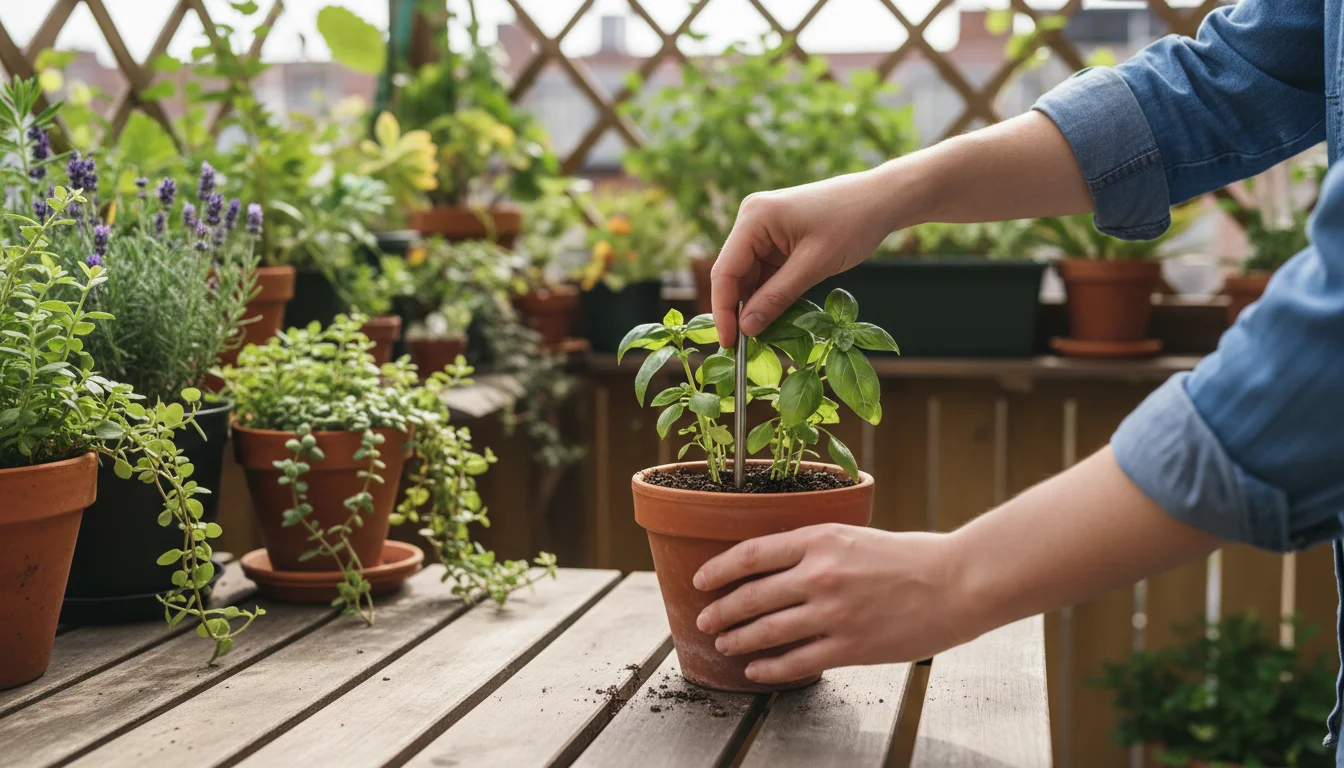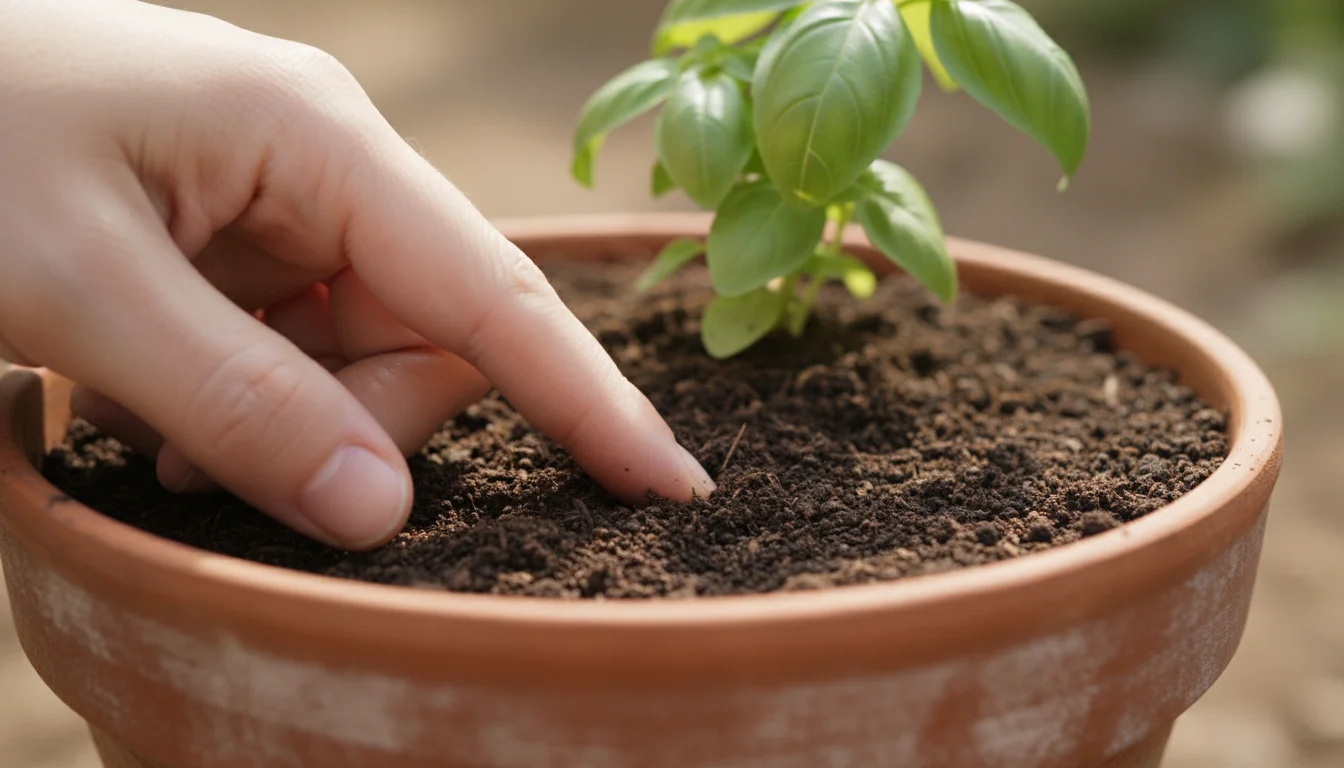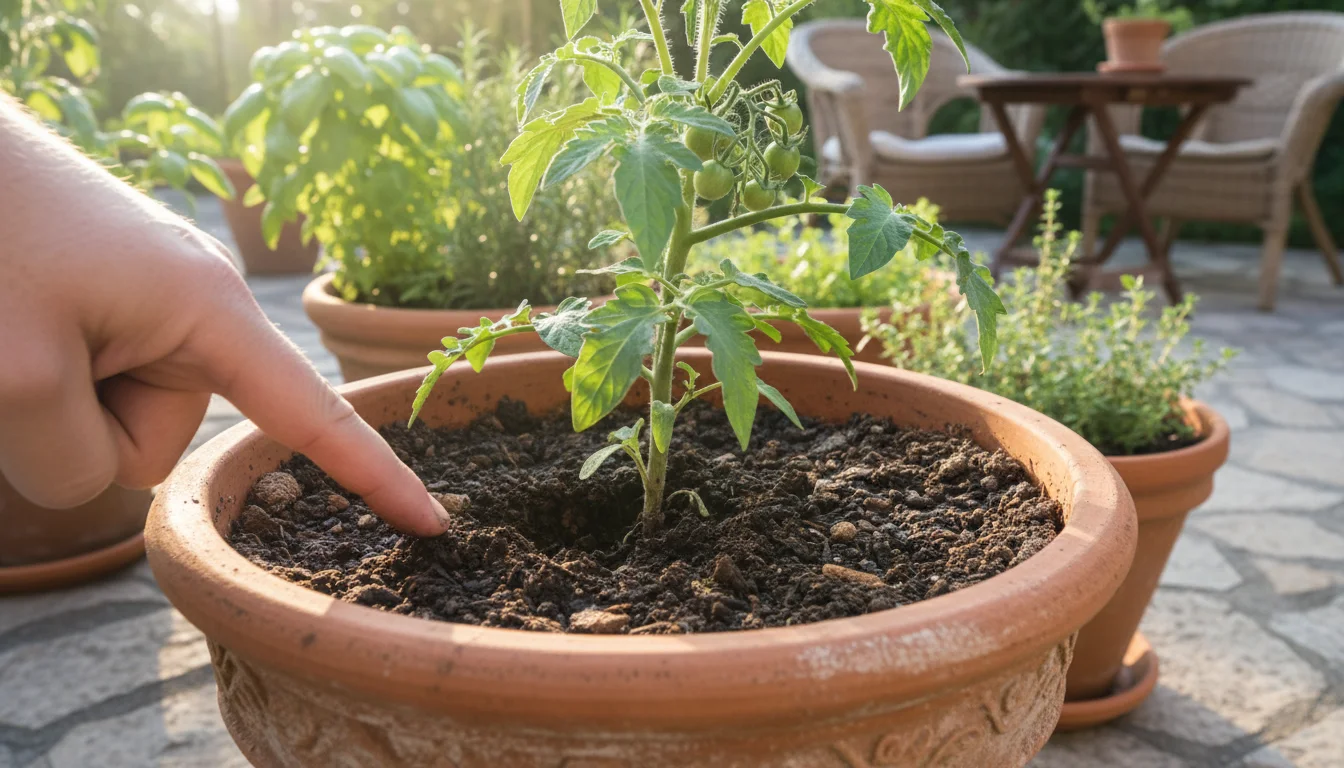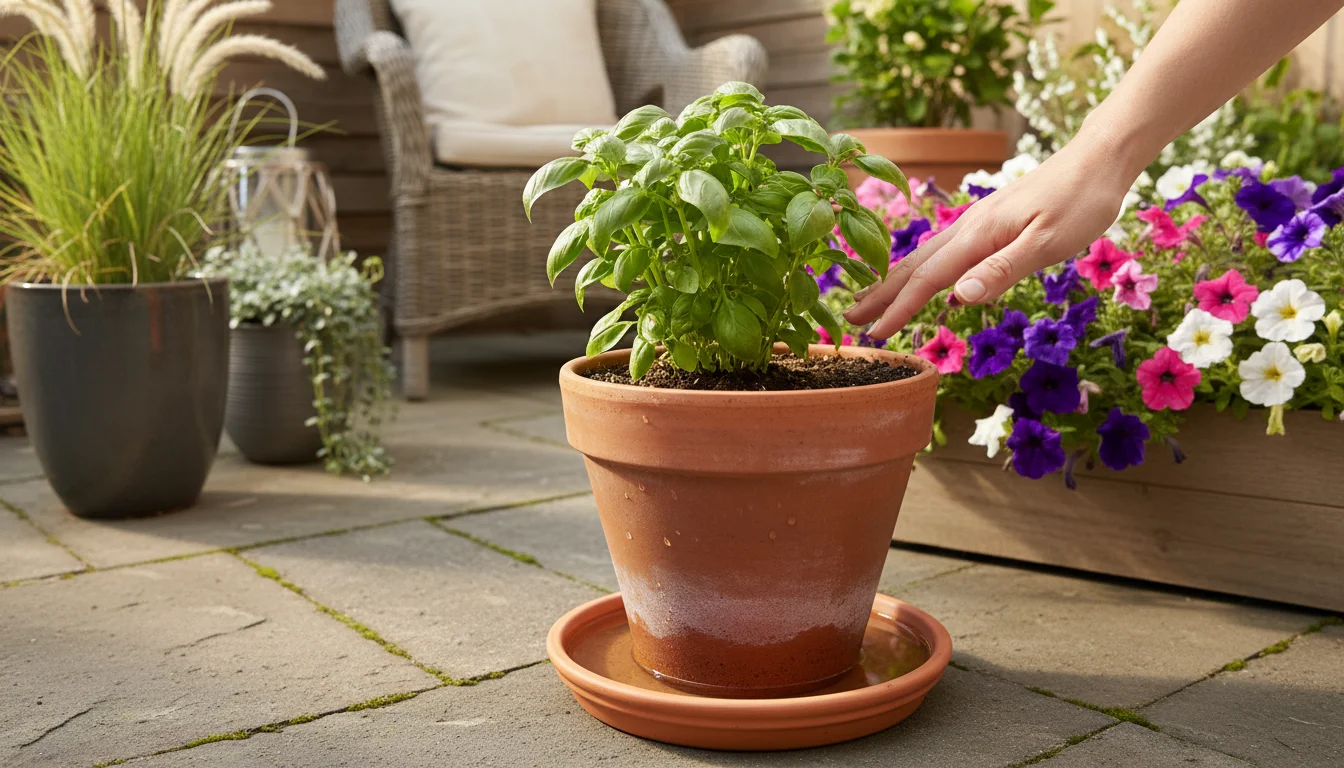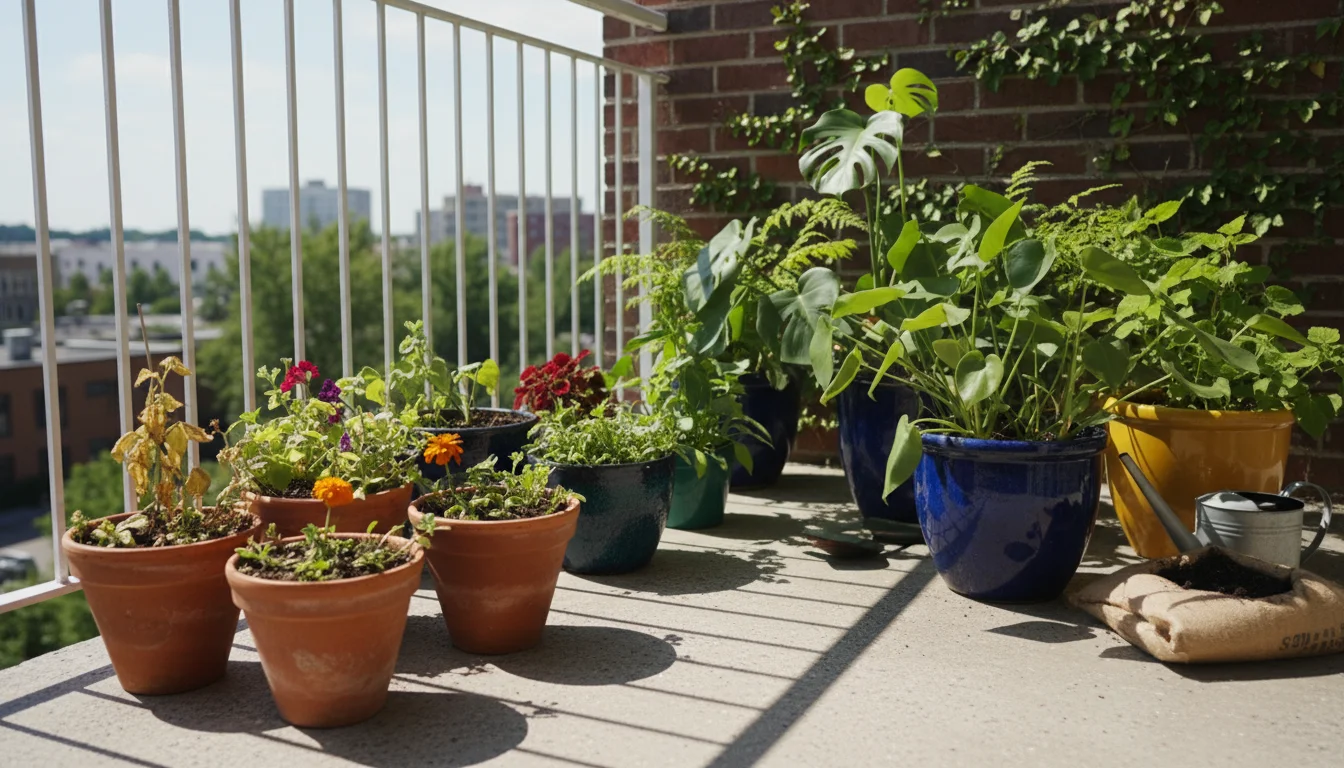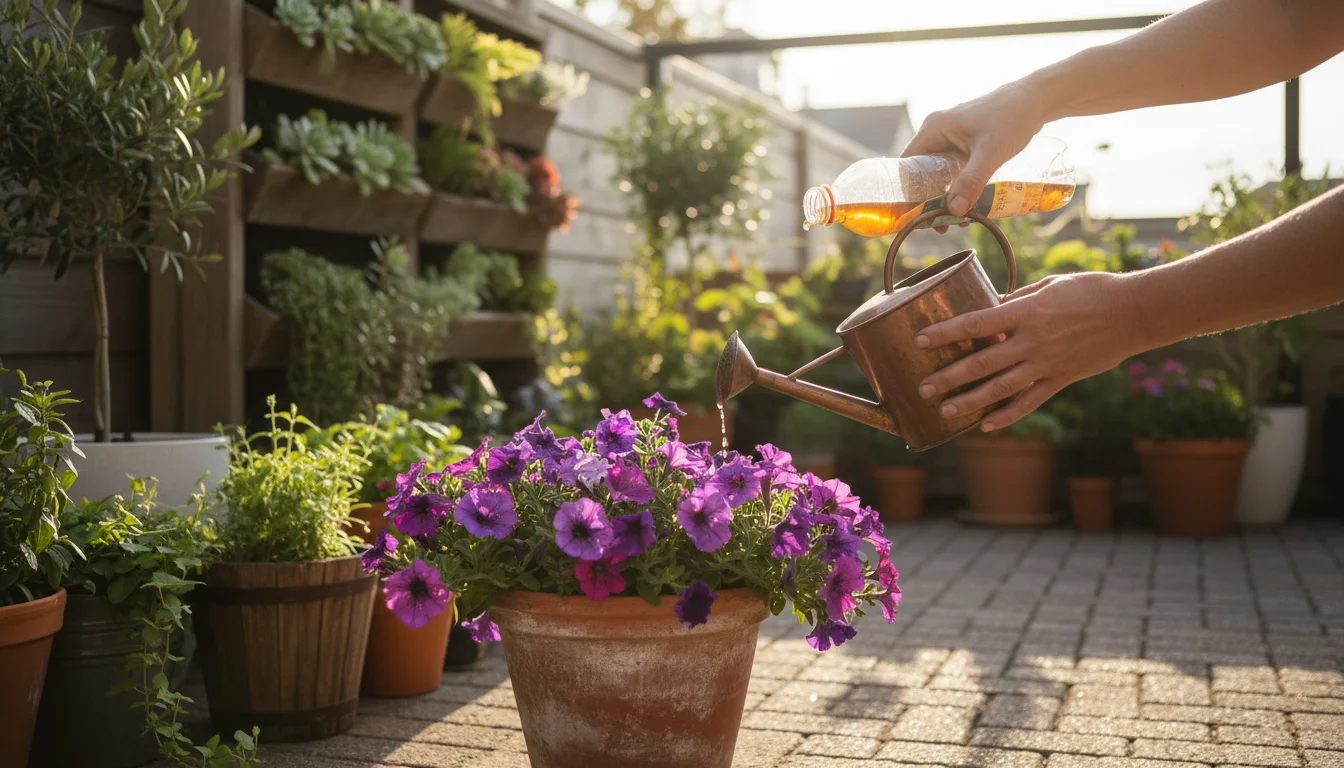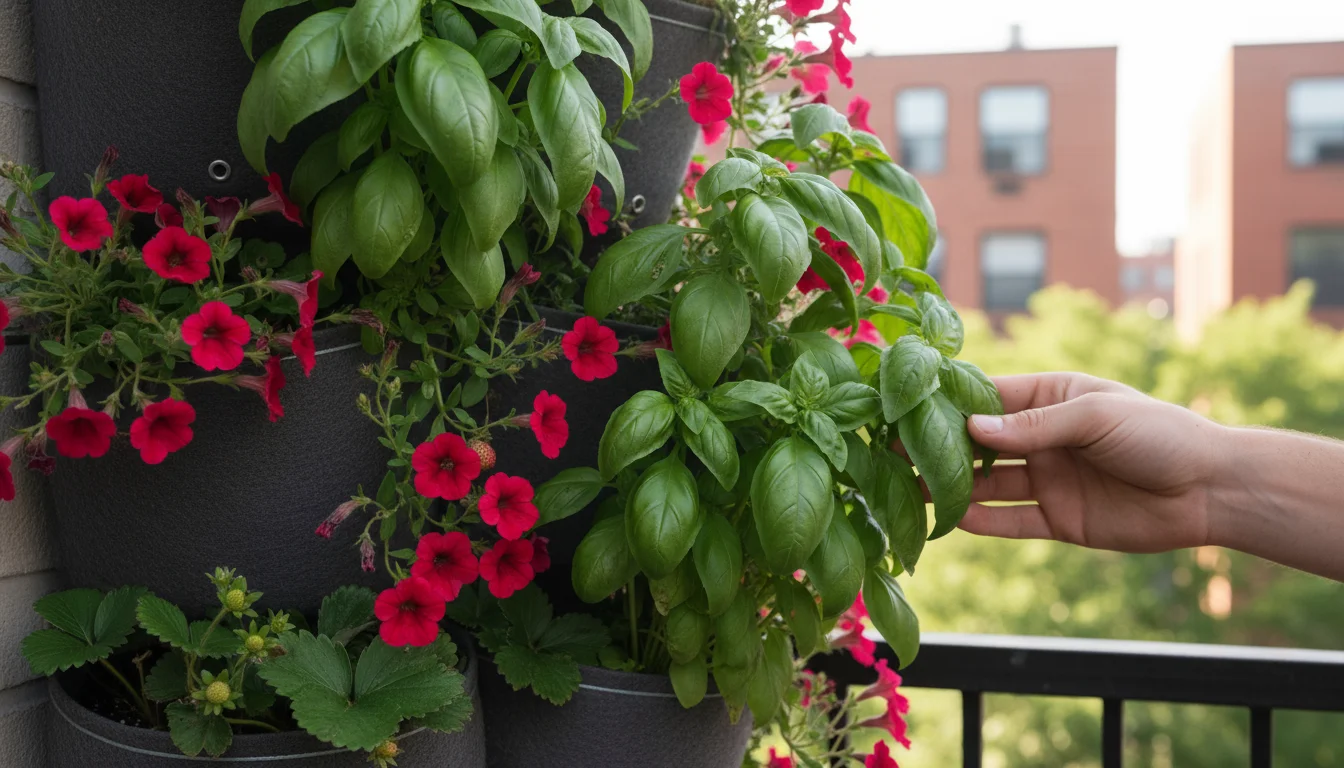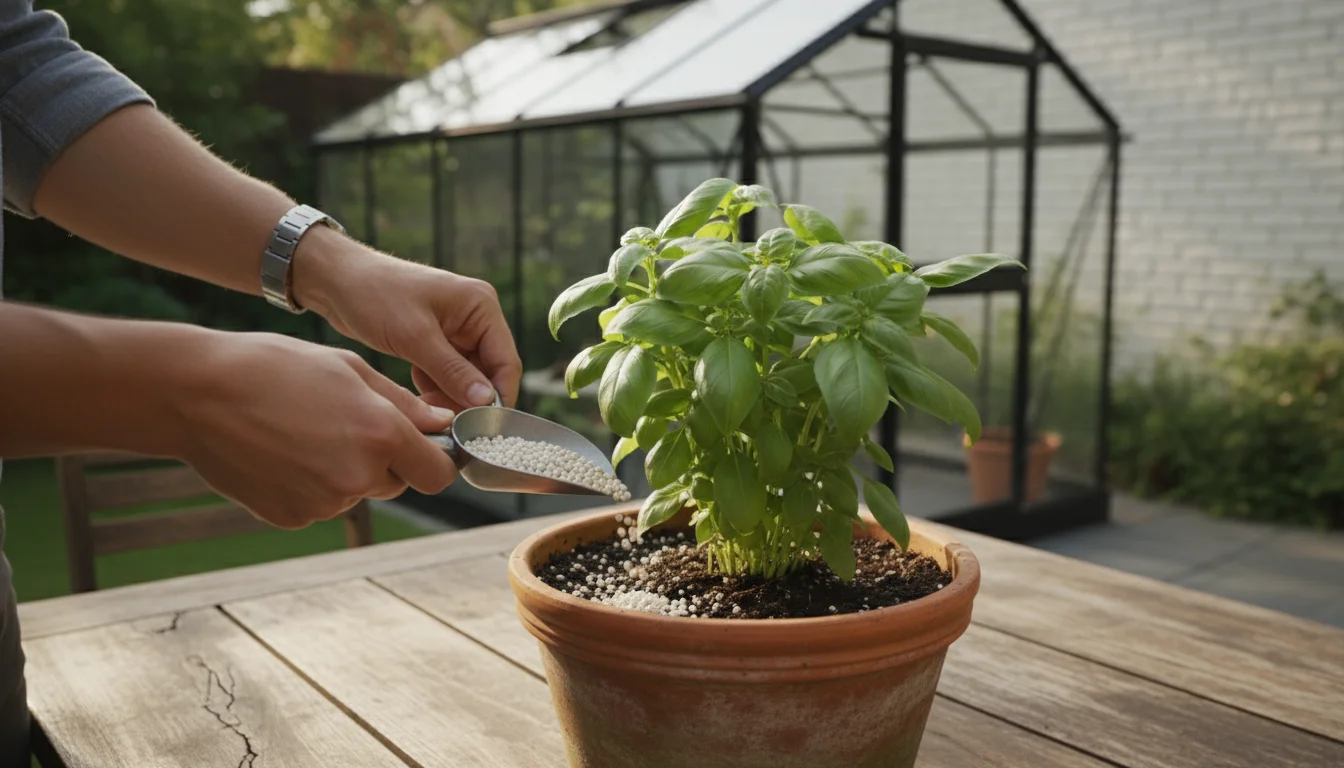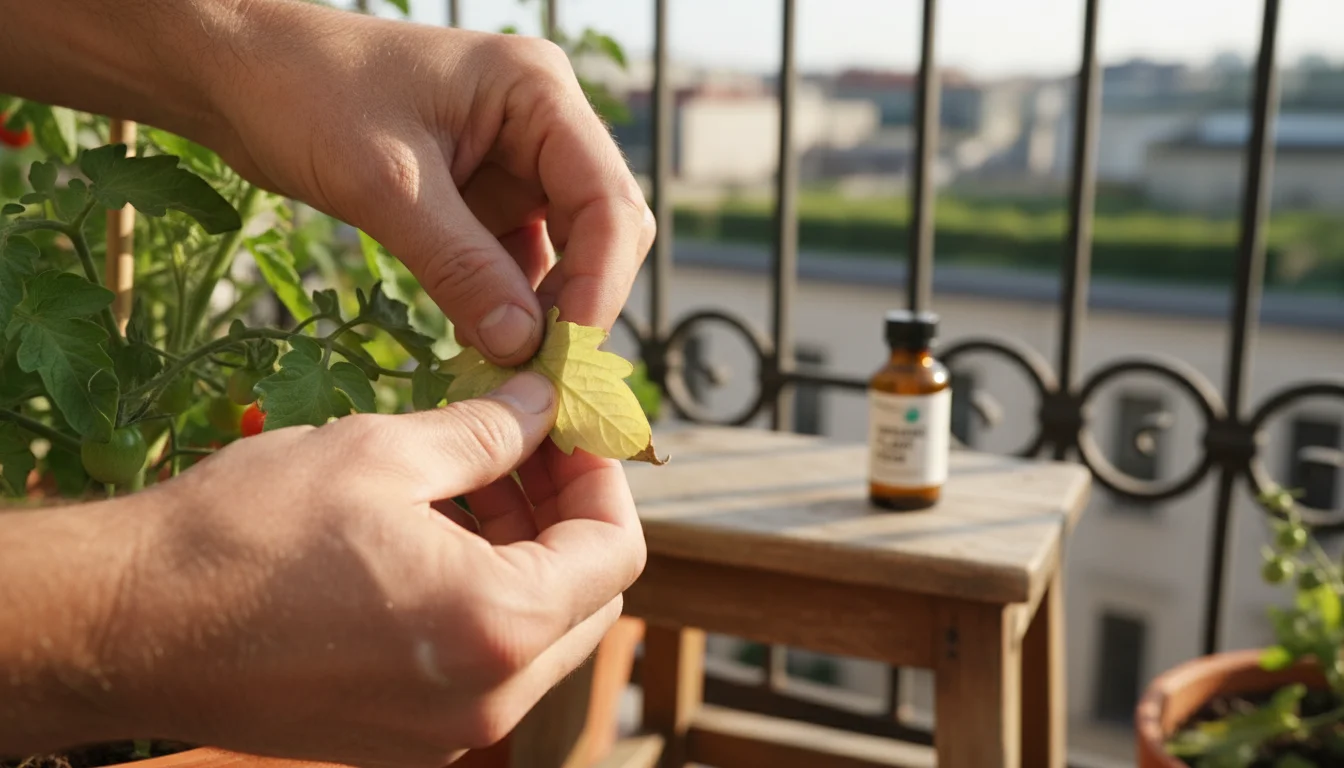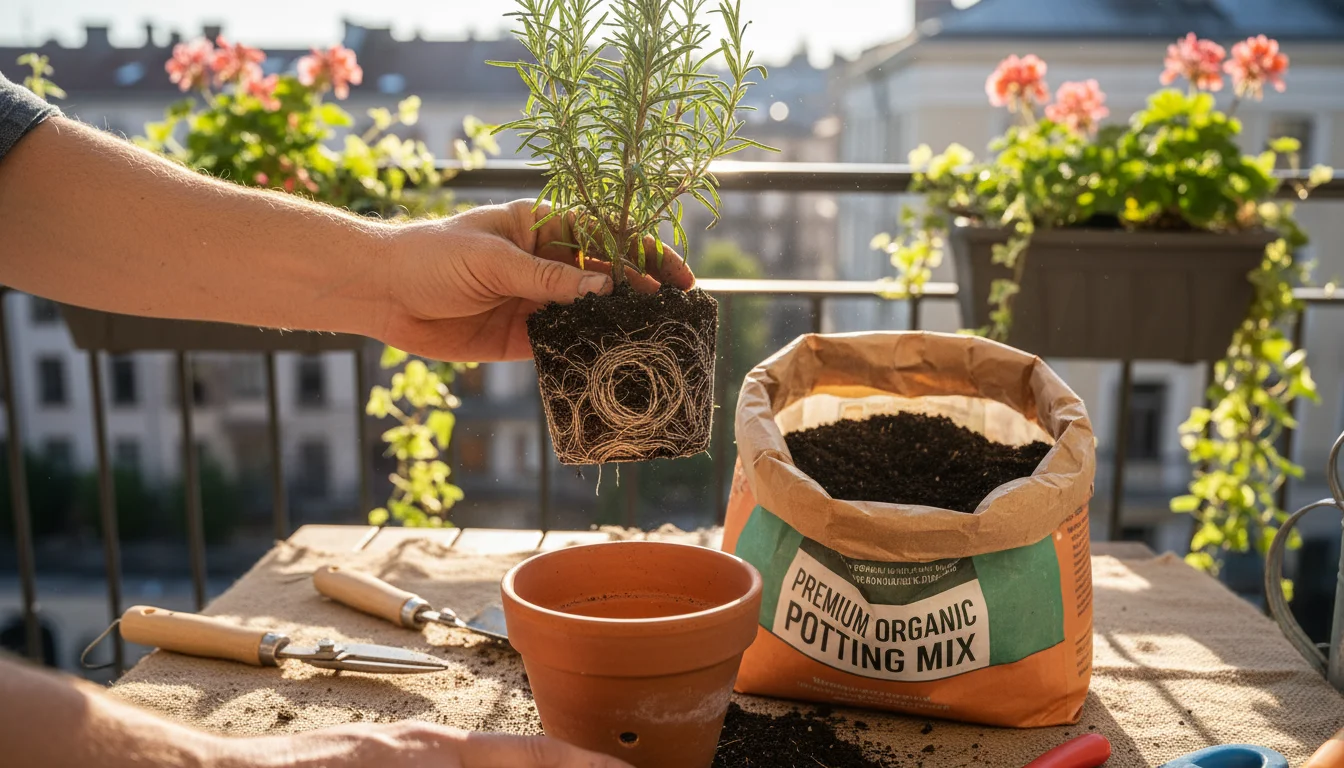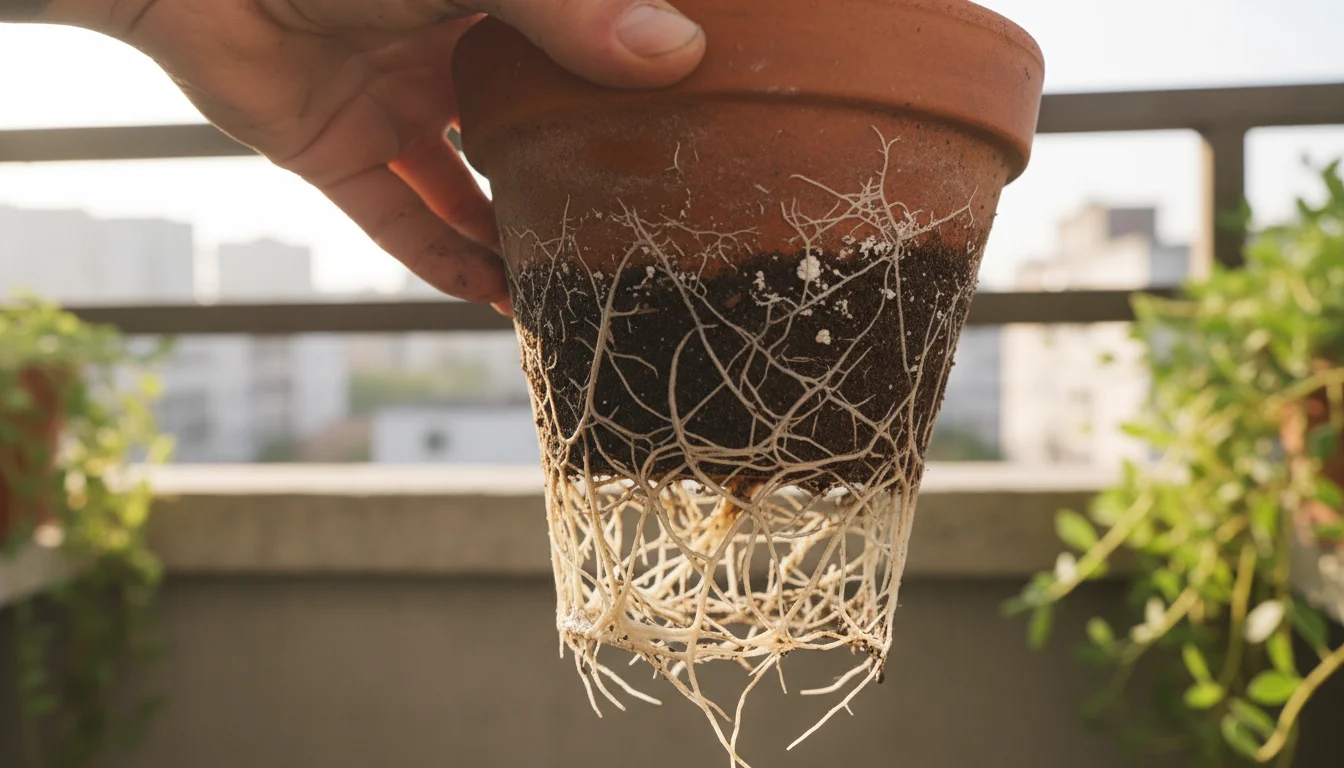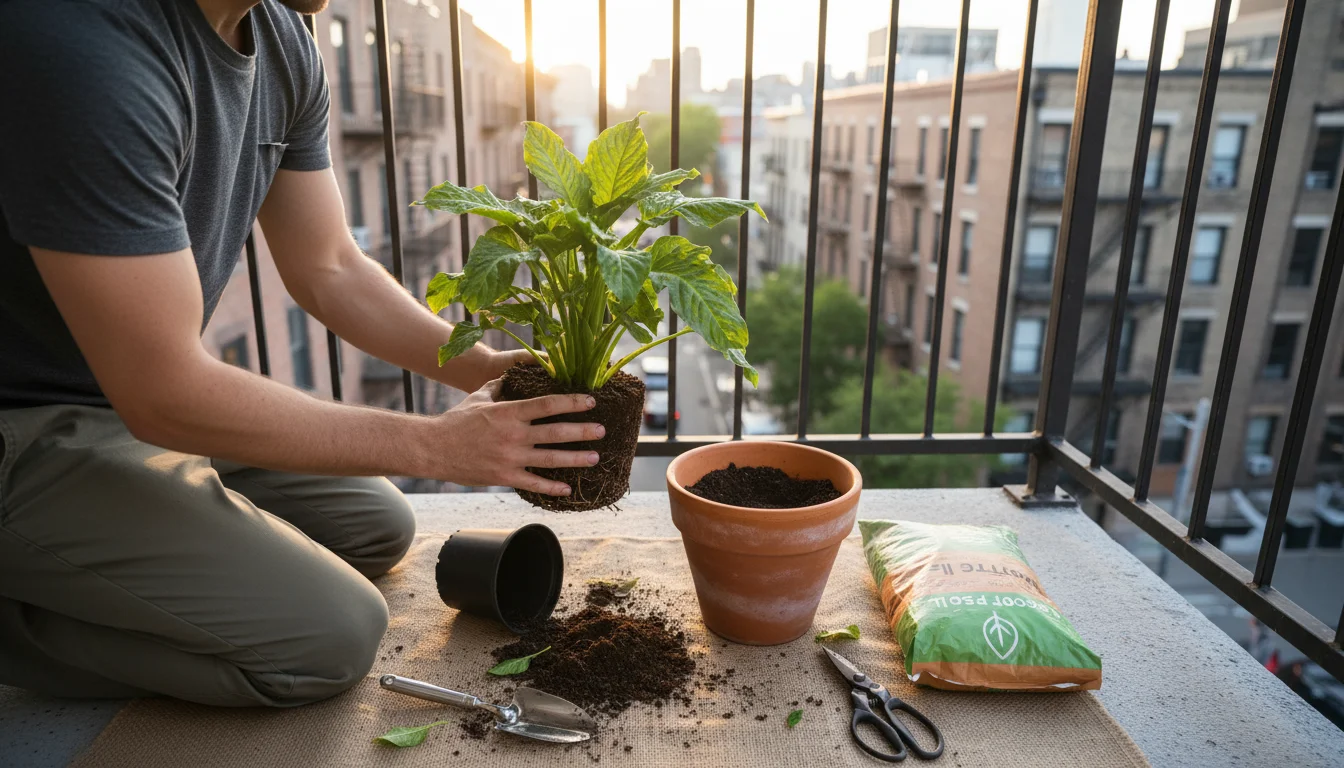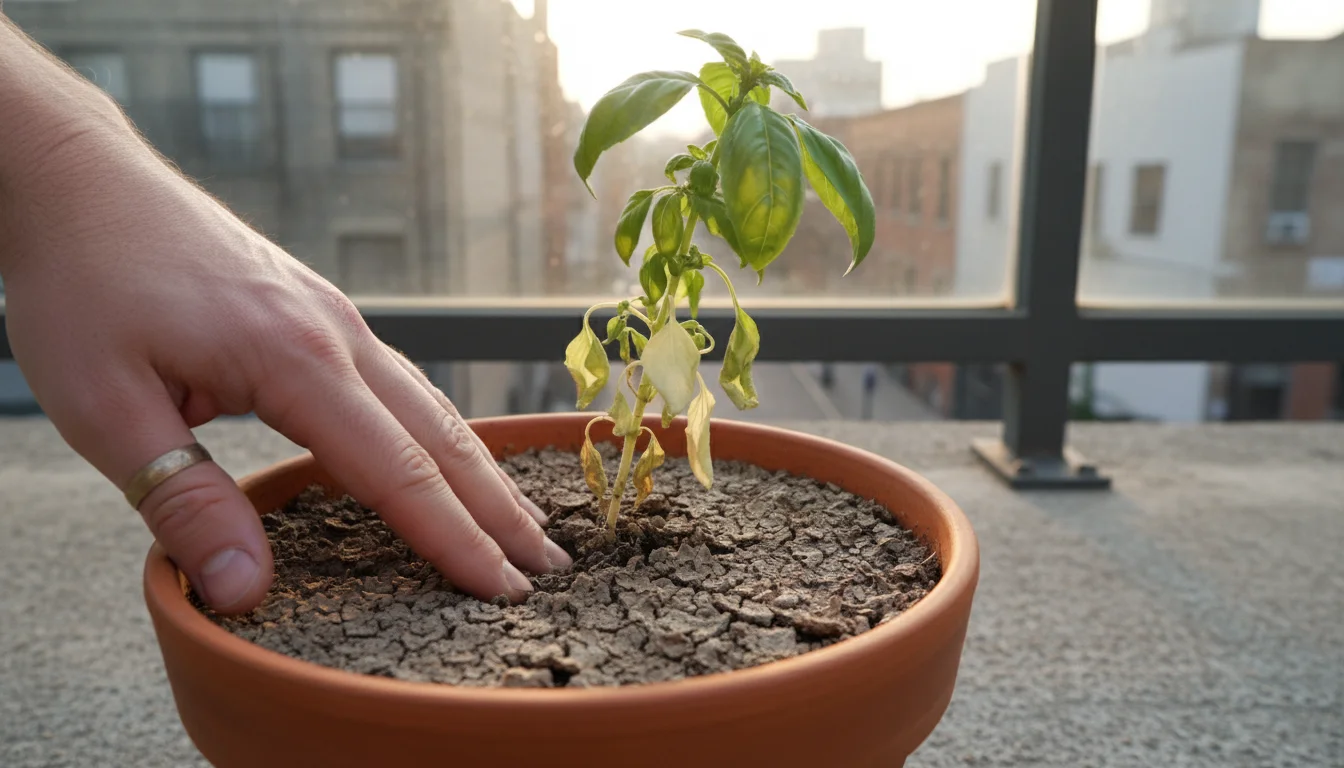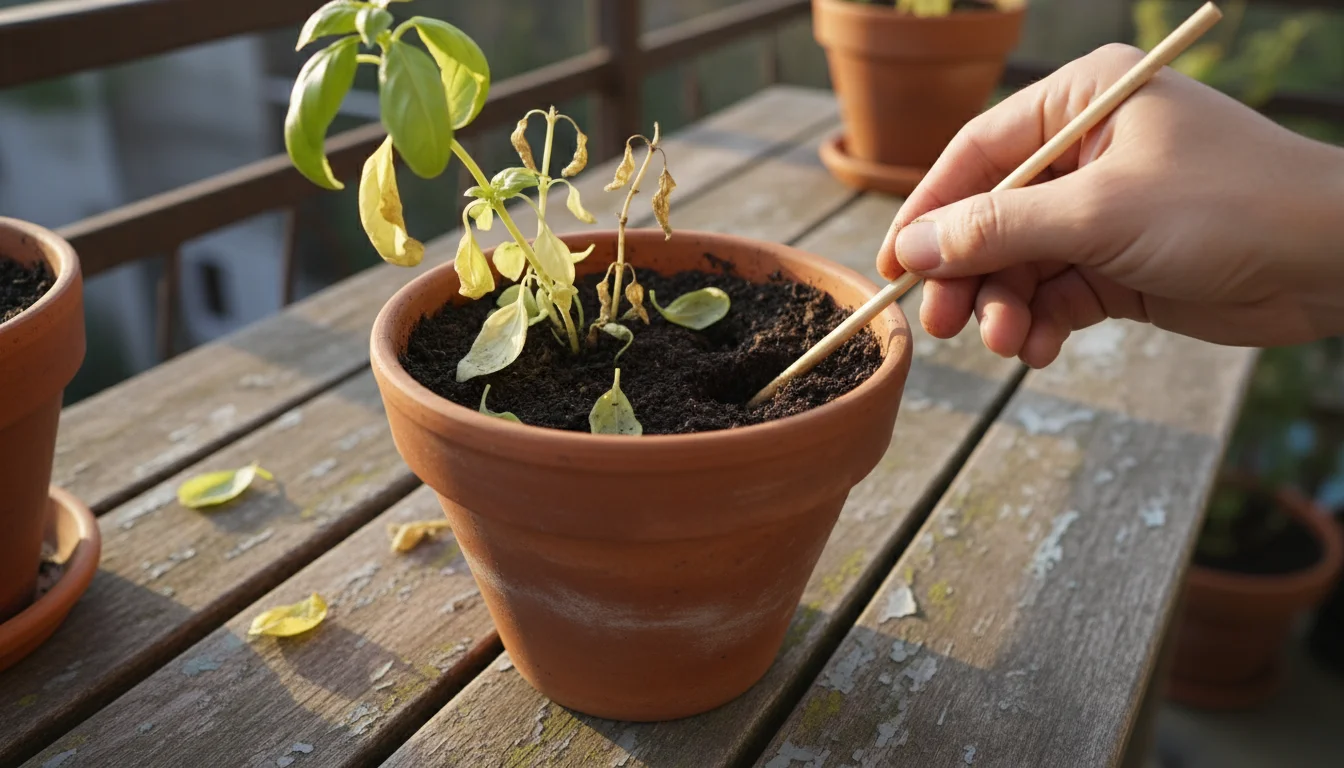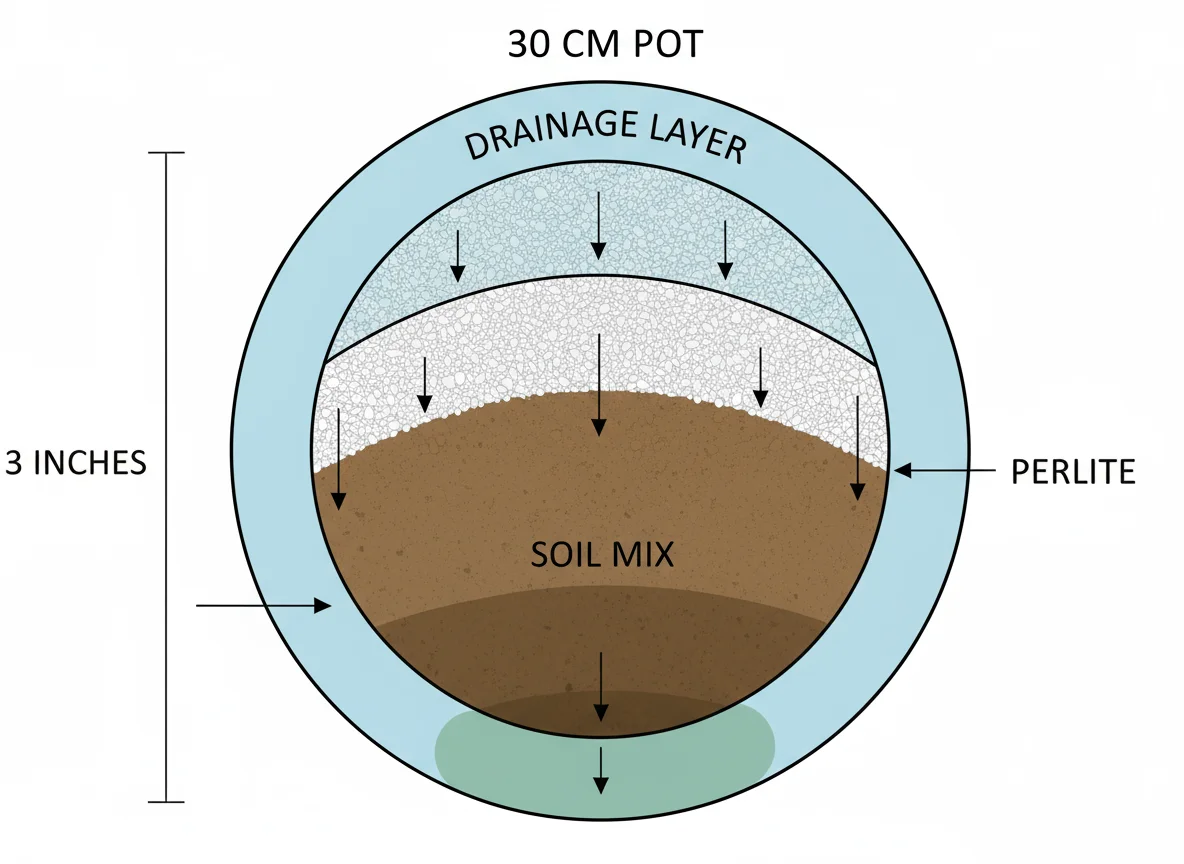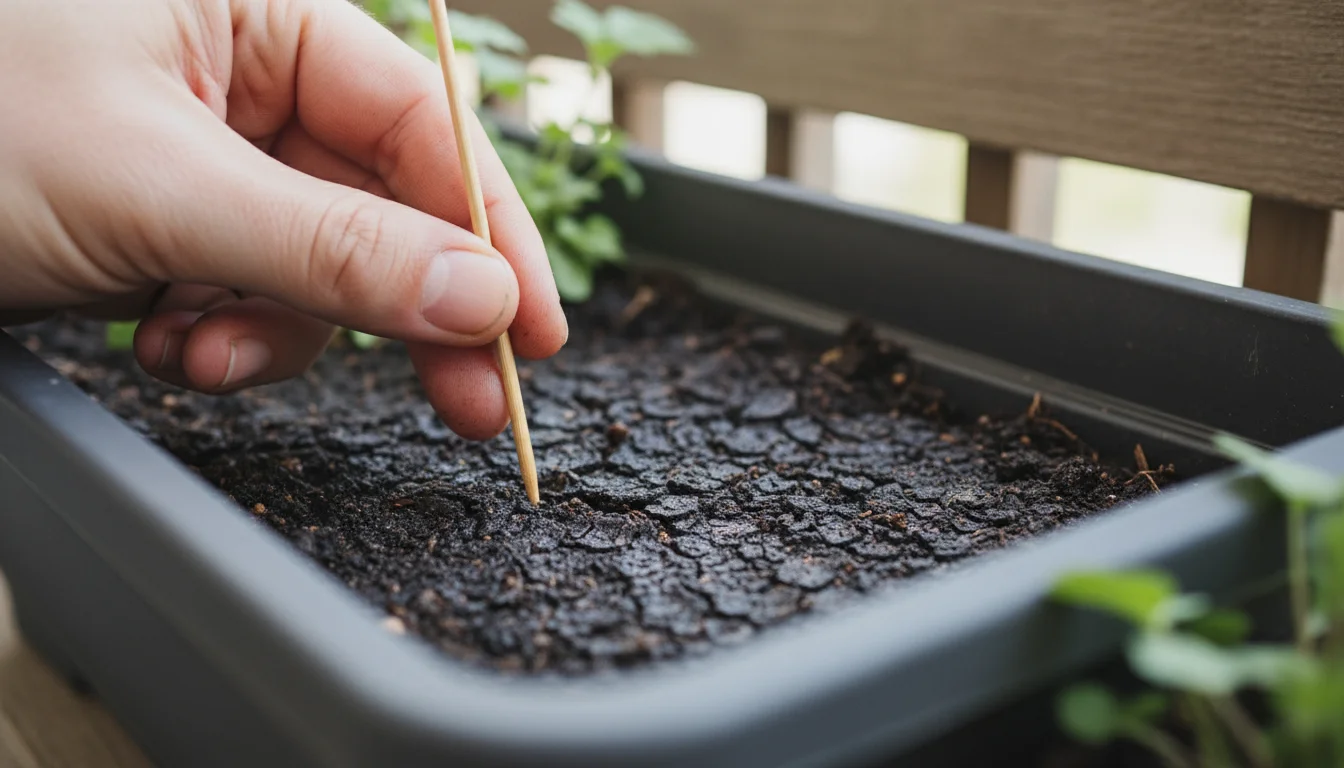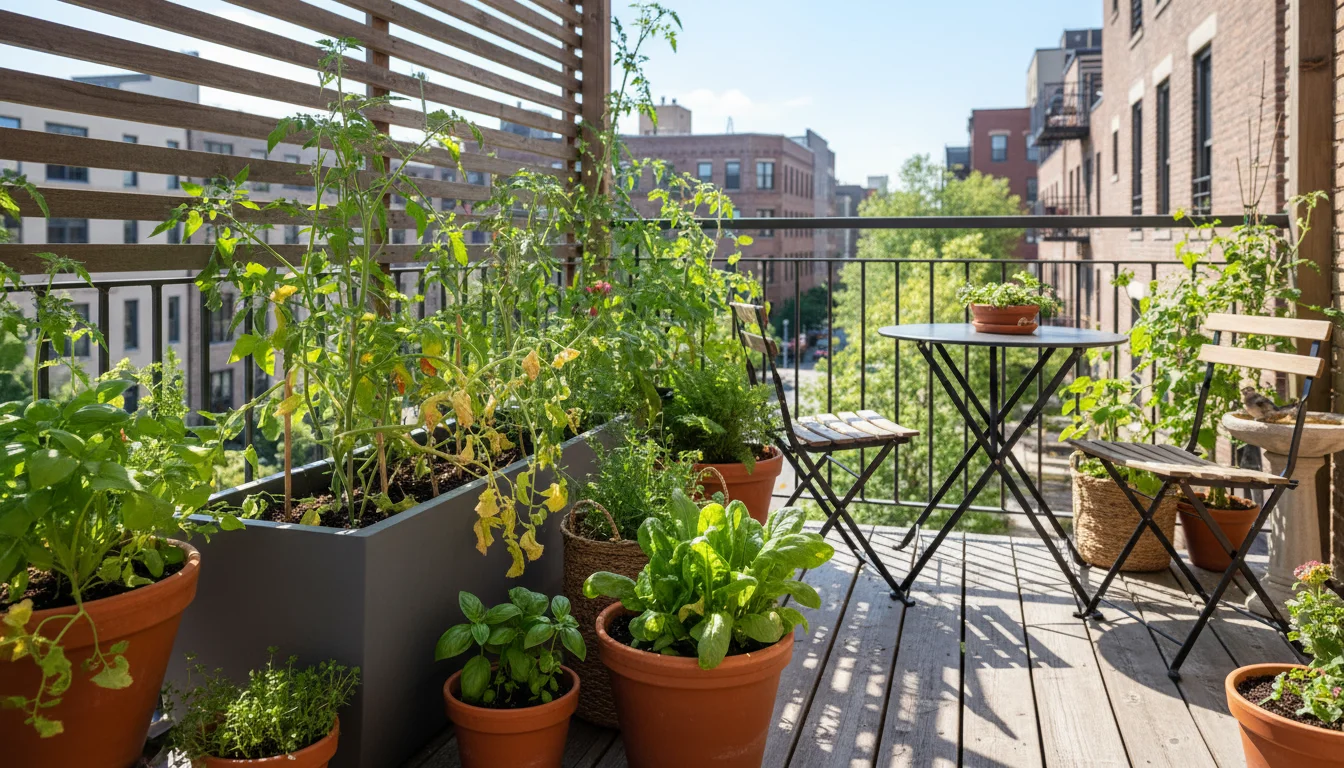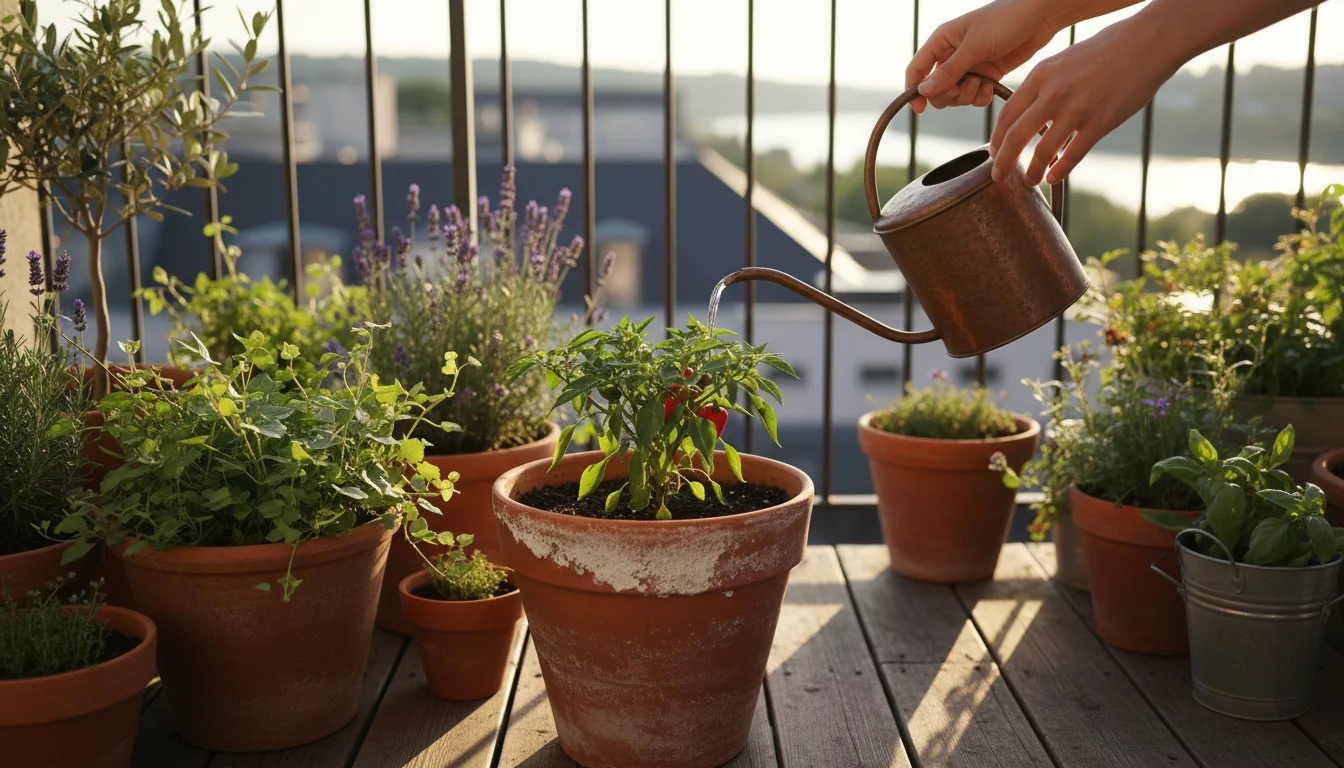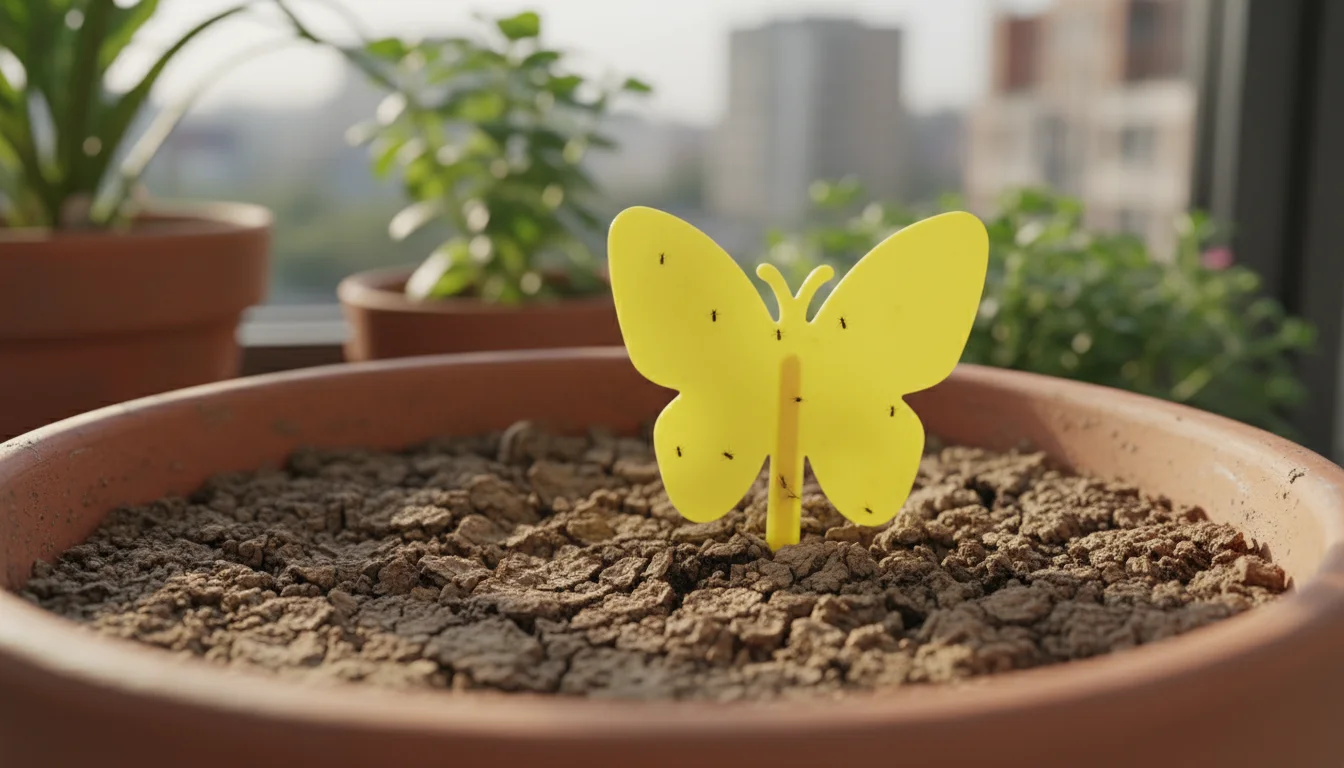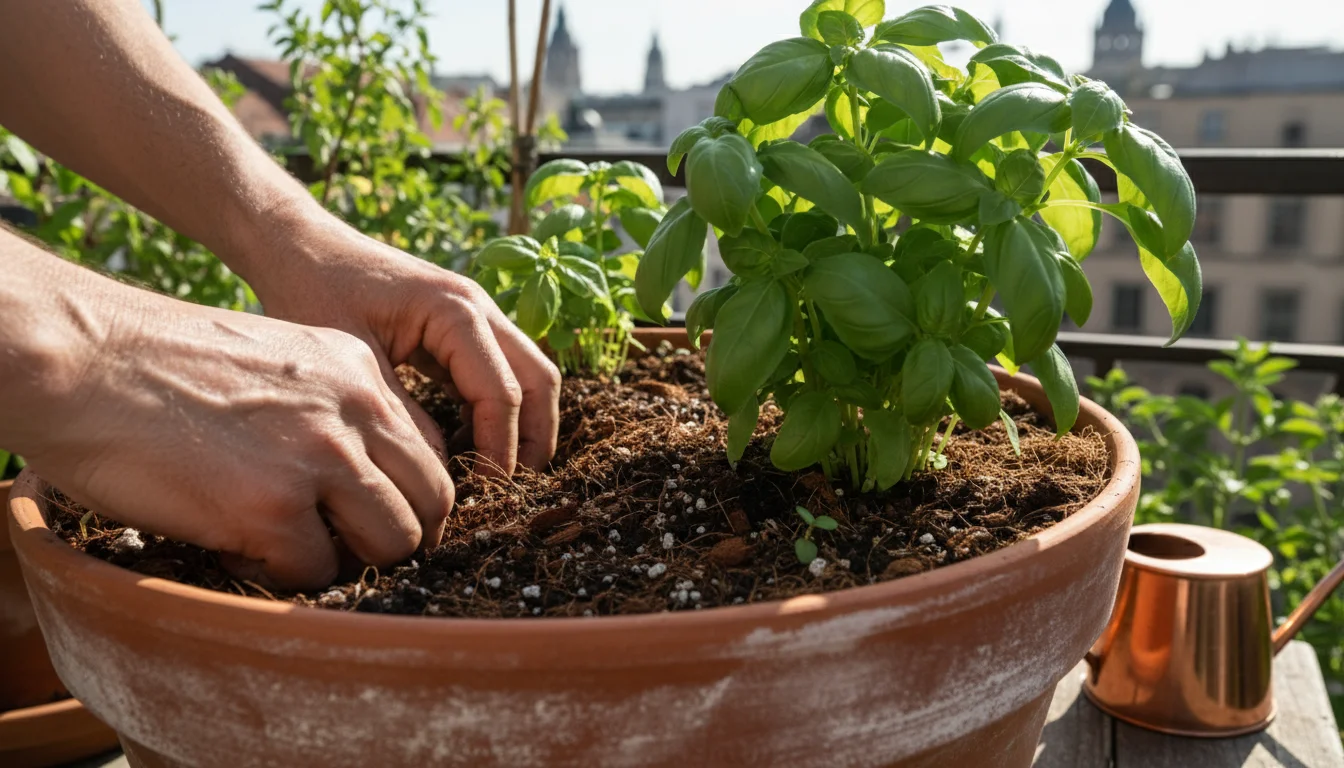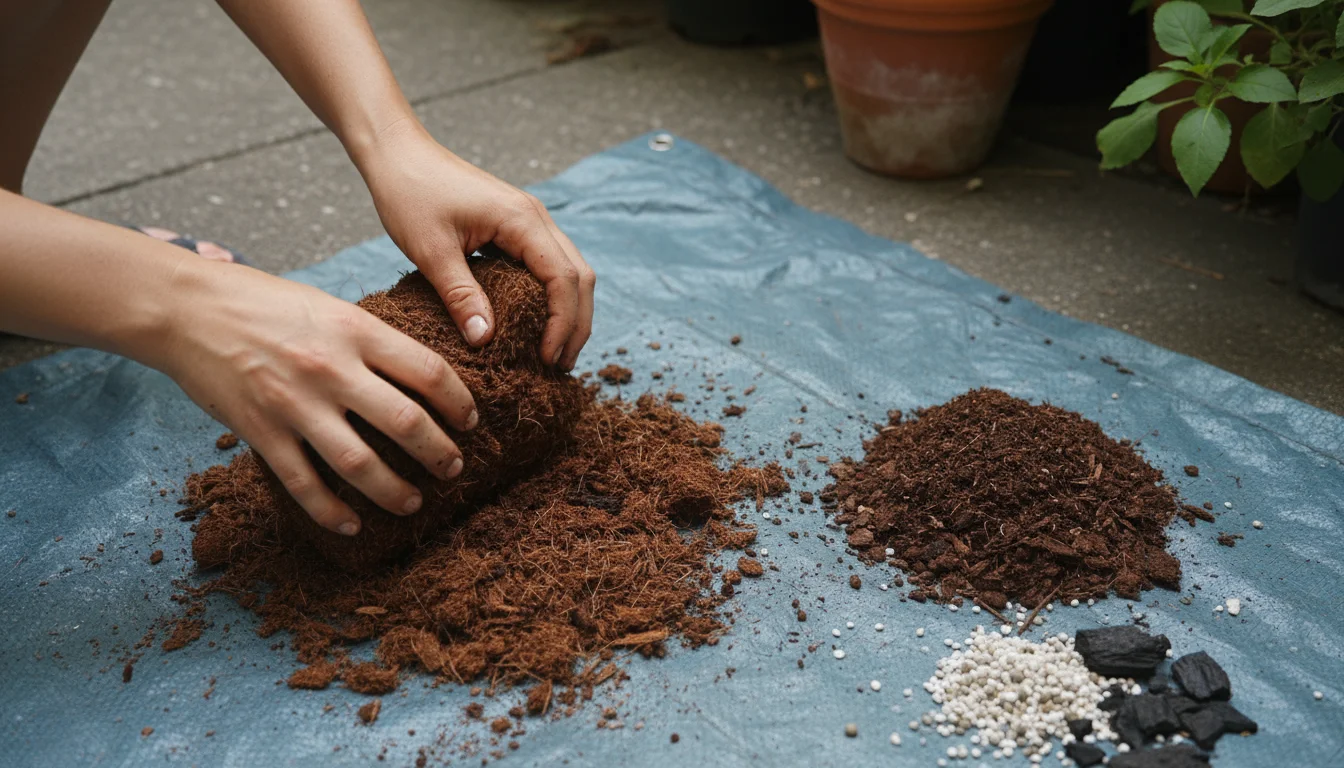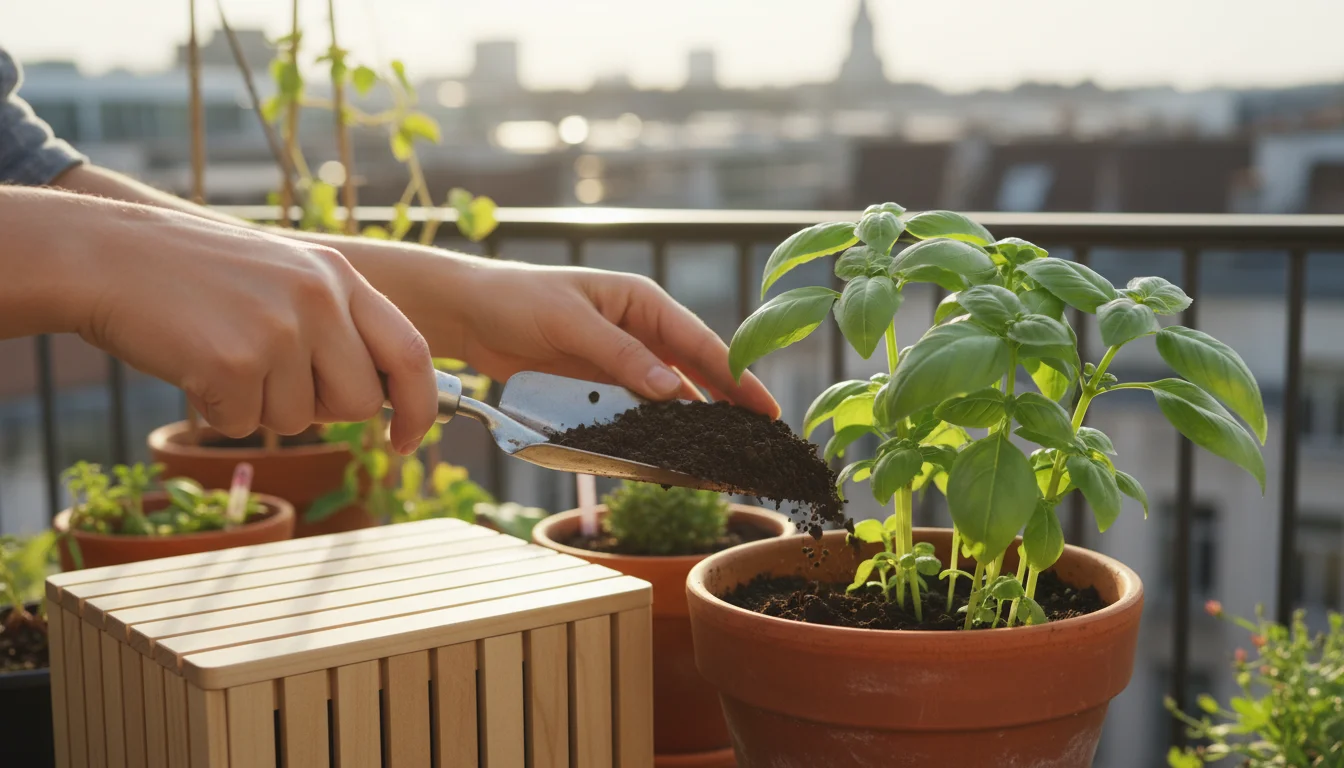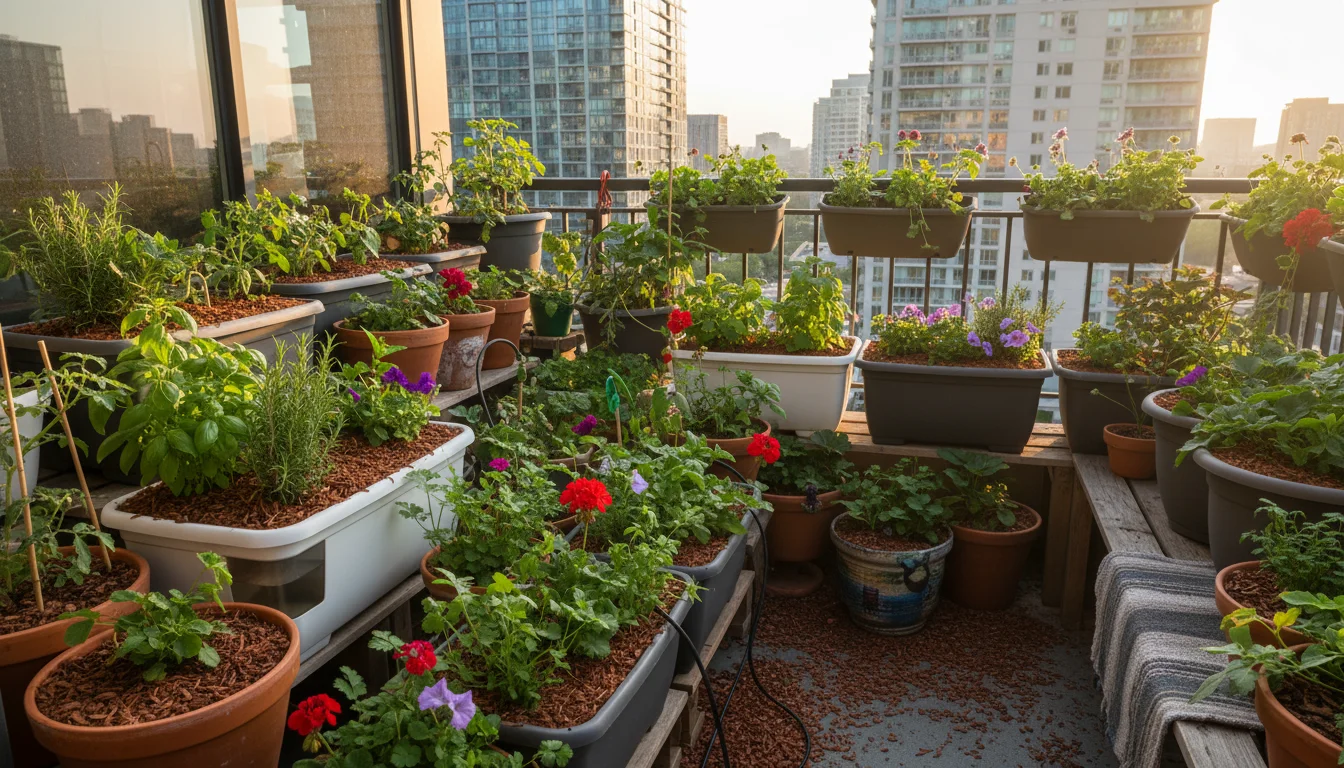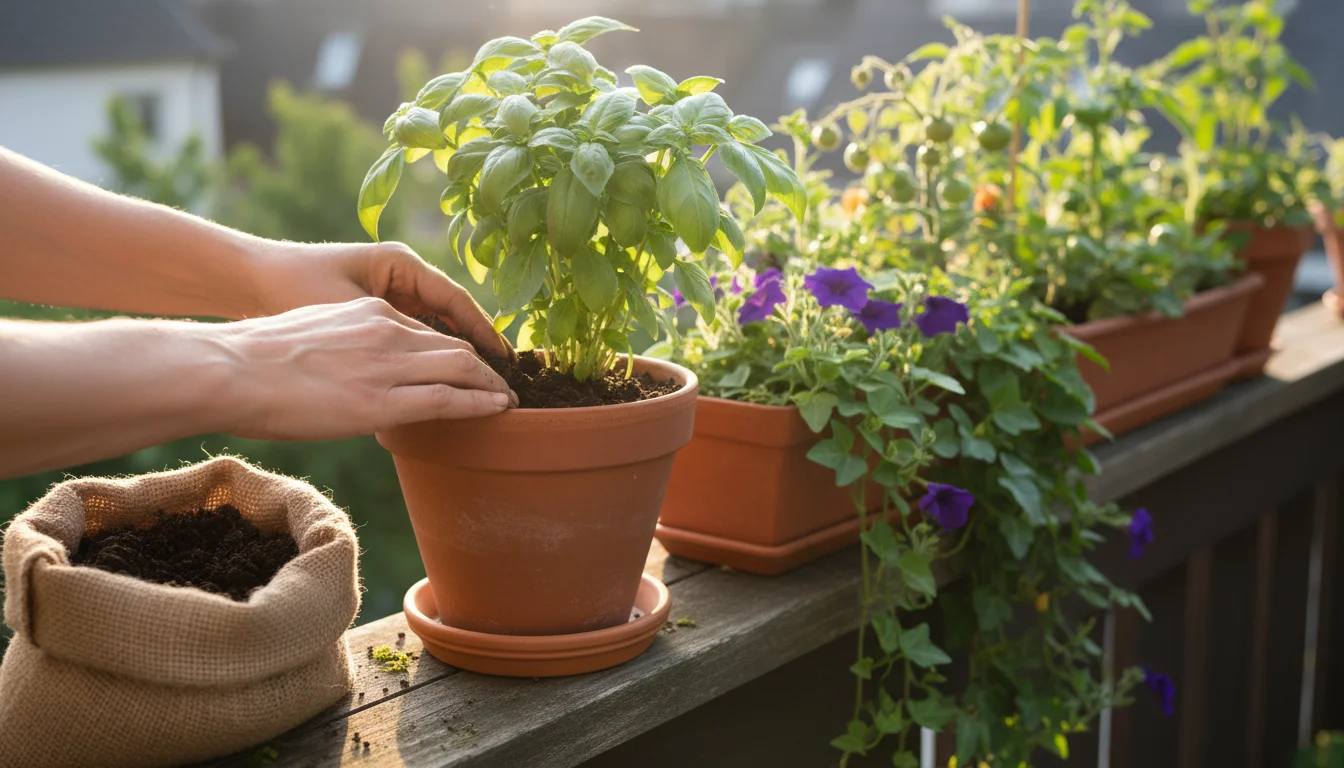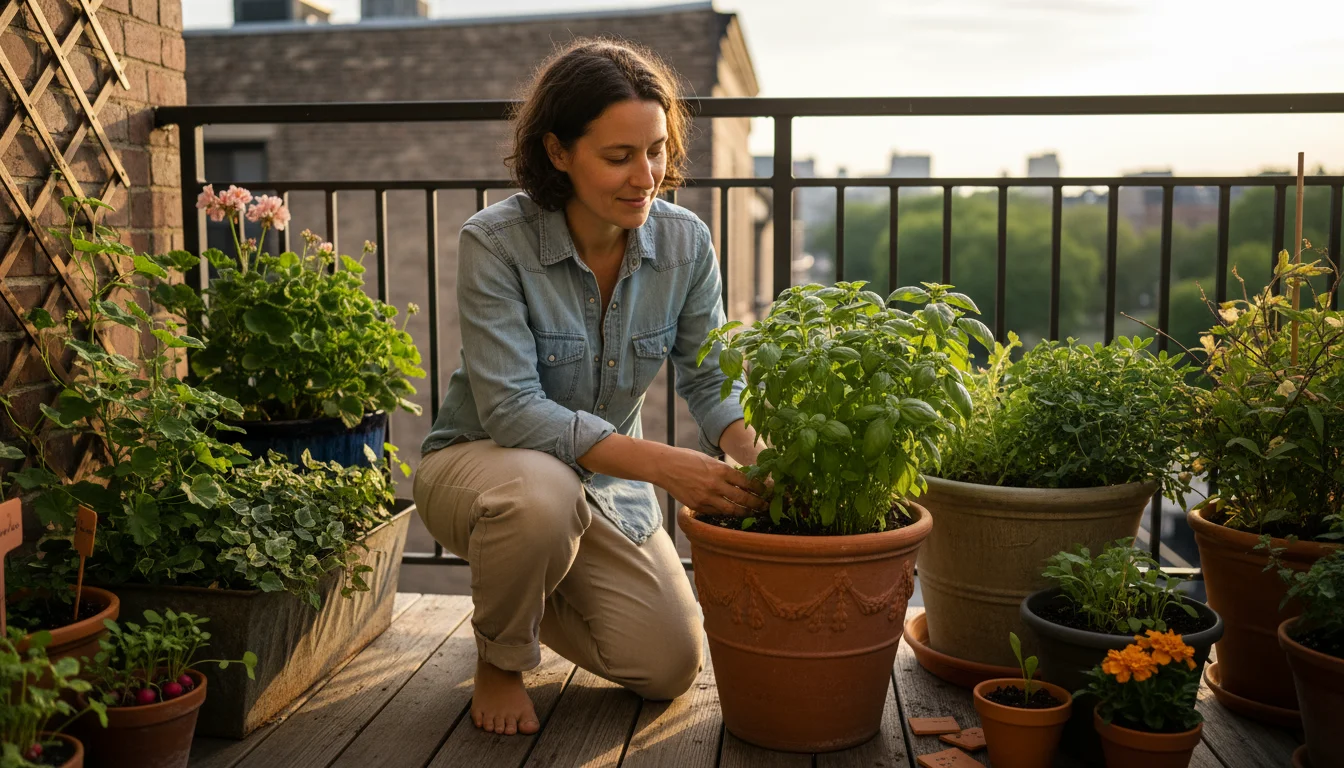As the days shorten and a chill enters the air, many gardeners begin to wind down their growing season. If you tend a balcony garden, patio plants, or a small backyard plot, you might be thinking about putting your containers away until spring. However, this transition period is one of the most critical times for pest management. Skipping proper fall pest control can lead to an unwelcome surprise next spring: a resurgence of familiar foes, thriving from a winter spent safely tucked away in your pots and soil. By taking proactive steps now, you can significantly reduce the population of overwintering pests, ensuring a healthier and more vigorous garden come spring. This guide will walk you through practical, actionable strategies to safeguard your container garden, helping you understand how to get rid of bugs in potting soil before winter and prevent future infestations.
Understanding Overwintering Pests in Small Spaces
Pests, those unwelcome visitors in your garden, have developed clever strategies to survive the winter months. For many common container garden pests, this means finding a sheltered spot to lie dormant, often within your very own pots and soil. These microscopic or tiny invaders don’t simply vanish with the first frost; they seek refuge, waiting for warmer temperatures to emerge and resume their destructive activities.
In small-space gardens, where plants are often in close proximity and soil volumes are limited, the risk of pests successfully overwintering is particularly high. A single overlooked egg cluster or a handful of dormant larvae can explode into a full-blown infestation come spring, impacting your young, vulnerable plants. Understanding how different pests overwinter empowers you to target them effectively.
Aphids, for example, frequently lay tiny, dark, oval-shaped eggs on plant stems or even in the crevices of your pots. These eggs are incredibly resilient and hatch when spring arrives, quickly leading to new aphid colonies. Fungus gnats, a common nuisance in moist potting soil, can overwinter as larvae or pupae within the soil itself. Spider mites, though often thought of as a summer pest, can hide as adults or eggs in plant debris or under pot rims. Slugs and snails burrow into the soil or find shelter under containers. Even scale insects, which look like tiny bumps on stems, can survive as nymphs or adults through winter. Their ability to remain hidden makes early detection and fall pest control crucial. If you ignore these pests now, you set yourself up for a bigger battle later.
Why Fall Pest Prevention Matters for Your Spring Garden
You might wonder why you should dedicate time to fall pest control when your plants are dying back or already gone. The answer lies in the life cycles of garden pests. Most common garden insects reproduce rapidly. A small number of overwintering individuals can quickly multiply into thousands once conditions are favorable in spring. Think of it as a snowball effect: a minor issue in fall becomes a major headache in spring.
Taking preventative measures in autumn offers several significant advantages:
- Breaks the Pest Cycle: By eliminating pests before they can overwinter, you directly interrupt their life cycle. This prevents the next generation from emerging in spring, giving your new plants a clean start. Consider the example of preventing aphids in spring by treating in fall. If you destroy aphid eggs now, there are simply fewer aphids to hatch and infest your tender seedlings next season.
- Reduces Chemical Reliance: Proactive fall treatments mean you might not need to resort to stronger chemical interventions in spring, aligning with an environmentally conscious gardening approach. Early intervention is often less invasive.
- Saves Time and Effort Later: Dealing with a handful of hidden pests in fall is far easier than battling a massive infestation when you’re busy planting and tending your spring garden. You save yourself significant time, frustration, and potential plant loss.
- Promotes Plant Health: A garden free from a high pest load allows your plants to focus their energy on growth and production, rather than fighting off invaders. Stronger plants are inherently more resilient to stress and occasional pest pressure.
- Maintains a Healthier Ecosystem: By targeting harmful pests without broadly affecting beneficial insects, you contribute to a balanced garden ecosystem. Many beneficial insects are less active in fall, allowing you to specifically target pests.
This proactive strategy is especially important for container gardens. The confined space of a pot often means that pests have fewer places to go, making your focused fall efforts highly effective.
Your Fall Pest Control Toolkit: Essential Supplies
Before you embark on your fall pest prevention mission, gather the necessary tools and supplies. Having everything ready streamlines the process and ensures you don’t miss any crucial steps. Most of these items are readily available at garden centers or even around your home.
- Stiff Brush or Scrub Brush: Essential for cleaning pots and removing stubborn grime and hidden pest eggs.
- Hose with a Strong Nozzle: For rinsing plants and containers. A high-pressure setting helps dislodge pests.
- Warm Soapy Water (Dish Soap): A simple, effective solution for cleaning non-porous pots. Use a mild, biodegradable dish soap.
- Bleach Solution (1 part bleach to 9 parts water) OR White Vinegar Solution (undiluted): For sanitizing terracotta or plastic pots, especially if they housed diseased plants or severe infestations. Always rinse thoroughly after using bleach.
- Gloves: Protect your hands from soil, cleaning solutions, and potential skin irritants.
- Small Trowel or Hand Rake: For carefully disturbing and removing the top layer of soil.
- Pruning Shears or Scissors: To cut back dead or diseased plant material.
- Garbage Bags or Compost Bin: For proper disposal of infested plant material and old potting soil.
- Bucket or Large Tub: Useful for soaking smaller pots or mixing cleaning solutions.
- Insecticidal Soap or Neem Oil (optional, for specific applications): If you plan to treat lingering pests on plants you’re overwintering indoors or in a sheltered space.
- New Potting Mix: If you plan to refresh or replace old soil, having fresh, sterile mix on hand is beneficial.
By assembling this toolkit, you equip yourself for an effective fall pest control routine, preparing your container garden for a fresh, pest-free start next spring.
Step-by-Step: Preparing Your Pots and Plants for Winter
Preparing your container garden for winter is a multi-step process that focuses on cleaning, inspecting, and, if necessary, treating your plants and pots. Follow these steps to ensure a thorough fall pest control effort.
- Remove Plant Debris: Begin by clearing away all dead or dying plant material from your pots and around your gardening area. This includes fallen leaves, spent flowers, and any weeds. These materials provide excellent hiding places for pests and their eggs. Dispose of infested debris in sealed garbage bags, not your compost pile, to prevent the spread of pests.
- Inspect Your Plants Thoroughly: For any plants you plan to overwinter indoors or in a sheltered spot, a meticulous inspection is non-negotiable. Look closely at the undersides of leaves, along stems, and even in the crooks of branches. Use a magnifying glass if needed. Search for signs of pests:
- Aphids: Tiny, pear-shaped insects, often green, black, or red, clustered on new growth or undersides of leaves. Look for their sticky honeydew or white exoskeletons.
- Spider Mites: Very tiny dots, sometimes red or brown, often accompanied by fine webbing on leaves and stems.
- Scale Insects: Small, immobile bumps, brown or white, on stems or leaves.
- Mealybugs: White, cottony masses found in leaf axils or on stems.
If you find signs of pests, treat them before bringing the plant indoors. A strong spray of water can dislodge many pests. For more persistent issues, an application of insecticidal soap or neem oil can be effective. Always follow product instructions carefully.
- Prune Back as Needed: Trim back any leggy, diseased, or pest-ridden parts of plants you intend to keep. This not only makes the plant more manageable for winter but also removes potential hiding spots for pests. Make clean cuts with sharp, sterile shears.
- Consider Soil Replacement: This is one of the most effective methods for how to get rid of bugs in potting soil before winter. Old potting mix often harbors pest eggs, larvae, and even fungal spores. If a plant has struggled with pests or diseases throughout the season, it’s best to remove as much of the old soil as possible, gently teasing it away from the roots. Replace it with fresh, sterile potting mix when repotting for winter. This dramatically reduces the chances of overwintering pests emerging in spring.
- Clean the Outside of Pots: Don’t forget the exterior of your containers. Pests and their eggs can cling to the rims, sides, and bottoms of pots. Use a stiff brush and warm soapy water to scrub all surfaces. For a deeper clean and sterilization, especially if you suspect disease, a dilute bleach solution (1 part bleach to 9 parts water) or undiluted white vinegar can be used. Rinse thoroughly with clean water afterward to remove any residue.
This meticulous preparation lays the groundwork for a successful, pest-free winter.
Targeting Soil Pests: How to Get Rid of Bugs in Potting Soil Before Winter
The soil in your container garden is a prime location for many pests to overwinter. Fungus gnat larvae, slug eggs, certain beetle larvae, and even some spider mite eggs can all survive the cold tucked away beneath the surface. Addressing these hidden dwellers is a critical part of fall pest control.
Here are effective strategies for targeting soil pests:
- Soil Drench for Overwintering Insects: For pots you plan to reuse with existing soil, or if you’re trying to save a specific plant, a soil drench can be a powerful tool.
- Nematodes: Beneficial nematodes are microscopic roundworms that naturally occur in soil. Specific species, such as *Steinernema feltiae*, are highly effective against fungus gnat larvae, thrips pupae, and other soil-dwelling pests. You can purchase them online or at garden centers. Mix them with water according to package directions and apply as a soil drench. They are safe for plants, pets, and humans, and they leave no harmful residue. This is an excellent organic solution for overwintering insects in the soil.
- Hydrogen Peroxide Solution: A dilute solution of hydrogen peroxide (1 part 3% hydrogen peroxide to 4 parts water) can be used as a soil drench. It oxygenates the soil, which can kill fungus gnat larvae and other anaerobic pests. It also breaks down into water and oxygen, so it’s not harmful to your plants in proper dilution. Apply it when the soil is slightly dry, ensuring it penetrates well.
- Insecticidal Soaps or Neem Oil Solutions: Some insecticidal soaps and neem oil products are formulated for soil drench applications. These can effectively target a range of soft-bodied insects and their larvae in the soil. Always read the label to ensure the product is suitable for soil application and your specific plants.
When applying any soil drench, ensure you thoroughly saturate the soil until it drains from the bottom of the pot. This ensures the treatment reaches deep into the root zone where pests hide.
- Solarization (for empty pots with soil): If you have pots with old soil you want to reuse next year but without plants, solarization is an excellent chemical-free method. Water the soil thoroughly, then cover the pot tightly with clear plastic sheeting, securing it to trap heat. Place the pot in full sun for several weeks (the longer, the better, ideally a month or more). The sun’s heat will pasteurize the soil, killing most pest eggs, larvae, diseases, and weed seeds. This technique is most effective in regions with strong, consistent fall sunlight.
- Freezing (for smaller amounts of soil): For smaller quantities of potting soil, you can kill overwintering pests by freezing it. Spread the soil in a shallow tray and place it in a freezer for at least 48-72 hours. This will kill most insects, eggs, and larvae. While effective, it’s not practical for large volumes of soil.
- Discarding and Replacing Soil: As mentioned before, the simplest and often most effective method is to completely discard old, potentially infested potting soil. Never reuse soil from pots that had significant pest or disease problems without thoroughly sterilizing it. Always dispose of infested soil responsibly, ideally in a sealed bag in the trash, to prevent pests from finding new homes in your compost or garden. Then, replenish your pots with fresh, sterile potting mix for next season. This ensures a clean slate, greatly preventing aphids in spring by treating in fall.
By implementing these soil-focused strategies, you directly address a major overwintering site for container garden pests, drastically reducing the population before they can become a problem next year.
Protecting Empty Containers: A Crucial Step
Once your plants are either brought indoors or removed for the season, your empty containers themselves become important targets for fall pest control. An uncleaned pot is a potential five-star hotel for overwintering insects and disease pathogens. This step is often overlooked, but it’s essential for preventing future pest issues.
Here’s how to properly clean and store your empty containers:
- Remove All Old Soil: First, empty all remaining potting mix from your containers. Even a small amount of residual soil can harbor pest eggs, larvae, or fungal spores. Scrape out any caked-on soil with a trowel or a stiff brush. If you plan to dispose of the soil, do so responsibly.
- Wash Thoroughly with Soapy Water: Use warm water and a good squirt of mild, biodegradable dish soap. With a stiff brush, vigorously scrub both the inside and outside surfaces of each pot. Pay special attention to rims, drainage holes, and any decorative crevices. These are common hiding spots for pests. Rinse thoroughly with clean water until no soap residue remains.
- Sanitize Your Pots: This step is particularly important if your containers housed diseased plants or suffered from heavy pest infestations.
- Bleach Solution: Prepare a solution of 1 part household bleach to 9 parts water. Soak plastic and glazed ceramic pots in this solution for at least 10-15 minutes. For terracotta pots, which are porous, a shorter soak of 5 minutes is usually sufficient, as they absorb the solution more readily.
- White Vinegar: As an alternative, you can use undiluted white vinegar. Soak pots similarly. Vinegar is a good, less harsh option, though it may require a slightly longer soak or more scrubbing for heavy deposits.
- Rinsing: After sanitizing, rinse the pots thoroughly with clean water. For bleach-treated pots, an extra rinse or two ensures no harmful residue remains that could affect future plants. Allow all pots to air dry completely before stacking or storing them.
This sanitization process effectively kills bacteria, fungi, and any lingering pest eggs or dormant stages that the scrubbing might have missed.
- Inspect for Damage and Repair: While cleaning, inspect your pots for any cracks, chips, or damage. Repair minor cracks in plastic pots with strong adhesive or consider replacing severely damaged containers. Damaged areas can become future hiding spots for pests.
- Store Properly: Once your pots are sparkling clean and completely dry, stack them neatly in a clean, dry, and sheltered area. A garage, shed, or even under a tarp on a patio works well. Storing them upside down can prevent dust, debris, and curious critters from settling inside. Keeping them off the ground can also deter slugs and other crawling pests.
By diligently cleaning and storing your empty containers, you eliminate another major opportunity for container garden pests to overwinter, ensuring they are ready for a fresh, pest-free start next spring.
Organic Solutions for Overwintering Insects
For the environmentally conscious gardener, using organic solutions for fall pest control is a priority. These methods often leverage natural processes and substances to combat pests without introducing synthetic chemicals, aligning perfectly with the SimpleGardenJoy ethos of sustainable gardening.
Here are some effective organic approaches:
- Beneficial Nematodes: As mentioned in the soil pest section, beneficial nematodes are tiny, non-segmented roundworms that naturally live in the soil. Specific species, like *Steinernema feltiae*, are parasitic to a wide range of soil-dwelling pests, including fungus gnat larvae, flea beetle larvae, cutworms, and some weevils. They seek out and kill pest larvae, then reproduce, providing ongoing biological control. They are completely safe for humans, pets, plants, and other beneficial insects like earthworms. Apply them as a soil drench in the fall when soil temperatures are still above 45-50°F (7-10°C). This is a top-tier organic solution for overwintering insects in your potting soil.
- Neem Oil: Derived from the neem tree, neem oil is a powerful organic pesticide, fungicide, and miticide. Its active compound, azadirachtin, acts as an anti-feedant, growth disruptor, and repellent. For overwintering pests, you can use a diluted neem oil solution as a foliar spray on perennial plants you are bringing indoors or as a targeted soil drench for specific soil pests. It works by interfering with the pest’s hormonal system. Apply according to package directions, typically in the evening to avoid harming beneficial insects active during the day.
- Insecticidal Soaps: These soaps are specially formulated to kill soft-bodied insects like aphids, spider mites, and whiteflies on contact. The fatty acids in the soap dissolve the insect’s outer protective layer, causing dehydration. While primarily a contact killer for active pests, a thorough application in fall can significantly reduce populations on plants you plan to overwinter indoors. Ensure good coverage, especially on the undersides of leaves.
- Diatomaceous Earth (DE): Food-grade diatomaceous earth is a fine powder made from fossilized diatoms. On a microscopic level, it has sharp edges that scratch the waxy outer layer of insects, causing them to dehydrate and die. You can lightly dust DE on the surface of potting soil to deter crawling insects like ants, slugs, and even fungus gnat adults. Avoid using it on plants with open flowers to protect pollinators. It’s safe for mammals and birds.
- Manual Removal and Pruning: Sometimes, the simplest organic method is the best. Manually picking off larger pests, squishing egg masses, or pruning away infested plant parts are highly effective, especially for minor infestations. This direct approach removes pests without any chemical intervention.
- Compost Tea and Healthy Soil: While not a direct pest killer, promoting healthy soil biology with practices like using compost tea (a liquid extract of beneficial microorganisms from compost) helps plants become more robust and resistant to pests and diseases. Strong, healthy plants are naturally better equipped to withstand pest pressure, reducing the chances of a minor issue becoming a full-blown infestation in spring.
By integrating these organic solutions into your fall pest control routine, you safeguard your garden’s health and contribute to a thriving, balanced ecosystem.
Common Mistakes to Avoid in Fall Pest Management
Even with the best intentions, it’s easy to make missteps in fall pest control that can undermine your efforts. Being aware of these common mistakes helps you avoid them and ensures a more successful, pest-free spring.
- Neglecting Empty Pots: A frequent oversight is focusing only on plants and forgetting the containers themselves. As detailed earlier, empty pots can harbor eggs, larvae, and disease spores. Always clean and sanitize your containers thoroughly before storing them. An uncleaned pot essentially acts as a dormant pest incubator.
- Composting Infested Material: Tossing pest-ridden plant debris or old potting soil directly into your home compost pile is a recipe for disaster. Most home compost piles do not reach high enough temperatures to kill all pest eggs or pathogens. Instead, bag and discard infested material in the trash to prevent the pests from simply overwintering in your compost and returning to your garden next season.
- Bringing Uninspected Plants Indoors: If you plan to overwinter plants inside your home, a thorough inspection and, if necessary, treatment are non-negotiable. Skipping this step often introduces pests like aphids, spider mites, or whiteflies into your indoor environment, where they can quickly multiply in the stable conditions and then migrate back outside in spring.
- Ignoring Drainage Holes: Pests love dark, moist, hidden spots. Drainage holes in pots are perfect examples. When cleaning containers, make sure to thoroughly scrub and clear the drainage holes of any debris or potential pest hiding spots. Blocked drainage holes also lead to waterlogged soil, which creates an ideal environment for fungus gnats and other moisture-loving pests.
- Applying Treatments Incorrectly: Whether using organic or synthetic products, failing to follow label instructions is a common mistake. Using too little product may be ineffective, while too much can harm your plants or the environment. Pay attention to dilution rates, application methods, safety precautions, and recommended timing. For instance, some treatments are most effective on specific life stages of a pest.
- Underestimating the Persistence of Pests: Pests are resilient. A single treatment in fall might not be enough if populations were high during the growing season. A follow-up inspection or a second application might be necessary, especially for persistent issues or if you are overwintering sensitive plants.
- Reusing Heavily Infested Soil: While refreshing soil is sometimes possible, if your potting mix was teeming with pests all season, it’s often best to simply discard it and start fresh. The effort to completely sterilize heavily infested soil might outweigh the benefit, and you risk a recurring problem. Prevention is often easier than eradication.
By actively avoiding these common pitfalls, you enhance the effectiveness of your fall pest control efforts, ensuring your container garden has the best chance for a healthy, pest-free start in the spring.
Year-Round Pest Management: Beyond Fall
Effective pest control isn’t a one-time seasonal task; it’s a continuous, year-round commitment that supports a thriving, low-maintenance garden. While fall pest control is crucial for breaking the overwintering cycle, integrating good practices throughout the year builds resilience and minimizes future problems.
Here are strategies to maintain pest management beyond the fall season:
- Start with Healthy Plants and Soil: A strong defense begins with healthy plants. Plants under stress, whether from poor watering, nutrient deficiencies, or inadequate light, are more susceptible to pest attacks. Provide your plants with the right conditions, use good quality potting mix, and consider adding compost or organic fertilizers to boost soil health. Healthy soil fosters a robust microbial community that can suppress some pests and diseases.
- Regular Inspection is Key: Make a habit of inspecting your plants frequently, even daily. Catching a pest problem when it’s just starting is always easier than battling an established infestation. Check leaf undersides, stems, and new growth for any signs of trouble. Early detection means you can address issues with simpler, less intensive methods.
- Embrace Diversity: Planting a variety of plants, including companion plants, can deter pests naturally. Certain herbs and flowers can repel pests or attract beneficial insects that prey on harmful ones. For example, marigolds can deter nematodes, and nasturtiums can act as a trap crop for aphids.
- Sanitation Throughout the Season: Don’t wait until fall to clean up. Promptly remove any dead or diseased leaves, spent flowers, and weeds during the growing season. This reduces hiding spots for pests and prevents the spread of diseases. Always dispose of infested material away from your garden.
- Encourage Beneficial Insects: Attract natural predators to your garden. Ladybugs, lacewings, hoverflies, and parasitic wasps are voracious eaters of aphids, mites, and other soft-bodied pests. Plant flowering herbs like dill, cilantro, and fennel, or flowers like cosmos and coneflowers, to provide nectar and pollen for these beneficial allies.
- Proper Watering Practices: Avoid overwatering, which can create conditions favorable for fungus gnats and root rot. Water at the base of your plants to keep foliage dry, reducing fungal diseases. Ensure your pots have excellent drainage to prevent standing water. “Drainage” refers to how efficiently water moves through your soil and out of your pot, preventing roots from sitting in soggy conditions.
- Quarantine New Plants: Before introducing any new plant to your existing collection, especially if you plan to integrate it into your container garden, isolate it for a week or two. During this quarantine period, inspect it daily for any hitchhiking pests or signs of disease. This simple step can prevent a new infestation from spreading to your established plants.
By adopting these holistic and consistent pest management strategies, you create a garden that is naturally more resistant to pests, making your small-space gardening experience more enjoyable and truly low-maintenance, not just in fall, but all year long.
Frequently Asked Questions
Can I reuse potting soil from pots that had pests, if I treat it?
You can potentially reuse potting soil from pots that had minor pest issues, but it requires thorough treatment. Methods like solarization or freezing can kill many pest eggs and larvae. For significant infestations, it is generally safer and more effective to dispose of the old soil and replace it with fresh, sterile potting mix. This completely removes the risk of lingering pests and disease pathogens.
What if I find pests on my indoor plants during winter?
If you find pests on plants you’ve brought indoors for the winter, act quickly. Isolate the infested plant immediately to prevent spread. Treat with organic solutions like insecticidal soap or neem oil, ensuring thorough coverage, especially on leaf undersides. Repeat applications may be necessary. Regularly inspect all your indoor plants, even those not showing symptoms, to catch new outbreaks early.
Is it really necessary to clean pots every year?
Yes, cleaning pots every year is highly recommended, especially if you reuse them. Residue from old soil, mineral deposits, and microscopic pest eggs or disease spores can cling to pot surfaces. Regular cleaning and sanitizing eliminate these potential hiding spots and sources of future problems, ensuring a healthy start for your new plants each season. This preventative step greatly reduces your workload later.
How do I know if my soil drench for overwintering insects was effective?
You will largely see the effectiveness in the spring by observing a significant reduction in pest populations that typically emerge from the soil. For fungus gnats, a common soil pest, you might see fewer adults flying around after treatment. You can also monitor by placing yellow sticky traps near the soil surface; a reduction in trapped insects indicates success. For nematodes, it can take a few weeks to see the full effect, as they work by infecting larvae.
Can cold weather alone kill all overwintering pests in my pots?
While extreme, prolonged cold can kill some pests, many common container garden pests have evolved to survive typical winter temperatures. They do this by laying resilient eggs, entering dormant states, or finding sheltered microclimates within your soil or pot crevices. Relying solely on cold weather is often insufficient for comprehensive fall pest control, especially in urban environments where temperatures can be milder or inconsistent. Active intervention is generally required.
For trustworthy gardening information, visit:
Arkansas Extension — Yard & Garden, Kansas State University Extension — Horticulture and Oklahoma State University Extension — Lawn & Garden. These organizations provide expert, research-based advice for gardeners at all levels.
Disclaimer: This article is for informational purposes only and is not a substitute for professional gardening advice. Always consult local extension services or horticulture experts for region-specific guidance.
